

UK









LOVED BRAND









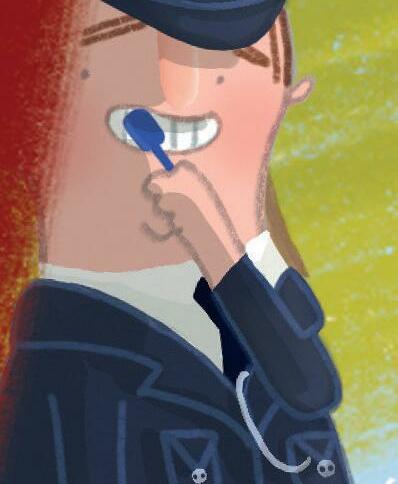





























































































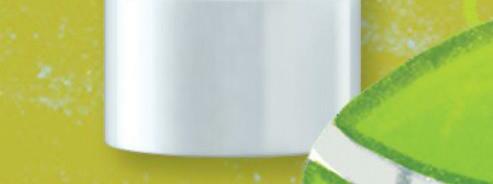



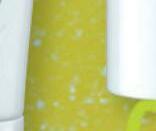





















UK









LOVED BRAND














































































































































































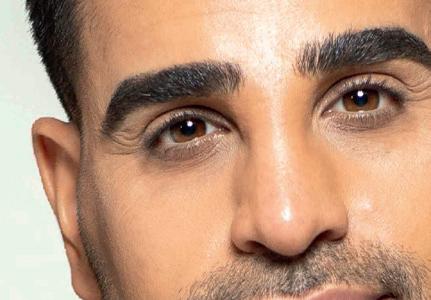
The hot days of summer when the kids had plenty of time to play in the fresh air are now over, and we all have to think about keeping warm and warding o winter sneezes and sni les. For kids, it might be a bit like lockdown all over again, and we have to consider how this will a ect their mental health. Inside I’ll tell you a bit more about Moodboosters, the BBC programme which gives you fun tools to encourage child mental health.
Of course, there have been other child health issues in the news, many emphasising the importance of good diet and nutrition and a healthy environment, so these are subjects we’ll be covering in depth. Some areas, such as the risks of obesity and the importance of oral health, are a constant struggle, so we’ll talk about how you can help your kids to help themselves keep fit and well.


I’m sure you will find the features in Healthy Child and on the website at www.celebrityangels.co.uk a valuable source of information and education. In my day job as an NHS doctor I see plenty to be concerned about, but also many everyday examples of innovation, dedication and inspiration in the area of child health. I hope that you will share my passion for this field and that you will enjoy reading about it in Healthy Child! ■
Dr Ranj Singh
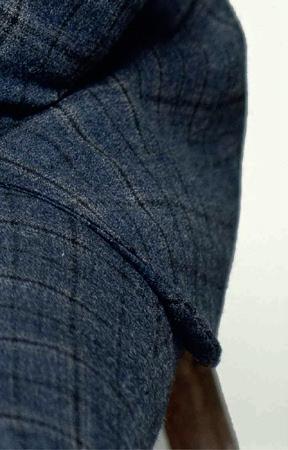


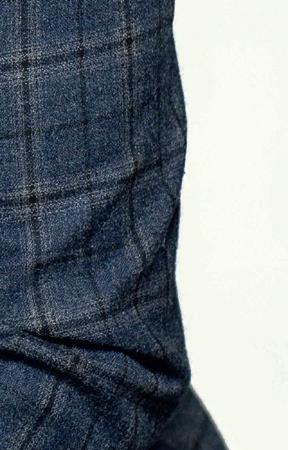




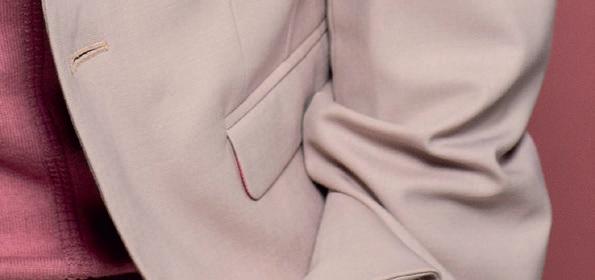
12 Interview
Celebrity guest editor Dr Ranj Singh talks to Chris Jenkins about issues from long Covid to bedwetting, and mental health to Christmas pantos



18 Health Today
All the news on child health issues from Strep A and RSV to child mental health

22 Le to Their Own Devices
With concerns about children accessing dangerous material on social media, isn’t it about time you thought about their use of smart devices?
24 Pee Problems Probed

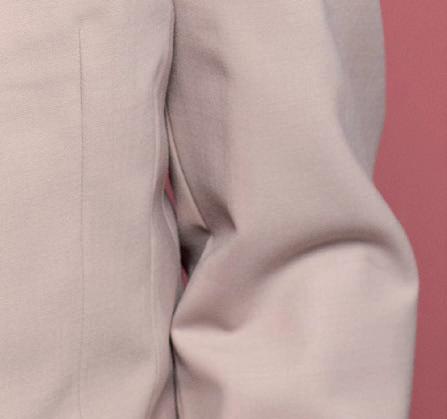

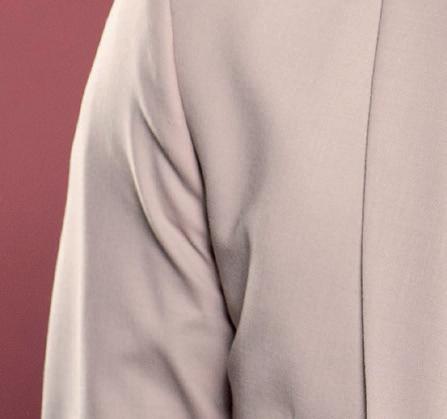
Bedwetting, or enuresis, occurs in about 15 percent of all seven-year-olds. What are the causes and what can be done to help?


28 Pregnancy & Early Years
All you need to know about managing pregnancy and the first months of baby’s life



31 The Feeding Journey
Baby feeding can be one of the trickiest aspects of healthy growth, but there’s plenty of guidance available to help with each step of the journey
35 Breast is Best
Experts agree that breastmilk is best for babies, but if you find it di icult to breastfeed, there are lots of sources of help
36

Some medicines are helpful in pregnancy, some are to be avoided - how do you tell which is which?

38 Safe and Sound
Play is essential, but safety even more so - how can you make sure your kids are kept safe while they’re having fun indoors and out?
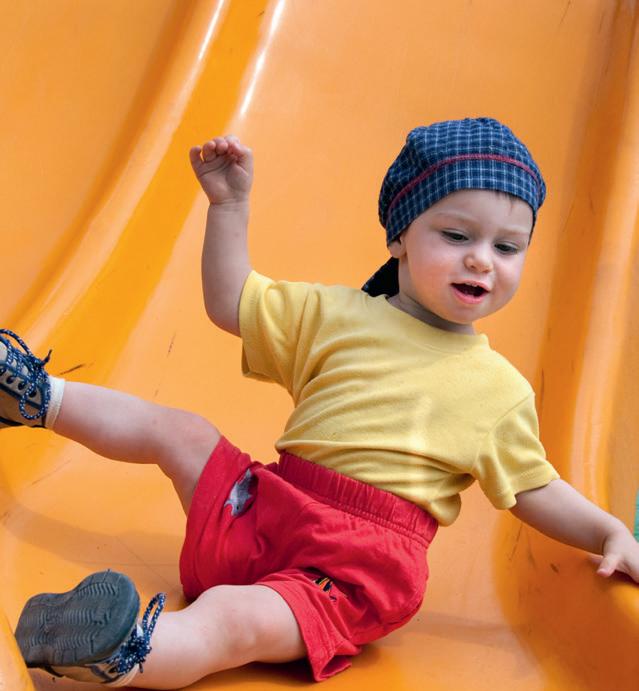
42 Fit for Pregnancy
Do you want to keep fit in pregnancy or get your figure back a er giving birth? Here are some top tips to help you shape up
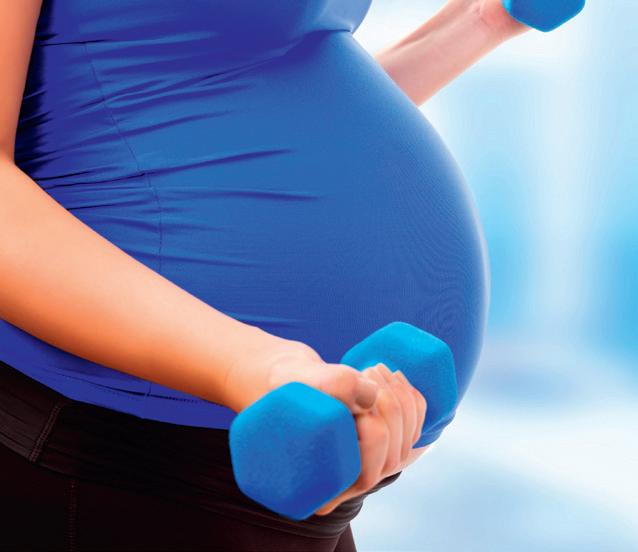
49 Pushing the Envelope

Pushchair technology is zooming ahead, but can you keep up with it? Our easy guide to buying the right buggy should help you race forwards
54
Getting healthy sleep can be di icult while pregnant, but it’s essential for your wellbeing. What’s the trick to nodding o ?
56 Play and Learn
Educational toys are a great way for your child to learn new skills from social to physical while having lots of fun
60 Health Check
All you need to know about the top news issues a ecting children’s health today


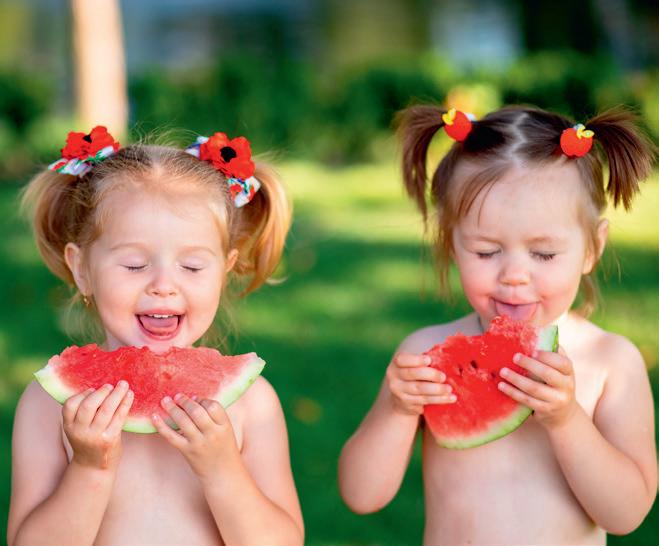
62 Clean and Healthy
One of the most important elements in maintaining family health is cleaning the home. How can you make it less of a chore, and can you get the kids to help?
65 Teeth First
Taking care of their teeth is one of the most vital parts of child healthcare. With extractions on the rise, what do we need to do to keep their gnashers sparkling?
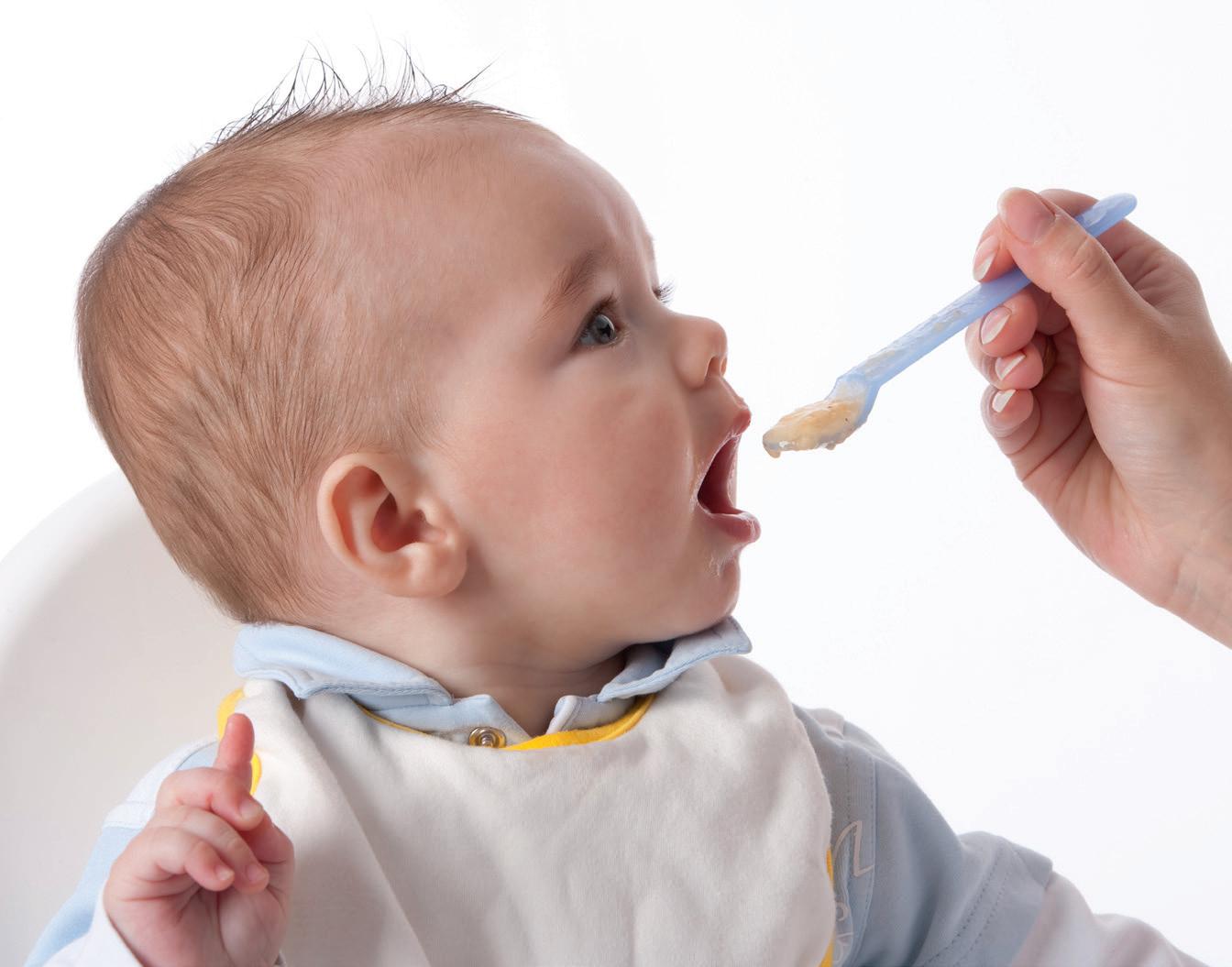

66

Are you thinking of going vegetarian - or even vegan? It’s not a simple decision, and how will it a ect your family’s health?
69 Going Pro
What are probiotics, and how can they help you and your children? It’s all about going with your gut...

71 Swap for Good
A few simple diet swaps could help fight o childhood obesity, and could be good for the whole family too














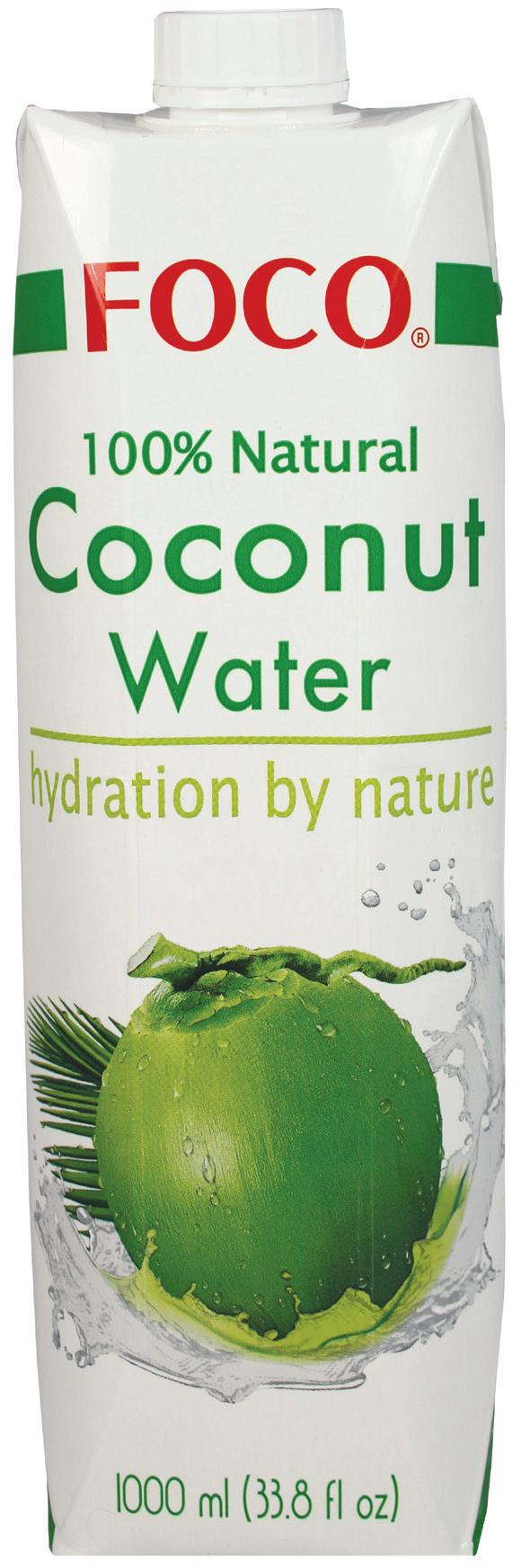
75
Outdoor play is essential for healthy child development, but is there more to it than fresh air, sunshine and exercise?
78
Getting the kids to sleep well is a dream for many parents, but it’s an essential for health and development and can be encouraged with the right environment
82 School of Skincare

Many of us would give anything to have skin like a child’s, but that doesn’t mean that young skin doesn’t need care and attention
85
Win a Raleigh kids’ bike and helmet worth up to £350 in this fabulous easy-to-enter competition!

86
It’s great exercise and gives them a sense of independence, so riding a bike is an important developmental step. How do you choose the right machine?
90





Ever wondered why fish is so good for you? Read on for the finny facts
94 Ask the Pharmacist
Are you overlooking a convenient and free source of child health advice in your local High Street? Your pharmacist can help you with more than you imagined
97

Why is it that children particularly seem to be prone to ‘the sni les’ in winter? There’s more to nasal congestion than you might have thought
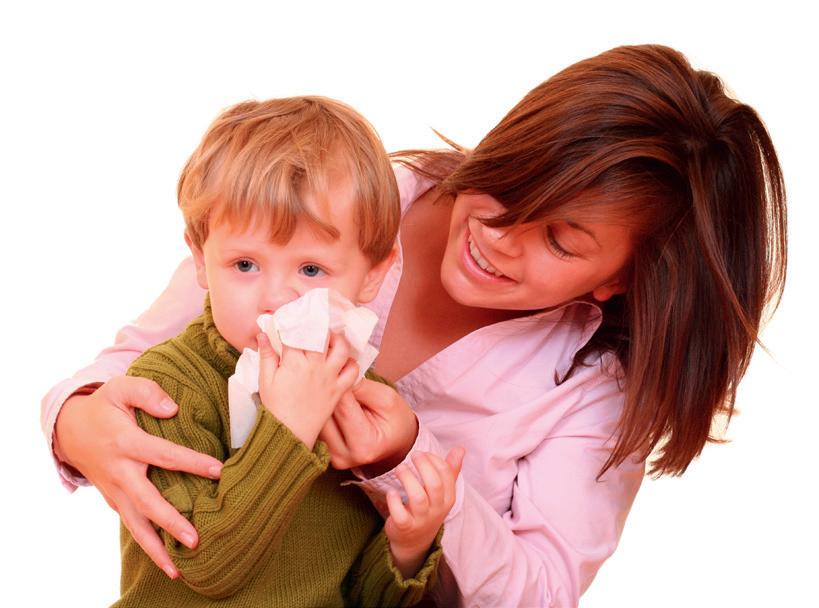
All you need to know about the issues a ecting children’s health as they grow up and develop

102 Get the Balance Right
The right balance of nutrients is essential for child health and development. But what if they need something more, in the way of dietary supplements?
104 Kids and the Law
As a parent or guardian, you may find yourself needing legal advice regarding your children or wards. What are the likely issues, and where do you turn for help?


110 Sight and Sound
Myopia, or short-sightedness, is becoming more common among children. What are the causes and how can we help?
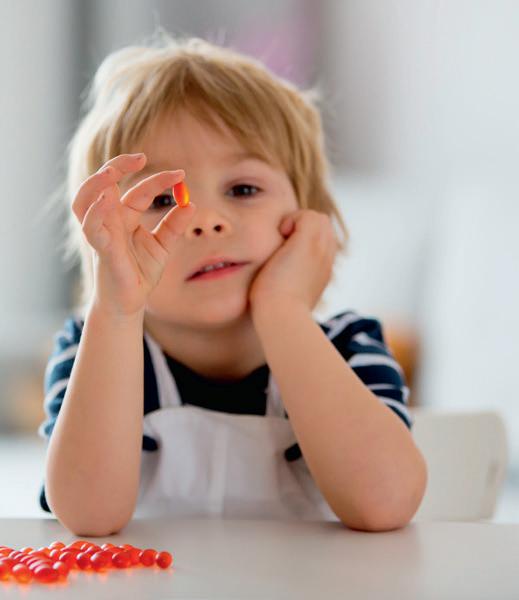
celebrityangels.co.uk

112 Parenting
All you need to know about helping your children through early adulthood
114
If you think school education isn’t doing its best for your child, should you think about extra tuition, or even home tutoring? It’s a learning process...
118 Parents Supporting Parents
Parental peer support has become a vital source of help, particularly to first-time parents. But how does it work and how could you benefit from it?
122
Teenagers are under stress and need someone to talk to. Are you listening to them as well as talking to them?
125 ADHD: Beyond Bad Behaviour
Attention Deficit Hyperactivity Disorder was o en dismissed in the past as just ‘bad behaviour’. But a better understanding of the condition is suggesting new approaches
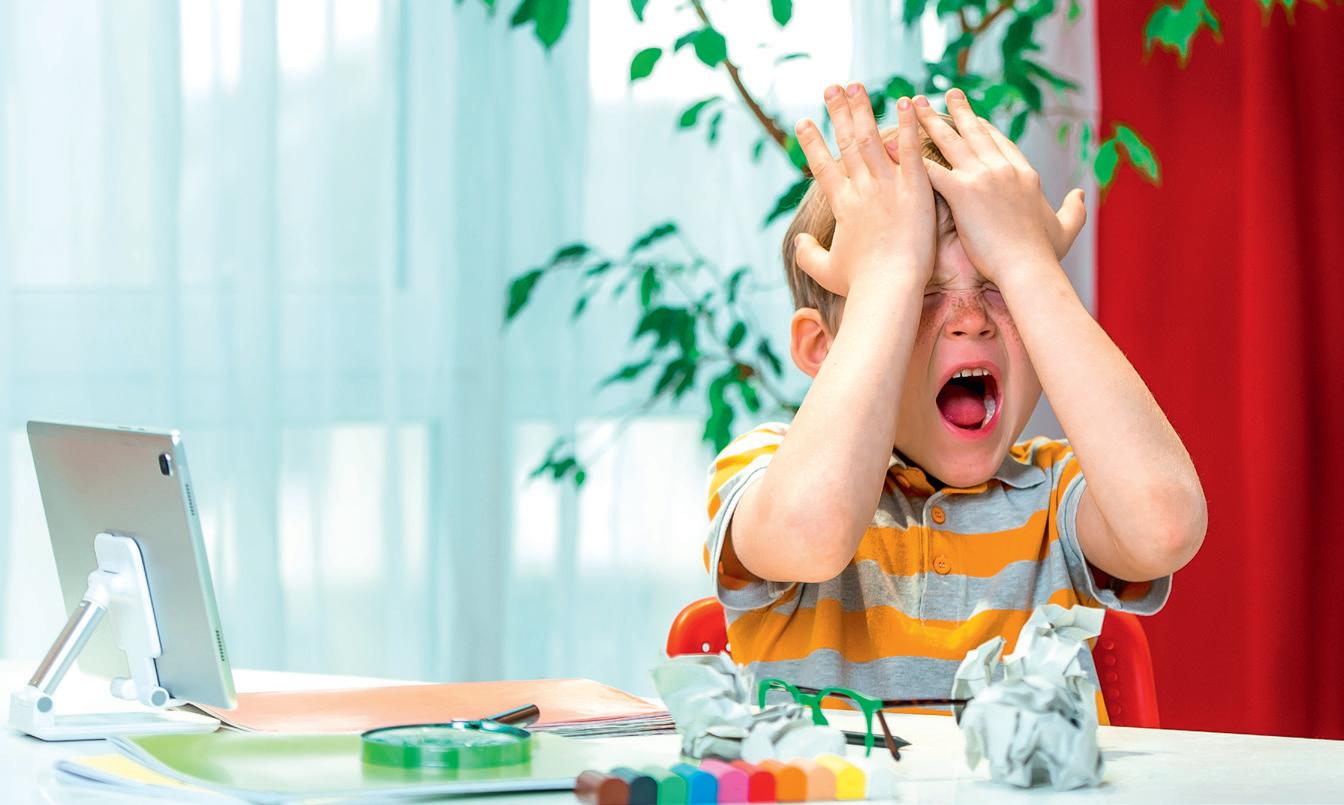
126 Cats and Dogs and Kids
Having a pet in the house can add a lot - but what do you need to know to make it safe and comfortable for your kids?
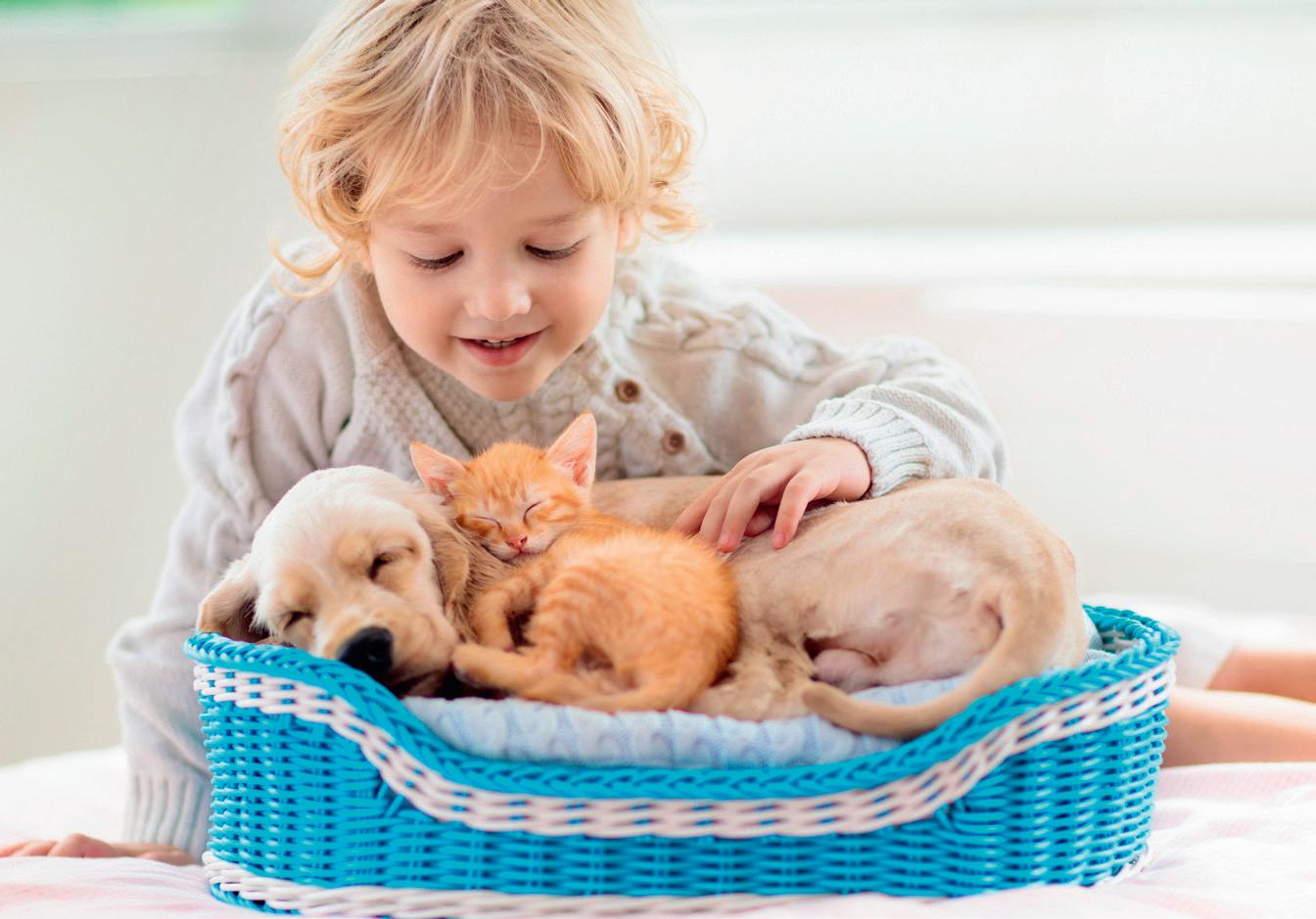
PUBLISHER & CEO
Kevin Harrington
EDITOR
Chris Jenkins
SUB EDITOR
Emmanuel Berhanu
CONTRIBUTORS
Suzanne Cairns
Thomas J Roberts
Patricia Savage
PRODUCTION
Delicia Tasinda Ray Walsh
DESIGN Joanna Harrington
ADMINISTRATOR
Tabita Minculet
PUBLISHED BY COPYRIGHT © 2023, CELEBRITY ANGELS ALL RIGHTS RESERVED
COVER IMAGE
Talent4Media
Healthy Child with Dr Ranj Singh Celebrity Angels 143 Caledonian Road London N1 0SL Tel: 020 7871 1000
For sales enquiries call: 020 7871 1000
All material in Healthy Child with Dr Ranj Singh is wholly copyright and reproduction without the written permission of the publisher is strictly forbidden. Products and services included in this publication do not imply endorsement by Dr Ranj Singh. The views expressed in this publication are entirely those of the writers and do not necessarily represent those of Celebrity Angels. The information in this publication is carefully researched and produced in good faith, however, neither the Publisher nor the Editors accept responsibility for any errors. The Celebrity Angels Series is published in the UK under licence by Damson Media Limited. Damson Media Limited is registered in England and Wales under registration no. 07869300.








IMPORTANT NOTICE: Breast milk is best for babies and breastfeeding should continue for as long as possible. LITTLE STEPS® Follow-on Milk is for babies over 6 months, as part of a varied weaning diet. Not intended to replace breastfeeding. LITTLE STEPS® Growing Up Milk is suitable for young children from 1-3 years, as part of a healthy balanced diet and it is not a breast milk substitute. LITTLE STEPS® PLANTYGROW Growing Up Drink is suitable for young children from 1-3years, as part of a varied and balanced diet and is not a breast milk substitute. LITTLE STEPS® Multigrain Cereals is a complementary food intended for spoon feeding from 6 months and is NOT to be used as a breast milk substitute. Please follow the preparation instructions and be mindful not to overfeed your baby. LITTLE STEPS® Crackers and Popcorn Puffs: Older infants and toddlers may need up to 2 healthy snacks between meals each day. Be mindful not to overfeed your baby. ZTC6028 1222










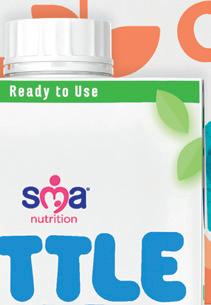
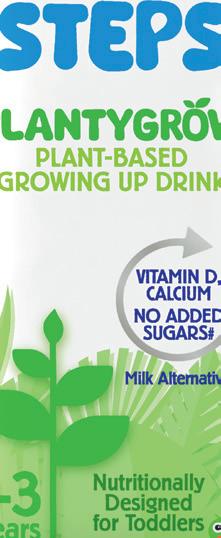






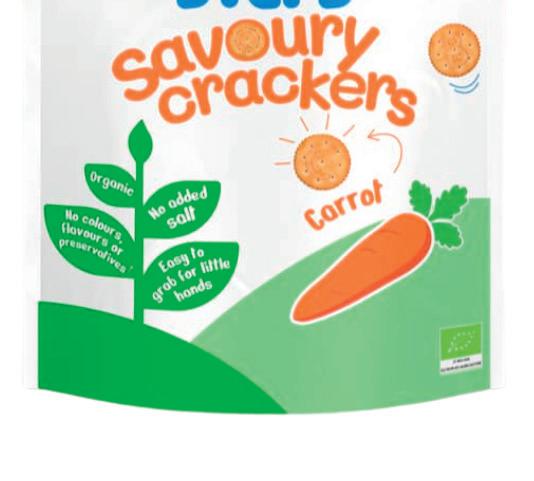









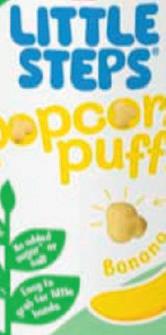




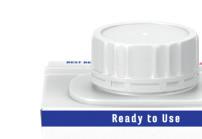





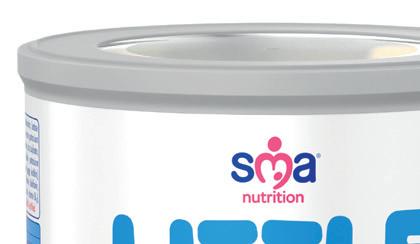

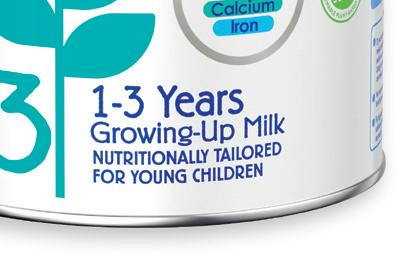

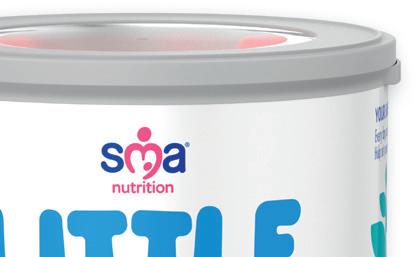
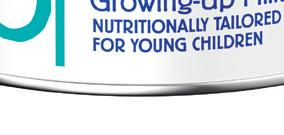




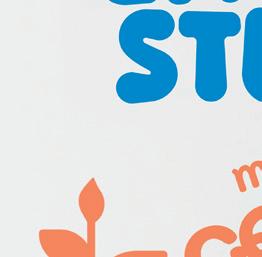

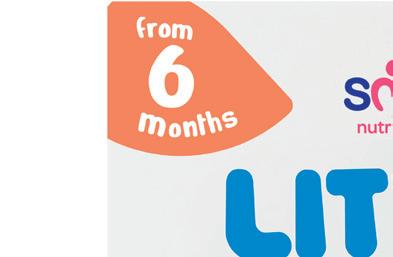












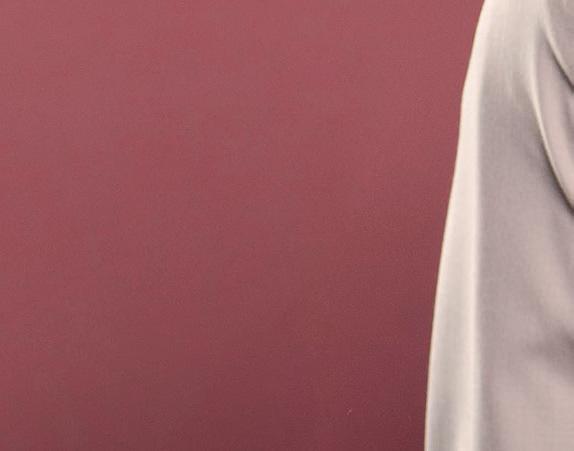










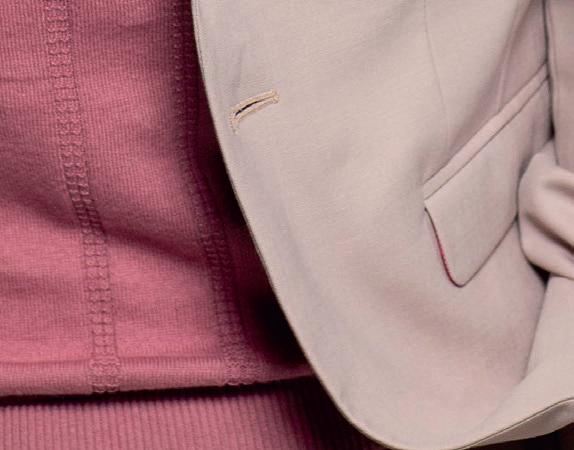





Child health has been in the news as never before, and Healthy Child celebrity guest editor Dr Ranj Singh has seen all the problems from the front line. Chris Jenkins asks him the essential questions
HOW DO YOU THINK THE PANDEMIC HAS HAD A LONG-TERM EFFECT ON CHILDREN’S MENTAL HEALTH AND ON THEIR EDUCATION? HOW DOES THE MOODBOOSTERS PROGRAMME HELP?
RS. The pandemic has had a devastating impact on both the mental and physical health of children and young people. NHS data shows us that the number of 5-16 year-olds with a probable mental disorder has increased from 1 in 9 to 1 in 6. This is likely to increase further over the next few years as the fallout from the pandemic and its e ect on mental wellbeing, and also the availability of help and support, continues.
The simple solution would be to increase funding and resources for children’s mental health services. Unfortunately, this is far more easily said than done because it takes time, sta ing and political will to achieve.
That’s why initiatives like BBC Moodboosters (a fun and free set of interactive resources aimed at 5-11 yearolds) are so important right now. They are available to everyone and can be used in any environment. They are designed to support the mental, emotional and physical
wellbeing of children, have been developed in conjunction with a children’s mental health charity, and are supported by a range of famous faces!
WEANING IS A DIFFICULT TIME FOR MANY PARENTS. WHAT ARE A FEW GOOD PRINCIPLES TO BEAR IN MIND?
RS. Weaning is an important childhood milestone, which can happen at di erent times for di erent children depending on their individual circumstances. Generally speaking, it should start when a child is around six months old, alongside their usual breast milk/formula feeding.
Introduce your baby to a range of di erent foods and be patient – it can take time to get the hang of! Your baby may show signs that they are ready (they need to be able to sit up, coordinate their eyes, hands and mouth, be able to swallow). It’s important to start with so , simple, single foods (vegetables or fruit) and introduce anything that might cause a reaction slowly (e.g. eggs, nuts, fish). Finger foods are a great way for babies to interact with their food and feed themselves too.
Weaning should always be supervised
though, and be on the look-out for any signs of choking. So cut food into appropriate-sized pieces and make sure you cut spherical things like grapes in half (lengthways) or quarters.
There’s more great advice on the NHS Start4Life website.
WHAT ARE THE COMMON CAUSES OF BEDWETTING AND HOW CAN IT BE MANAGED?






















RS. Bedwetting can happen at any time in a child’s life, but is far more common under the age of five as they are getting used to toilet training. Most children will grow out of this, but if it persists or starts again later in life it should definitely be looked into, and a discussion with a healthcare professional is a good idea.
Common reasons include: the body making too much urine at night time, the brain not sensing when a child needs to go to the toilet and not waking them up, or because the bladder can’t store urine properly and empties unexpectedly. It can also be due to underlying medical conditions like urine infections, type 1 diabetes or constipation.
»







Management can take time, and a trial of different approaches (depending on the underlying cause). It’s always a good idea to get your child into a routine whereby they use the toilet before they go to bed every night and don’t drink too close to bed time. If they do have an accident, get them involved in changing pyjamas and bed sheets and reward positive behaviours (waterproof underwear and pyjama pants can be really useful). Don’t tell them off, but reassure your child that it is not their fault and they can get better.
Always consult a medical professional if: there is any day time wetting, your child has started wetting after being dry for at least six months, you are worried they may have an underlying medical problem (they will usually have other symptoms), or if simple measures are not helping.
WHAT’S THE IMPORTANCE OF OUTDOOR PLAY? ARE WE TOO OVER-PROTECTIVE OF KIDS WHO WOULD BENEFIT FROM MORE ACTIVITY SUCH AS BIKE-RIDING?
RS. Play is vitally important for children’s brain and physical development, regardless of where it happens. It supports their cognitive abilities, physical mobility, social skills and improves mood and wellbeing.
Outdoor play has the added benefits of greater physical activity in a potentially safer environment (reduced chances of picking up airborne infections like COVID). However, we must remember that not everyone can and is able to partake in these, so any kind of play is better than none.
If a child does engage in outdoor activities, then ensuring they do it safely (e.g. safety helmets when cycling) is especially important.
WHY DO SO MANY CHILDREN HAVE PROBLEMS SLEEPING, AND WHAT CAN WE DO TO HELP THEM?
RS. Sleeping issues are simply much more common in children and don’t usually have an underlying medical reason. This means that the vast majority can be dealt with at home using some simple measures.
Firstly, try to optimise your child’s sleep environment so that it is as conducive for sleep as possible. For instance, their sleep space should ideally be cool, comfortable, dry, dark and quiet. Secondly, get them into a routine every day that involves consistent sleep/wake times and incorporates a bed time routine that prepares their brain and body for sleep. Being more physically active during the day and winding down in the
evening is another great way to prepare them for better sleep. Not eating and drinking too much too close to bed time is helpful to ensure they don’t wake up in during the night or have accidents. And finally, not using electronic devices for at least an hour before bed is really helpful as these can interfere with sleep.
There are a small number of children who will have an underlying medical issue so it is vital you speak to a healthcare professional if your child is still struggling with simple measures or has complex needs.

RS. Asthma can be triggered by lots of different things, and cold, damp weather can definitely make symptoms worse. Also, respiratory infections are much more common during the colder months and these make asthma worse for children and adults alike. Therefore, it’s important to be on top of your treatment (and make sure you have a proper asthma action plan) especially as we go into winter. Asthma and Lung UK have great information on managing your condition at this time as well as a downloadable action plan and videos on how to use your inhalers properly.
Other respiratory infections that we see much more at this time of year include flu and bronchiolitis. We’re also likely to see more COVID infections as we spend more time indoors in contact with others. Protecting yourself from these is vital, so make sure any vaccinations your child is eligible for are up-to-date.
Another important health issue to bear in mind at this time of year is vitamin D. Exposure to sunlight is one way in which our bodies make this, as well as taking it in through our diet. Unfortunately, both of these are likely to be inadequate during the winter so a simple supplement is recommended. In fact, all children under the age of five should be taking a simple multivitamin supplement regardless.
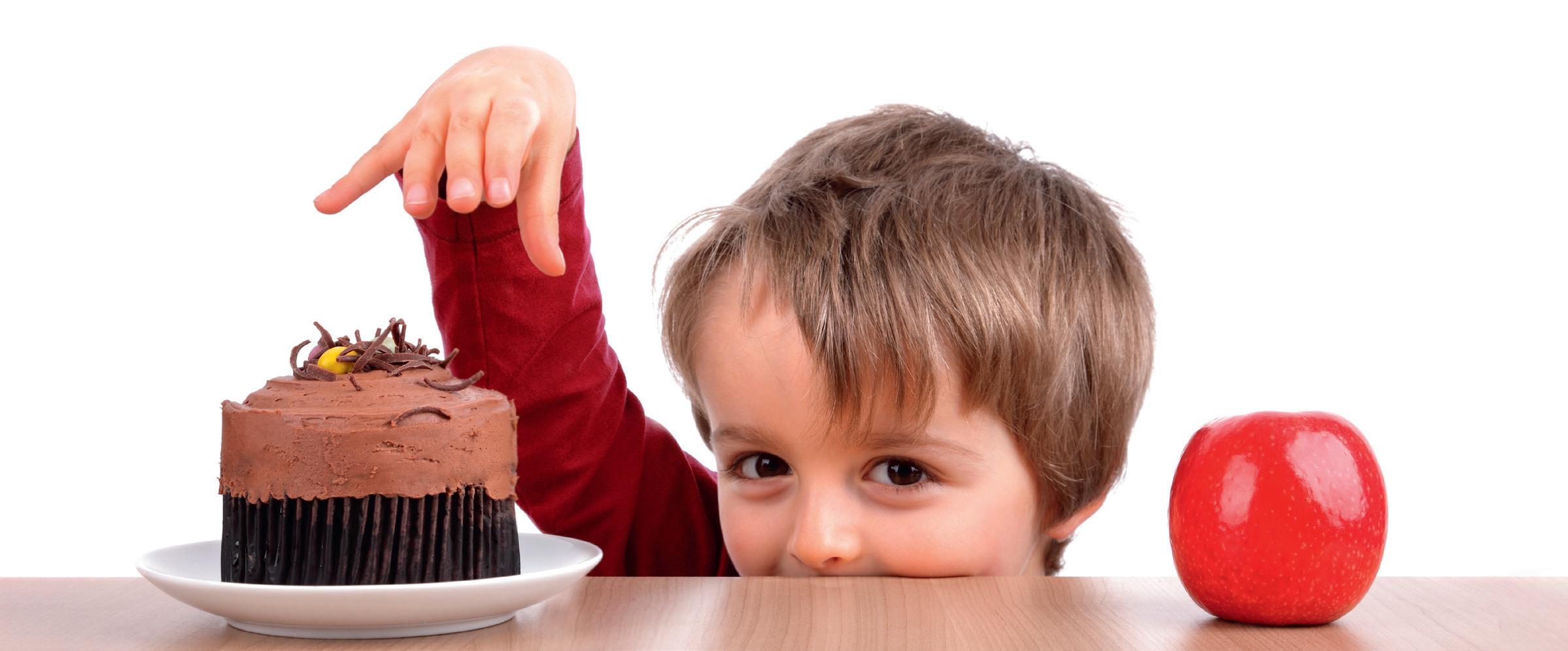
RS. Getting children to eat more healthily can be really challenging. Firstly, because healthier foods aren’t always attractive or desirable to them, and secondly because of access and cost.
However, we must remember that ensuring they get a varied and balanced diet (and reducing things like sugar, salt and bad fats) as much as we can is still essential.
One way is to do some simple swaps (e.g. reduced salt foods, full fat to semi-skimmed milk, sugar-free cereals, reduced fat cheese, sugar-free soft drinks, and swapping butter for a low-fat spread). Increasing their intake of fruit instead of sugary snacks is also recommended.
Sometimes a simple swap will work, but at other times it’s all in how we present it. Get imaginative with fruit and vegetables and present them in different ways (get your kids involved in making fruit salads as snacks for instance). Seasoning vegetables with spices other than salt can also make them a bit more palatable.
Also, take advantage of any offers on healthier foods (especially those you can freeze) and stock up. This is a great, and cost-effective, way of making better food choices where you can.
ORAL HEALTH IN CHILDREN SEEMS TO BE ON THE DECLINE, WITH EXTRACTIONS THE MOST COMMON REASON FOR PUTTING CHILDREN BETWEEN FIVE AND NINE UNDER GENERAL ANAESTHETIC.
RS. Firstly, all children should have a dental check as soon as their first teeth come through and before the age of one. This is to get them used to visiting the dentist and to get advice on how to look after teeth from a young age.
Secondly, all children should brush their teeth twice a day (ideally for at least two minutes and especially before bed) using an appropriate amount of fluoridated toothpaste. There are lots of fun apps that encourage children to get into this habit, such as Brush DJ. There are some really helpful videos for children and their parents on the British Society of Paediatric Dentistry (BSPD) website too: bspd.co.uk.
Having regular dental checks throughout childhood are also vital to address any problems early and make sure that good habits are reinforced!
RS. My ‘super’ series ( A Superhero Like You and A Superpower Like Mine) are picture books for children under five that teach them about the qualities that we all have that help to make us and the world around us a better place. A Superhero Like You was inspired by the pandemic and all the frontline workers that helped keep us going. It’s a reminder that there are wonderful people doing important and incredible things all around us, and we all of us can be superheroes just like them. A Superpower Like Mine teaches little ones that we all have
inherent strengths and qualities that allow us all to do great things, and every one of us is special no matter who we are or what our background or abilities. There will be more coming for this series in 2023!
Brain Power is a learning and mental wellbeing guide for children aged 7-9 years. It teaches them how wonderful their brains are, how they make them unique, and how to build them to be even better (both in terms of learning and looking after your mental health). It also has a focus on neurodiversity and how everyone can find their strengths no matter how their brain works.
How To Grow Up And Feel Amazing! is a comprehensive and inclusive growing up guide for boys aged around 10-12 years. It covers everything from dealing with puberty to relationships, and managing social media to looking after your mental health. It’s designed to be the definitive, modern guide for boys going through this tricky time of life! Expect more in this space in 2023 too!
RS. Christmas is one of my favourite times of year because I get to do pantomime! This year, I will be performing as the Spirit of the Bells in Dick Whittington at the Birmingham Hippodrome from 17th December to 29th January. It’s a fantastically funny story for the whole family, and I get to be on stage alongside screen and stage legends like Marti Pellow, Suzanne Shaw and Matt Slack. Expect lots of jokes, music, stunts and even some audience participation! ■
Layers of British quality for optimum sleep comfort. Engineered by sleep experts in partnership with bed experts.





















With our award-winning mattresses, you’re in safe hands. Our mattresses meet UK safety standards for use on all children’s beds including bunk beds and high beds. The perfect sleep temperature. Our Airflow comfort layer and breathable fabrics allow air circulation while regulating temperature and moisture level. Removable cover can be machine washed at 30°c in the event of an accident. Hypoallergenic and bed-bug resistant.





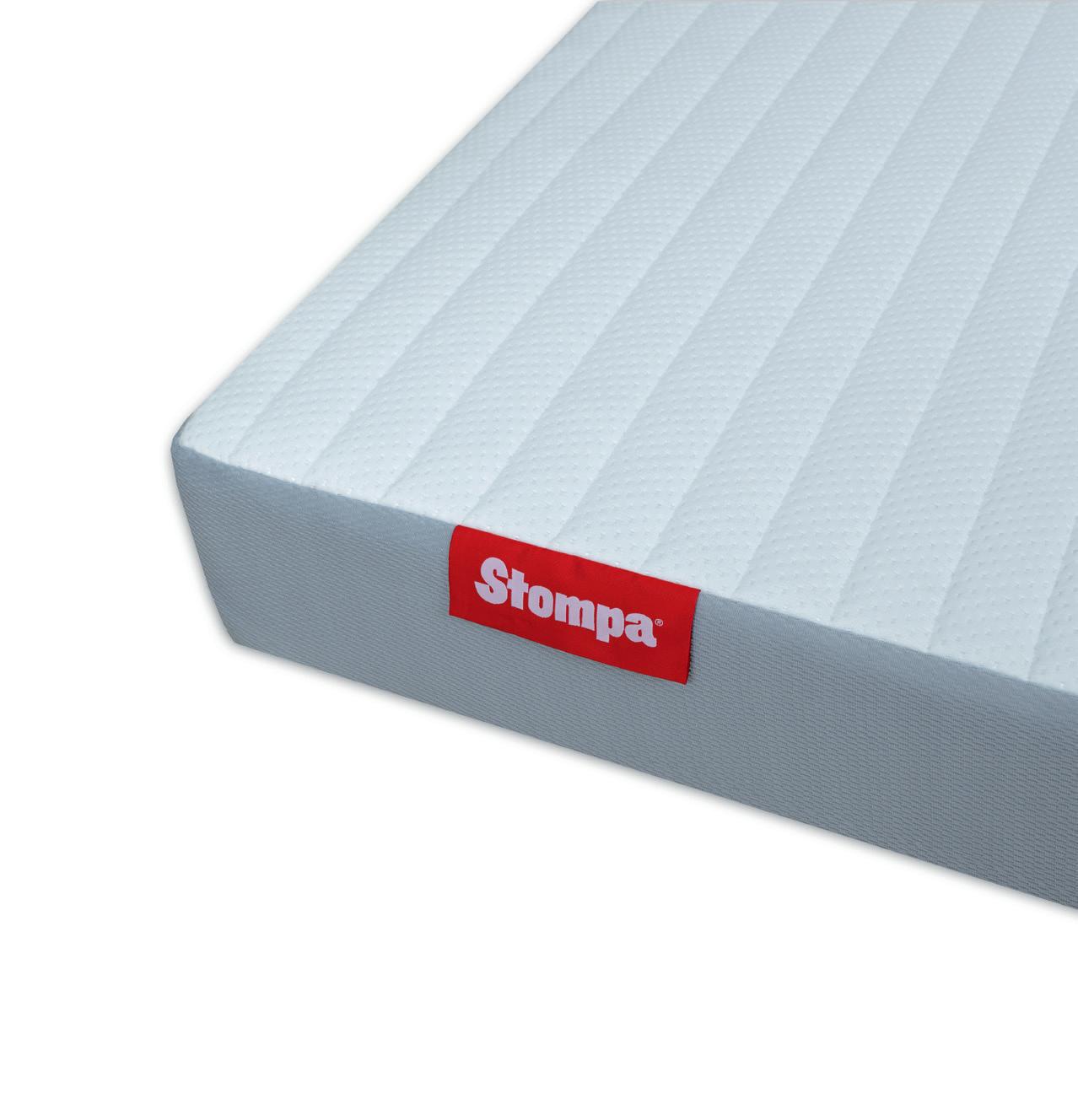
Our expertise is in safe and suitable mattresses for children’s beds
` Specialists in children’s bedroom furniture since 1960.



` Our goal is to appeal to both children and parents through good design and long-lasting quality.

` You can rest assured that your little one’s bed is fully compliant and tested to the relevant British safety standards.
` We believe that a Stompa bed is more than just a bed!
` See our new arrivals available in warm white or grey lacquered finish.

Stompa for practical and fun beds for kids, furniture, storage, study and playinnovative design kids love!
What’s New - Kids’ Health
At least 12 children have died in the last few weeks from Streptococcus A infection, the bacteria that can give rise to scarlet fever. Though Strep A is a common infection and is usually treated easily with antibiotics, the fear is that months of lockdown have reduced children’s resistance to this and other infections.
A 12-year-old schoolboy from London and a four-year-old from Buckinghamshire are among those who have died from a rare, invasive form of the infection. Health authorities are warning parents to be vigilant for signs of streptococcus A infection, even though most cases are mild.
“It is really important to be vigilant because in the very rare circumstance that it becomes serious, then it needs urgent treatment,” said an NHS spokesman. There are concerns that because initial symptoms are mild, services such as NHS 111 may not be able to diagnose potentially more serious cases.
Symptoms of Strep A infection include: ✤ Sore throat
✤ Swollen tonsils with white patches ✤ ‘Strawberry’ tongue, red with a white coating ✤ Swollen neck glands ✤ Rough, sandpapery red rash ✤ High temperature ✤ Lethargy ✤ Reduced urination ✤ Lack of appetite
The Strep A, or Group A streptococcus (GAS) bacterium is commonly found in the throat and on the skin and in most people does not cause any symptoms - known as being “colonised”, the NHS says. However, it can cause a range of respiratory conditions and is highly infectious, spreading through coughs, sneezes and skin-to-skin contact, so even those with no symptoms can spread the infection.
Most cases of throat infection will get better on their own without treatment, though skin infections may require antibiotics. However, GAS can also, rarely, cause very severe infections known as invasive GAS (iGAS).
Data from the UK Health Security Agency shows that rates of scarlet fever and iGAS are two to three times higher than the same time of year prepandemic, and cases are occurring earlier in the year. There were 851 cases of scarlet fever reported in the week of 14-20 November, compared with an average of 186 for the same period in previous years.

The UKHSA says there is no evidence that a new strain of strep A was circulating, and that the increase is most likely due to high amounts of circulating bacteria and increased social mixing.
NHS advice is to contact your GP or call NHS 111 if your child suffers any of the symptoms of Strep A infection, and to call 999 or attend A&E if they have difficulty breathing, cannot stay awake, or their skin, tongue or lips are blue.
Birmingham Children’s Hospital Trust says that it is under “significant, sustained pressure” due to high levels of respiratory infections, and is urging parents to get their children an influenza vaccination after a 70 percent increase in hospital admissions in children aged under five.

Birmingham Women and Children’s Trust said it had seen an “unprecedented” rise in patients in the emergency department at its children’s hospital, with a number of other units also reporting a lack of beds for admissions. In a letter to Birmingham parents and carers via schools, the Trust said that the children’s hospital emergency department is “incredibly busy”, and that those who are not seriously ill would face very long waits to be seen and may need to go elsewhere for help.
“Remember, the children’s hospital emergency department can’t help with dental or eye issues. For an eye emergency, please attend the Midland Eye Centre at Dudley Road” said a statement.
Dr Fiona Reynolds, chief medical officer at the trust, said: “Our emergency department has been under significant pressure due to high levels of respiratory infections locally and unprecedented attendances” she added. “The trust has been asking everyone to help by sharing some key advice to children, parents and carers to ease the pressure on staff who are working incredibly hard.”
The USA is facing a surge in RSV (Respiratory Syncytial Virus) and flu among children, and is having to build tent wards and delay planned surgeries in order to cope with the load. Children under five, and particularly newborn babies, are most at risk of developing severe symptoms from RSV, and the US has experienced a sevenfold increase in infections in babies aged under six months compared to a few years ago.
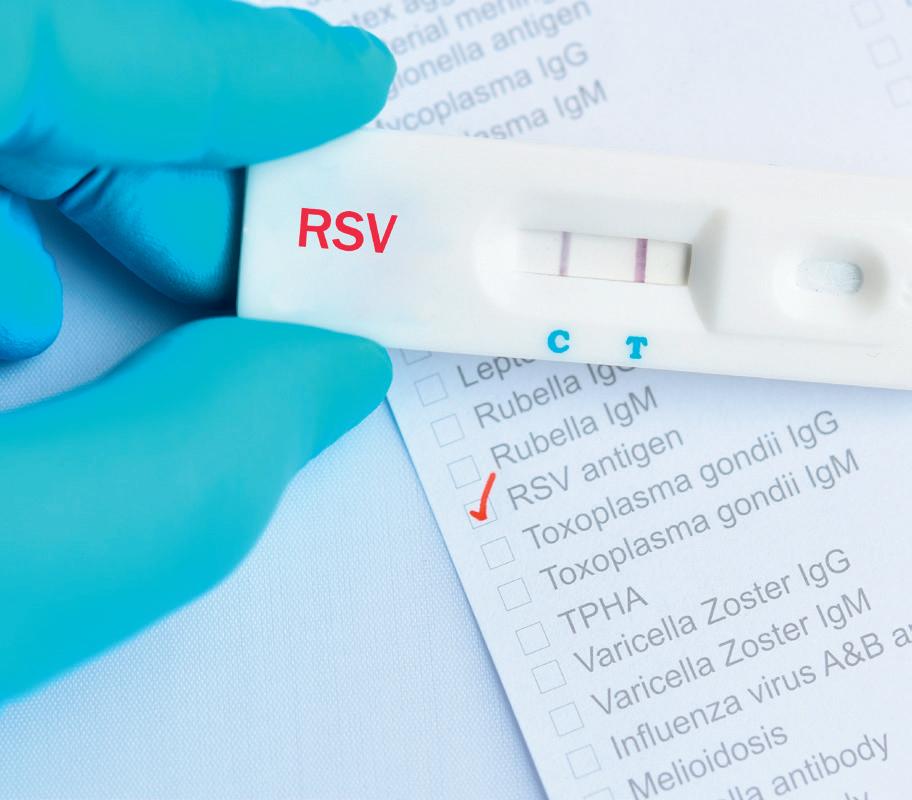
Other respiratory infections such as influenza, rhinovirus and coronavirus are adding to the spike in hospital admissions, which has come earlier this year than expected. The US Department of Health has said that more than three quarters of children’s hospital beds were full in November, though experts think this may be an underestimate. Hospitals are “bursting at the seams”, said Daniel Rauch, the chief of Paediatric Hospital Medicine at Tufts Medicine in Massachusetts.
RSV is a respiratory illness that typically results in cold-like symptoms for adults, but can be dangerous for young children and those with underlying health conditions as well as older adults. NHS advice is to look out for symptoms of RSV, sometimes called bronchiolitis, which include a runny nose, decreased appetite, coughing, sneezing, wheezing and fever.
According to a report by NHS Digital, one in four 17- to 19-year-olds in England had a probable mental disorder in 2022, an increase from one in six in 2021.
The online survey found similar results among teenage girls and boys, but it was twice as high in 17- to 24-yearold women compared with men.
Based on the views and experiences of 2,866 young people aged above six who have been followed since 2017, the report says that worries about money were the main cause of mental stress.
Children’s parents were also surveyed online in April 2022, with different aspects of mental health such as emotional problems, behaviour and relationships taken into account. Young people with a probable mental health disorder were more likely to say they had selfharmed, with 28% saying they had talked about it in the past four weeks.
Separately, NHS figures show that the number of under-18s in contact with NHS mental health services in England rose by nearly 30 percent in the last year, from 768,083 in 2020/21 to 992,647 in 2021/22.
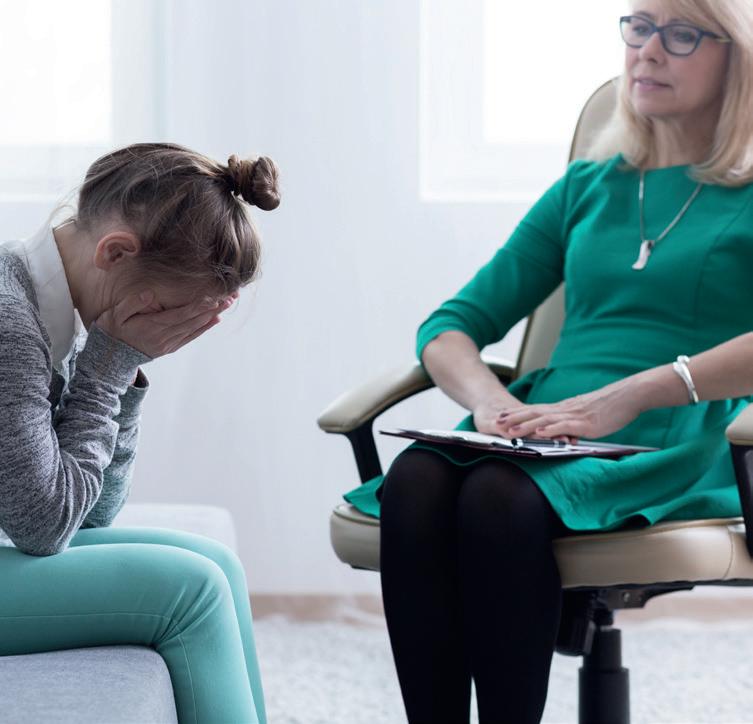
An immunotherapy drug which can delay the development of type 1 diabetes has been approved by health authorities in the USA. They say that teplizumab, an immunotherapy treatment, marks a “new era” in treatment, tackling the root cause of type 1 diabetes for the first time, rather than just addressing the symptoms. Teplizumab works by ‘reprogramming’ the immune system to stop it mistakenly attacking the pancreatic cells which produce insulin. About 8.7 million people have type 1 diabetes worldwide, and in the UK the condition affects 400,000 people, including more than 29,000 children.
In type 1 diabetes, the immune system (that normally fights off bacteria and viruses) mistakenly attacks key cells in the pancreas which produce insulin, which regulates levels of blood sugar. Most current treatments currently focus on controlling blood sugar levels by taking insulin injections.
A 2019 trial of teplizumab showed that it delayed the development of the condition in some people at high risk for an average of two years, which experts say could be very significant for young people, as it would offer longer protection from the complications of high blood sugars such as kidney or eye disease.
Chris Askew OBE, Chief Executive at Diabetes UK, said: “We hope that teplizumab and other immunotherapies will soon be approved, helping people living with or at risk of type 1 diabetes have a better chance of a healthier future.”

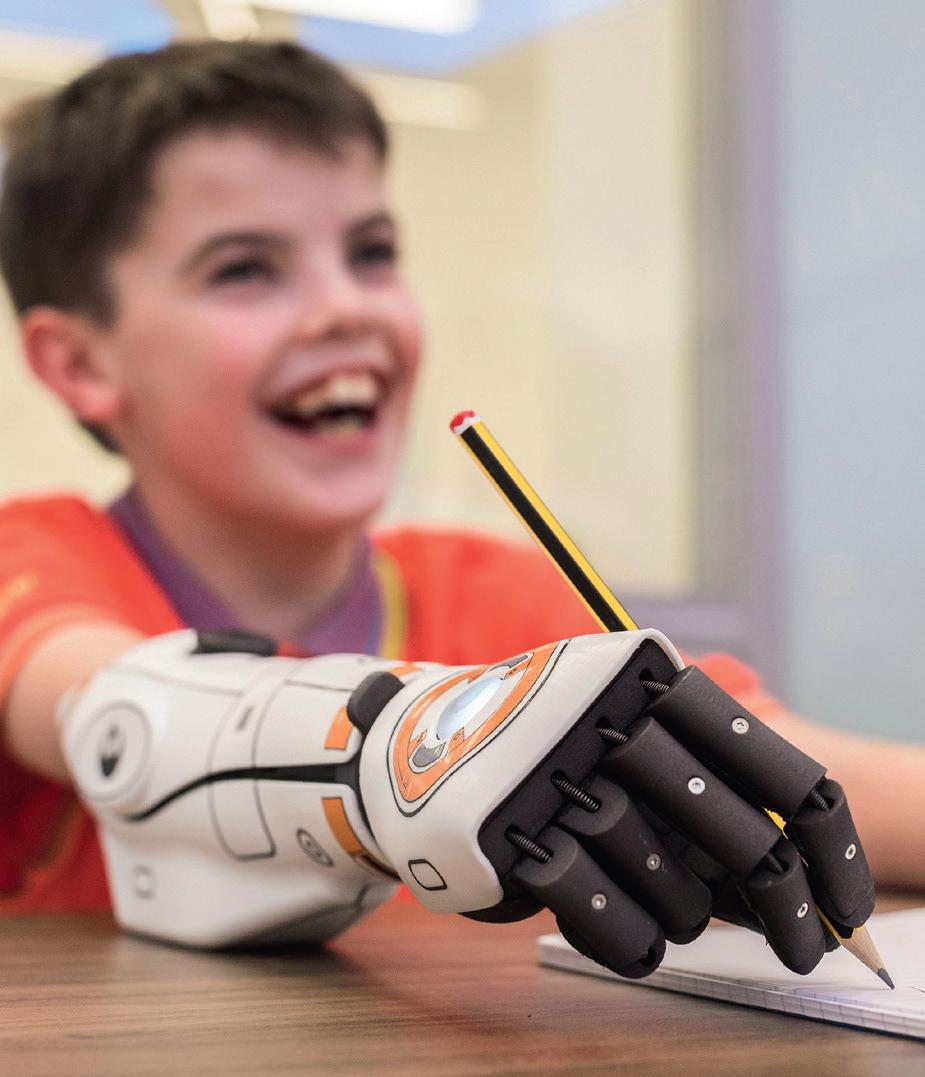

Dozens of amputees will be able to access lifechanging bionic arms which can mimic real hand movements, the NHS has announced. The newly available bionic arms – controlled by electrical brain signals – have multi-grip capabilities, enabling a greater range of movements to make day-to-day tasks easier.
The NHS will make the technology available to every patient across England who needs it, following two independent reviews into their use and the successful rollout for veterans. Eligible patients must have enough residual upper arm muscles to send signals that create intuitive movements, but children as young as nine can use them, allowing them to improve their play and learning.
Each patient is carefully assessed to find the right type of prosthetic for them depending on their requirements and capabilities.
NHS chief executive Amanda Pritchard said: “These incredible multi-grip prosthetics have already made a huge difference to veterans and so it is fantastic to be able to offer them to all patients in England who need them. The arms, for both children and adults, use the very latest tech which will boost peoples’ independence and change the lives of dozens across the country.”
A new MRI study presented at the Radiological Society of North America (RSNA) reveals that consumption of alcohol even in low to moderate amounts during pregnancy can change the baby’s brain structure and delay brain development. “Unfortunately, many pregnant women are unaware of the influence of alcohol on the foetus during pregnancy,” said lead author Patric Kienast, M.D., a Ph.D. student in Biomedical Imaging at the Medical University of Vienna. “Seventeen of 24 mothers studied drank alcohol relatively infrequently, with average alcohol consumption of less than one alcoholic drink per week,” Dr. Kienast said. “Nevertheless, we were able to detect significant changes in these foetuses based on prenatal MRI.” He added: “We can strongly assume that the changes we discovered contribute to the cognitive and behavioural difficulties that may occur during childhood.”
With the government’s Online Safety Bill facing criticism that it has been watered down before it has even passed, and growing concerns about children accessing material on subjects such as suicide and self-harming online, it’s crucial that parents and guardians have an informed approach to their children’s use of smart devices.
Most parents see the value in technology - the Internet allows us to find whatever we are looking for at the click of a mouse, headphones connected to a tablet can keep your toddler preoccupied for hours without giving you a headache, and the never-ending number of online apps can increase productivity while giving us endless hours of entertainment. But does all this technology come with associated dangers?
If nothing else, recent studies suggest reported screen time was associated with child developmental delay. “Screen time”
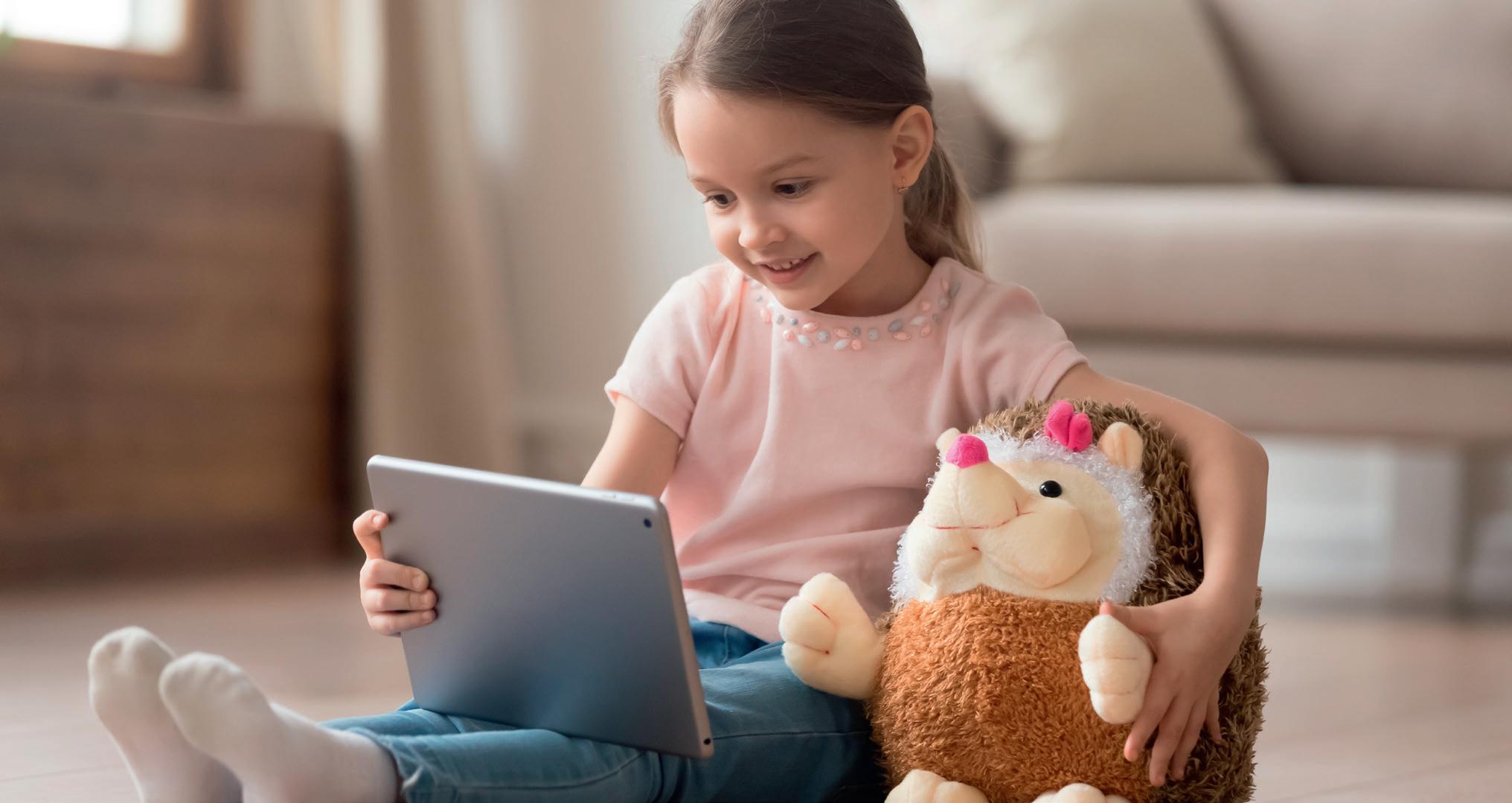
was defined as any time a child watched or interacted with a device containing a screen such as television sets, tablets, and smartphones.
After recruiting over three thousand pregnant women between 2008 and 2010, the research team followed up with the mother and their child at ages 4, 12, 24, 26, and 60 months. During the assessments, mothers would provide the team with the amount of hours their child spent in front of screens.
The conclusion of the report was that one in four children in the study showed signs of developmental delay, such as communication problems, when they start school. However, based on the study, the team was unable to prove that higher screen time definitely impairs development. Additionally, the study acknowledged the fact that the population sample was specifically from one region
in the country containing mostly white ethnicity and from higher income households. Based on these variables, this conclusion may not be the same for other sample groups.
Other online studies have found that excessive screen time can harm children’s health in other ways, like promoting obesity and disrupting sleep. But before you start gathering up all your gadgets and putting them in the recycling bin, bear this in mind; these negative side effects were found in participants who reported more than two hours of screen time per day.
In another study done by researchers at the University of Pennsylvania, college students who cut their screen time to under thirty minutes per day “were less lonely and depressed, even after just three weeks.”
Instead of fearing the worst and banning technology altogether, the best strategy is perhaps to adapting your control of your children’s use of devices to ensure that your child grows up happy and healthy. ■
With concerns about children accessing dangerous material on social media, isn’t it about time you thought about their use of smart devices?





































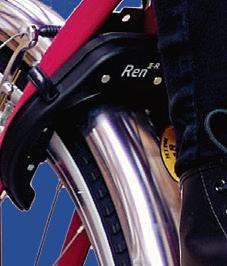

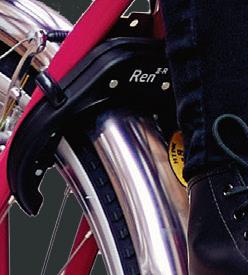




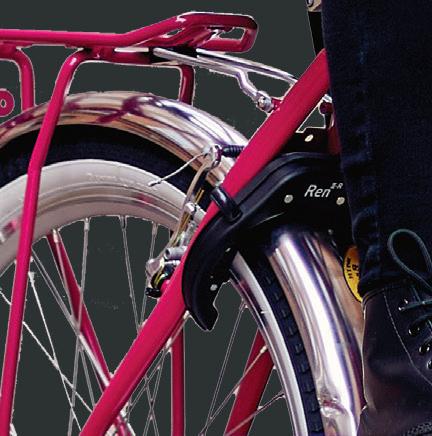





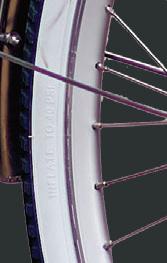




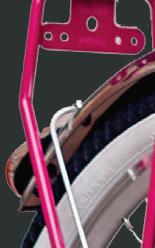



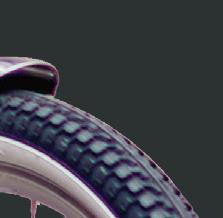




























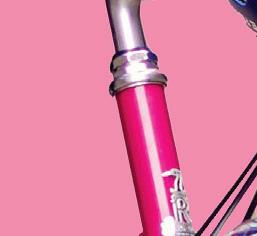




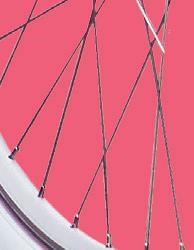
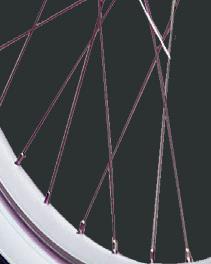


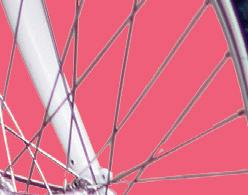








































































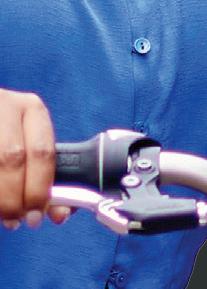





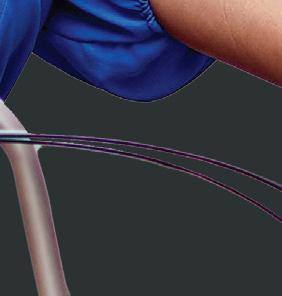
















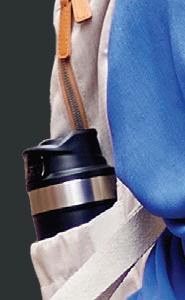



















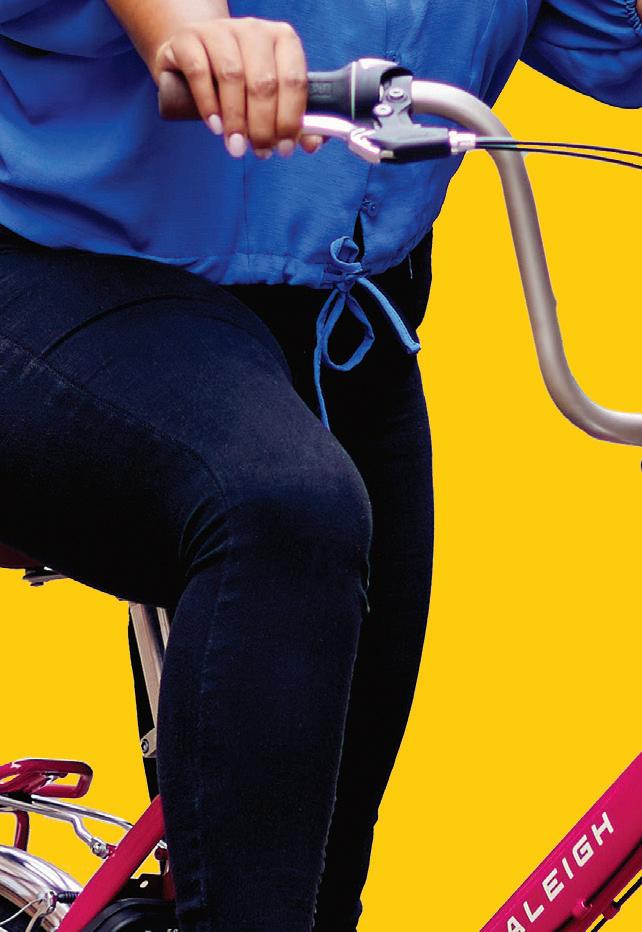



Hannah is a journalist from Nottingham, she navigates the city by bike, writing about culture and community. She’s a cyclist

















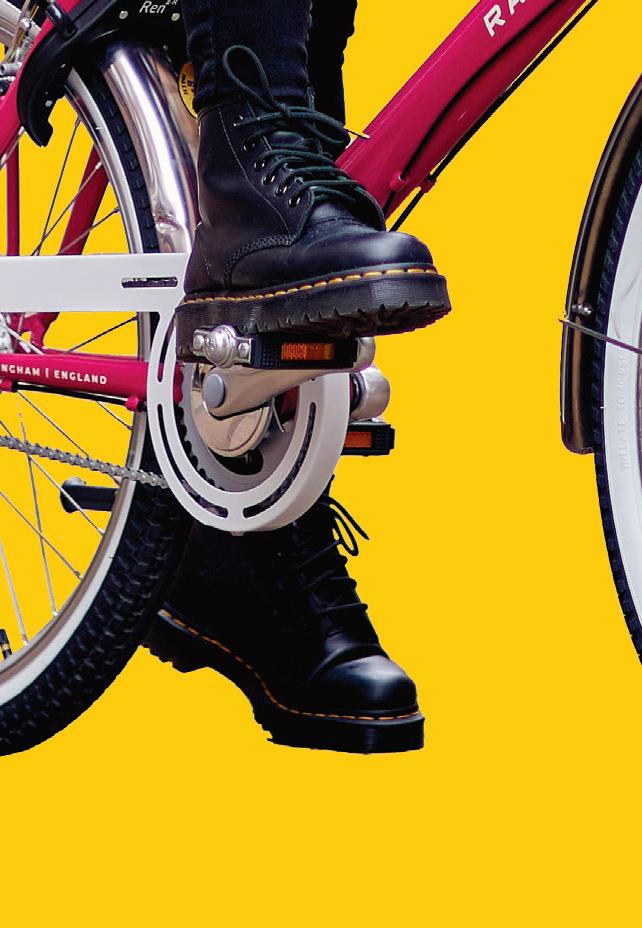
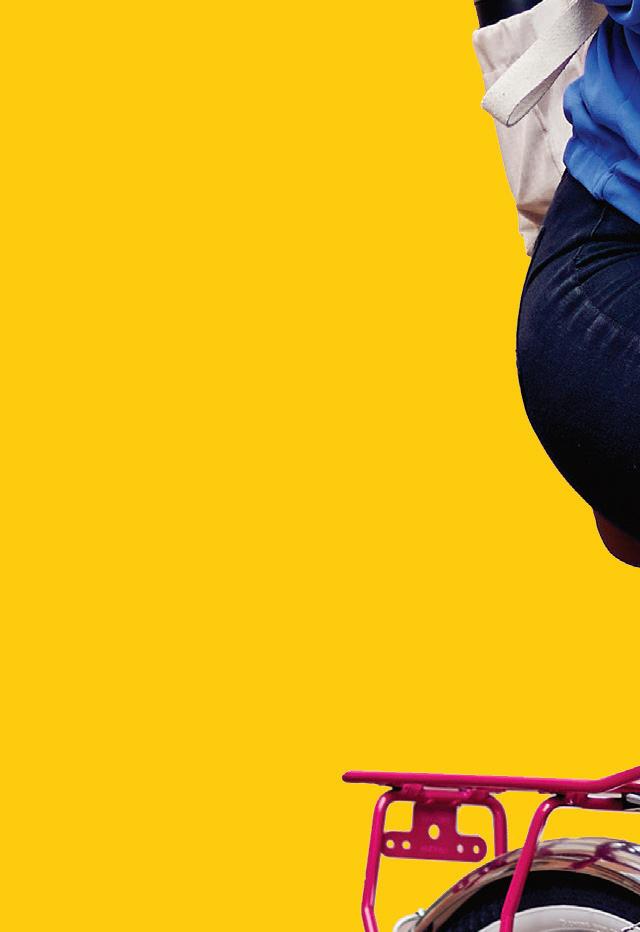



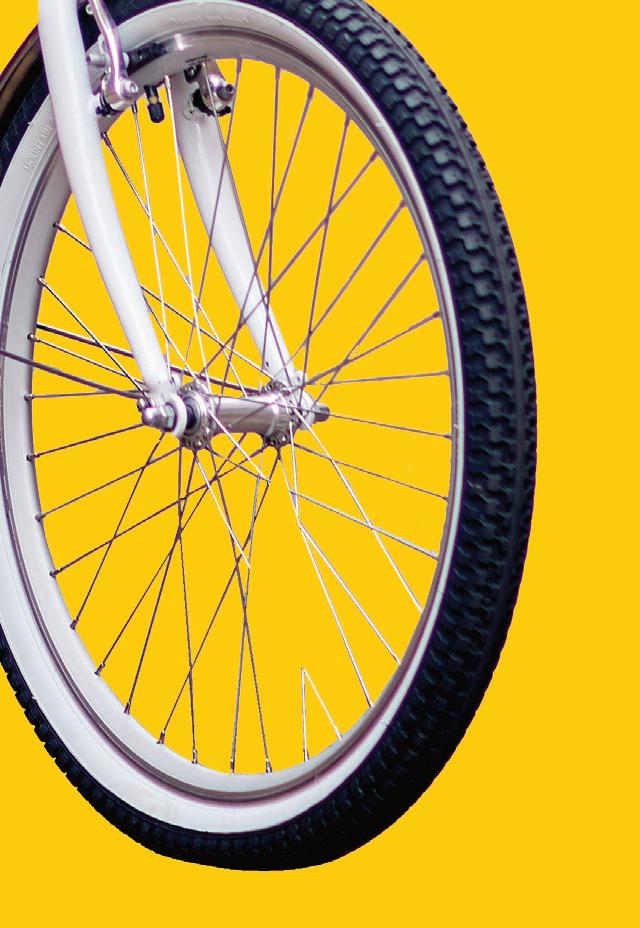
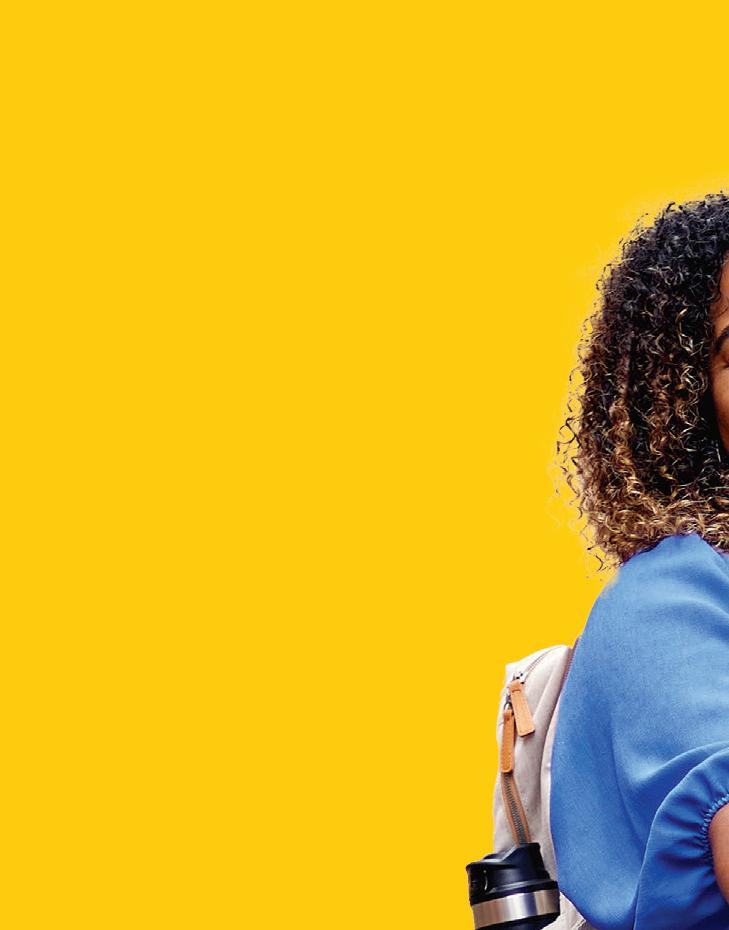

You can be a cyclist too. raleigh.co.uk




Bedwetting, or enuresis, occurs in about 15 percent of all sevenyear-olds. What are the causes and what can be done to help?



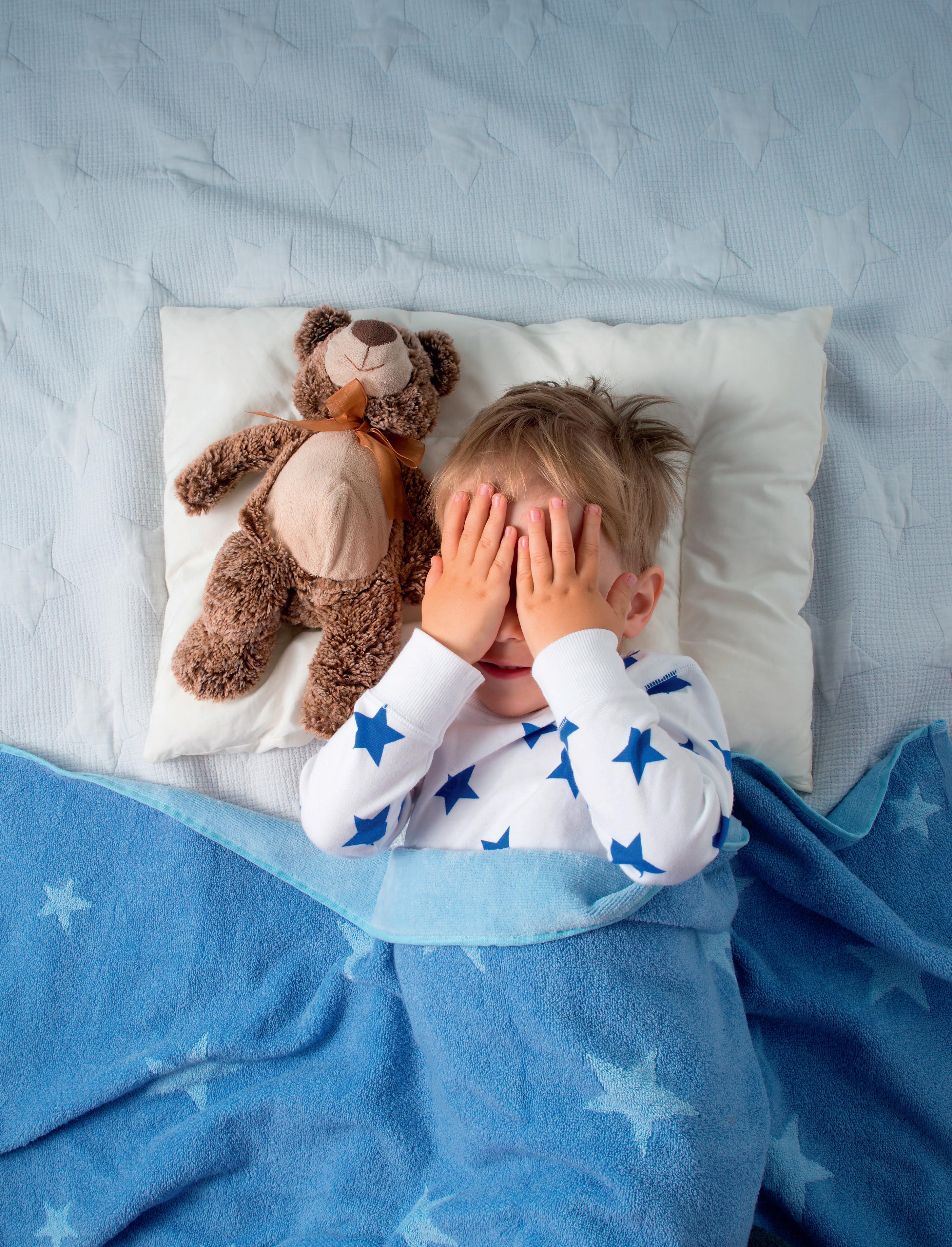
Bedwetting, or to give it its medical name, enuresis, is a condition which is pretty common - about 15 percent of all seven-year-olds regularly wet the bed. But it’s a condition which can be treated from about the age of five, and has well understood causes.
ERIC, the Children’s Bowel and Bladder Charity, explains that bedwetting is a medical condition which is nobody’s fault. The three main reasons for children’s bedwetting are:
h Their bladders don’t stretch enough to hold all the wee they make at night.
h They produce too much wee at night.
h They don’t wake up when their bladder sends a signal that it’s full.
Children’s bedwetting can be caused by one or more of these reasons. The good news is, they all are treatable.
It’s a common misconception that bedwetting has a psychological cause. In fact it doesn’t happen because children are lazy or being naughty, though living with enuresis can make children feel sad and embarrassed. You should never punish your child for having a bedwetting episode, but understand the causes and look into treatment.
If your child has daytime bladder problems, this needs to be investigated by a healthcare professional first.
Underlying causes of night-time bedwetting can include:
h Constipation – if your child’s bowels become blocked it can put pressure on the bladder and lead to bedwetting.
h A urinary tract infection (UTI) can make your child’s wee painful, causing frequency and urgency in their bladder.
h Type 1 Diabetes. Alongside bedwetting, other symptoms of this can include feeling thirsty, frequent weeing, weight loss, hunger, blurred vision, tummy pain, vomiting, thrush and tiredness. You must take your child to the doctor if they have these symptoms to be tested.
When children have an additional need or physical disability, it’s important their bedwetting should be assessed as it may not be related to their existing condition(s).
Sudden onset bedwetting, also known as secondary bedwetting, is when a child starts to wet again after at least six months of being dry. Sudden onset bedwetting must be assessed and treated in the same way as primary bedwetting (when a child has never become reliably dry at night). Underlying causes of this can include Type 1 Diabetes, urinary tract infection or constipation, or periods of change and stress in a child’s life.
Vasopressin, the hormone that controls how much urine we produce at night, can be affected by anxiety levels. When children feel worried, they produce less vasopressin, so bedwetting is more likely.
Once you have established the cause of bedwetting you can begin to apply the right treatment. NICE guidelines recommend that all children still bedwetting over age 5 should be given a bladder and bowel assessment by a healthcare professional. Contact your GP for an appointment and ask if there is a bedwetting or enuresis clinic in your area that your child can be referred to. Before a specialist appointment you should check that:
h Your child is drinking plenty during the day and what they’re drinking h Make sure they are emptying their bladder before they go to sleep h Complete a night-time diary to record wet and dry nights h Keep a “poo diary” if you think your child is constipated
ERIC, the Children’s Bowel and Bladder Charity is the UK’s leading charity supporting all children and teenagers with a bowel or bladder problem. Its mission is to get everyone talking openly about good bladder and bowel health; to empower children and carers with support, information and resources; to contribute to research and policy development and to deliver the best education and advice to all those working with families.
https://eric.org.uk
A bedwetting alarm is a highly effective way of training a child to become dry at night, but even ERIC admits that these can be hard work at first. A bedwetting alarm has a sensor attached to an alarm. When the sensor gets wet, it sets the alarm off, and this should wake your child up. Over time, the alarm helps your child to learn when they need to wee and wake up to go to the toilet. Alarms are not available on the NHS, but you may be able to borrow one from your local enuresis (bedwetting) or continence clinic. »

Bedwetting alarms need to be used for at least four weeks, and rarely work straight away because it takes some time for the child to get used to them. It’s a good idea to encourage your child to practise setting o the alarm before they go to sleep so they know what to expect. There are alarms available for children with additional needs which vibrate and flash. These can be less frightening for a child on the autistic spectrum, for example.
Explain to your child what needs to happen when the alarm goes o , for instance get out of bed, go to the bathroom, change their pants/pyjamas and strip the bottom sheet. You may choose to sleep in the same room at first, so you are near in the night when the alarm goes o and whilst your child is learning what they need to do.
At first, your child may empty their bladder before they respond to the alarm, but over time, they will learn to stop the flow
of urine when the alarm sounds. If you have 14 dry nights in a row you can stop using the alarm, but if there’s been no progress a er 12 weeks, ERIC says you should stop the treatment and have a break for a few months before trying again.
It can take 2 - 3 months on average for a child to be consistently dry at night. Some children will take longer.
Bedwetting at night is not such as big problem if you can find ways to manage it. Before your child sees a health professional, encourage them to get into good bladder and bowel habits:

Make sure they poo regularly (at least four times a week) and treat any underlying constipation.
Assess and treat daytime bladder problems first (wetting accidents or urgency for example).

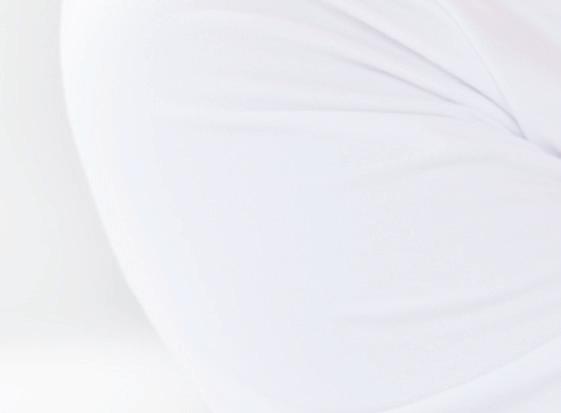
Drink plenty during the day: 6 - 8 glasses of water-based fluid is best. Only have a small drink before going to bed if necessary and ideally stop drinking an hour before bedtime.
Make sure your child fully empties their bladder before they go to sleep.
Move them to the bottom bunk from the top if they share a room. Have a night light and potty to help if they wake in the night for a wee. If they wear a pull-up at night, have a trial of a few days without one on. Make sure your child understands what they need to do in the night, and their bed is well protected. A waterproof under-sheet makes changing the bed much easier and saves washing the lower sheets.
Reward your child for drinking well during the day and for helping change wet bedding rather than for keeping their bed dry, which is beyond their conscious control. ■
Your doctor may suggest a medicine called Desmopressin. Given an hour before sleep, it works by ‘topping up’ the body’s levels of the hormone vasopressin and tells the kidneys to produce less urine at night. It can be taken regularly or just for nights away. If desmopressin or a bedwetting alarm (or a combination of both) doesn’t help, your child may be referred to a specialist, who may recommend other medicines.
















All you need to know about managing pregnancy and the first months of baby’s life
According to a report Mental Health Matters released in India, 10-30 percent of mothers will suffer from prenatal depression, while postpartum depression is seen in almot half of mothers. Prenatal depression - depression during the pregnancy and childbirth that lasts for over a year after delivery - has been shown to increase the risk of poor infant nutrition, stunting and diarrheal disease, but the researchers say that children of mothers who undergo postpartum depression are also likely to develop behavioural concerns, anxiety and separation fear issues, besides having academic challenges.
“It can be prevented by talking about it to your medical team, being active, getting ample rest, maintaining a healthy diet, seeking breastfeeding support, asking for help, taking time to connect to one’s body, learning about the signs and symptoms and talking to other mothers to educate yourself,” said the report.

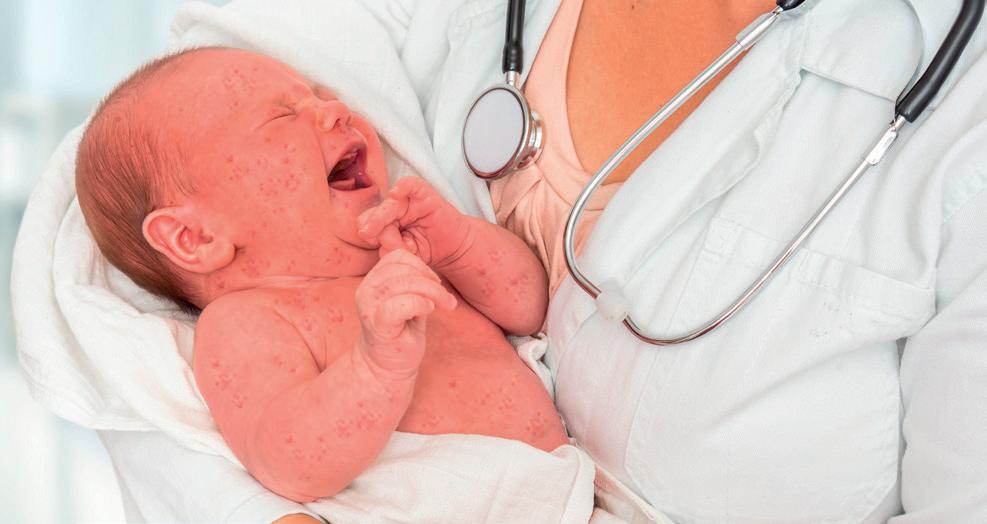
The World Health Organisation has reported that a decline in measles vaccinations means that 40m children are now at threat of this deadly disease. Measles vaccinations have steadily declined since the beginning of the COVID-19 pandemic. In 2021, a record high of nearly 40 million children missed a measles vaccine dose: 25 million children missed their first dose and an additional 14.7 million children missed their second dose, a joint publication by the World Health Organization (WHO) and the United States Centers for Disease Control and Prevention (CDC) reports. This decline is a significant setback in global progress towards achieving and maintaining measles elimination and leaves millions of children susceptible to infection.
WHO Director-General Dr Tedros Adhanom Ghebreyesus said “Getting immunization programmes back on track is absolutely critical. Behind every statistic in this report is a child at risk of a preventable disease.”
Exposure to inorganic nanoparticles during pregnancy may make babies more vulnerable to food allergies, says a French study. Extremely small chemical particles used in agriculture, food production, manufacturing and storage surfaces can be consumed by humans, and in a review published in Frontiers in Allergy, researchers point out that such a significant change to food production could have unforeseen health consequences. The team presented evidence that suggested that nanoparticles not only cross the placenta to reach developing foetuses, but could also leave them at greater risk of potentially life-threatening food allergies.

Be creative. Be unique. Be colourful. Build your own PLAYMOBIL figure just as you like with the PLAYMOBIL 70980 My Figures: Rescue Mission set. Let your imagination run wild with more than 1000 possible figure combinations, unleash your creativity and develop their individual personalities in the process. www.playmobil.co.uk
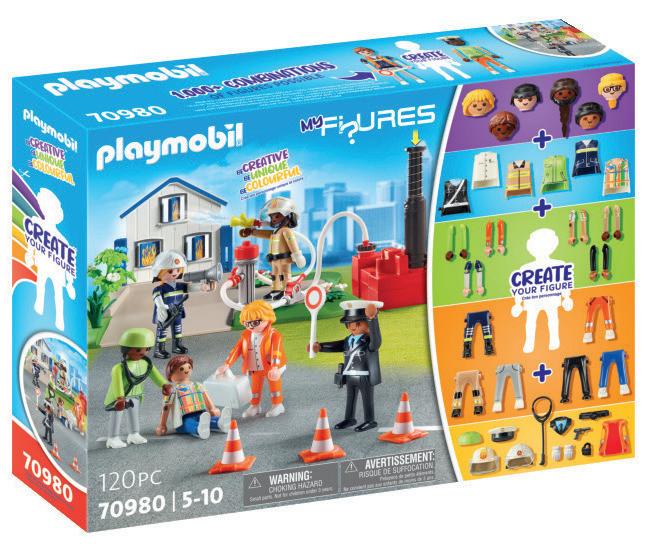
Pump in style with the all-new LED line-up by Pippeta. Compact and lightweight, the Pippeta breast pumps fit snugly in any nursing bra - no tubes, no wires. It’s truly hands-free, so you can pump wherever life takes you... www.Pippeta.co.uk


Suitable for use from birth, Stérimar Breathe Easy Baby has a patented safety nozzle specially designed for a baby’s nasal lining. It helps wash out impurities, helping to ensure comfortable breathing to facilitate sleep and feeding. £5, available at Boots. www.sterimarnasal.co.uk
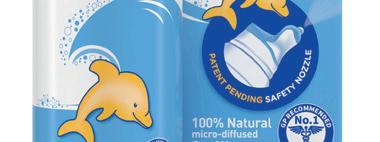

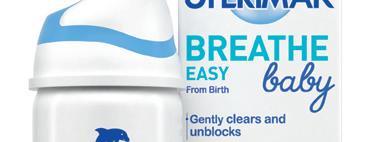
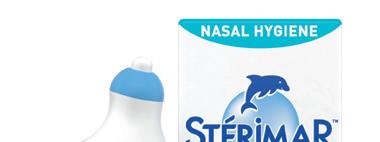

Developed specifically for children from age four through to teen years, the award-winning Stompa S Flex Airflow pocket sprung mattress helps to regulate temperature and moisture level for a great night’s sleep and features a removable and washable cover. www.stompa.com

TensCare Perfect Mama+ provides powerful and drug-free labour pain relief using TENS technology. Award winning, NHS recommended and loved by mums and midwives everywhere, TensCare maternity devices are packed with useful features while still being super simple to use. https://tenscare.co.uk/ pages/healthy-child

The Hexagon collection is Leclerc Baby’s most luxurious and exclusive design. Designed by the famous Dutch designer Christian Lagerwaard, with a rich combination of luxury perforated leatherette and suede. Manufactured to the highest safety standards and with your child’s comfort in mind. www.leclercbaby.com
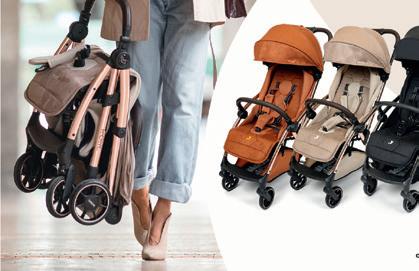

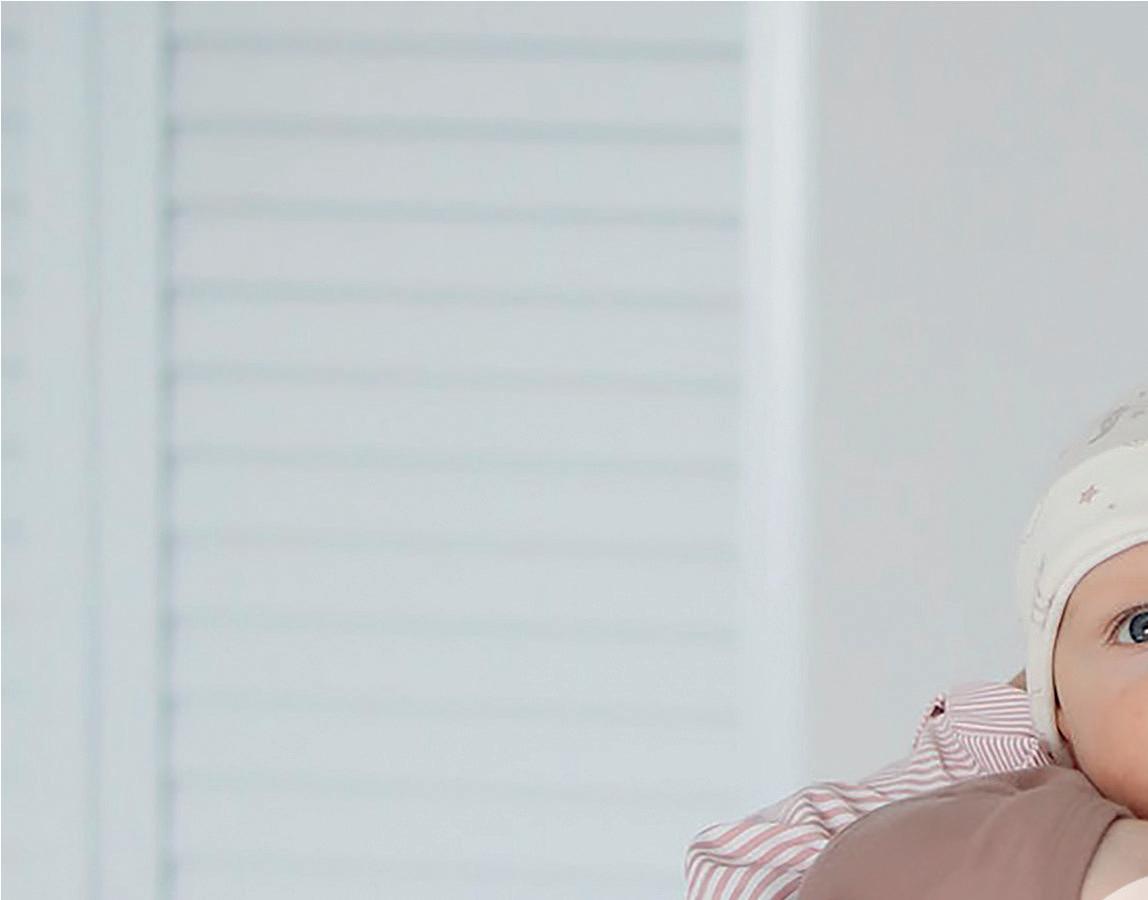
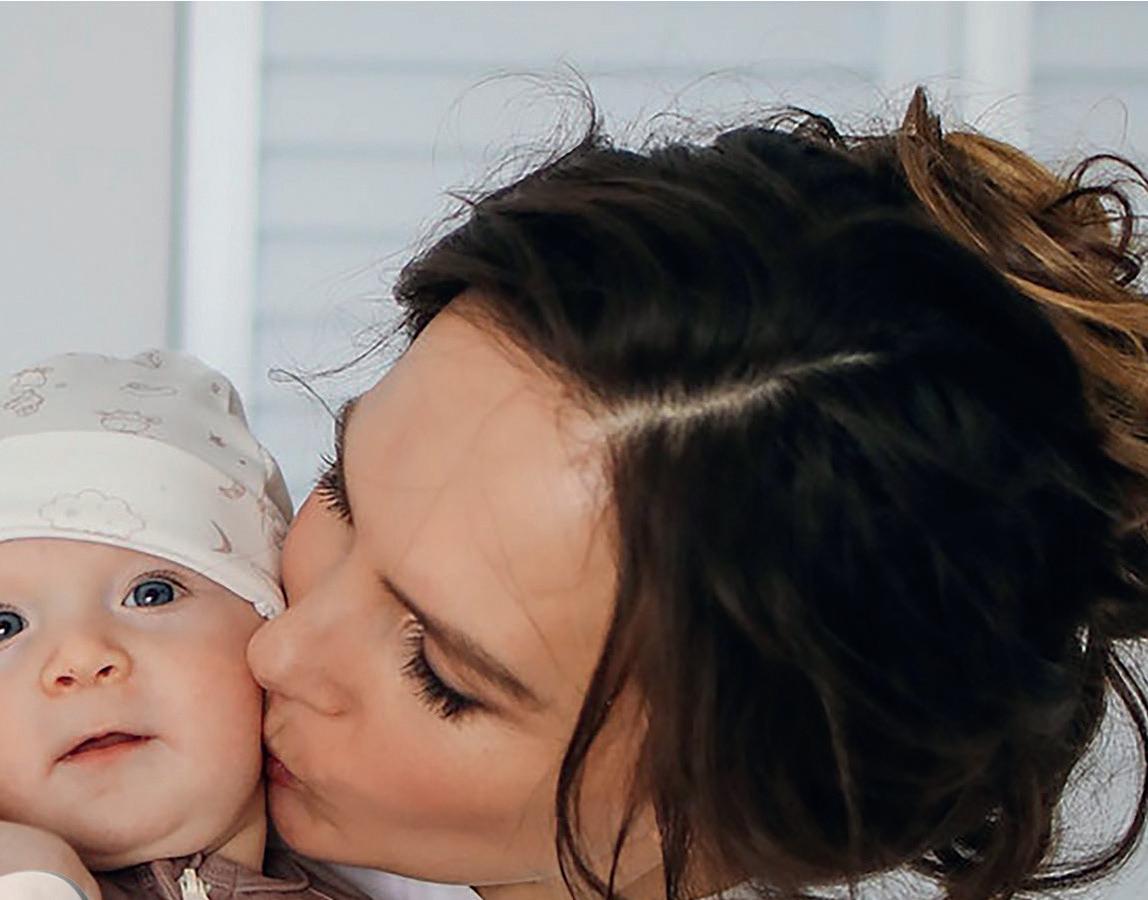
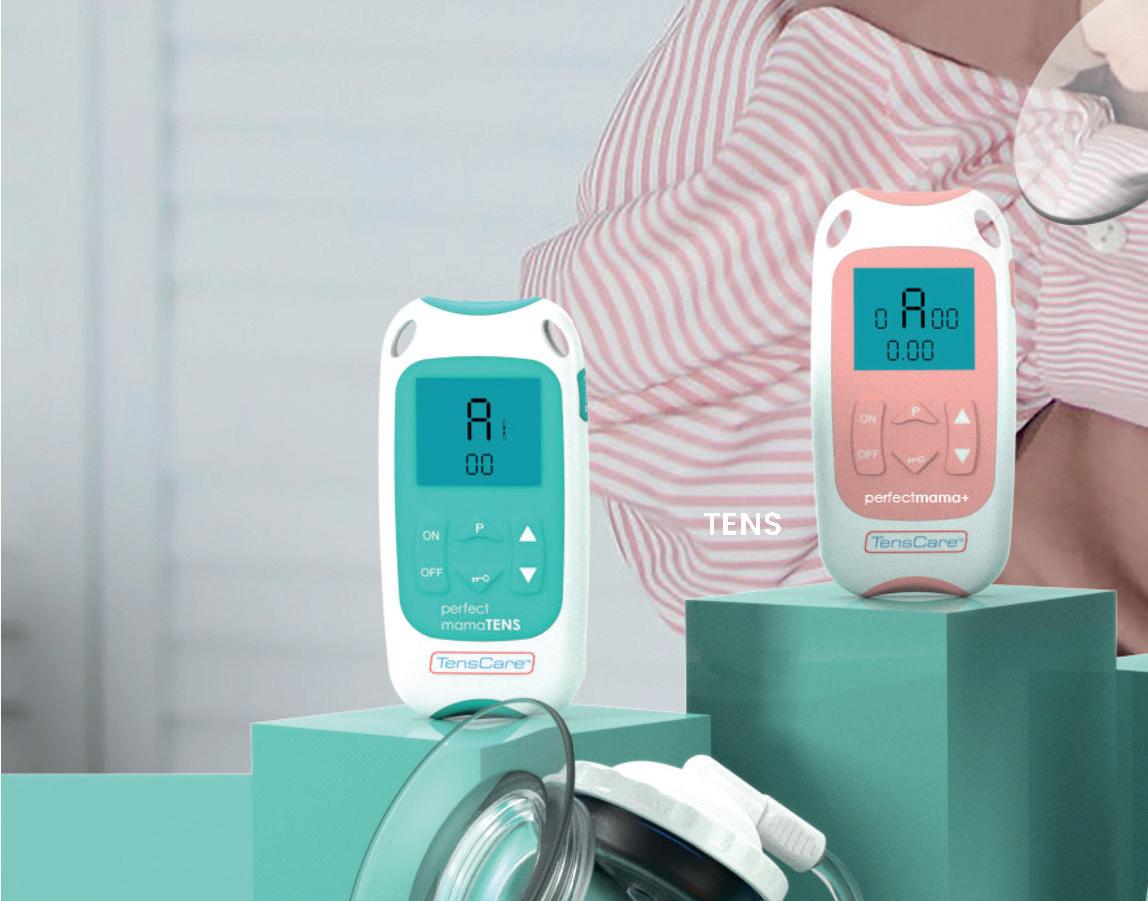
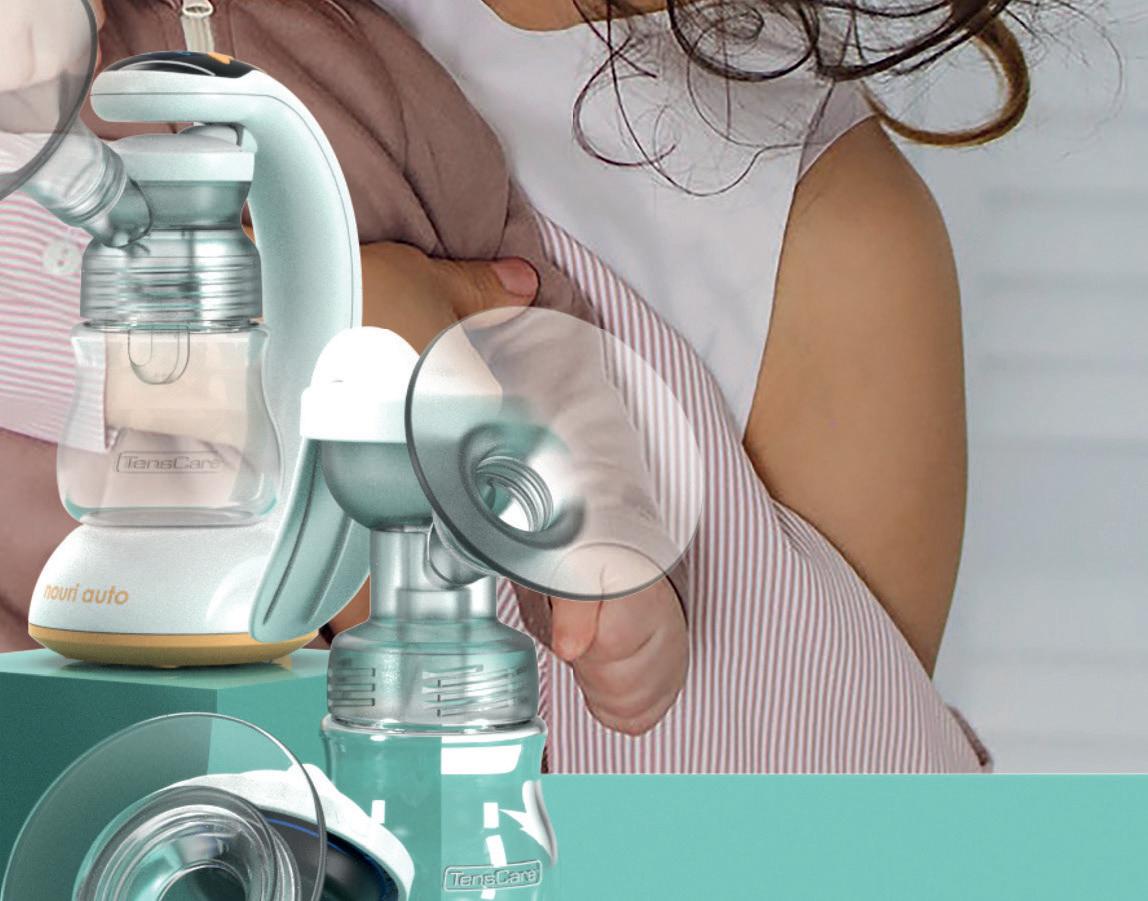
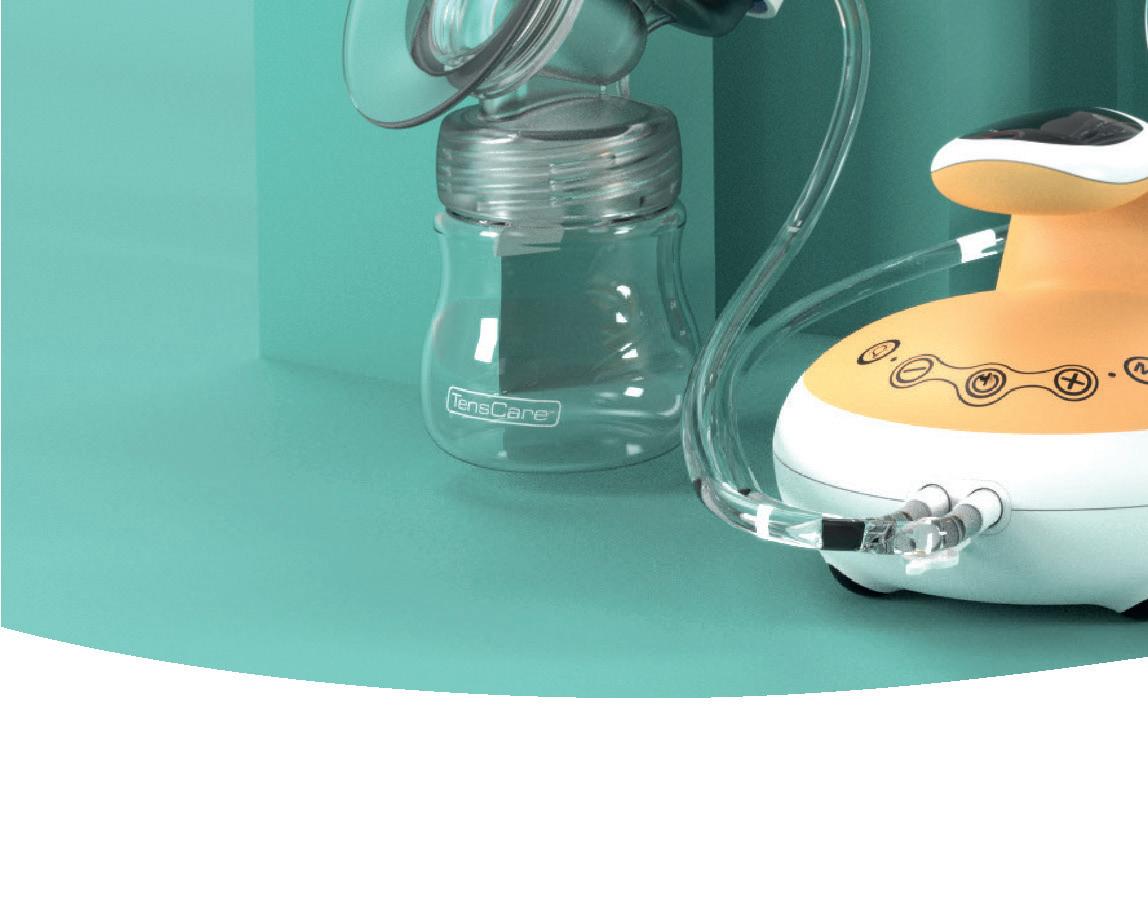
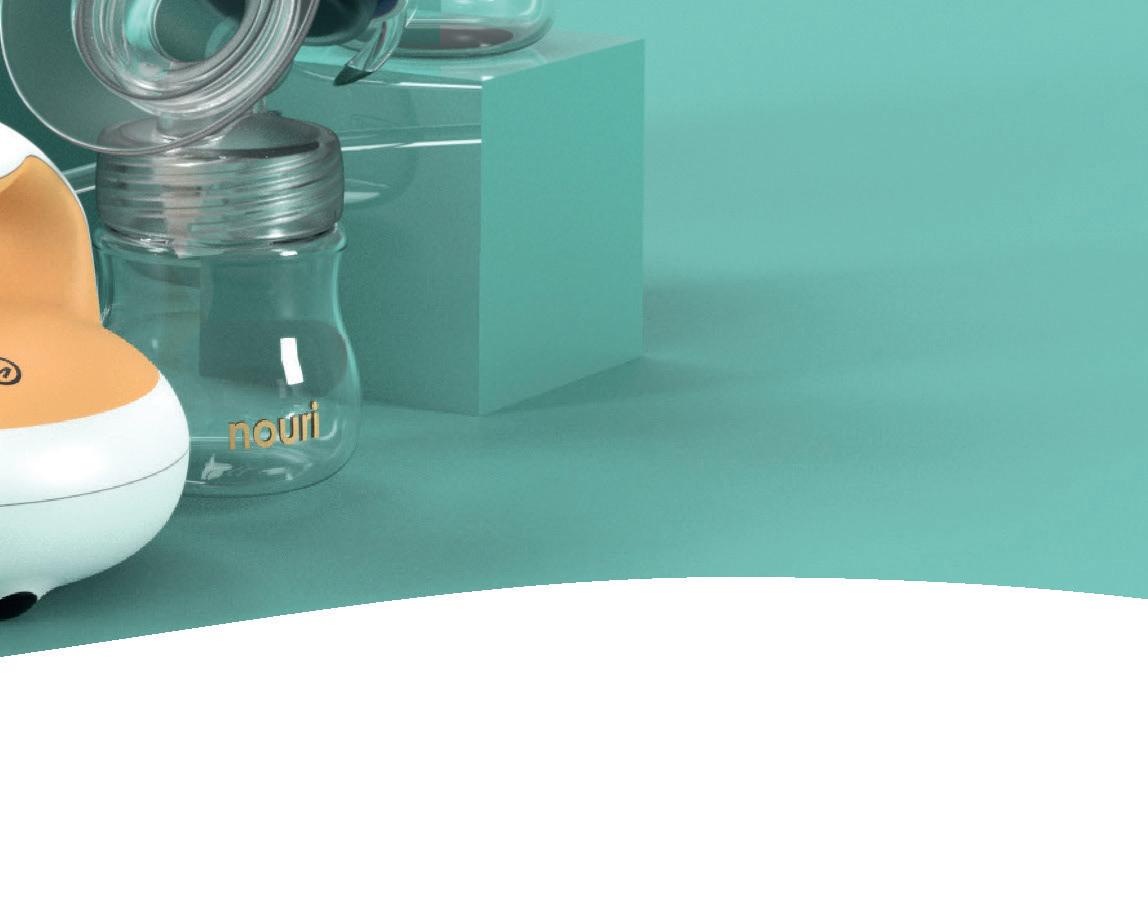

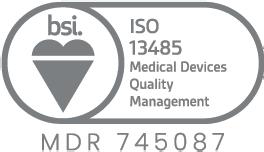









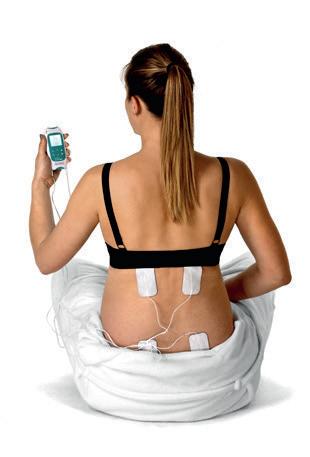

Baby feeding can be one of the trickiest aspects of healthy growth, but there’s plenty of guidance available for each step of the journey
Feeding is one of the aspects of bringing up a baby which can cause the most concern, particularly for first-time parents.
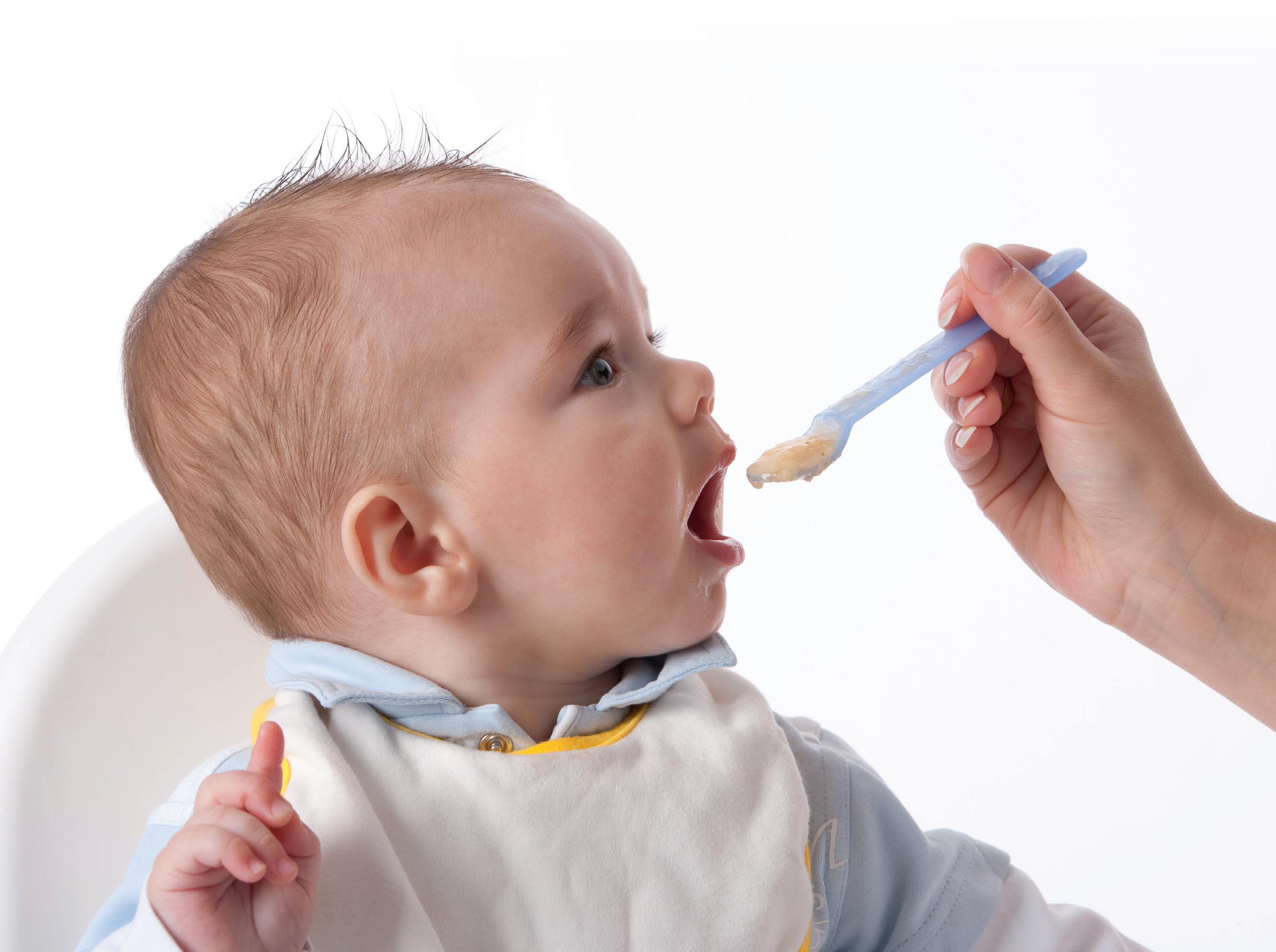
If you think that your baby is not developing healthy feeding habits, it can be a real worry. No two babies are identical in their feeding habits, but there are certain aspects of feeding and nutrition which are essential for proper health and development.
It’s commonly agreed, for instance, that ‘breast is best’. Natural breast milk
passes on protection against infection and diseases, as well as providing balanced nutrition.
Breastfeeding is also generally agreed to have benefits for the mother, building a strong emotional bond between mother and baby.
It can take several weeks for mother and baby to feel completely happy and confident with breastfeeding, as either mother or baby can have difficulty taking to it; but the NHS recommends exclusive breastfeeding for the first six months while
the WHO code recommends up to two years. Once both have got the hang of it, it’s usually possible to offer baby bottles of expressed milk, which has certain advantages, such as if mother needs to leave baby and wants them to be able to have expressed milk while they are away.
If mothers decide to move to bottle feeding, the NHS suggests that they can start by replacing one of baby’s regular daily breastfeeds with a bottle (or, if baby is over six months, a cup or beaker) of formula, instead. »
It helps if you have the right equipment for feeding babywithout it, things can get messy! Here’s a list of the essentials:
❖ High chair – make sure baby is sitting upright and is strapped in to promote proper chewing and swallowing
❖ Sippy cup - encouraging baby to take water from a cup instead of a bottle helps them learn to sip and promotes proper development of their teeth
❖ Weaning spoons – soft weaning spoons made of rubber or plastic are easier on baby’s gums
❖
Bibs - easy-clean plastic bibs are an essential, along with a mess mat on the floor
❖ Bowls – plastic types with a suction base can prevent food being slopped everywhere

Formula milk, also known as baby formula or infant formula, is usually made from cows’ milk that has been treated to make it more suitable for babies. There’s a wide range of brands and types of formula available in pharmacies and shops. You should always check labels carefully to make sure you’re buying a suitable milk for your baby.
Baby formula comes in powder or liquid form, and provides babies with the nutrients they need to grow and develop. In many cases it contains additional nutrients such as calcium, iron, Omega-3 DHA, essential for development of the brain and nervous system, and Vitamin D, essential in development of the musculo-skeletal system and immune system.
First infant formula (first milk) should always be the first formula you give to your baby, and should be all they need for the first six months. You can continue with it for the first 12 months, as solid foods are introduced.
At the age of one, baby can start to drink whole cows’ milk or sheep’s or goats’ milk (so long as it’s pasteurised). Semi-skimmed cows’ milk is a suitable main drink for children over 2 who are eating a balanced diet, and it’s recommended that all children
aged 6 months to 5 years have vitamin drops containing vitamins A, C and D every day.
Just when you have the hang of breastfeeding or preparing formula, at the age of about six months it’s time to start weaning them onto solid foods, in conjunction with milk. This stage is known as “complementary feeding”.
The complementary feeding stage teaches baby to chew food and move it around their mouth. Again, it can be a period of concern if you think that your baby’s eating isn’t developing normally, but there are many signs which can help you to make the process go more smoothly.
Your baby will only eat as much as their appetite dictates, so let them be your guide. Be responsive to their cues and learn to recognise when they’re hungry and when they’ve had enough.
It’s a good idea to feed at a regular time of day, but you don’t always feel in the mood at the same time - it’s more important that baby doesn’t feel rushed, and can take time to learn this new skill.
A baby’s look of disgust at new food doesn’t necessarily mean they don’t like it, it’s just their response to a new taste. It may take 10 tries or more for them to get used to new foods, flavours and textures.
Babies learn a lot from watching you eat — sit down together for family mealtimes as much as possible.
It’s recommended that breastfed babies are given a daily vitamin D supplement from birth – whether or not you’re taking a supplement containing vitamin D yourself, and from six months to five years, it’s recommended that all babies and children are given vitamin A, C and D every day.
Babies having 500ml (about a pint) or more of first infant formula a day shouldn’t be given vitamin supplements, as first infant formula already contains vitamin D and other nutrients.
There’s conflicting advice around on when best to introduce solid food to a baby’s diet,
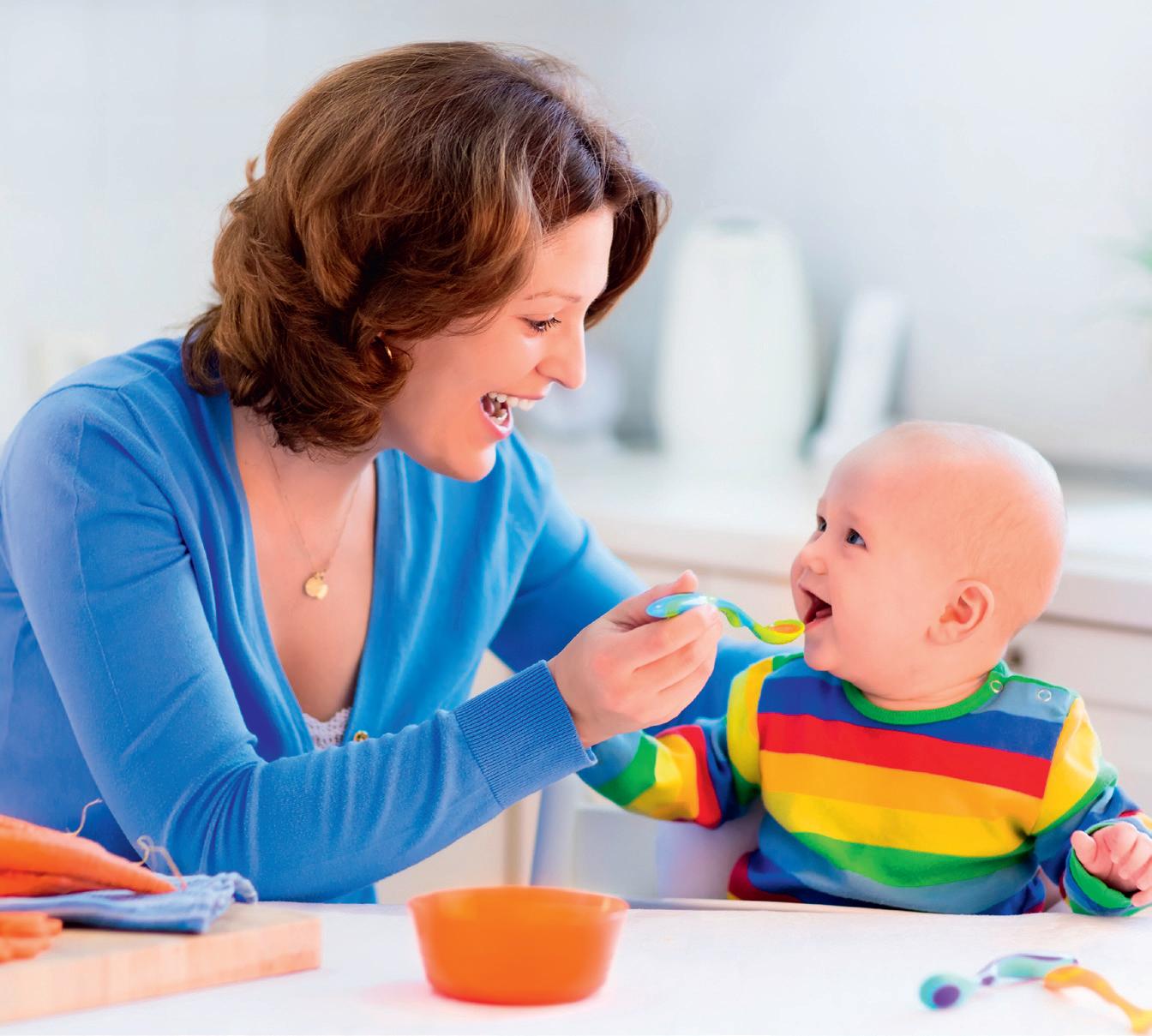
Advice on introducing solid foods from around six months is the same for vegetarian and vegan babies, as it is for non-vegetarian babies. A wellplanned, varied and balanced vegetarian or vegan diet can supply the energy and most of the nutrients they need to grow and develop, but may also need specific supplements in addition to the standard vitamins. Infant formula (based on either cows’ milk or goats’ milk) is the only suitable alternative to breast milk for babies under 12 months old. Soya-based formula should only be used on medical advice.
but the general opinion is that it should be around six months. Before that time it’s unlikely that baby will be developed enough to deal with solids, and by the age of six months they will have better motor skills and will find it easier to manage mashed or lumpy foods, rather than just pureed.
The signs that your baby is ready to move onto solids are: h They will be able to stay in a sitting position, holding their head steady h They can coordinate their eyes, hands and mouth so they can look at their food, pick it up and put it in their mouth h They swallow food readily rather than spitting it out
From around the age of six months, baby will need only a small amount of solid food, once a day, at a time that suits you both.
A good place to start is with a single vegetable or fruit, such as blended, mashed, or soft cooked sticks of parsnip, broccoli, potato, yam, sweet potato, carrot, apple or pear. You can also try baby rice mixed with baby’s usual milk. Make sure any cooked food has cooled right down before offering it to baby. ■
Your baby is on an incredible journey. Every day they’re growing, learning, doing something new, and overcoming little challenges. Help set them on the right track towards a bright future with LITTLE STEPS® Baby Food.
LITTLE STEPS® range of tasty cereals and snacks has been specially designed for little people.
LITTLE STEPS® Multigrain Cereals are enriched with important nutrients like Iron and Vitamin C.
LITTLE STEPS® Savoury Crackers and LITTLE STEPS® Popcorn Puffs are suitable from babies from 12 months onwards and specially developed for little fingers. www.smababy.co.uk/lsbaby
IMPORTANT NOTICE:
LITTLE STEPS® Multigrain Cereals is a complementary food intended for spoon feeding from 6 months and is NOT to be used as a breast milk substitute. LITTLE STEPS® Snacks: Older infants and children may need up to 2 healthy snacks between meals each day. Be mindful not to overfeed your baby.

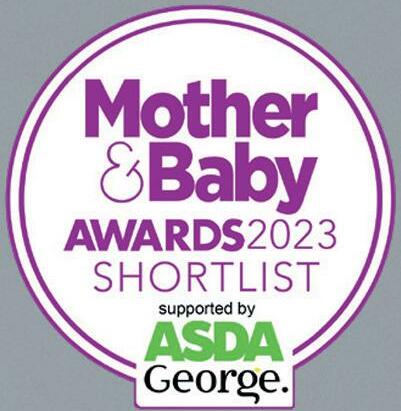



Health experts agree that breastmilk is the best form of nutrition for your baby - it provides just the right nutrients your baby needs to grow and develop, and also helps the child to fight infections in the early months. The longer you can breastfeed, the greater the benefits.
Most mothers will want to move on to mixed feeding or formula feeding when possible, but as the antibodies, antioxidants, growth factors, and hormones contained in breastmilk play an essential role in the protection of babies from infections, it’s best to keep up feeding with breast milk as long as possible. If the mother is exposed to any bacteria or virus, her body produces antibodies to fight it o , and these antibodies are passed on through breastmilk, providing protection for the baby against these infections and
illnesses. It also works the other way; a sick baby may pass on germs to their mother, causing their immune system to respond and making antibodies, which through the breastmilk will support the baby in fighting the infection.


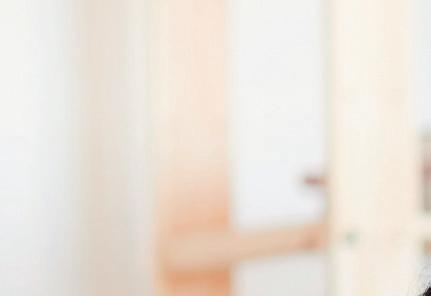
Research also suggests long-term benefits of breastfeeding, such as a lower risk of developing diabetes and obesity in adulthood, and improved gut bacteria balance.


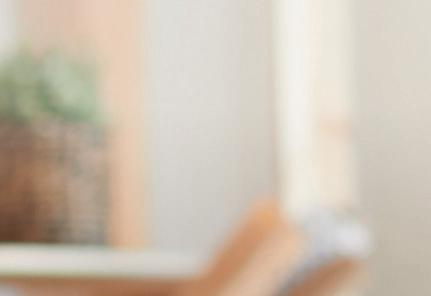
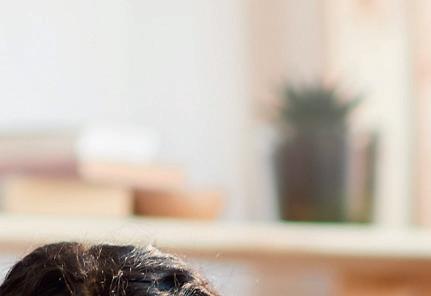



There are also benefits of breastfeeding for the mother, including quicker recovery a er delivery due to contraction of the uterus caused by the hormone oxytocin, which is produced during breastfeeding. Breastfeeding is also thought to lower the risk of developing breast and ovarian cancer, type 2 diabetes and high blood pressure.
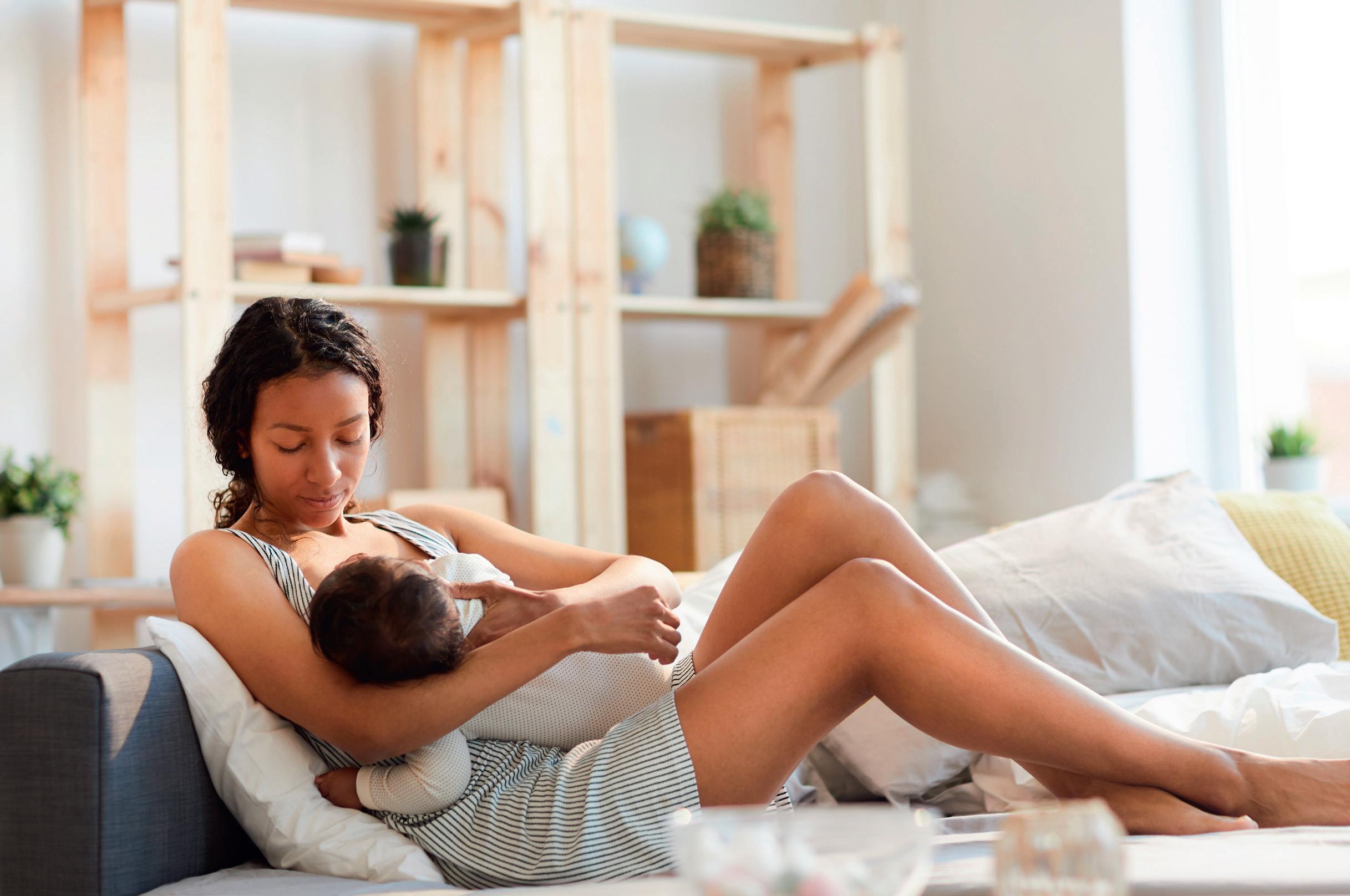
Some mothers though find breastfeeding a challenge, with low milk supply, sore nipples, or baby having di iculty latching on. There may also be social di iculties such as the mother wanting to return to work.
Combination feeding of a mixture of breastmilk and formula is a common option, as is pumping or expressing breastmilk and feeding the baby with a bottle. This is a good way to o er the baby the benefits of breastmilk, while not being tied down to the routine of breastfeeding.
It’s important to bear in mind that if you are expressing breastmilk, either by hand or using a pump, expressed milk can be kept refrigerated (at 4°C or lower) and used within 3-4 days, or it can be safely frozen for up to 6 months. Whichever method of feeding works for you, your doctor, midwife or a lactation specialist will be there to support you through the process. ■


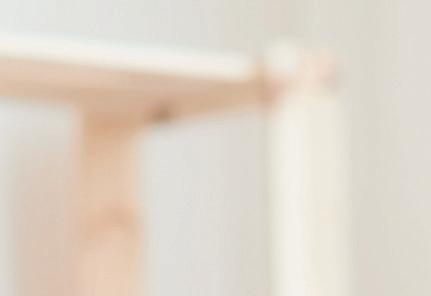

Experts agree that breastmilk is best for babies, but if you find it di cult to breastfeed, there are lots of sources of help
While you should always talk to a health professional about any concerns you have about taking medicines during pregnancy, there are some simple guidelines you should bear in mind to make sure that you don’t expose your baby to any drugs with harmful side-effects.
Don’t assume just because a familiar drug is available over the counter that it is necessarily safe to use while pregnant. Take advice from your doctor, midwife, pharmacist, or dentist where relevant.
Even some familiar over-the-counter painkillers such as ibuprofen can cause harm to a growing baby, so your first step when you know you are pregnant, and ideally before you get pregnant, is to ask your doctor whether it is safe to stay on any medicines you are using regularly.
Let’s look at some of the treatments for common conditions and discuss which are safe during pregnancy.
Acne and psoriasis
Treatments such as Isotretinon (Roaccutane) and Co-cyprindiol can cause malformations, and Vitamin A gel or cream should be avoided. But topical gels and creams such as benzoyl peroxide and antibiotic creams are safe.
Oral anticoagulants such as Warfarin taken to thin the blood when treating heart disease or blood clots can cause developmental problems in the foetus if taken during early pregnancy, and taken later on can raise the risk of uncontrolled bleeding.
If you are taking any anti-depressant or anti-psychotic medicine, it’s important that
you do not stop taking it without discussing it with your doctor. If it’s necessary to change your treatment during pregnancy, alternatives such as CBT (Cognitive Behavioural Therapy) can be discussed.
The best treatment for this condition is to increase your fluid intake to around eight 200ml glasses of water per day. Adding fibre from fruit and vegetables to your diet can also help.
The stool softener lactulose is safe, as are the laxatives senna or cascara. You can also try bulk-forming laxatives containing ispaghula, methylcellulose, bran, or sterculia, along with plenty of water intake.

Cough and cold remedies often contain a mixture of ingredients, so always check what is included. Paracetamol is safe if taken within the recommended doses. Simple cough linctus or lozenges with honey of glycerol are safe, as are honey and lemon drinks. Steam inhalations for a blocked nose are also safe.
Sodium valproate (Epilim) used to prevent seizures can cause problems with foetal development. If your doctor says you should continue taking sodium valproate, a folic acid supplement may be prescribed.
Try sodium cromoglicate nasal spray or eye drops, nasal sprays containing corticosteroids such as beclomethasone (for a short time only), chlorphenamine (for limited use only, particularly in third trimester), or steam inhalations for a blocked, stuffy nose.
Avoid anti-allergy products containing
antihistamines (brompheniramine, meclozine, diphenhydramine, doxylamine, cetirizine and loratadine), and nasal decongestants with ingredients such as pseudoephedrine, phenylephrine, xylometazoline, and oxymetazoline.
Pain is common in pregnancy, but a prime cause of headaches can be dehydration, so try drinking more water before taking headache medication.
Paracetamol should be taken only within the recommended dose on the packet.
Codeine and dihydrocodeine can be obtained on prescription when necessary, but they should only be taken for short periods. If overused, particularly towards the end of pregnancy, they can cause withdrawal symptoms or possibly breathing problems in your baby.
Aspirin, ibuprofen, and other nonsteroidal anti-inflammatory drugs (NSAIDs) can interfere with blood clotting, and if used in the last few weeks of pregnancy could cause problems with the baby’s heart and lungs. Ibuprofen may interfere with labour or cause oligohydramnios (reduced amniotic fluid).
Anti-migraine drugs, such as ergotamine and methysergide, raise the risk of miscarriage and stillbirth, and triptans may also be unsafe.
Your first step should be to make dietary changes such as cutting out fizzy drinks and spicy or acidic foods. Otherwise you can try alginates, ranitidine and omeprazole, but avoid medicines containing aspirin (salicylate or acetylsalicylic acid), and sodium bicarbonate.
Finally, remember that even some alternative medicines can carry risks – aromatherapy oils, for instance, may be natural, but they are still strong chemicals and some are not recommended for use during pregnancy. Always check with a qualified aromatherapy practitioner and with your doctor before use.
If you suffer from a condition such as asthma, diabetes, high blood pressure, or mental health issues, it is usually safer to stay on the drugs rather than to let the condition go untreated. But your doctor may advise a change in prescription to a different drug which is known to be safe in pregnancy.
For more advice contact the pregnancy advice charity Tommys. org, the Pregnancy and Baby Guide and Start4Life pages at www.nhs. co.uk, and the UKTIS (UK Teratology Information Service) website, BUMPS (Best Use of Medicines in Pregnancy) at medicinesinpregnancy.org ■

There’s a common perception that health-and-safety fanatics have taken all the fun out of children’s play - if it’s not banning conker fights, it’s replacing playground equipment with soft play areas. In fact, of course, there’s a sensible balance to be set, but safety is of paramount importance, and following a few sensible rules for play will help kids to follow regulations in later life.
The Health and Safety Executive has worked with the Play Safety Forum to produce a joint high-level statement that gives clear messages tackling these misunderstandings. This statement explains that:
h Play is important for children’s well-being and development
h When planning and providing play opportunities, the goal is not to eliminate risk, but to weigh up the risks and benefits
h Those providing play opportunities should focus on controlling the real risks, while securing or increasing the benefits – not on the paperwork
h Accidents and mistakes happen during play – but fear of litigation and prosecution has been blown out of proportion
In the early years, the main concern will be with toy safety. Toy safety was regulated by European legislation, but now the UK has left the EU, the Toys (Safety) Regulations 2011 No. 1881 have been extensively updated to stand alone, and now contain the full information formerly from the European Directive. EU specific information has been removed and replaced with UK specific steps or processes.
ROSPA, the Royal Society for the Prevention of Accidents, gives the following advice for toy safety.
h Look for the CE symbol and UKCA mark. This is a claim by the manufacturer that the toy meets regulatory requirements
and applies in England, Scotland and Wales. In the case of Nothern Ireland, look for the CE symbol. You may also see the UKNI mark along with the CE symbol. Products which don’t include these marks/symbols may not be intended to be used as toys, but are novelties which may not be safe for children to play with.
h Also look for the voluntary British Toy and Hobby Association’s (BTHA) ‘Lion Mark’. A condition of BTHA trade association membership is that members’ toys will meet the statutory safety requirements
h Buy from suppliers with a good reputation for safe and reliable toys. Many will be members of trade associations whose rules call on them to meet high standards
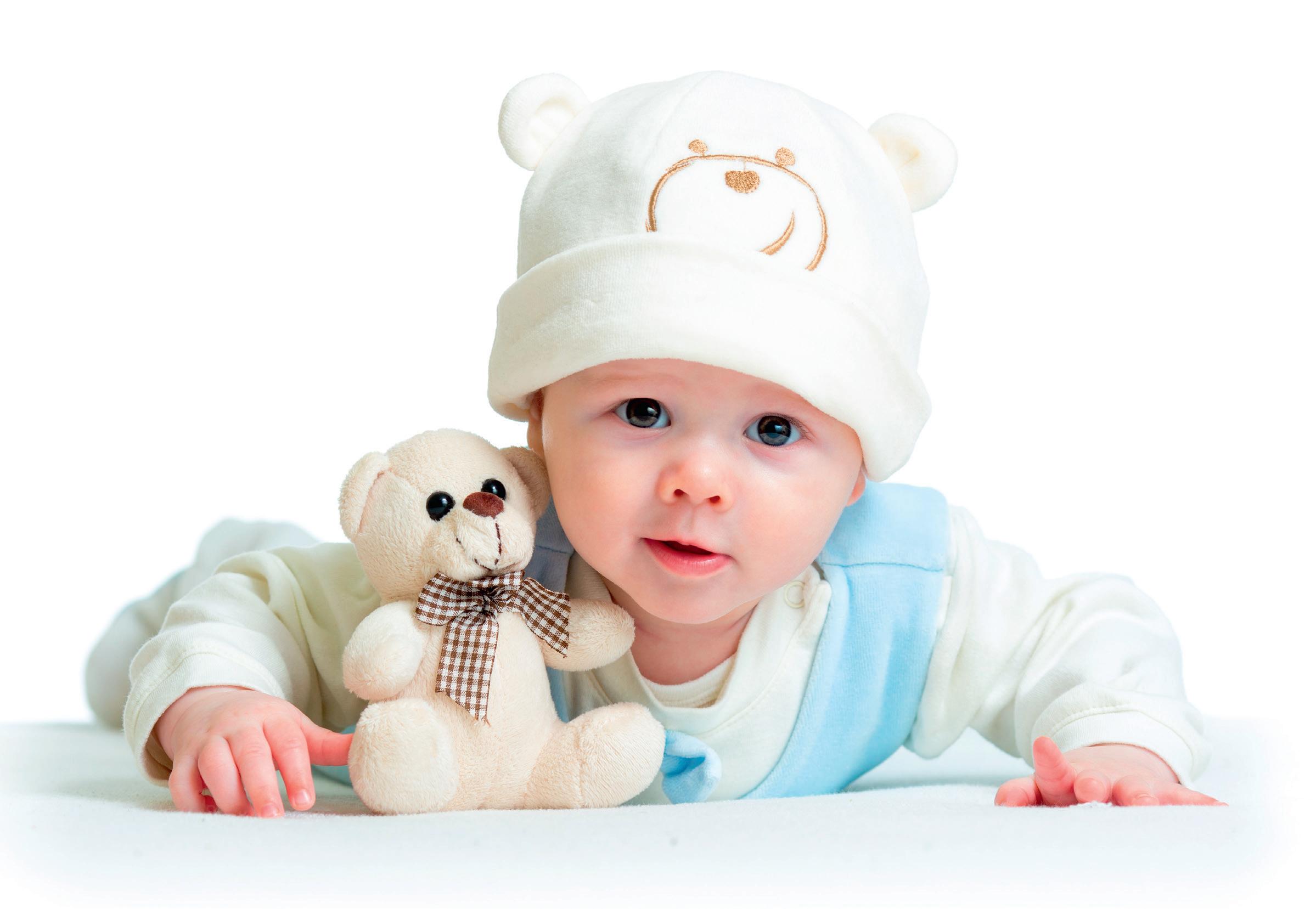
Play is essential, but safety even more so - how can you make sure your kids are safe while they’re having fun indoors and out?
h If buying toys online, from a jumble sale or car boot sale, extra care needs to be taken. Make sure the toys are suitable. Some children, particularly those under three, are more vulnerable, especially to choking, and less able to cope with some toys than older children. It should also be remembered there will be significant differences in the abilities of those in the same age group, and those children with special needs.
h Avoid the following:
◆ Toys with loose pile fabric or hair which sheds easily, presenting a choking hazard
◆ Toys with small components or parts which detach
◆ Toys with sharp points and edges or finger traps
◆ Loose ribbons on toys and long neck ties on children’s costumes
◆ Small toys sold with items of food
h Check toys periodically to see that they have not become dangerously worn, revealing sharp points and edges or filling materials. Throw them away if they are no longer safe, or if they are a particular favourite with your child have them properly repaired
h Children under three should never be allowed to play with toys which are marked as being unsuitable for them. With some toys it is important to supervise children during play, e.g. chemistry sets. The instructions must be observed and should warn you about all the hazards and how to avoid or control them.
Toys can be dangerous to adults toomany accidents are caused by people tripping over toys left lying around, particularly on staircases. Encourage children to play with one toy at a time, to be tidy and put toys away after play. This applies whether at home or at school or playgroup.
Traditionally, children’s playgrounds have been the scene of some of the most serious accidents - but in recent years, legislation covering the design of equipment and materials used in play surfaces has reduced the risks. For instance, wooden swing seats have been replaced with rubber, hinged rockers with springs, lengths of slides and surfacing areas regulated, and so on.
Investment in public parks and play areas was generated by the national play strategy launched by the government in 2008. The ‘Playbuilder’ scheme injected over £235m into building, refurbishing and improving playgrounds around the country. The programme was supported by Play England and two inspirational documents were promoted. The first was ‘Managing Risk in Play Provision’ and the second, ‘Design for Play – a guide to creating successful play spaces’.
Both documents, particularly the first, promoted a revolution in attitude to children’s outdoor play and banished myths that play equipment should be so safe and prescriptive that children do not get an opportunity to learn about themselves. The second promotes natural play, and introduces the idea of ‘managed risk’ and how to apply it to the design of play areas. It also describes how welldesigned play areas allow children to play creatively, while still experiencing an element of risk, in a challenging and exciting environment.
ROSPA, the Royal Society for the prevention of Accidents, has the following guidelines for outdoor play areas. »
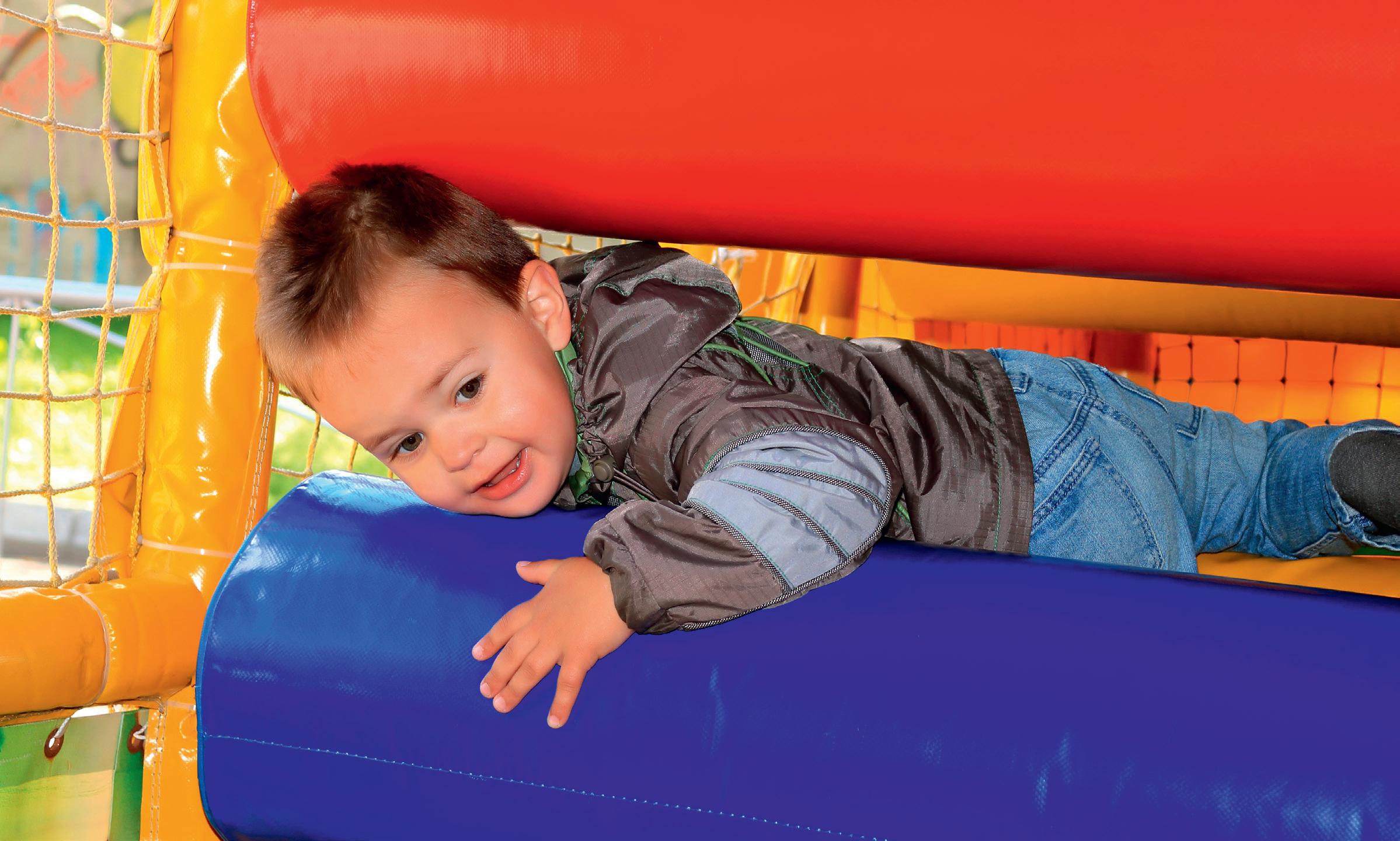
The play area shall be sited in a position which is suitable for its purpose and which may be reached in safety. Any surrounding features which are likely to constitute a danger to children using the area shall be removed or protected by appropriate safety measures
The design of the area shall comply to normal safety standards and, where appropriate to relevant British Standards
New equipment used shall conform to EN 1176. Compliance may be judged by a BS Kitemark, TüV mark or by such testing as may be reasonably carried out on site. The equipment design shall be appropriate for the anticipated age ranges of the users
Appropriate surfaces shall be provided. Where a protective surface is provided it
shall have been tested in accordance with BS 7188 and EN 1177.
The installer shall provide written confirmation that the equipment has been installed in accordance with the manufacturer or designer’s instructions and to the relevant Standard where appropriate
Appropriate insurance shall be taken out to protect users and any staff. The play area shall be inspected weekly by a competent person, preferably with some basic training. An annual inspection by an independent specialist shall be undertaken. Appropriate maintenance and repairs shall be carried out and records kept
Remember, play should be fun, but it can also be educational, and teaching the basics of health and safety should all be part of the play experience. ■
It’s not such a worry in the winter, but in warmer weather, a child’s thoughts might turn to paddling pools in the garden and water play. Both activities are undoubtedly exciting and worthwhile, but of course they do have serious risks.
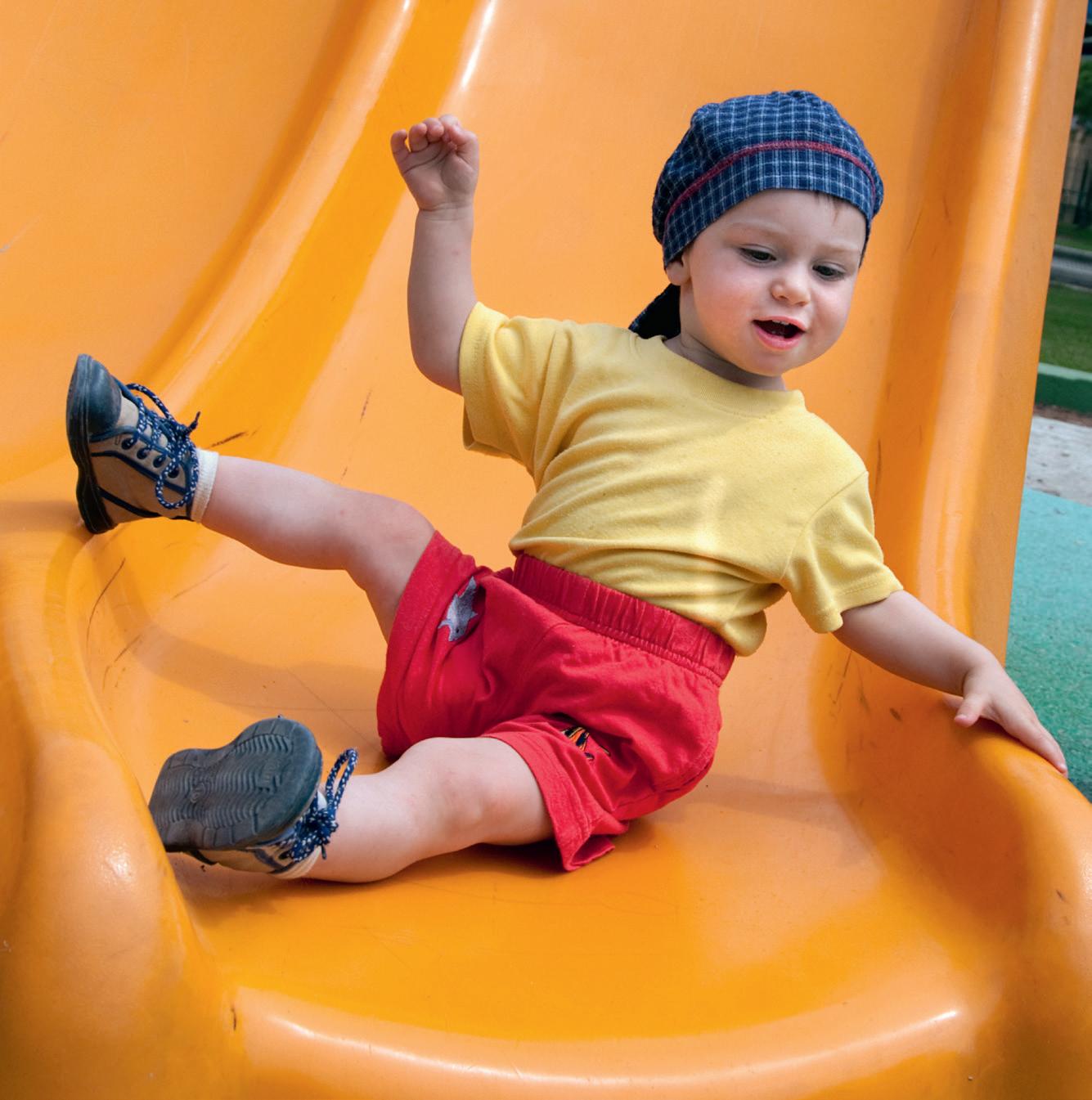
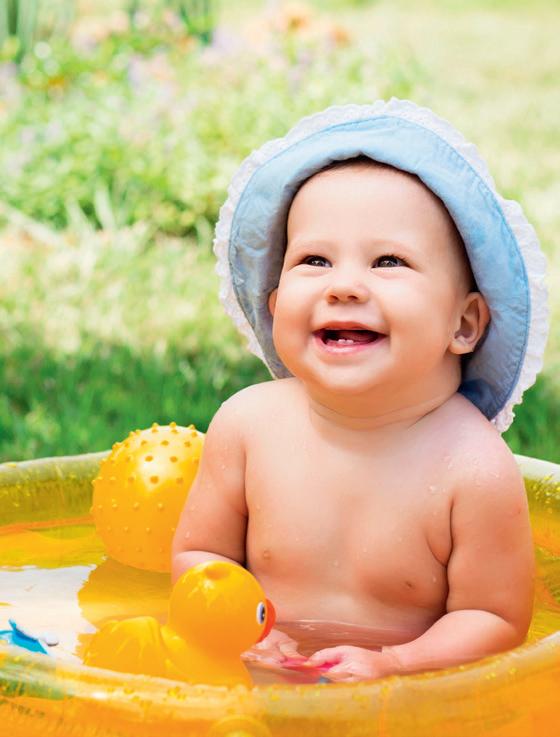
Childcare.co.uk suggests the following water safety measures.
✤ Children are fully supervised when playing with water
✤ Water is the correct temperature for use by children
✤ Resources used with water play are checked for safety before use and discarded if broken or damaged
✤ Fresh water is used and changed daily: if there is a risk of local contamination advice is taken before children are allowed to play
✤ Children are reminded not to drink the water
✤ In sunny weather, sun cream is re-applied after water play.
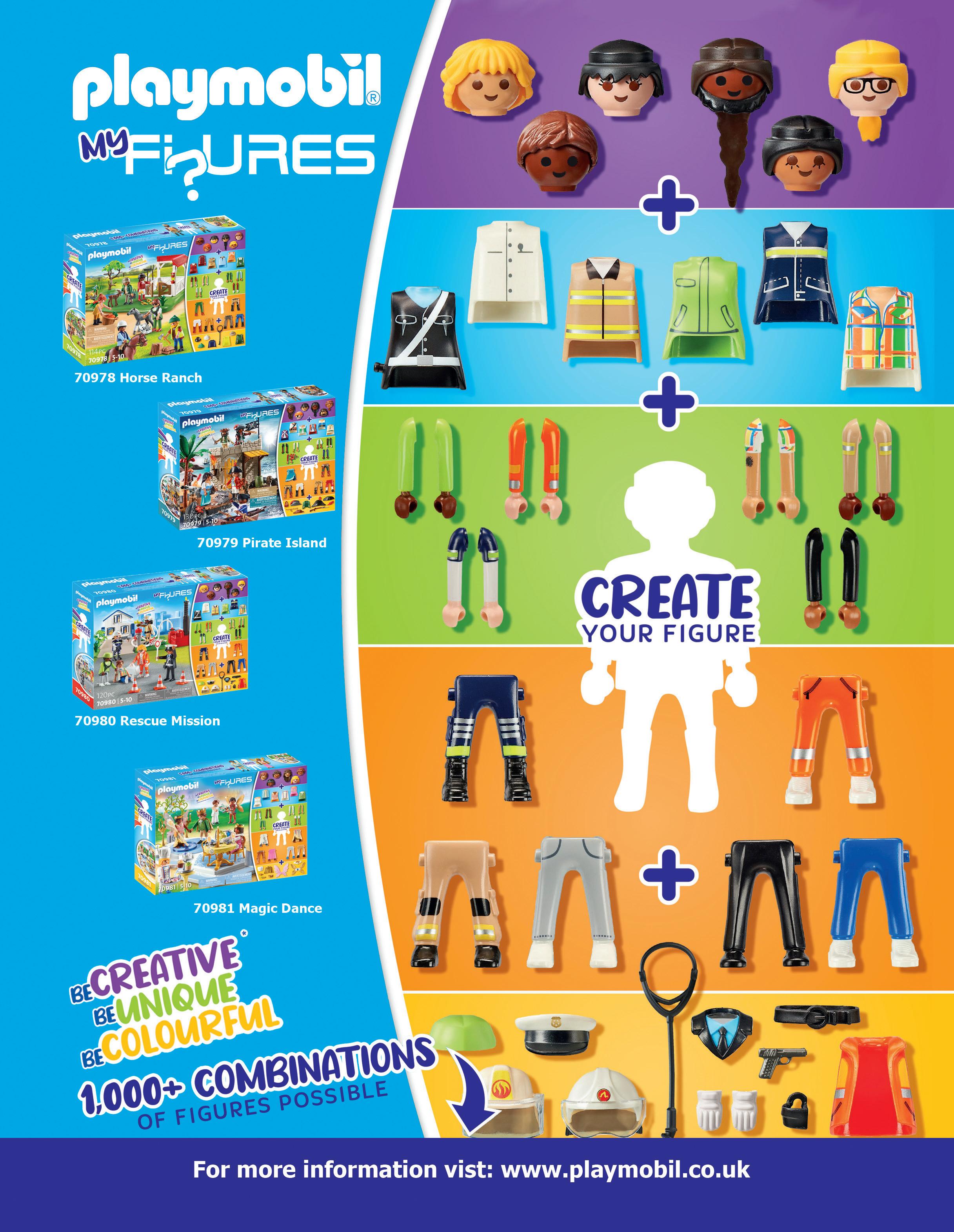

Do you want to keep fit in pregnancy or get your figure back after giving birth? Here are some top tips to help you shape up
Are you worried about getting out of shape while you’re pregnant?
Or perhaps concerned that you should cut down on exercise for safety? Both concerns are valid, but there’s plenty of good advice to help you stay in shape and make sure your pregnancy is safe.
The NHS advises that the more active and fit you are during pregnancy, the easier it will be for you to adapt to your changing shape and weight gain. It will also help you to cope with labour and get back into shape after the birth.
You should:
✔ Keep up your normal daily physical activity or exercise (sport, running, yoga, dancing, or even walking to the shops and back) for as long as you feel comfortable
✔ Slow down as your pregnancy progresses or if your maternity team advises you to. If in doubt, consult your maternity team
✔ Always warm up before exercising, and cool down afterwards
✔ Try to be active on a daily basis – 30 minutes of walking each day can be enough, but if you cannot manage that, any amount is better than nothing
✔ Drink plenty of water and other fluids
✔ If you go to exercise classes, make sure your teacher is properly qualified and knows that you’re pregnant, as well as how many weeks pregnant you are
Do not:
✘ Suddenly take up strenuous exercise. If you start an aerobic exercise programme (such as running, swimming, cycling or aerobics classes), tell the instructor that you’re pregnant and begin with no more than 15 minutes of continuous exercise, 3 times a week. Increase this gradually to daily 30-minute sessions
✘ Take strenuous exercise in hot weather
✘ Take exercise that has a risk of falling, such as horse riding, downhill skiing, ice hockey, gymnastics and cycling, as falls carry a risk of damage to your baby
✘ Take part in contact sports where there’s a risk of being hit, such as kickboxing, judo or squash

✘ Go scuba diving, because the baby has no protection against decompression sickness and gas embolism (gas bubbles in the bloodstream)
✘ Do not exercise at heights over 2,500m above sea level – this is because you and your baby are at risk of altitude sickness
Remember that exercise does not have to be strenuous to be beneficial. As a general rule, you should be able to hold a conversation as you exercise when pregnant. If you become breathless as you talk, then you’re probably exercising too strenuously.
muscles to help you carry the extra weight of pregnancy. They’ll also make your joints stronger, improve circulation, ease backache, and generally help you feel well. As your baby gets bigger, you may find that the hollow in your lower back increases and this can give you backache. These exercises strengthen stomach (abdominal) muscles and may ease backache, which can be a problem in pregnancy.
h Start in a box position (on all fours) with knees under hips, hands under shoulders, with fingers facing forward and abdominals lifted to keep your back straight
h Pull in your stomach muscles and raise your back up towards the ceiling, curling your trunk and allowing your head to relax gently forward. Do not let your elbows lock
h Hold for a few seconds then slowly return to the box position
You should not do exercises that involve you lying flat on your back for long periods, particularly after the 16th week of pregnancy, because the weight of your bump presses on the main blood vessel bringing blood back to your heart, and this can make you feel faint.
Source: NHS
Swimming is good exercise because the water will support your increased weight. Some local swimming pools provide aquanatal classes with qualified instructors. These exercises will strengthen your
h Take care not to hollow your back: it should always return to a straight/ neutral position
h Do this slowly and rhythmically 10 times, making your muscles work hard and moving your back carefully. Only move your back as far as you can comfortably.
Pelvic floor exercises help to strengthen the muscles of the pelvic floor, which come under great strain in pregnancy and childbirth. The pelvic floor consists of layers of muscles that stretch like a supportive hammock from the pubic bone (in front) to the end of the backbone (spine).
If your pelvic floor muscles are weak, you may find that you leak urine when you cough, sneeze or strain. This is quite common, and there is no reason to feel embarrassed. It’s known as stress incontinence and it can continue after pregnancy. »
You can strengthen these muscles by doing pelvic floor exercises. This helps to reduce or avoid stress incontinence after pregnancy. All pregnant women should do pelvic floor exercises, even if you’re young and not suffering from stress incontinence now.
h Close up your bottom, as if you’re trying to stop yourself going to the toilet h At the same time, draw in your vagina as if you’re gripping a tampon, and your urethra as if to stop the flow of urine
h At first, do this exercise quickly, tightening and releasing the muscles immediately, h then do it slowly, holding the contractions for as long as you can before you relax: try to count to 10 h Try to do 3 sets of 8 squeezes every day:
to help you remember, you could do a set at each mealtime
h As well as these exercises, practice tightening the pelvic floor muscles before and during coughing and sneezing
After giving birth, you will naturally feel tired and active exercise may be the last thing you want to do. But regular activity can be relaxing, will keep you fit and will help you to feel more energetic. It can also help your body recover after childbirth and may help prevent postnatal depression.
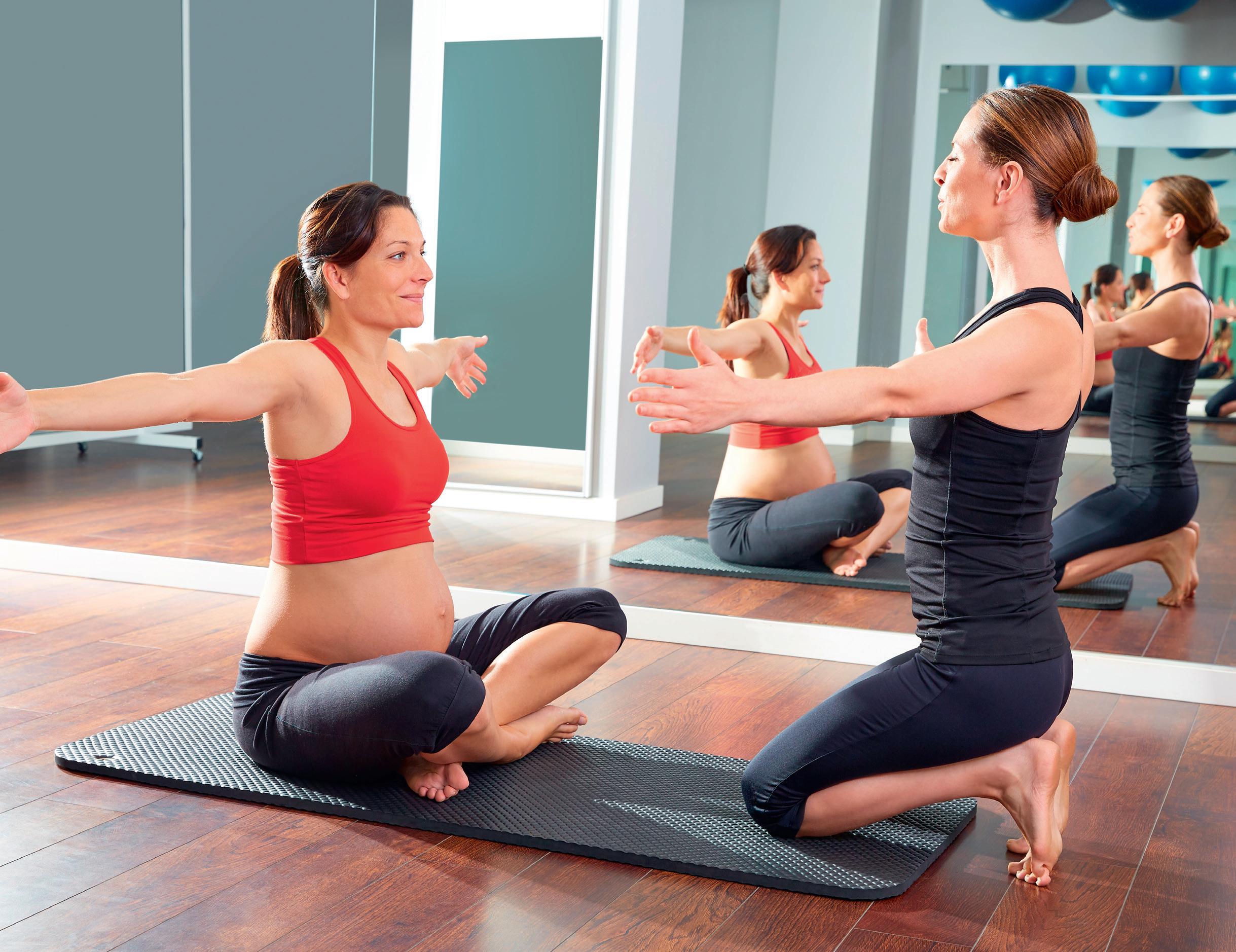
If you had a straightforward birth, you can start gentle exercise as soon as you feel up to it. This could include walking, gentle stretches, pelvic floor and stomach exercises.
It’s usually a good idea to wait until after
your six-week postnatal check before you start any high-impact exercise, such as aerobics or running, but if you exercised regularly before giving birth and you feel fit and well, you may be able to start earlier. Talk to your midwife, health visitor or GP.
If you had a more complicated delivery or a caesarean, your recovery time will be longer. Talk to your midwife, health visitor or GP before starting anything strenuous. Your lower back and core abdominal muscles may be weaker than they used to be, and your ligaments and joints are also more supple and flexible for a few months after birth, so there’s an increased risk of injury if you stretch or twist too much.
Do not rely on your pre-pregnancy sports bra! Your back and cup size are likely to have changed, so get measured for a new one. »














































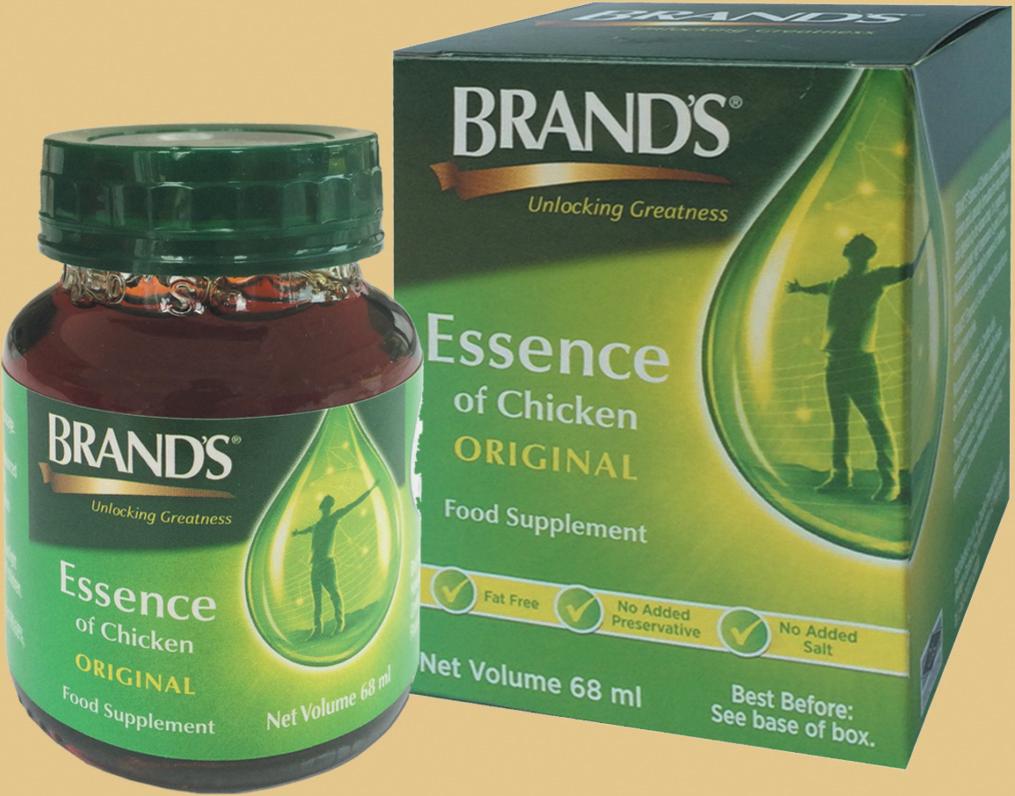

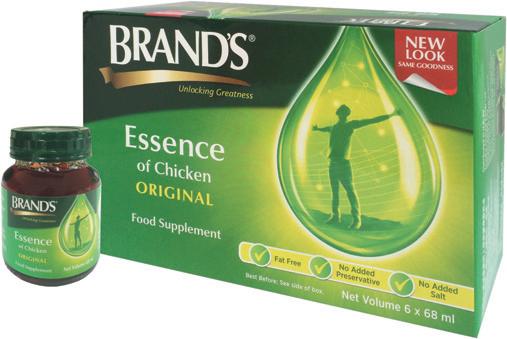











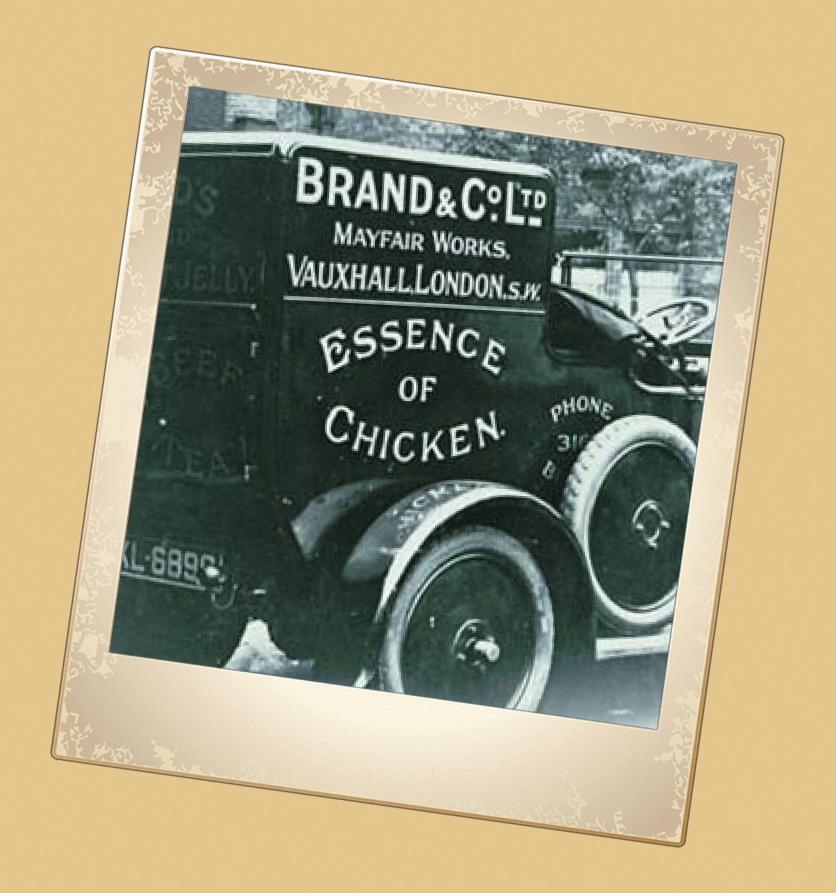

If your postnatal bleeding (lochia) gets heavier or changes colour (becomes pink or red) after activity, you could be overdoing it. You’re also likely to feel very tired. Listen to your body. Pace yourself and make sure you get plenty of rest too. Here are a few top post-natal exercise tips:
h Join a postnatal exercise class. Lots of postnatal classes let you do the class with your baby at your side. Some include your baby and their pram or buggy as part of the workout
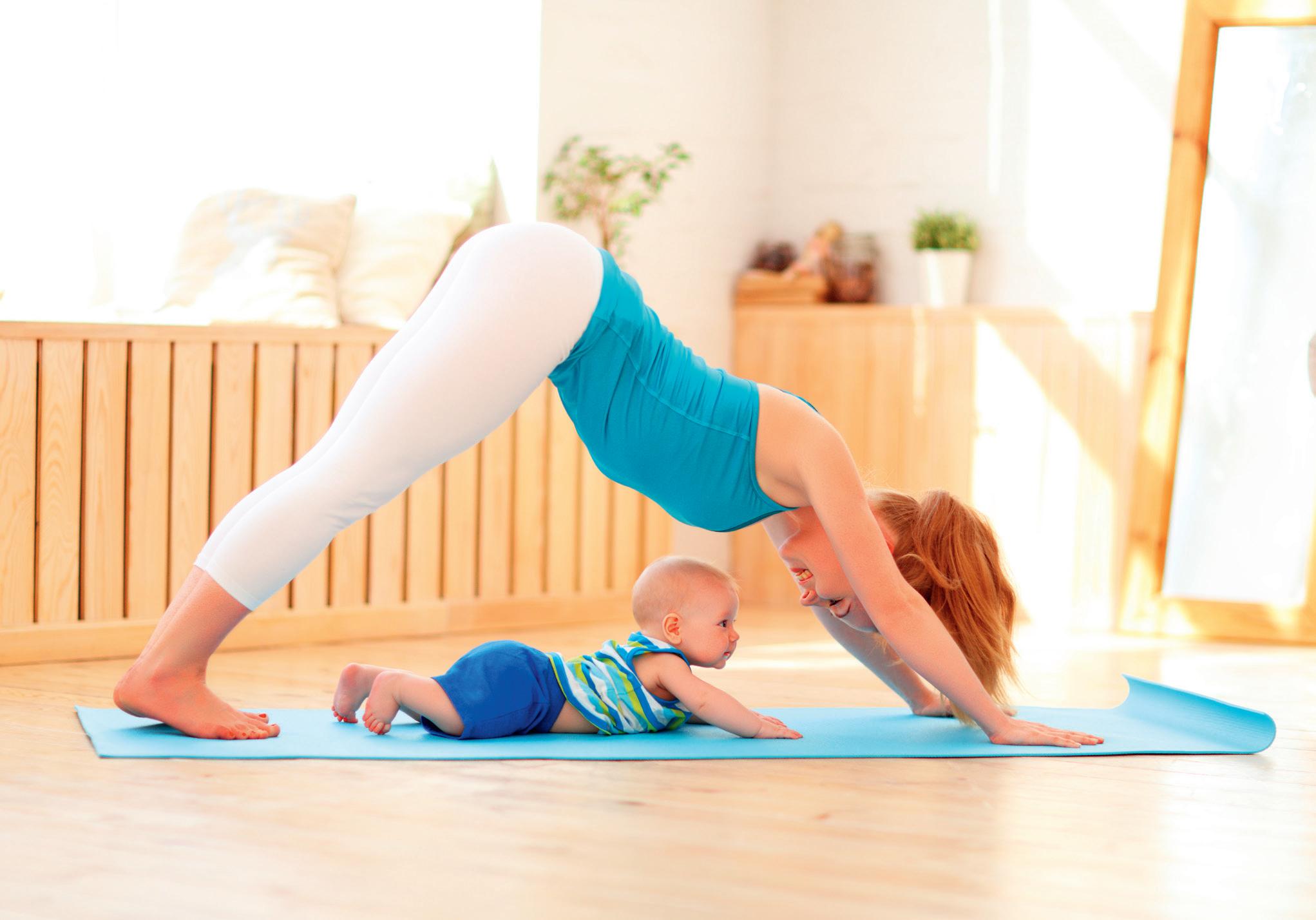
h If you’re going to a class that is not a special postnatal class, make sure you tell the instructor that you’ve recently had a baby
h Push your pram or buggy briskly. Remember to keep your arms bent and your back straight. Make sure the handles are at the right height for you – your elbows should be bent at right angles.
Walking is great exercise, so try to get out as much as you can h Play energetic games with older children. You can exercise by running around with them
h Build activity into your day. Use the stairs instead of the lift or, for short journeys, walk instead of taking the car h Bend your knees when you pick things up off the floor, rather than bending at the waist. If you bend down with bent knees and a straight back, instead of bending over at the waist (straight knees and a bent spine), you’ll strengthen your thigh muscles and avoid damaging your back.
Hold heavy objects close to your body h Try swimming. It’s good exercise and also relaxing, but you’ll need to wait until seven days after your postnatal bleeding has stopped. If you take your baby with you, try to have someone else there to mind the baby so you have a chance to swim. ■
Vibration training machines found in gyms trigger muscle responses in a high-intensity rhythm, designed to improve flexibility and strength with minimal effort on your part. Energy waves sent through the body by the vibrating platform make the muscles contract faster, burning more calories in a shorter time. The best home units are affordable, easy to move, versatile and therefore suitable for your whole family. This technology is not suitable for use while you are pregnant, but after giving birth it’s the ideal way to stimulate circulation and reduce liquid retention, without putting unnecessary stress on joints.
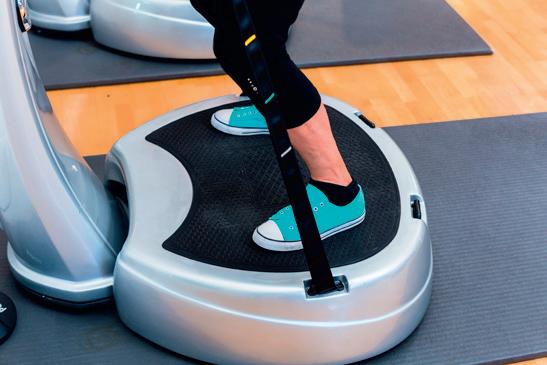
Innovative technologies are making it possible to stay fit without the hassle of a visit to the Gym, or the need to take time out of a busy lifestyle for an extended exercise session.
FlexxiCore have developed two home exercisers that offer exceptionally enjoyable ways to enjoy a work-out that you can adapt to your own needs and feelings. The beauty with both devices is their versatility and accessibility – including affordability – for all age groups and fitness levels.
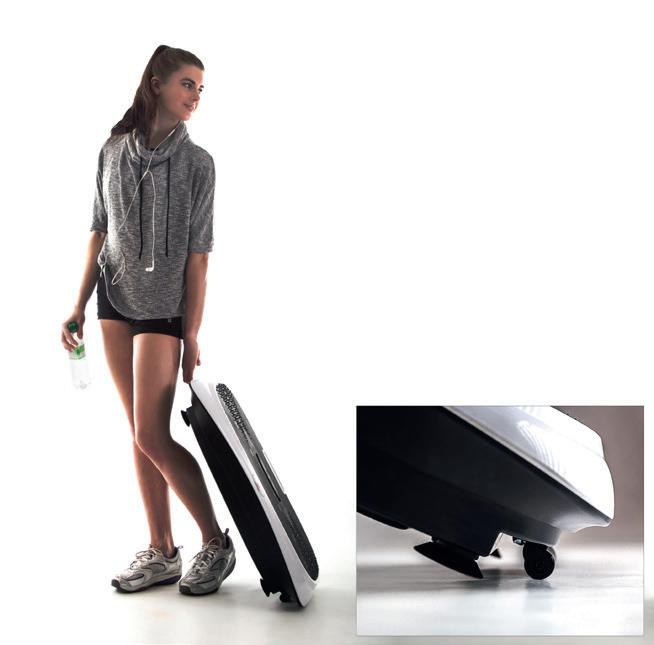
Thanks to the marvels of what professional body workers call “tensegrity” - the inherently intelligent ways that our fascia1 (connective tissue) interact - both the FlexxiCore Challenger and the FlexxiCore Passive Exerciser stimulate a series of natural bodily responses through the transmission of waves throughout the body’s fascia. As well as triggering release of tension, the nervous system responds to the oscillations and ripples of movement with deeper breathing and a boost to circulation – giving a tangible sense of heightened well-being.
The FlexxiCore Challenger is based on Whole Body Vibration (WBV) technology – a proven method of accelerating the effects of exercise with over 200 published studies covering its many beneficial effects. For example, at least 10 studies2 have reported WBV-induced increases in strength, power and performance in young healthy adults.
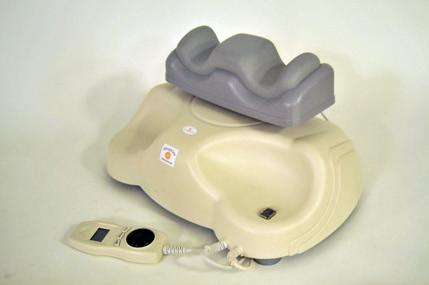


WBV (aka ‘acceleration training’) was first developed in Russia to help astronauts recover from muscle atrophy and to help athletes improve their flexibility, strength and recovery rates.
The great benefit of WBV training is that it accelerates the effects of any exercise, by virtue of the increased intensity of the body’s natural response to the vibration force. Because each beat of the vibrations occurs rapidly, a series of muscle responses is triggered in a high-intensity continuum, improving muscle flexibility and strength.
WBV demands less stamina than normal types of exercise while giving accelerated results. It challenges the body to raise its game.
The result is a highly efficient and invigorating workout that thoroughly exercises and tones muscles, and boosts
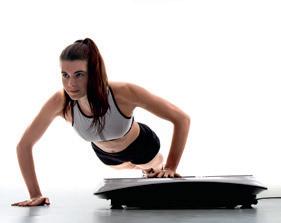
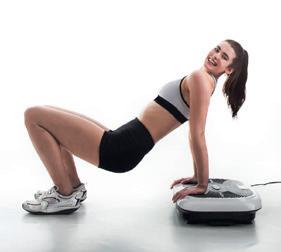


circulation — all in just a few enjoyable minutes. Resistance bands can also be used with the Challenger to great effect.
The FlexxiCore Challenger was designed to make advanced WBV technology accessible to people of all ages and fitness levels — in a more compact format than the specialist WBV equipment used in Gyms - which are generally too bulky and expensive for home use.
The beauty of the Challenger is its versatility. Trials3 undertaken with the Challenger (42 participants - age range: 39 – 85) saw substantial improvements in just 60 days in 16 different categories of benefit, including Core Muscle Strength; Energy Levels and Stamina; Fitness/ Performance Levels in Other Activities; Posture; Muscle & Joint Aches, Tension and Stiffness; Toning; Pain & Headaches; Sleep Patterns; Improved balance; Better Motivated to Exercise Generally; Stress Release.
PASSIVE EXERCISE ANYONE?
An even more relaxing approach to your home-based fitness sessions is the FlexxiCore Passive Exerciser, which has its origins in the martial arts and Shiatsu bodywork traditions of Japan, combining the energising and stress-releasing effects of what the Japanese call “Goldfish Exercise” with the back-care features of the Continuous Passive Motion (CPM) devices first designed by a Canadian Orthopaedic Surgeon. CPM equipment is used by back care professionals to ease spinal problems by encouraging the flow of synovial fluid between the discs. This helps to reduce inflammation and ease pain by supplying nutrients and oxygen to the tissues, at the same time helping to expel the toxins that arise from inflammation.
The FlexxiCore Passive Exerciser gently swings your feet while you simply lie back and relax. This motion creates a pulsing motion in the area of the sacrum, naturally generating an elegant fish-like motion up through the spine.


The unique combination of stimulation and relaxation that occurs during a short session (5 - 15 minutes) is experienced as a release of tension in the back, neck and shoulders, a change in quality of respiration and circulation, and a noticeable energising effect. Literally all you need to do is practice letting go to the motion.

FlexxiCore products are brought to you by Energy for Health Founded 2002, EnergyForHealth.co.uk | FlexxiCore.com

1 Fascia is a thin casing of connective tissue that surrounds and holds every organ, blood vessel, bone, nerve fiber and muscle in place. The tissue does more than provide internal structure; fascia has nerves that make it almost as sensitive as skin. When stressed, it tightens up.
2 Delecluse et al. 2003; Roelants et al. 2004; Ronnestad 2004; Savelberg et al. 2007; Bosco et al. 1998; Lamont et al. 2008, 2009, 2010; Di Giminiani et al. 2009; Torvinen et al. 2002.
3 Trial results and case studies available on request
With its inbuilt roller, moving it around the home is simple
20% OFF – QUOTE: HC2022
FlexxiCore Challenger £870 > £696
Passive Exerciser £277.75 > £222.20 0% Instalment Plans available. 01934 257066 info@energyforhealth.co.uk
To watch videos: FlexxiCore.com
For more articles not just about keeping your child healthy, but on your entire family’s health, home and life in general visit celebrityangels.co.uk







Pushchair technology is zooming ahead, but can you keep up with it? Our easy guide to buying buggies races forwards
With their lightweight materials, advanced safety functions and features for compatibility with modern tech such as mobile phones, baby buggies - or prams, or strollers, or whatever you want to call them - have come a long way since the Edwardian wicker basket designs. But the whole field of baby transport can still be confusing, particularly since there are so many names for the products, and these are sometimes used quite loosely to describe quite different designs.
But whether you call them strollers, pushchairs, buggies, or prams, the whole field of baby transport is complicated, and that’s before you even start thinking
of questions such as how they fit into your car, or what you do if you have one baby and one older child. So we’ve come up with a few general policies which should make it easier for you to make an informed choice when choosing and using a pushchair.

When browsing for pushchairs, you will likely be faced with the choice between a two-piece and three-piece travel system. Most often, a 2-in-1 travel system will come with a frame, seat unit and carrycot. A 3-in1 system will contain these parts, plus an additional car seat.
It’s helpful to have a 3-in-1 system when
travelling as it means you can move the baby between the car and the pushchair with ease - you won’t even need to move them from their seat.
Choosing the right car seat can be particularly difficult, as there appear to be lots of variations, but in fact the most important factor is of course that the seat complies with safety regulations, and is compatible with your pushchair. It can make matters more complicated when you buy a pushchair then have to attempt to match up a car seat afterwards.
The best option in this scenario could be to get the 3-in-1 travel system. This is the quickest, easiest way to ensure that the car seat will to fit within the frame. »


When looking at strollers (lightweight pushchairs), you should look for one that is lightweight and portable, but also strong and sturdy. Ideally a stroller would weigh around six kilograms, usually accompanied by a nylon carry-bag for travelling, and would fold compactly for
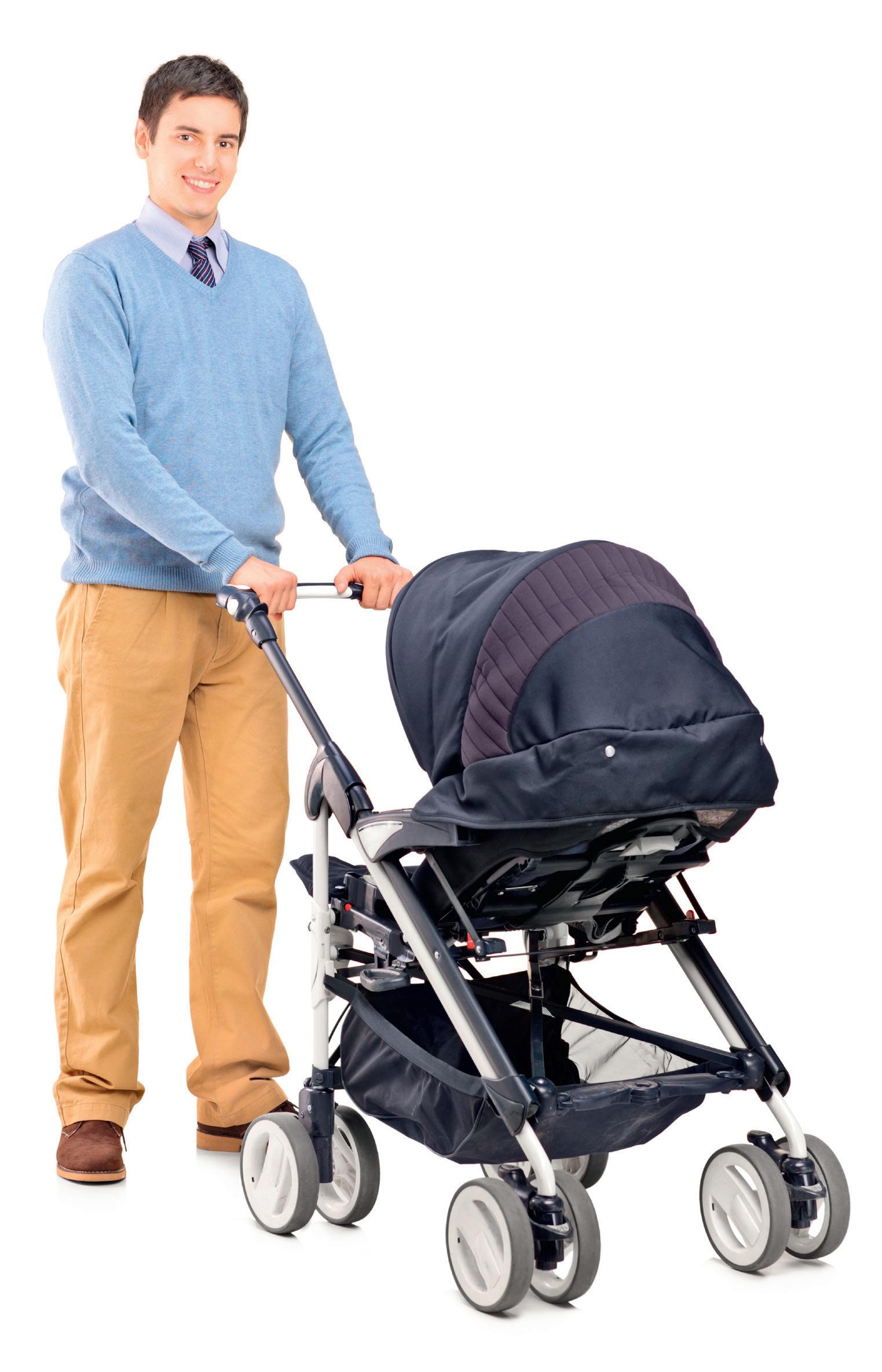
easy storage. These kinds of stroller are suitable for children from birth up until they reach a weight of fifteen kilograms, approximately three years old.
One of the best things about modern strollers is that they can be accessorised according to your needs and the weather.
In chilly parts of the year, a universal footmuff is an incredibly useful attachment. Easy to install, they are designed to provide your little one with maximum comfort, while also keeping them nice and warm as you move around. In sunnier weather, a parasol can be the perfect addition.
Most travel systems also have the option of a ride-on seat that can be attached to the back with easy-to-use attachment clips. In fact, the range of accessories available is huge, from changing bags and organisers to sunshades, snack trays, toy hangers, and hand muffs – even designs that can hold your mobile phone, so you can watch a movie or make a call as you push!
If you are buying a double buggy, weight may be the main factor; pushing two children can be hard enough without the additional weight of a bulky buggy. You have a choice of side-by-side or tandem models, where one child is seated in front of the other. Your choice may boil down to which type is easiest to fit into your car.
But there are a few other basic questions you may want to ask yourself, largely referring to how easy the pushchair is to use, such as;
There’s an argument that babies should be facing you when they’re younger, but facing the world when they’re older. So, a reversible seat is a popular option.
If you and your partner take turns pushing the pram, it may be useful to have adjustable height handles if there’s a significant height difference between you. Handlebars vary in design, so make sure it is one you would feel comfortable pushing for long periods.
Most pushchairs have some form of shopping basket, but capacity varies widely from around 1kg to as much as 15kg, with the average being around 4-5kg. Make sure you choose one with adequate capacity and sturdy sides, and look out for additional storage pockets for items such as umbrellas. »
Before making any purchase, make sure the product has passed the UK and European Standards EN 1888 for carrycots and strollers, and either the ECE R44 or ECE R129 standards for car seats.
One modern idea which combines lifestyle choices for the young family is the “jogging stroller”. This is an all-terrain design which encourages you to exercise as you stroll - though you’ll want to make sure you are wearing appropriate footwear. A jogging stroller usually has a single front wheel which swivels in normal use but can be locked in position while jogging; and two wheels at the back with a mountain bike-style suspension system which makes it easy to cope with rougher terrain. An important safety feature of a jogging stroller is a harness for the baby, which reduces shaking and prevents them from reaching out towards the wheels.
With a jogging stroller, it’s particularly important to have an adjustable handlebar, so it can be set at a comfortable height for either parent to push. Some jogging strollers come with a phone cradle, and snack trays for baby and parent, so both can snack on the go!
Some jogging strollers have both a handbrake and a footbrake, particularly important for hilly terrain, and most come with a weather cover, usually fitted with a ‘peekaboo’ window so you can check up on the passenger without interrupting your exercise. There are even jogging strollers you can attach to bikes, and others with ski fitments for use in snow - and yes, there are also double jogging strollers available should you have two little ones.
Of course, you should not use a jogging stroller with a very young babypaediatricians advise to wait until the age of six months to a year, when the child can properly support its head and neck.

Many jogging strollers can be turned into a travel system with the use of a car seat adapter (usually sold separately). Since you will probably want to fit a jogging stroller into the back of a car, check how easy it is to fold down, and how large it is once folded. ■
CostPushchairs vary enormously in terms of cost, from less than £100 to more than £1,000. If you are spending a lot of money, you probably aren’t getting any particularly fancy features or materials - you’re just paying more for a brand that was used by a celeb. A 2020 survey of 1,500 parents with children under the age of five showed that the average spend was £378, with the majority (39%) spending between £101 to £450. Some “best buy” buggies can cost as little as £150, so don’t jump to the conclusion that you have to spend a lot to get the best.
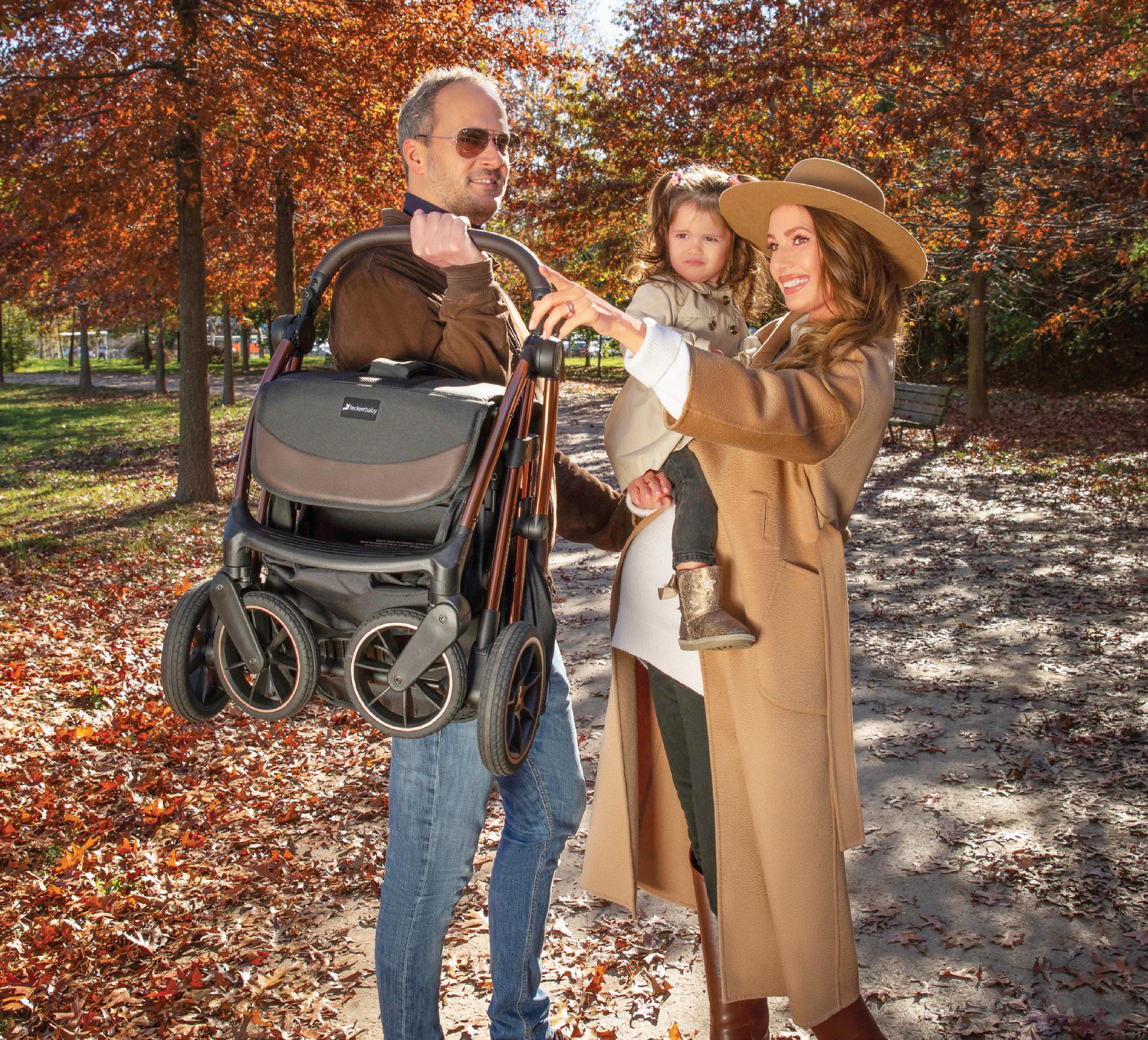











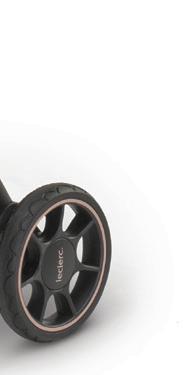




















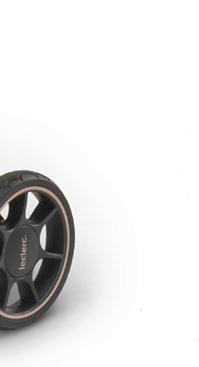
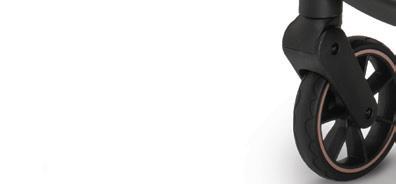

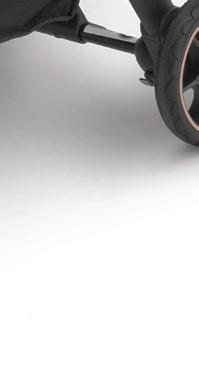

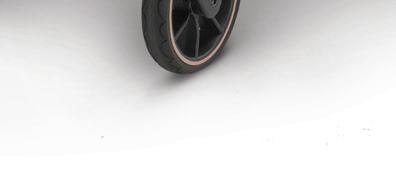




















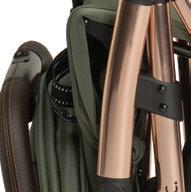






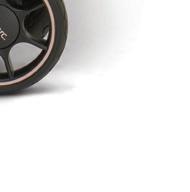









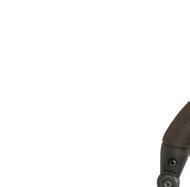



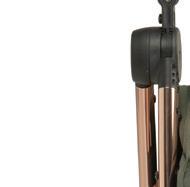





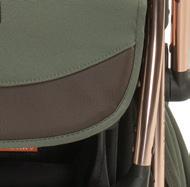

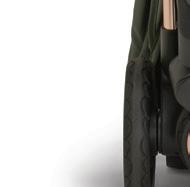
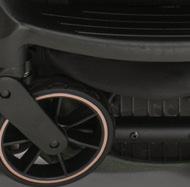
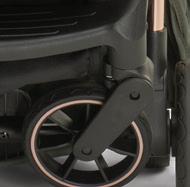

















It’s recommended that you sleep on your left side as this reduces pressure from the uterus on vital organs and improves blood flow from mother to foetus.
Source: Sleepfoundation.org
Getting plenty of healthy sleep during pregnancy can be di icult – for a start, your hormones are going wild, and as the pregnancy progresses you have to cope with a bigger and more uncomfortable bump. So how do you guarantee a night of quality sleep?



Sleep is an important part of the pregnancy process because it gives your body the chance to balance your hormonal system and immune functions. It’s been demonstrated that poor sleep during pregnancy can contribute to longer labour times and a higher requirement for Caesarean deliveries.
Sleep also allows your brain to form memories – ‘pregnancy brain’, where you feel confused and forgetful while pregnant, is a real thing and is mainly caused by lack of sleep.

The first trimester of pregnancy tends to present the most problems, as your raging hormones will disturb your normal sleep patterns. Higher progesterone levels mean
that you will have more tendency to nod o during the day, making it harder to get to sleep at night.
In the second trimester you might find that your sleep patterns even out as your hormone levels balance, but by that time you may be having more problems with water retention, and with the size of your burgeoning bump making it di icult to find a comfortable sleeping position. You might find a pregnancy pillow helpful; this will mould around and support your bump, at the same time providing support for your back and legs.

Another problem you may face is the requirement for frequent urination caused by pressure from the uterus on your bladder and increased kidney activity. There’s not much you can do about this, other than to make sure that the route to the bathroom is clear of trip hazards!
You might also find that you su er from restless leg syndrome (ask your doctor about

possible anaemia or diet problems); stress, vivid dreams which can disturb sleep, and snoring (try nasal strips and a dehumidifier in the bedroom).
Body aches and cramps while pregnant might be helped by a magnesium or calcium-magnesium supplement. Ask your doctor for advice. As a general rule, you should: Exercise during the day, but not just before sleep
Eat and drink healthily avoiding stimulants
Avoid stimulating activities before sleep including using devices Create a comfortable and relaxing sleep environment

Try meditation to relax
Remember that it’s not essential to get a certain number of hours of sleep, it’s more about whether you feel rested. If you are chronically tired, talk to your doctor and ask for help getting to the root of your sleep problems, and finding the solution you need for a healthy night’s sleep. ■
Getting healthy sleep can be di cult while pregnant, but it’s essential for your wellbeing. What’s the trick to nodding o ?
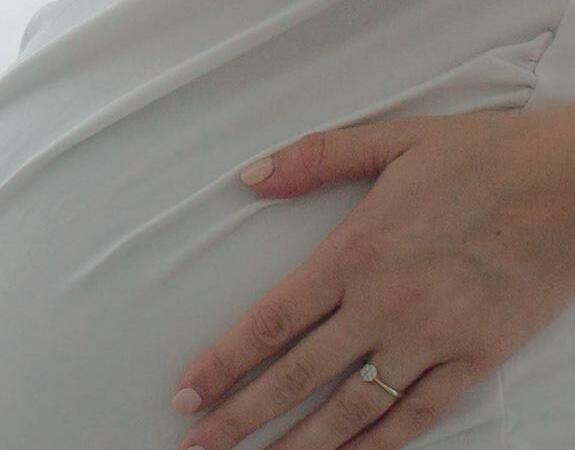


At Cytoplan, we are proud to have supported parents for over 30 years with our nutritionist-approved range of supplements. Our wholefood pregnancy multivitamin, Pregna Plan, has been expertly formulated to support you from preconception, to pregnancy and breastfeeding.

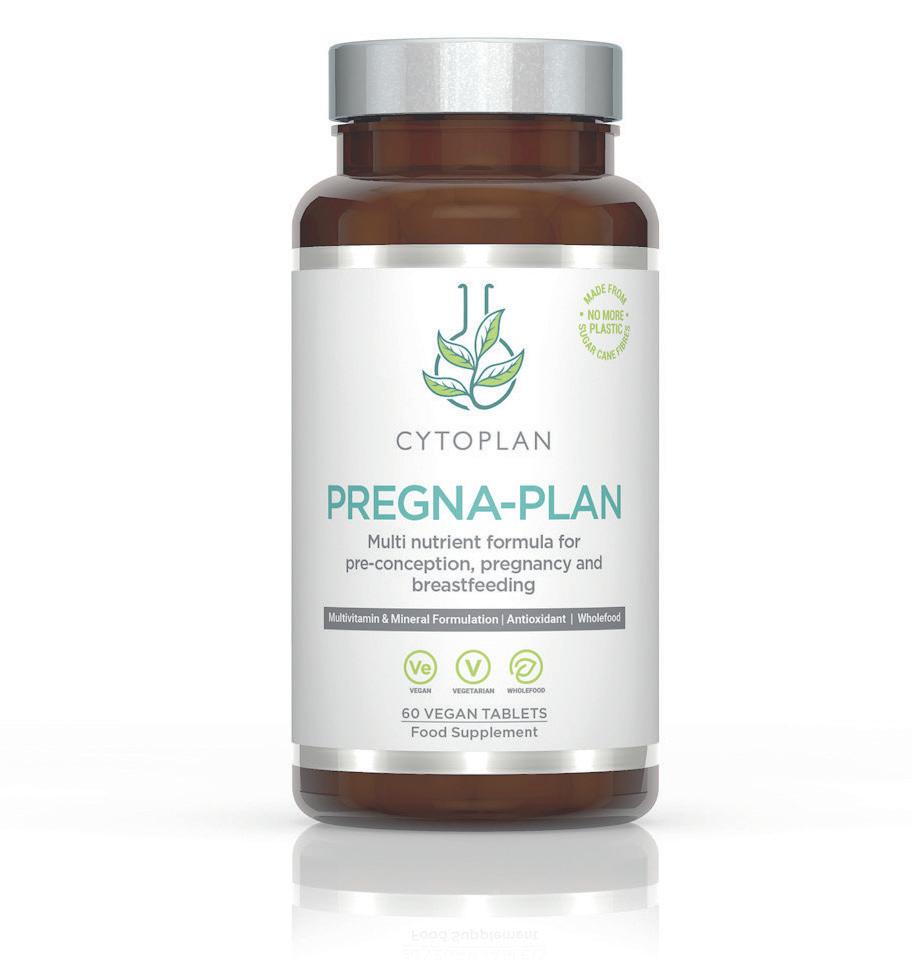

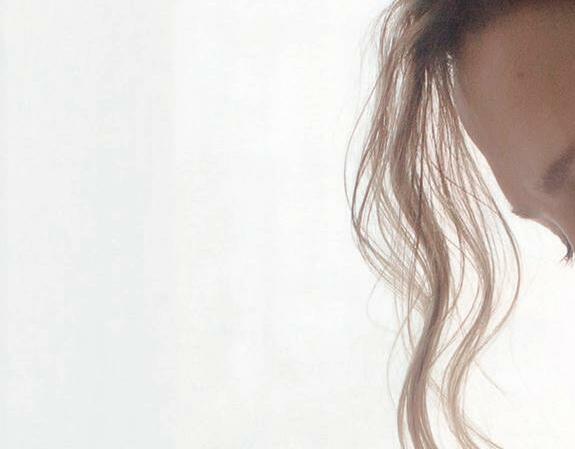

To see our full range of supplements visit www.cytoplan.co.uk
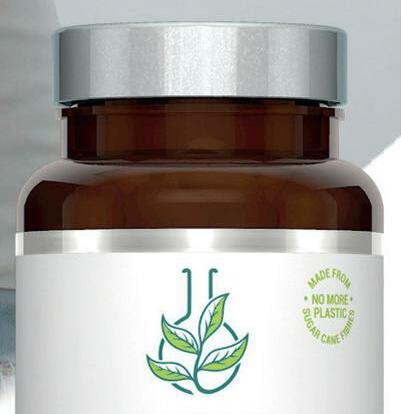


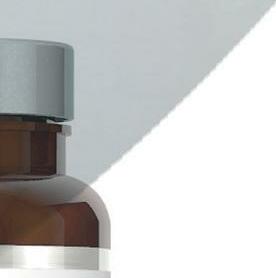




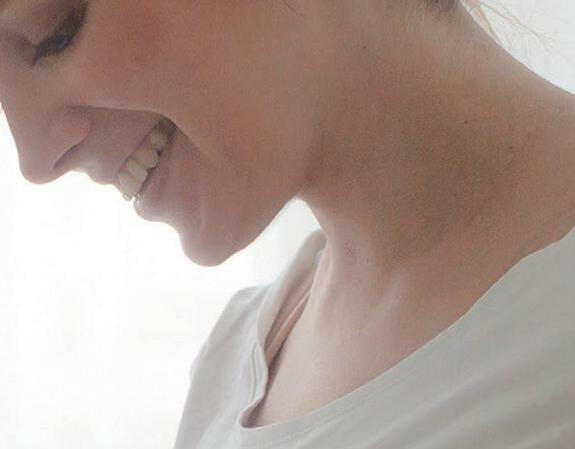









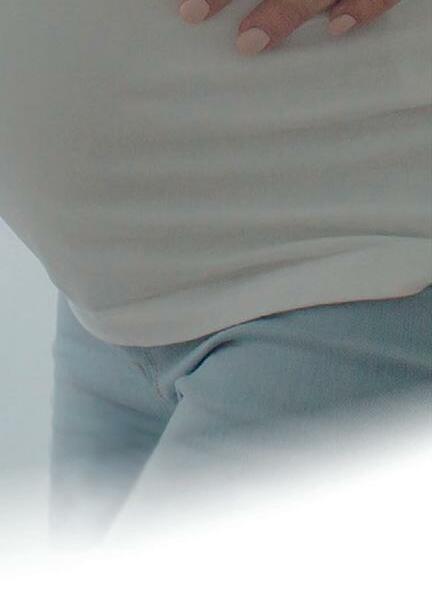










Educational toys are a great way for your child to learn new skills from social to physical while having lots of fun.


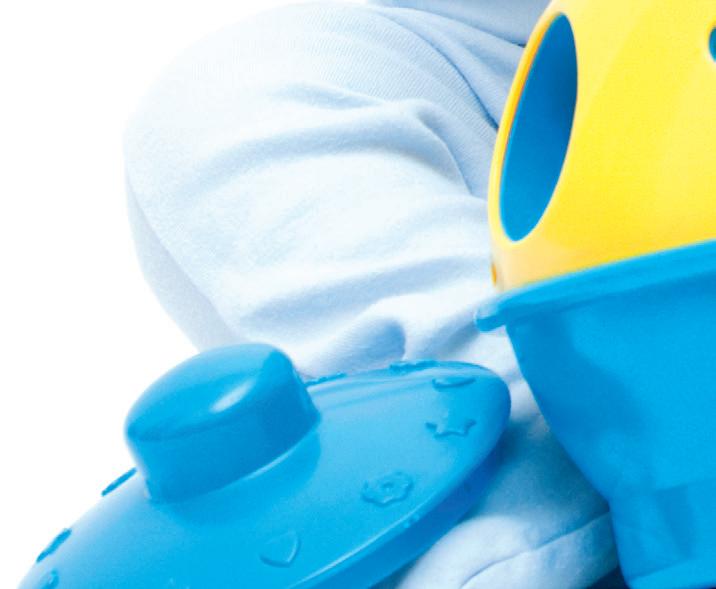
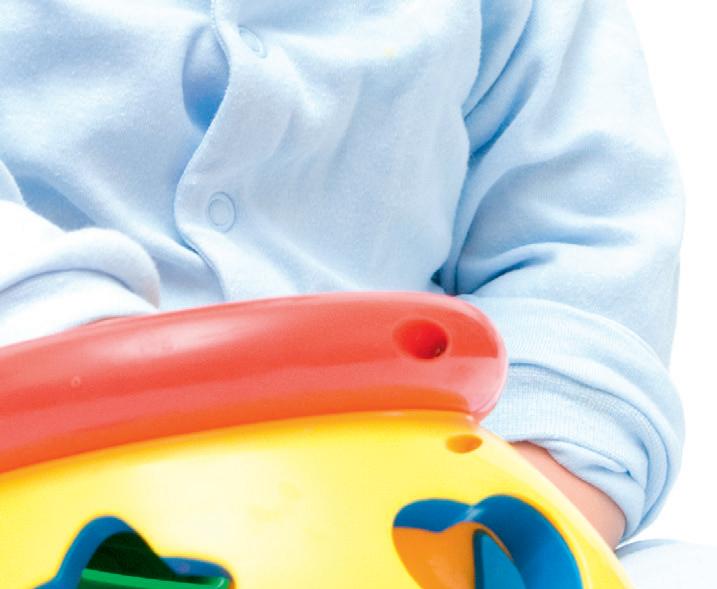
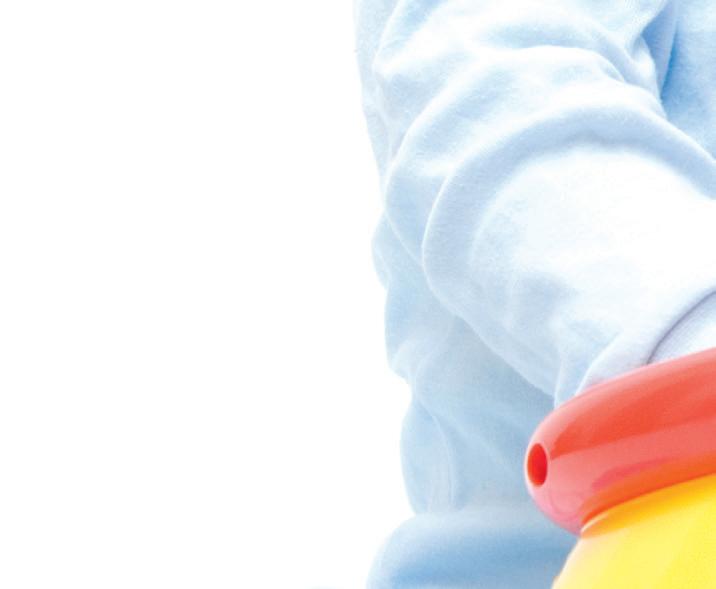
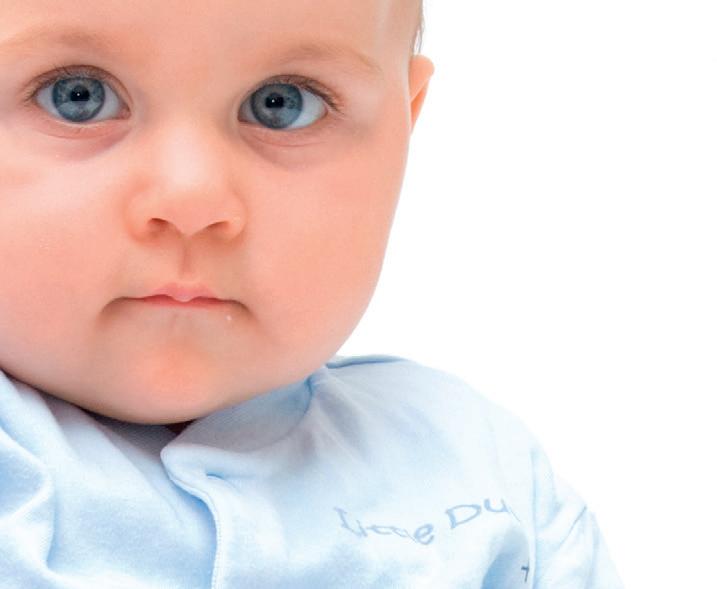


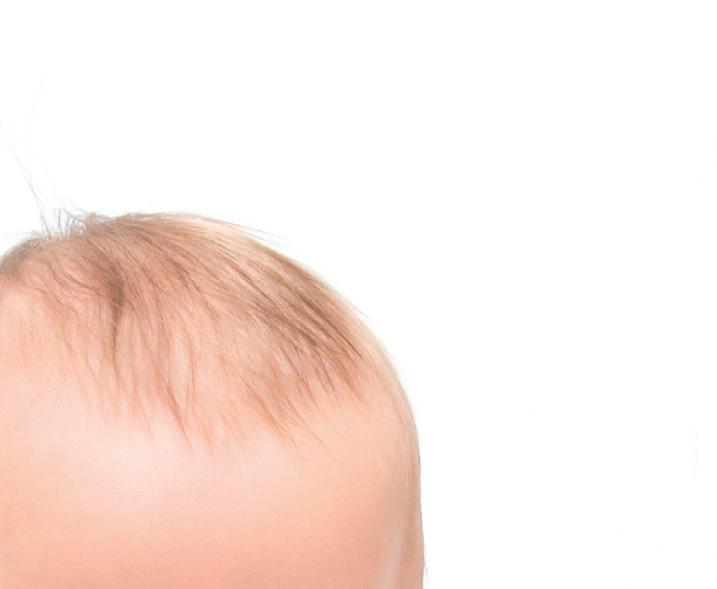
One of the most essential skills toys teach are fine motor skills. This refers to a child’s ability to use the small muscles in their hands, fingers and the thumb. This allows them to pick up small objects, use pencils and crayons, and turn the pages in a book - essential skills that they’ll use throughout their life. There are various educational toys designed to help children develop these skills including lacing toys, threading toys and hand-eye coordination activities and games.
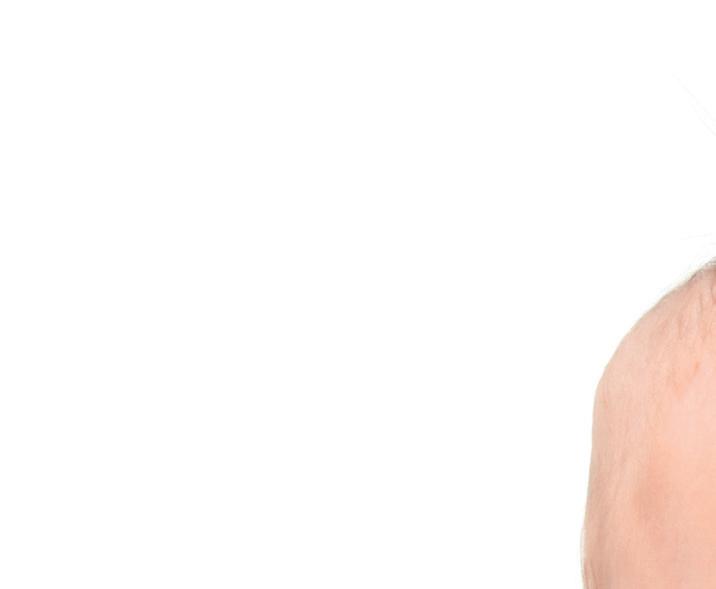
Puppets or dolls made of wood, clay, wax or cloth may be the earliest known toysarchaeologists have found them in sites from Egypt, Greece and Rome.
Toys are big business; although UK toy sales for 2021 were down three percent to £3.2bn during what has been a ‘turbulent year’ for the industry, the British Toy and Hobby Association (BTHA) has reported that some categories grew during the year, including plush toys, which was up by nine percent, and vehicles, up by seven percent.
Research shows that learning through play is an important part of a child’s development. Educational toys can enhance problem solving, social skills and physical development as well as boosting confidence and self-esteem. With a huge range on the market, which toys are the most valuable in child development?
Adults encounter problems every day at work or home, but it’s usually easy for us to resolve them and move on. However, for children, problem solving is an important
skill that they need to develop gradually over time. This will allow them to solve problems for themselves, making them happier and more independent.
Fortunately, it’s possible to encourage the development of problem-solving skills from an early age using educational toys. Good problem-solving toys including building blocks, magnetic construction kits and puzzles. These encourage them to think ‘outside the box’ which is a key life skill that they will continue to use throughout their lives.
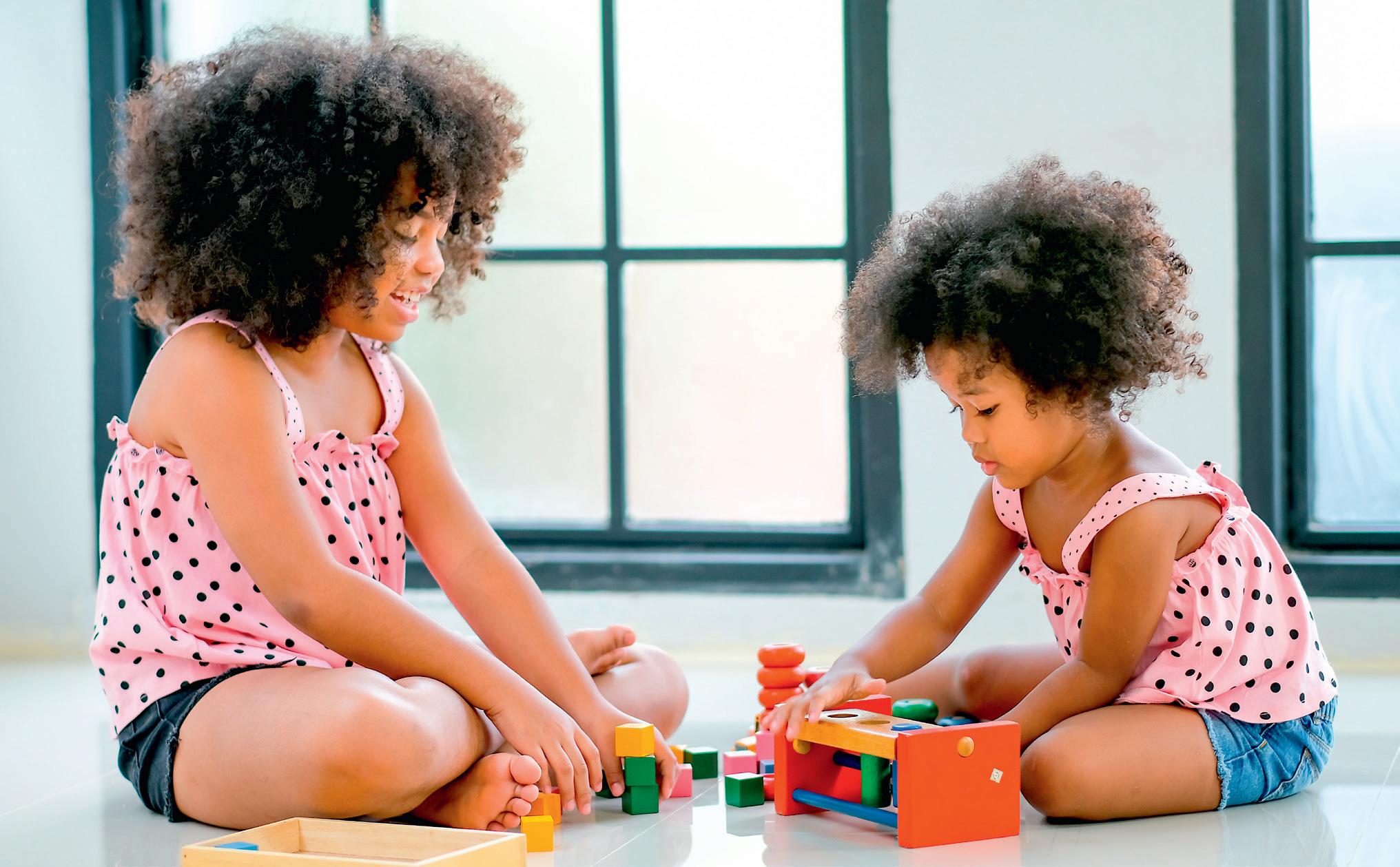
In this modern age where children are constantly surrounded by screens, it’s becoming increasingly important for them to socialise with other children. This is the best way for them to develop social skills. Play encourages children to interact, to make friends and to learn how to develop positive relationships.
There are a variety of educational toys available to help children build their skills in social interaction. With the right toys, children can learn teamwork, compromise and patience whilst developing selfconfidence and esteem. Great ideas
include role play toys such as dress-up costumes, art and crafts activities and board games. Through this they’ll become more creative as they will learn to share ideas with each other, their communication skills will also thrive as they will be able to talk to a variety of different people.
Hand-eye coordination is one of the most important developmental skills. It helps children to learn how to use their eyes to track the movement of their hands, which is essential for activities like reading. It can also significantly impact their handwriting and writing skills, as they use their eyes to guide and control the movement of their hands across the page as they write.
One of the best educational toys for improving hand-eye coordination is stacking toys. Building blocks are not only brilliant for developing hand-eye coordination skills, but also for improving spatial awareness and stimulating a child’s imagination. Shape sorting toys, puzzles and balls are also ideal toys for improving this important skill. »
The better a child is able to communicate, the better his or her quality of life will be. That’s why it’s so important for children to develop this skill as early as possible. Communication starts the moment a child is born when they let their mothers know they’ve arrived safely with that first distinctive cry. As a child grows, it becomes important for a child to learn how to express themselves clearly and confidently using communication skills.
While children largely learn to communicate by listening to their parents and copying their words, educational toys can also play an important role. Counting toys, sequencing toys, rhyming books and puppets are excellent examples of toys that promote communication skills.
Painting, drawing, cutting, pasting, modelling and make-believe are all examples of creative play. Not only do they promote creative thinking – an important skill which has become highly sought after amongst employers - they also help them develop problem solving skills and the ability to concentrate for longer periods of time.
There are many educational toys available to help children develop a love of the creative process, including colouring books, play clay, craft activities, drawing toys such as Etch-a-Sketch, wooden blocks and building bricks. When your little one
takes an interest in more complex activities, then science kits would be perfect for them.
Children can start benefiting from educational toys as early as one month old. Here are some great ideas for educational toys based on age range and an explanation of their benefits.
1-12
At an early age, sensory play helps stimulate your child’s senses. As your child continues to grow and develops hand-eye coordination, families can begin introducing toys that encourage more interaction. This includes mobiles, soothers, infant play, small portable toys with lights and sounds, stackers and blocks.

As your child reaches the one-year mark or older, they will soon become very mobile. Introducing the right toys to them will help to teach balance and coordination and will increase your child’s curiosity with their new-found mobility. For example, push cars, walkers, themed toys and books, and stride-and-ride toys.
As your children become a bit older and more active, you can also introduce toys that promote more physical play. In addition, this is the ideal time to start introducing toys that incorporate cognitive
Play theorist Brian Sutton Smith, who advocates for free play, has asserted that “the plans of the playful imagination dominate the objects or the toys, not the other way around” - in other words, toys whose design is more heavily specified and restricted may be less intuitive for children to use, and require more engagement and support from adults.
skill building. There are many different toys that can help children practice writing – whether they are drawing or writing their names – and their small motor skills. Toys for this age bracket include tricycles, basketball hoops, bowling sets, drawing easels, and counting toys.
It is through play that children develop fine motor skills, learn how to solve the problems in front of them, how to use their imagination, and how to interact and communicate with others. The toys that you buy for your children now will make a huge difference to them in later life, so think of them as an investment. The kids might just think of them as fun, but they’ll also be gaining skills and experience essential for later life. ■



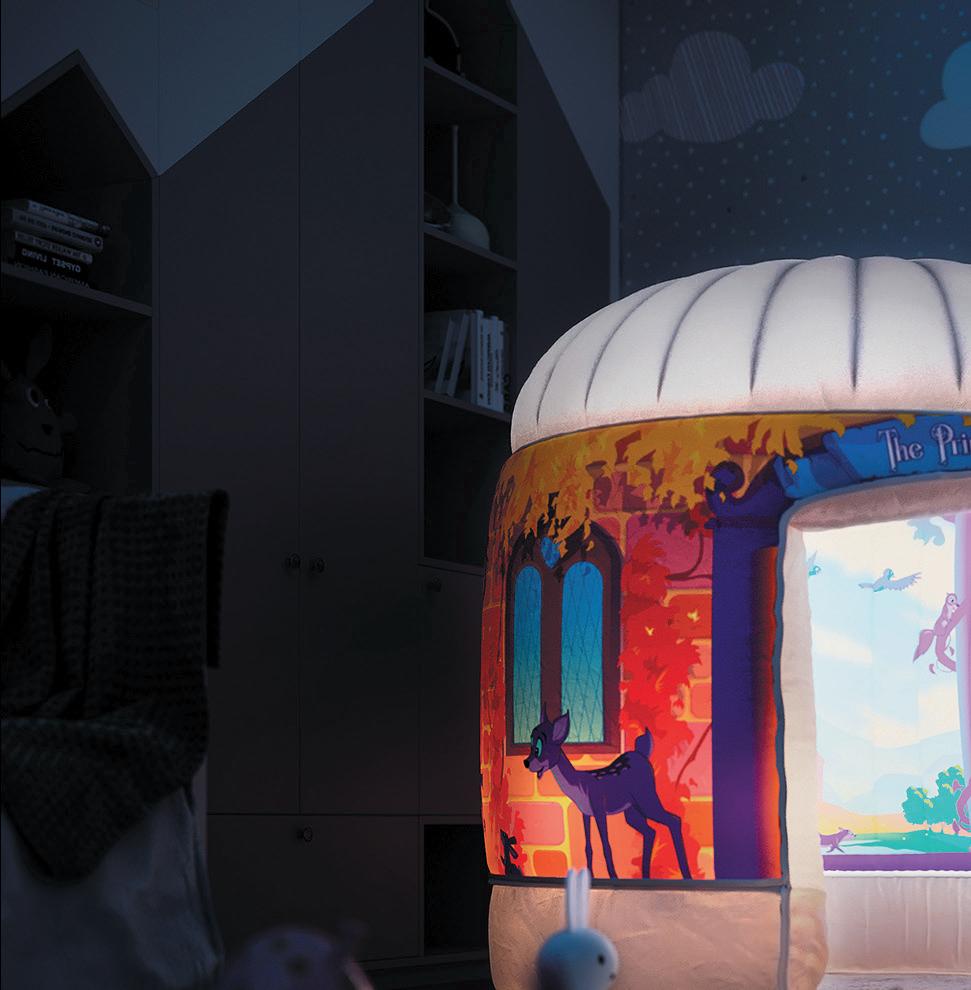
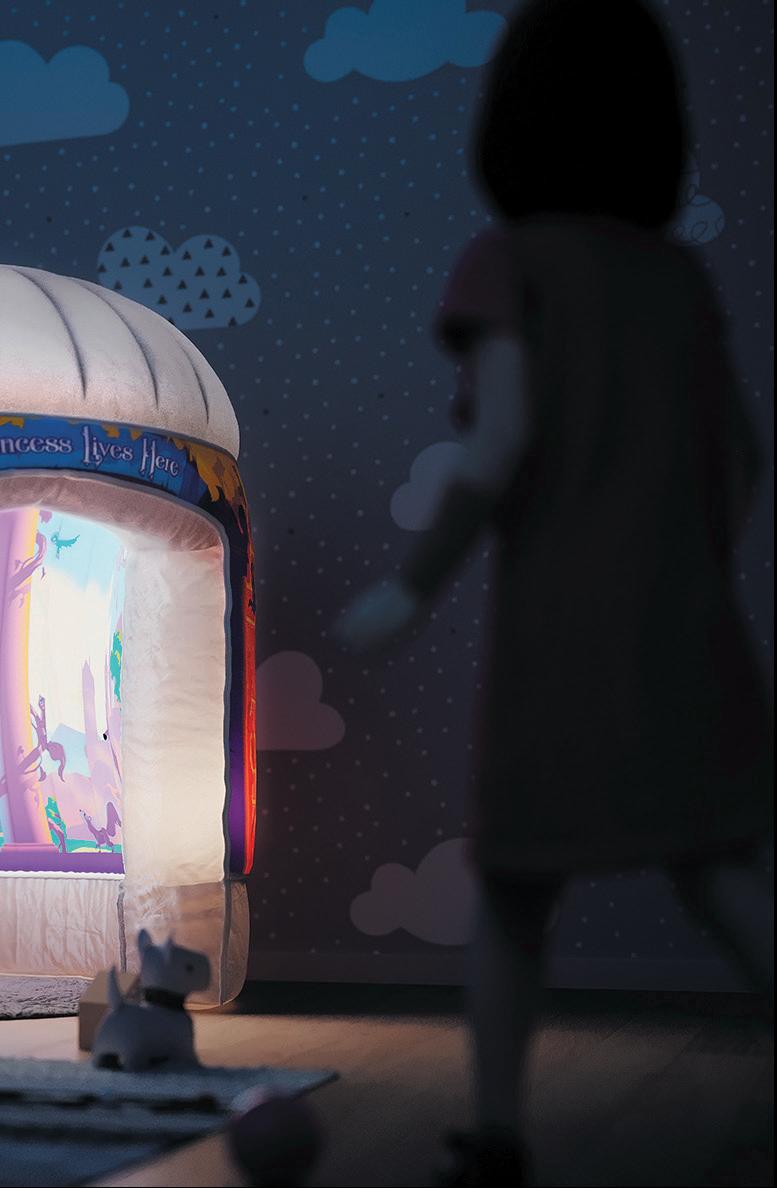








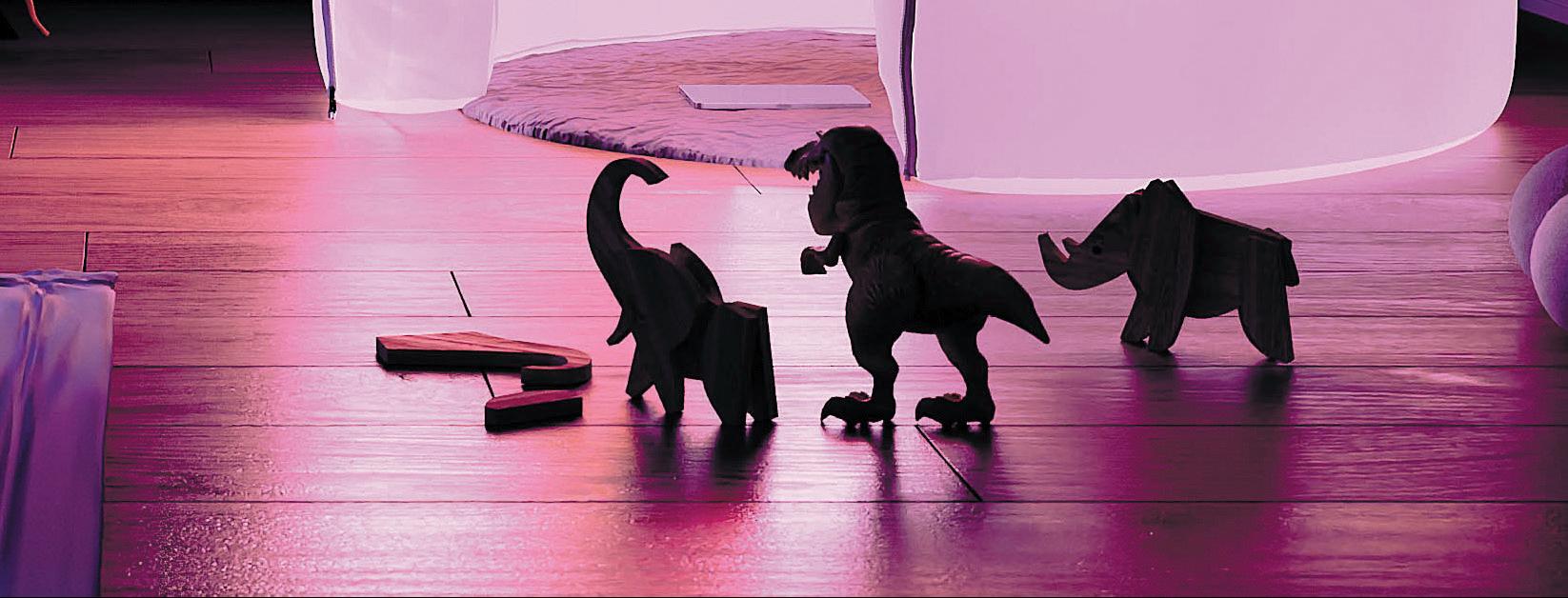


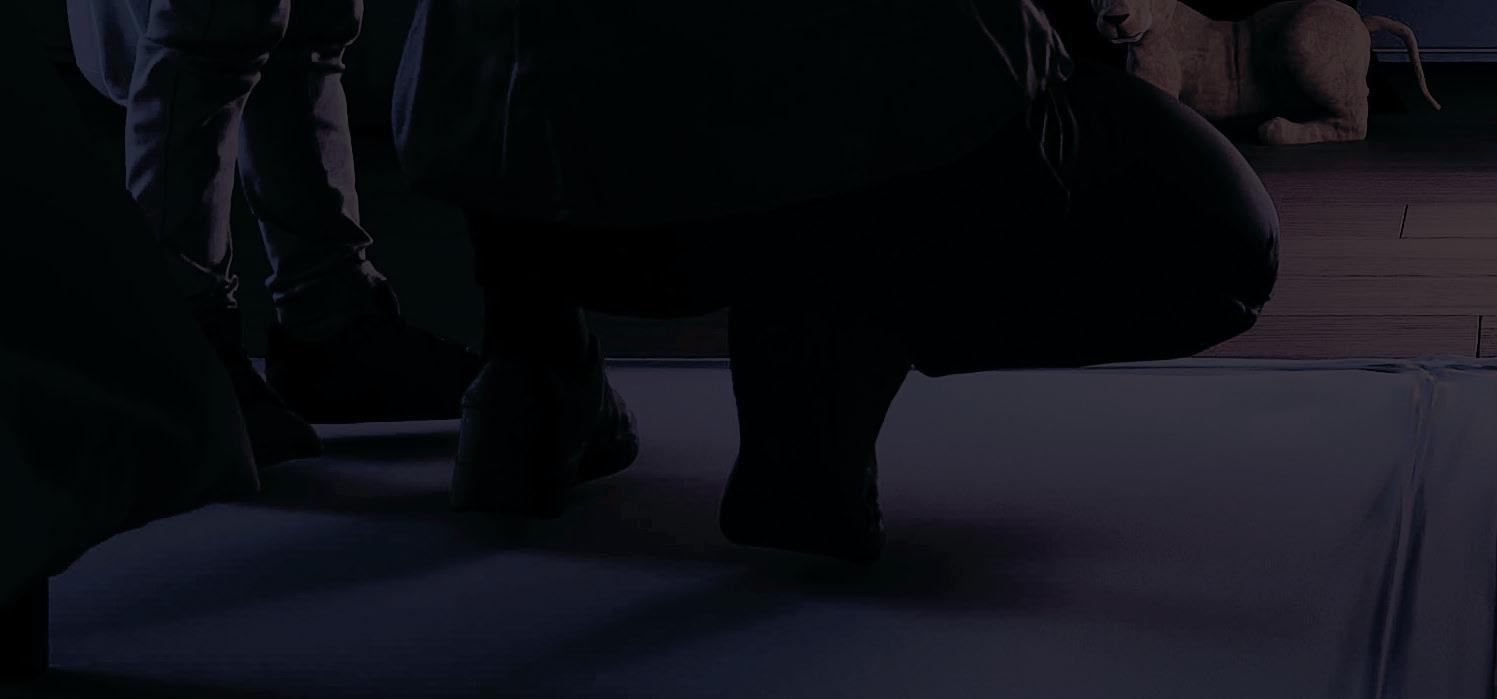
The death of a two-year-old caused by mould in a flat has sparked a national debate over housing conditions. Awaab Ishak died in 2020, following ‘chronic exposure’ in his Rochdale flat, and the coroner in the case said that it should mark a “defining moment” for the UK’s housing sector.
It’s reported that around 450,000 homes in England have problems with condensation and mould. England’s housing ombudsman, Richard Blakeway, said that landlords must make plans to tackle the “real risk of worsening damp and mould issues”, particularly as energy bills are soaring.

Michael Gove, the Levelling Up, Housing and Communities Secretary, said that the death was “an unacceptable tragedy” and that the government had been too slow to toughen regulation of social housing.
Greg Fell, the vice-president of the Association of Directors of Public Health, said the verdict “tragically underscored” the “hidden risk” to public health posed by mould. “It’s a significant threat,” he said. “We are going into a winter where people will be turning the heating down in a way that encourages more damp in our homes.”
New symptoms of ‘long COVID’ may appear in children up to a year after initial infection with Covid-19, finds a new study led by UCL researchers.
The Children and Young People with Long Covid (CLoCk) study, published in The Lancet Regional Health – Europe, is the world’s largest study on long Covid in children.
Researchers asked children aged 11 to 17 about their health six months and 12 months after taking a PCR test between September 2020 and March 2021. They also asked them to recall their symptoms at the time of taking the test. They noted that the symptoms experienced changed over the course of a year, and while some of the children’s original symptoms declined, new symptoms were reported.
The landmark study will continue to analyse survey results from participants for up to two years after the initial PCR test.
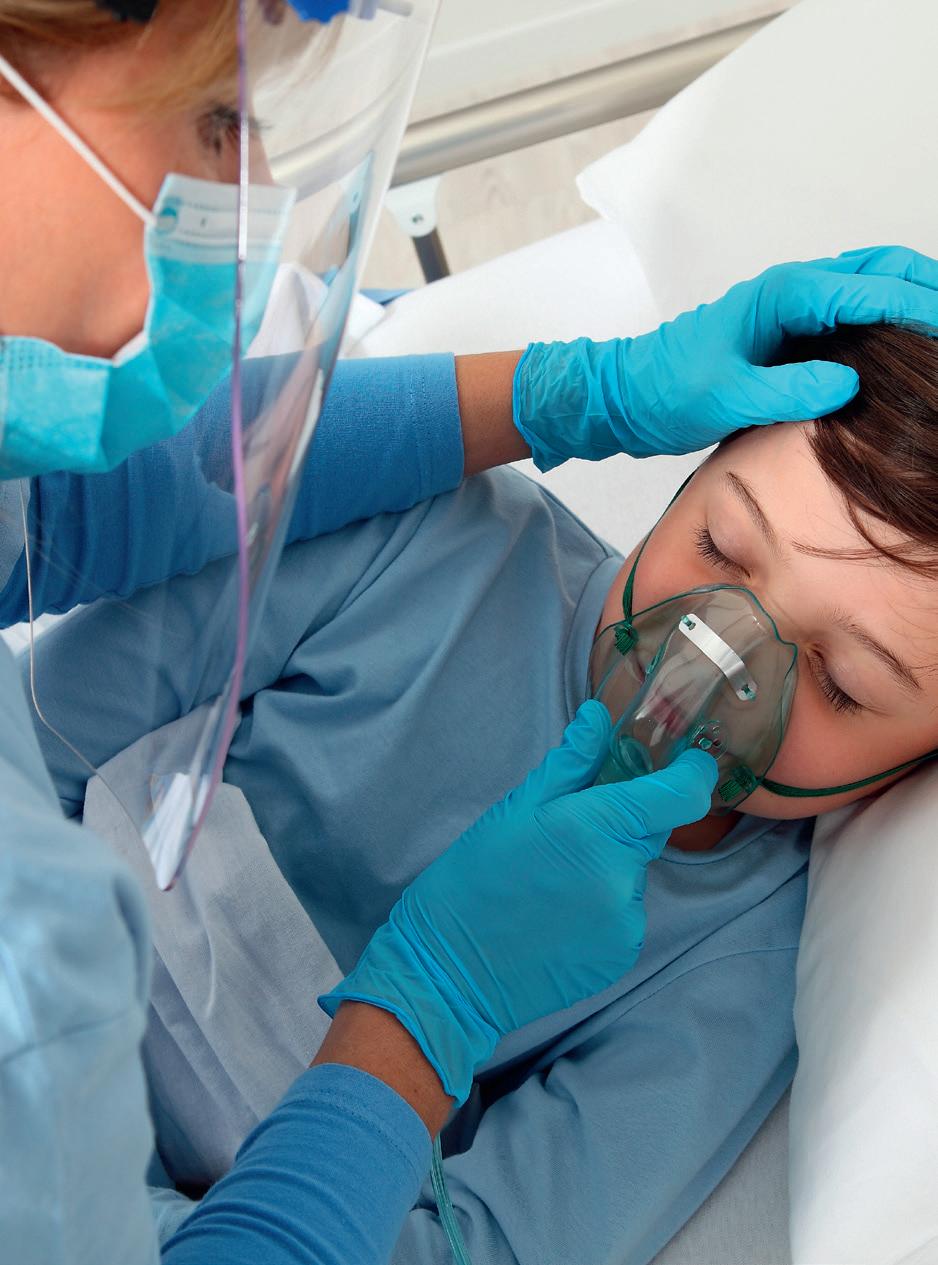
All you need to know about the top news issues affecting children’s health today
The NEW Patented PRO SOFT TOUCH is the perfect hair remover and inhibitor for the face and body, with three customised treatment levels for long lasting results. You need to use for 6-8 weeks for visible di erences. The LCD Screen shows the battery level, power level and the Thermicon tip replacement indicator. The standard pack includes one large and one small thermicon tip for face and body, cleaning brush plus a body polishing bu er pad for after use. The device can be used on any skin or hair type. www.o calnono.co.uk

Try Punch & Judy Kids Natural Bamboo Toothbrushes made of sustainably grown bamboo with biodegradable bamboo handles. The soft bristles are gentle on enamel and developing gums. Making them good for your kids and the environment too. https://punchandjudykids.co.uk


Repeat prescriptions made simple. If your child has a repeat prescription, you can now manage their medication through the Hey Pharmacist app. Visit the website or download the app today to find out more. www.heypharmacist.co.uk/child



Lunchtime made fun with Peppa Pig. These vegan Cheesy Lentil Pu s are perfect as a lunchtime snack or to bring along on a family adventure. Baked and full of flavour, they are a healthier alternative to traditional fried snacks. https://seabrookcrisps.com/peppapig
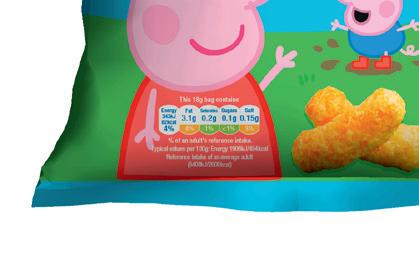

Oodles Of Doodles is a drink made by children truly for children. Forget the sugar drinks or colourful liquids of the past, this is not what our children need. Doodles is an all natural no preservatives action packed fun drink for children. A drink where parents can actually understand our ingredients and our doodlers know that parents will not say no to this healthier alternative. www.doodlesproducts.com

One of the most important elements in maintaining family health is cleaning the home. How can you make it less of a chore?
The recent tragic case of a child’s death caused by respiratory illness triggered by mould in the family flat emphasised that a clean home is an essential for health. While it’s a stretch to suggest that you can make cleaning a fun family activity, it is something that can be accomplished without too much strain if everyone, er, mucks in.
Mundane as they are, letting household chores and checks slip away from you can cause real harm. Some homes have health hazards, such as pollution, pests, secondhand smoke, mould and even lead-based paint in older homes. But where are the areas of most concern?
Although most people think of bathrooms as the most germ-ridden spots in the house, in fact the kitchen is the biggest area of concern. “The kitchen is a prime area for germs because of the many crevices that can hold water or splatters of food,” said Dr Stephen Sokalski, an infectious disease specialist.
He advises picking an impervious material that can be cleaned with bleach for your countertops, and to sanitise sponges and clothes after each use. Storing items that tend to clutter countertops in plastic or glass containers is another tactic that helps with cleanliness, as having a clear surface makes it easier to wipe down

quickly. While it’s recommended that you use disinfectant, if you’d prefer a natural alternative, consider using white vinegar or baking soda.
Bugs and rodents can easily multiply and hide in messy homes. They are attracted to all number of normal household situations, including liquid spills, food debris and dirty pet bowls. As you can imagine, it’s easy to let things slip for even just a short period and end up with pests. But their presence is trouble, as they spread disease-causing bacteria and promote allergies.
Regular cleaning, including putting all food away in air-tight containers after each meal, and daily rubbish removal will help
to keep pests away and make them visible them before they become an issue.
Once you’re done with the kitchen, start in on the bathrooms, where the tap, toilet flush, and toilet seats should be regularly cleaned and disinfected.
For anyone with allergies and asthma, keeping a tidy home becomes not just a chore, but a necessity. Dust mites, pet dander and mould lurk in carpeting, upholstery and bedding, and can trigger allergic reactions and decrease air quality.
Don’t think you’re in the clear if you don’t have allergies or asthma. Living in a home where dust and mould are allowed to flourish increases the chance of developing them, especially for babies and children.
Perhaps consider this an excuse to clear out some of those old belongings you swore to bin years ago but never did. “The more stuff you have in your home, the harder it is to clean,” said Dr Uma Gavan, an allergy and asthma specialist. “Messy areas increase the potential for dust, pet dander and mould to accumulate in closets, on surfaces and in crevices.”
A study done at Indiana University found a correlation between a clean home and physical fitness. This may be a chickenand-egg situation - do fit people have more energy to clean their homes, or are they simply applying discipline to both fitness and cleanliness?
Some experts point to the light cardiovascular exercise that comes from regular household work: spending a Sunday morning carrying loads of washing up and down the stairs, scrubbing down the bath, and vacuuming the house can burn enough calories to substitute for a moderate gym session.
So, whether being fit or being clean came first, they do appear to be related, and it may help your health and heart to put things away after you take them out.
If nothing else, consider keeping your home clean because it can lowers stress levels for the whole family.
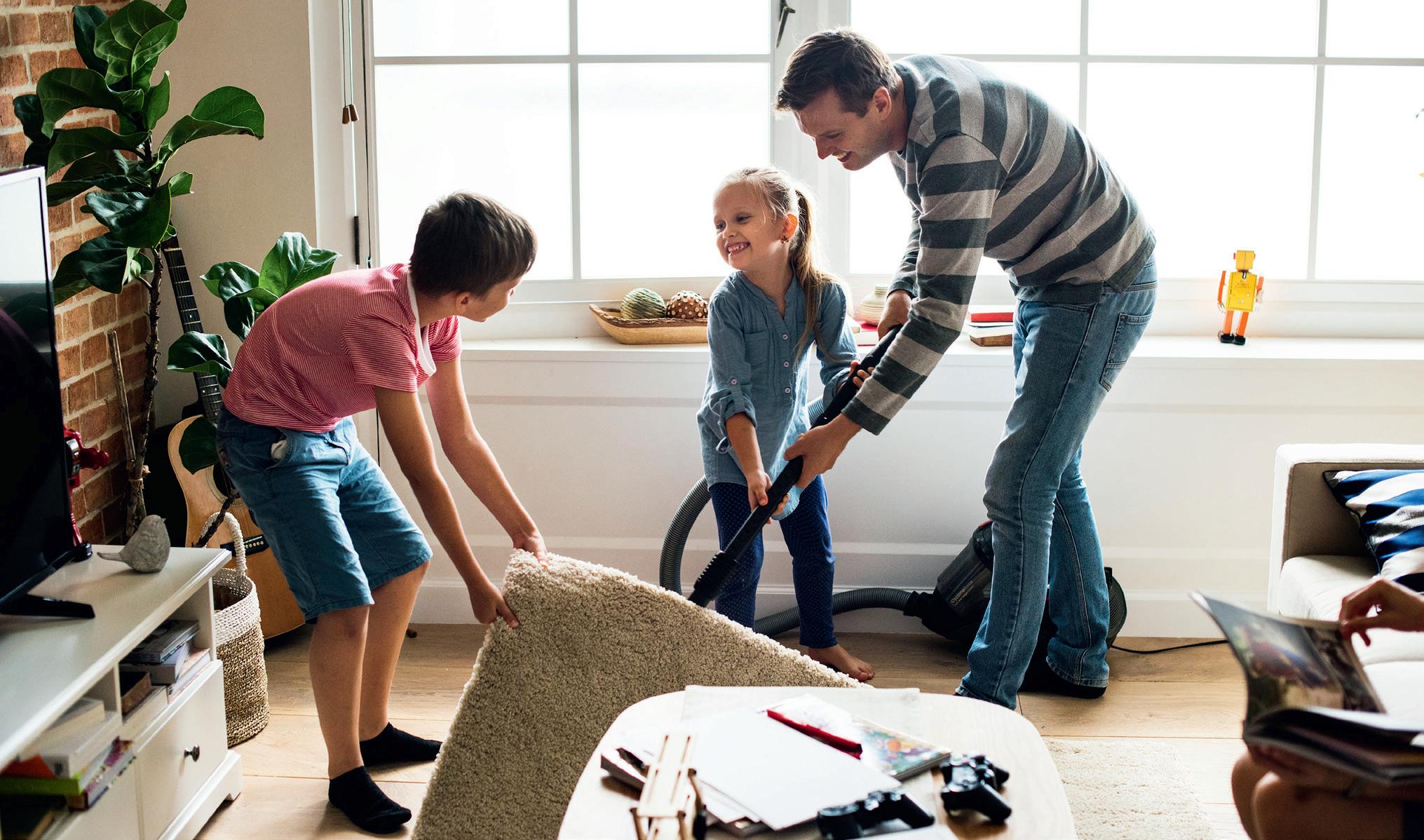
“When you live in a messy home, you are subconsciously reminded of work that need to be finished and, visually, your eyes do not have a place to rest,” says
psychiatrist Dr Rian Rowles. “Too much clutter can cause tremendous stress and fatigue. When things take longer to find, or can’t be found, stress levels rise.”
Instead of putting your feet up at the end of the day, try get into the mind-set of feeling you’ll be more relaxed once everything is clean and in its place. You’ll soon see the difference! ■
Keeping tidy also seems to influence healthy eating.
Researchers at Cornell University did a study where participants spent time in one of two test kitchens that had both healthy and unhealthy snacks - one kitchen was clean, and the other was messy and disorganised. The study found that those in the chaotic kitchen consumed nearly twice as many calories as those in the tidy one.



























































































Teeth extractions among children have fallen during lockdown, but this just means that more kids have rotten teeth in their heads. Sugary diets and lack of oral health awareness have led to a crisis in oral care, which is largely avoidable.
A regular teeth-cleaning routine is essential for good dental health.
You can start brushing your baby’s teeth as soon as the first milk tooth breaks through (usually at around six months, but it can be earlier or later. You should supervise brushing of teeth twice daily for about two minutes, last thing at night

before bed and once during the day. Use a fluoride toothpaste, as this helps prevent and control tooth decay. Children’s fluoride toothpaste contains no less than 1,000ppm of fluoride (check the label) while family toothpaste contains between 1,350ppm and 1,500ppm fluoride. You only need to use a smear of toothpaste, and spit out after brushing, but don’t rinse, as this reduces the effectiveness of the fluoride.
Children aged seven and over should be able to brush their own teeth, but it’s still a good idea to watch them to make sure they brush properly and for about two minutes. Guide their hand so they can feel the correct movement, and use a mirror to Punch & Judy
Punch & Judy have been in the kids’ teeth cleaning business for over 70 years. A UK-loved brand for decades, they know what makes healthy and effective toothpaste. All Punch & Judy toothpastes are sugar-free and contain fluoride which is important to keeping your kids’ teeth and gums healthy. Winning the brush-time battle is an important step to ensuring your kids’ teeth stay healthy. Finding a toothpaste that kids love the taste of makes cleaning teeth easier and more effective. Your Kids will love turning brush-time into fun-time! https://punchandjudykids.co.uk
help them see exactly where the brush is cleaning their teeth.
To maintain a child’s dental health you should take them to a dentist when their first milk teeth appear. This helps them to get familiar with the surroundings, and gives you the opportunity to get some advice on how to prevent decay and spot any oral health problems at an early stage.
Once your child’s permanent back teeth have started to come through (usually at the age of about six or seven), fissure sealants or fluoride varnish treatment can be applied to protect them against decay. ■
Taking care of their teeth is one of the most vital parts of child healthcare. With extractions on the rise, what do we need to do to keep their gnashers sparkling?
Society is becoming more educated on the realities of the meat and dairy industry, and many people are realising that the impact on the environment and taking an ethical approach to diet are just two reasons for considering plant-based nutrition. But how does a meatfree diet affect a growing child’s health?
The first Vegetarian Society was formed in England in 1847, with the goal of teaching people that it is possible to be healthy without eating meat. Nowadays, campaigns such as Veganuary keep the idea fresh, with The British Takeaway Campaign saying that orders of vegan meals grew by 388 percent between 2016 and 2018 and they are now the UK’s fastest growing takeaway choice. The Vegan Society claims that in 2018 the UK launched more vegan products than any nation. Apparently the best area to be a vegan is Brighton!
With celebrity vegetarians including Pamela Anderson, Alicia Silverstone, Paul McCartney, Miley Cyrus, Lewis Hamilton, Will.I.Am and Benedict Cumberbatch, it’s easier than ever to adopt a vegetarian or vegan lifestyle - but you have to understand the health and nutrition implications.
According to the NHS, vegetarian and vegan babies can still get most of the nutrients required to grow up and lead a healthy lifestyle as their omnivorous counterparts. However, there are a few things that need to be considered.
Since babies and young children have high energy needs and a small stomach, a strict vegetarian diet is not recommended for them. Though still possible, these diets are prone to vitamin and protein deficiencies so additional supplements and careful dietary
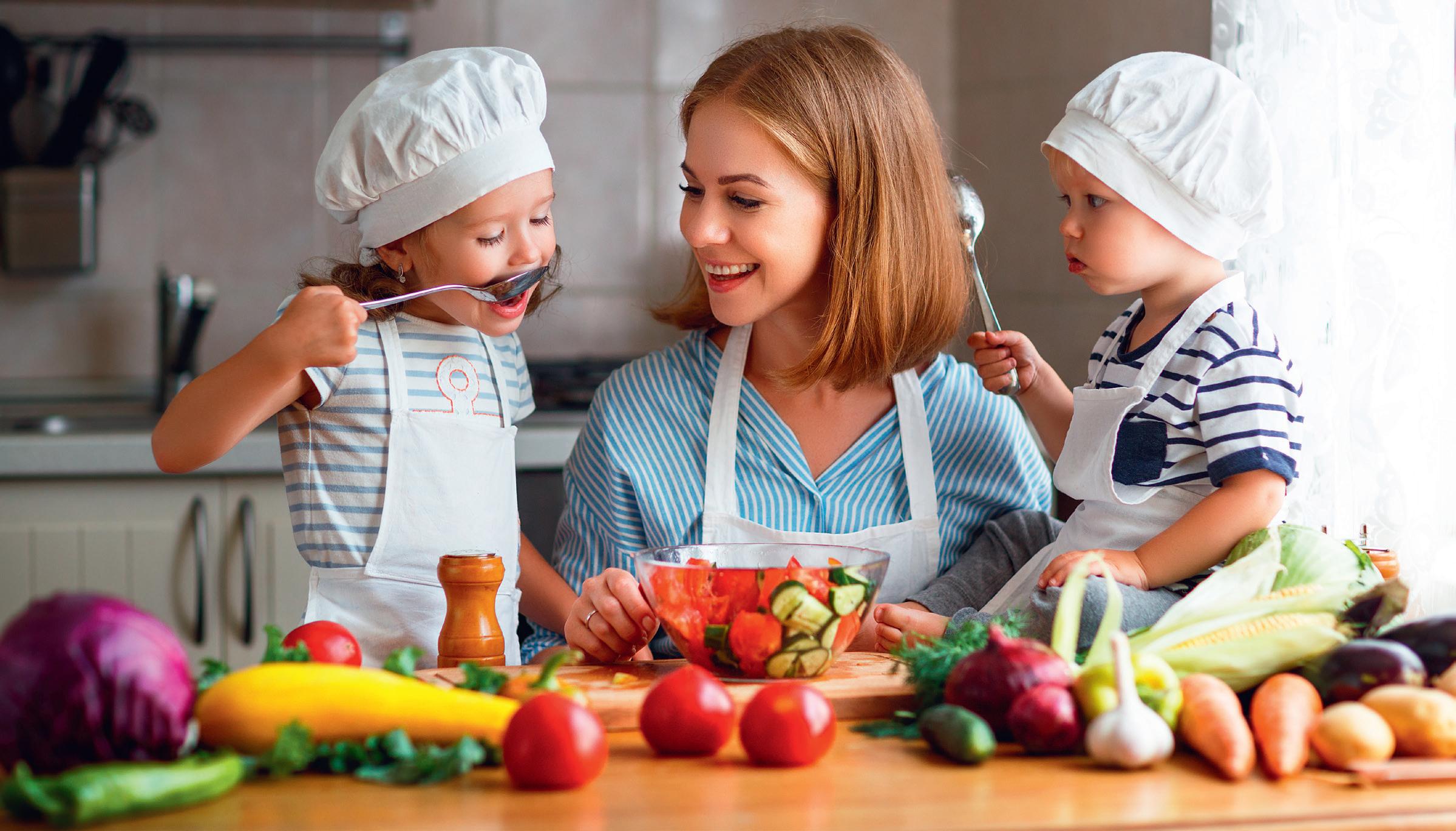
monitoring must be considered in order to meet nutritional needs.
Although fibre is recommended, be careful of feeding your child a diet that is too fibre-rich. Fibre is filling, so it may prevent your child from eating other high-energy foods. Additionally, too much fibre can lead to poor absorption of other nutrients like iron, zinc, and calcium.
In addition to the higher fibre wholegrain and wholemeal versions, your child should have some lower fibre foods, such as white bread and rice, until they are around five years old. Bring in high calorie foods like nut butters or vegetable oils to ensure that they are getting enough energy.
If you are adamant about having your child adopt a vegetarian diet, you should consult a health professional to seek advice regarding obtaining the necessary supplements.
Are you thinking of going veggie - or even vegan? It’s not a simple decision, and how will it affect your family’s health?
Since beans and lentils are a couple of the main protein options available for vegetarians, it is important to note that these foods need to be cooked thoroughly in order to destroy toxins and to aid with digestion. If not, undercooked beans and lentils may lead to vomiting and diarrhoea.
Spanish scientists examined claims that plant-based diets cause people to fart more. Researchers from the Liver and. Digestive Diseases Networking Biomedical Research Centre (CIBERehd) in Barcelona studied a group of 18 healthy men aged between 18 and 38, eating either a fibre-enriched Mediterranean diet rich in fruits, vegetables, grains and legumes or a Western-type diet with fewer fruit and vegetables for two weeks. After a break, they then switched to the other diet for two weeks. The results? Those following a plant-based diet farted an average of seven times more per day and had stools twice the size as those following a Western diet.


One of the main concerns of eating a vegetarian or vegan diet is whether or not it includes enough protein. Fortunately, there are still a lot of non-meat protein options available. Beans, lentils, and nuts are good sources of protein, and for lactoovo vegetarians (those who don’t exclude dairy products or eggs), they are also good sources of protein.
Vitamin B12 is found in animal products, and is essential for nerve and blood development. Fatigue is just one of the symptom of B12 deficiency. Though vegetarians will be able to find it in dairy products, strict vegans are out of luck.
Vitamin B12 is not found in plant-based foods, so vegans will need to find B12 supplements to consume for themselves and for their children. This is especially crucial for mothers that are breastfeeding, as a lack of vitamin B12 can cause both anaemia in the mother and brain damage in the baby.


Getting enough vitamin D and calcium is also crucial for growing children. This will
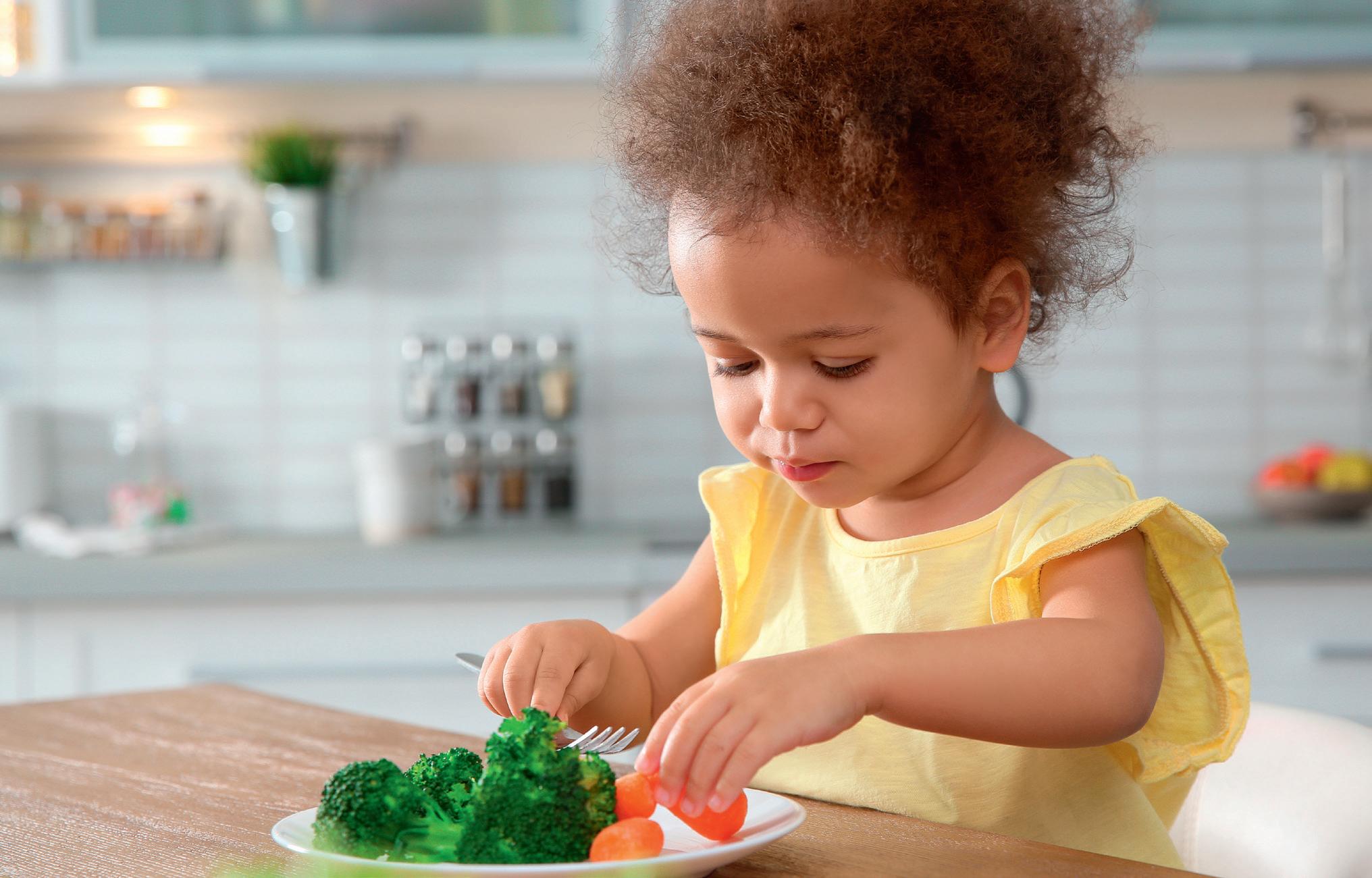
help prevent bone disease. Other minerals and nutrients that may be hard to obtain in a vegetarian diet include iodine, omega 3, iron, and calcium, so again it’s important to look for supplements.
If you’re looking for a healthy veggie snack, try ringing the changes on some popular nibbles.
Veggie chips. Although potato chips are already vegetarian, try other types of veggie chips like kale, quinoa, or okra chips
Trail mix. A great high-energy snack filled with nuts, chocolate, pretzels, and dried fruit
Nachos. Nachos don’t have to be topped with chicken, beef or pork - try layering your tortilla chips with vegetarian cheese, pinto beans, red peppers, jalapenos, green onion, cilantro, radishes, and of course salsa
Head over the page for a taste-packed vegetarian recipe to give you some meatfree ideas! »
From
Kale is a good non-dairy source of calcium, and this dish provides one third of the recommended daily intake of this important nutrient.
SERVES 2
PREPARATION 15 MINS COOKING 50 MINS
INGREDIENTS FOR THE STEW 2 tbsp olive oil 1 medium onion, finely diced 1 clove garlic, finely chopped 1 carrot, finely diced
1⁄2 tsp turmeric 1 ground cinnamon 1⁄2 tsp ground ginger 50g red lentils 250ml passata 350g butternut squash 1⁄2 400g can black-eyed beans 750ml reduced sodium vegetable stock 80g kale, washed and finely shredded Pinch of salt Pinch of pepper
TO SERVE 2 slices wholemeal baguette
METHOD
1. Add the oil to a large saucepan set over medium heat.
2. Add the onions, garlic and carrots and cook for about five minutes, until so ened.
3. Stir in the turmeric, cinnamon and ginger and continue to cook for another minute until the spices become fragrant.
4. Turn the heat down to low and add in the lentils and passata, cooking for a further 15 minutes and stirring occasionally. (You may need to add a little more passata during cooking.)
5. Add the squash, black-eyed peas and stock to pan, then simmer for 30 minutes until the squash is tender.

6. Once the squash has been cooking for 20 minutes, steam the kale for about 10 minutes, either over the stew or in a separate pan, until slightly so ened but still bright green.
7. Stir the kale into the squash and lentil mixture, then season to taste with a bit of salt and pepper.
8. Serve in bowls, either alone or with slices of crusty wholemeal baguette. ■

You may have seen mentions of probiotics and prebiotics without quite understanding what they are or how they can help your wellbeing and that of your kids.
Basically, probiotics are beneficial micro-organisms that assist and aid the body, and prebiotics are nutrients that help them.
Probiotics are live bacteria and yeasts which have multiple functions and are essential for absorbing food, maintaining the immune system and the digestive system. For those reasons they are regularly promoted as “good” or “friendly” bacteria, and added to foods such as yoghurts or taken as food supplements.
Almost all natural, unprocessed, unrefined foods contain probiotics, but food safety regulations mean that they are usually removed from the food we find on our supermarket shelves. The only place you could find them in food is directly from the farm.
Nonetheless, probiotics serve an important function, restoring the natural balance of bacteria in your gut biome (the colony of bacteria in your stomach and intestines), particularly when it’s been disrupted by an illness or treatment.
Without the correct balance of microorganisms, the body is unable to assimilate the nutrients, vitamins and other essential elements that maintain a good and healthy metabolism. This leads to upsets in the system that can cause ailments including stomach pains, bloating, diarrhoea, and heartburn.
The two most common types of probiotics are Bifidobacteria, thought to support the immune system, limit the growth of harmful bacteria in the intestine and help in breaking down lactose into nutrients the body can use; and Lactobacillus, which produces lactase, the enzyme that breaks down lactose, or milk sugar, and lactic acid, which promotes the body’s absorption of minerals.

If you’re considering trying probiotics, bear in mind that they are generally classed as food rather than medicine, which means they don’t go through the rigorous testing medicines do. Different types of probiotics may have different effects on the body, and you may have to try a few different types to find out which is most effective for you and your kids. You may find a particular type of probiotic helps with one problem. But this doesn’t mean it will help other problems, or that other types of probiotic will work just as well.
As always, you should consult your doctor if you have any doubts, but most recommend and encourage the use of probiotics, even if you are on drugs such as antibiotics. It’s also generally safe to take probiotics when you are pregnant or nursing, but again you should consult your GP. ■
What are probiotics, and how can they help you and your children?
It’s all about going with your gut...

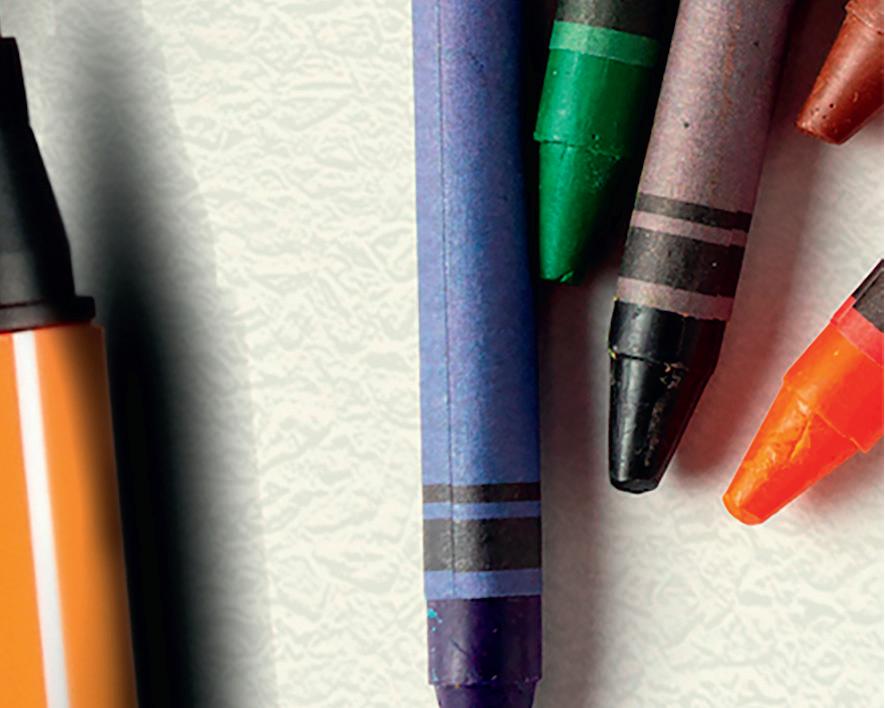
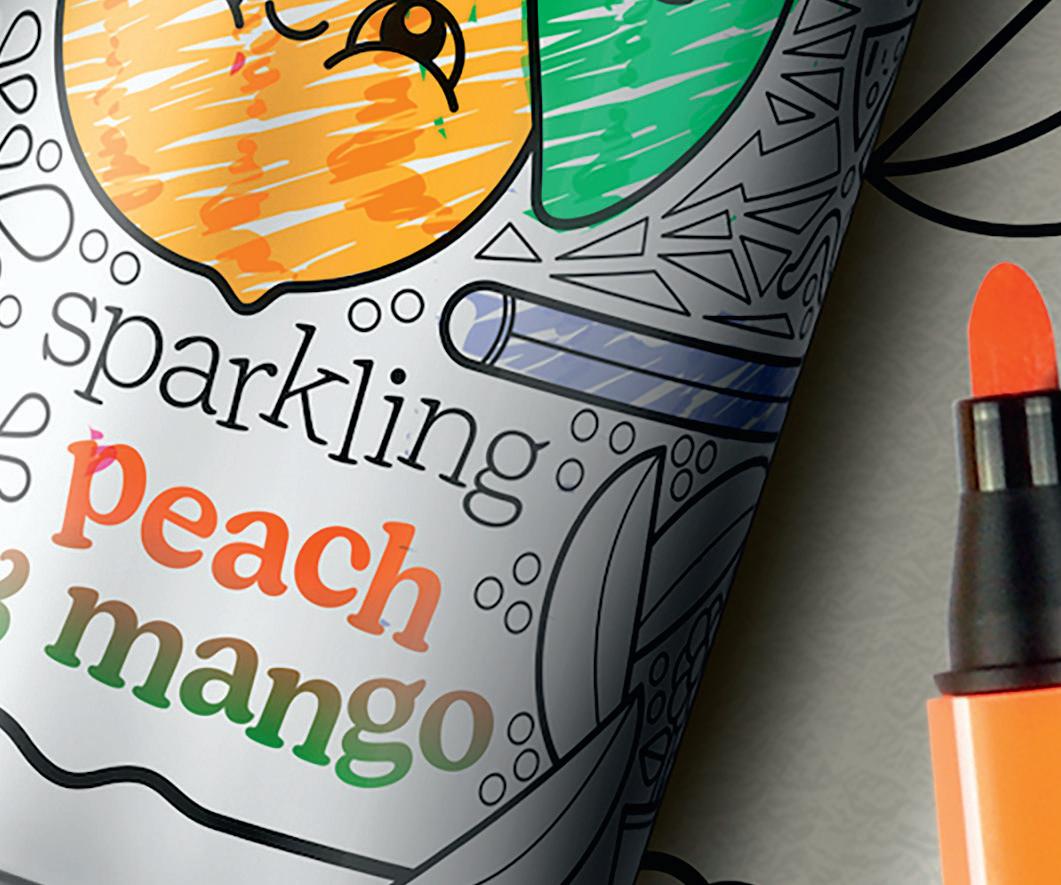
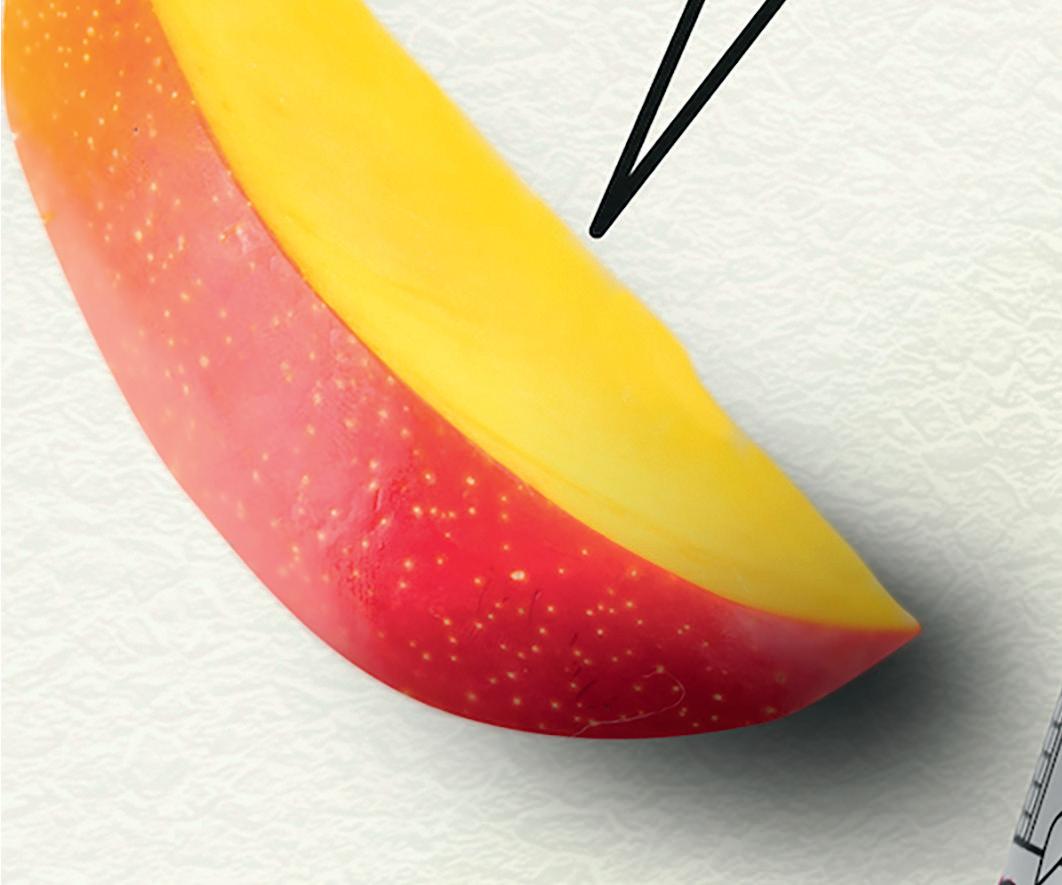

Oodles Of Doodles is a drink made by children truly for children. Forget the sugary drinks or colourful liquids of the past, this is not what our children need.


A drink where parents can actually understand our ingredients and our doodlers know that parents will not say no to this healthier alternative.
Oodles Of Doodles is an all-natural, no preservatives, action-packed fun drink for children.







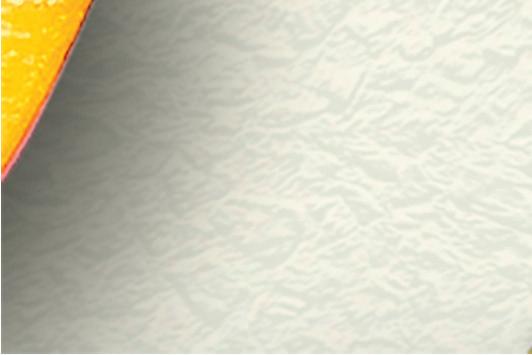
A range of carbonated so drinks in recyclable cans that children can colour in.


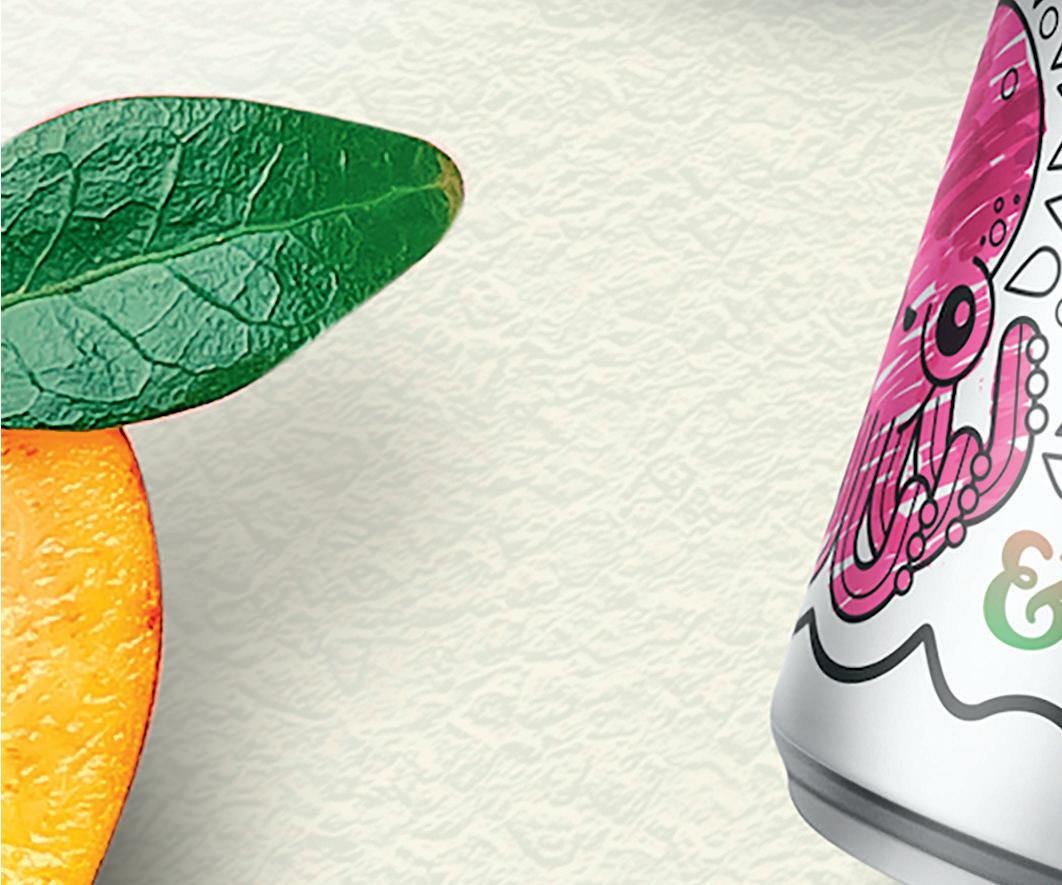

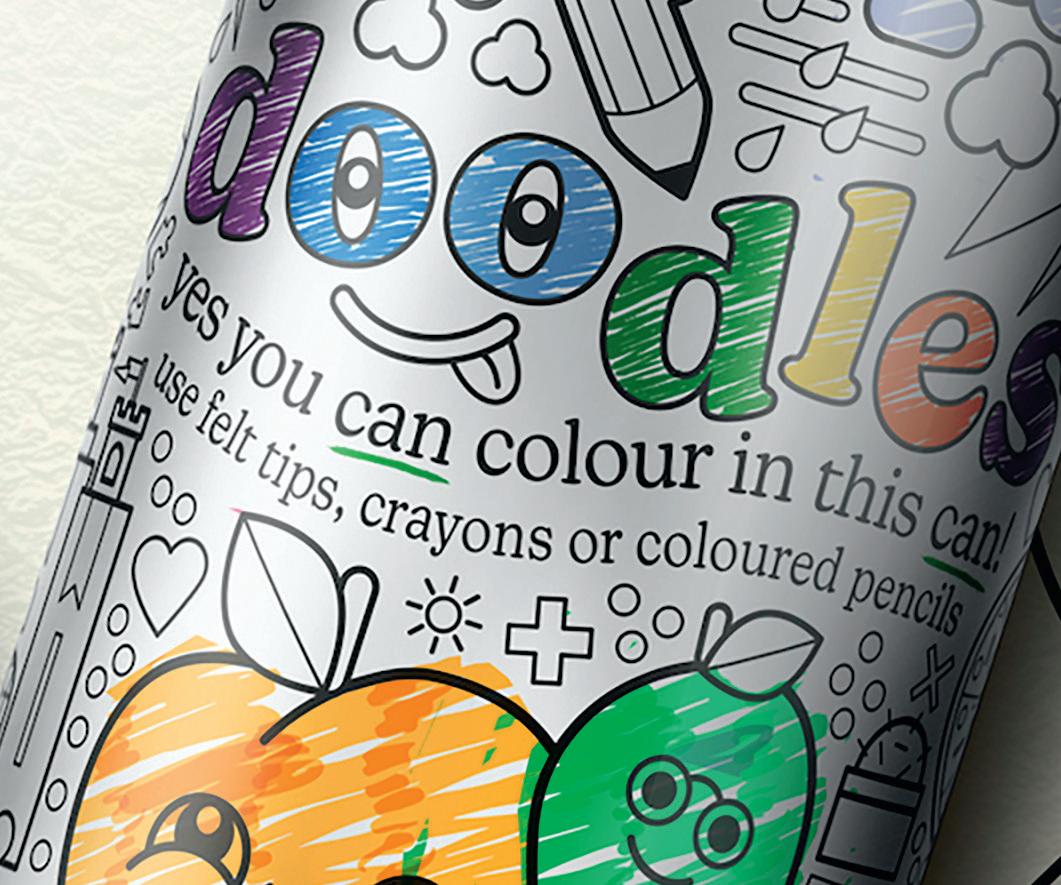
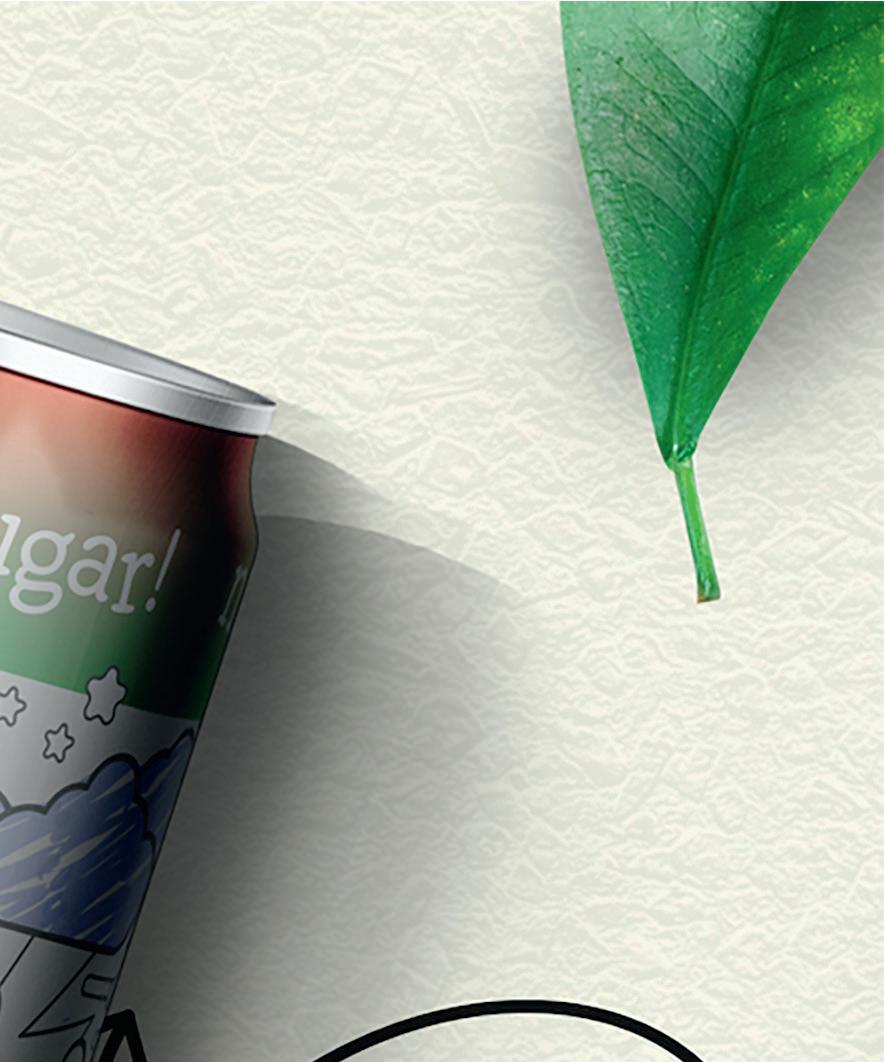
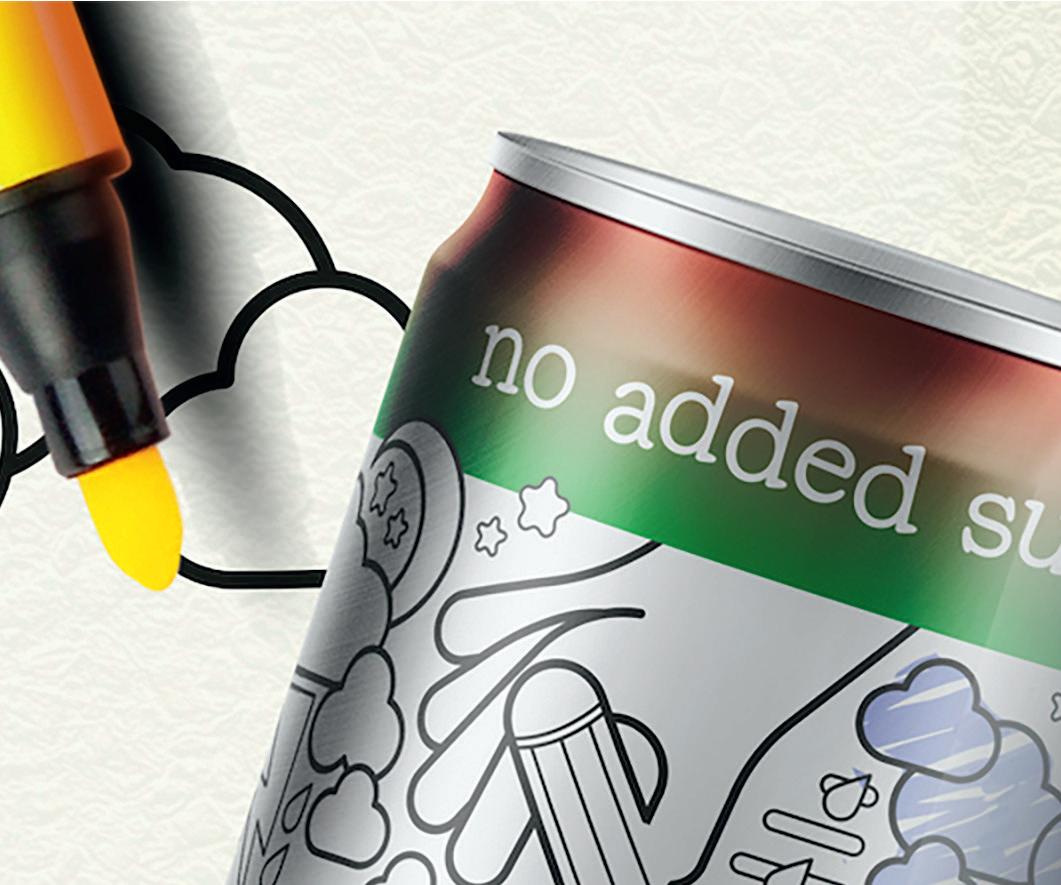
The World Health Organisation defines obesity as ‘’abnormal or excessive fat accumulation that presents a risk to health’’. In recent decades, mainly because of changes in dietary habits and food formulation, obesity has become a particular problem in children. Childhood obesity can persist throughout life and can lead to long-term health problems, but obesity and its related diseases are largely preventable, simply through making some diet swaps.
Globally in 2016, the number of overweight children under the age of five is estimated to have been over 41 million. Overweight and obese children are likely to stay obese into adulthood and more likely to develop noncommunicable diseases like diabetes and cardiovascular diseases at a younger age.
The fundamental cause of childhood overweight and obesity is an energy
imbalance between calories consumed and calories expended. There has been a global shift in diet towards increased intake of energy-dense foods that are high in fat and sugars but low in vitamins, minerals and other healthy micronutrients. There is also a trend towards decreased physical activity due to the sedentary nature of many forms of recreation, changing modes of transport, increasing urbanization and the pandemic lockdown.
England’s children are consuming too many calories - and, in particular, too much sugar. Teenagers in England are the biggest consumers of sugar-sweetened drinks in Europe. The Scientific Advisory Committee on Nutrition (SACN) recently concluded that sugar consumption increases the risk of tooth decay, and that consumption of sugar sweetened beverages is associated with increased risk of type 2 diabetes and higher weight. A single 330ml can of a soft drink with added
All children need about 60 minutes of physical activity a day for good health, but it doesn’t need to be all at once. Several short 10-minute, or even five-minute, bursts of activity throughout the day can be just as good exercise as an hour-long stretch.
sugar (which can contain as much as 35g of sugar), may instantly take a child over their sugar RDI.
As a first step towards tackling childhood obesity, the Government introduced a soft drinks industry levy, or sugar tax, designed to encourage producers to reduce the amount of sugar in their products. »
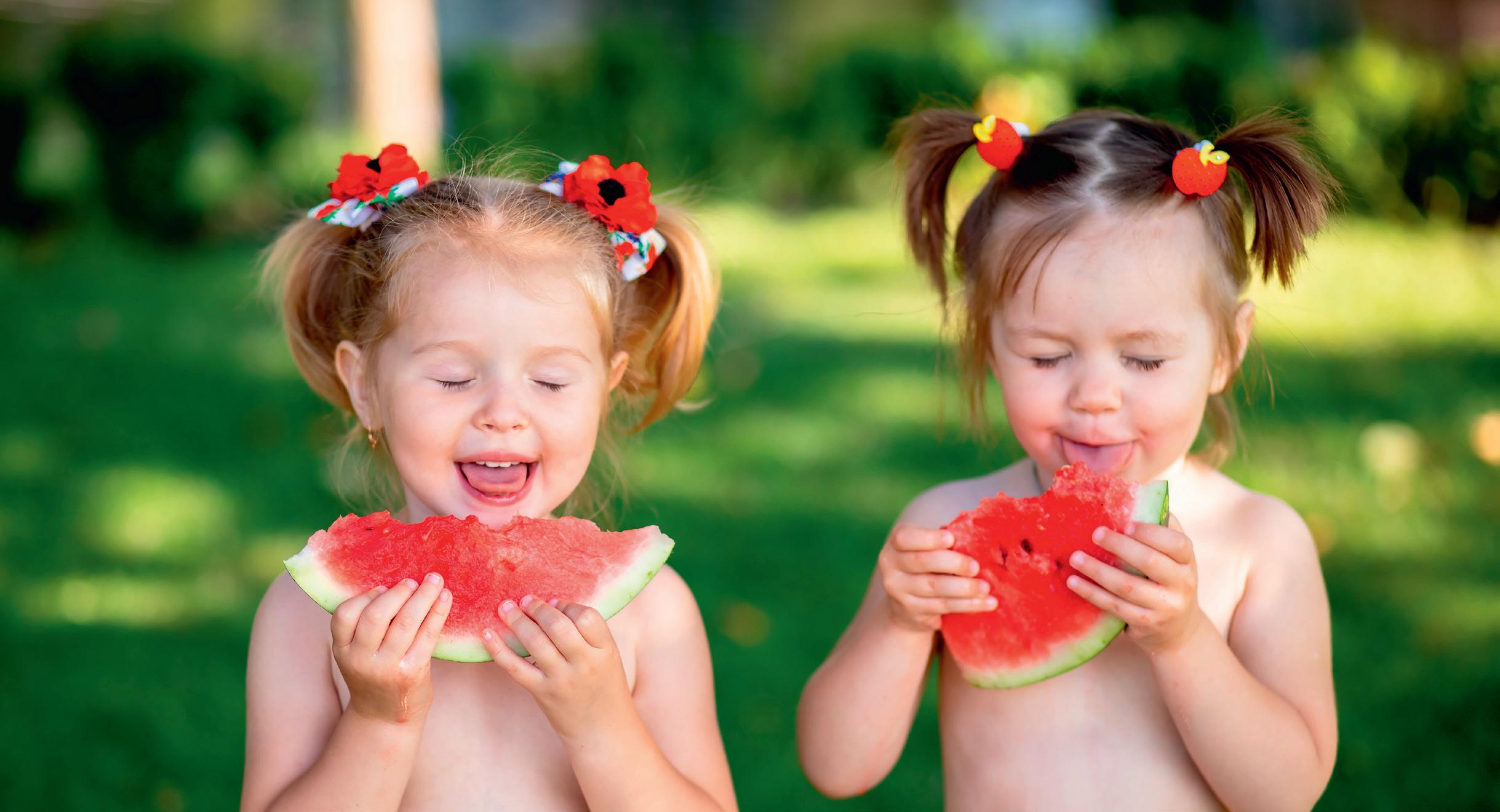
A few simple diet swaps could help fight off childhood obesity, and could be good for the whole family too
Oodles of Doodles (www. doodlesproducts.com) says: “Oodles
Of Doodles was founded by the Eason children, who were fed up of their parents saying NO! to their drink choices when they went out for dinner or even in the supermarket. Oodles Of Doodles is a healthier alternative to sugary drinks that are currently offered by big companies that don’t prioritise child health.
Sugary and sweetened drinks stimulate the hormone ghrelin which causes hungerhence the obesity crisis in our children!
Oodles Of Doodles is looking to launch into the UK market in 2023, and is looking for reputable retailers in the hospitality industry to start a movement with Doodles, and help our children one sip at a time.”
Set a good example to your children; eat well yourself, walk or ride a bike instead of driving, and play in the park or go swimming with your children to show them that being active is fun. Changes to a child’s diet and lifestyle are more likely to be accepted if they are small and involve the whole family.
Very overweight children don’t need to do more exercise than slimmer children. Their extra body weight means they’ll naturally burn more calories.
For younger children it can take the form of active play, such as ball games, chasing games, riding a scooter, or using playground equipment. For older children it could include riding a bike, skateboarding, walking to school, skipping, swimming, dancing and martial arts.
Beware of high-calorie foods. Calories are a measure of the energy in food. Knowing how many calories your child consumes each day, and balancing that with the amount of energy they use up in activity, will help them maintain a healthy weight.
Children, just like adults, should aim to eat five or more portions of fruit and vegetables every day. They’re a great source of fibre and vitamins and minerals.
Almost all fruit and vegetables count towards your child’s five a day, including fresh, tinned, frozen and dried. Juices, smoothies, beans and pulses also count.
Unsweetened 100 percent fruit juice, vegetable juice and smoothies can only count as one portion of their five a day - so two glasses of fruit juice and a smoothie in a day still only counts as one portion.
It also helps children stay trim if they sleep well. It’s been shown that children who don’t have the recommended amount of sleep are more likely to be overweight. The less they sleep, the greater the risk of them becoming obese. ■
Try to avoid feeding your child large portions. A good rule of thumb is to start meals with small servings and let your child ask for more if they’re still hungry. Try not to make your child finish everything on the plate or eat more than they want to.
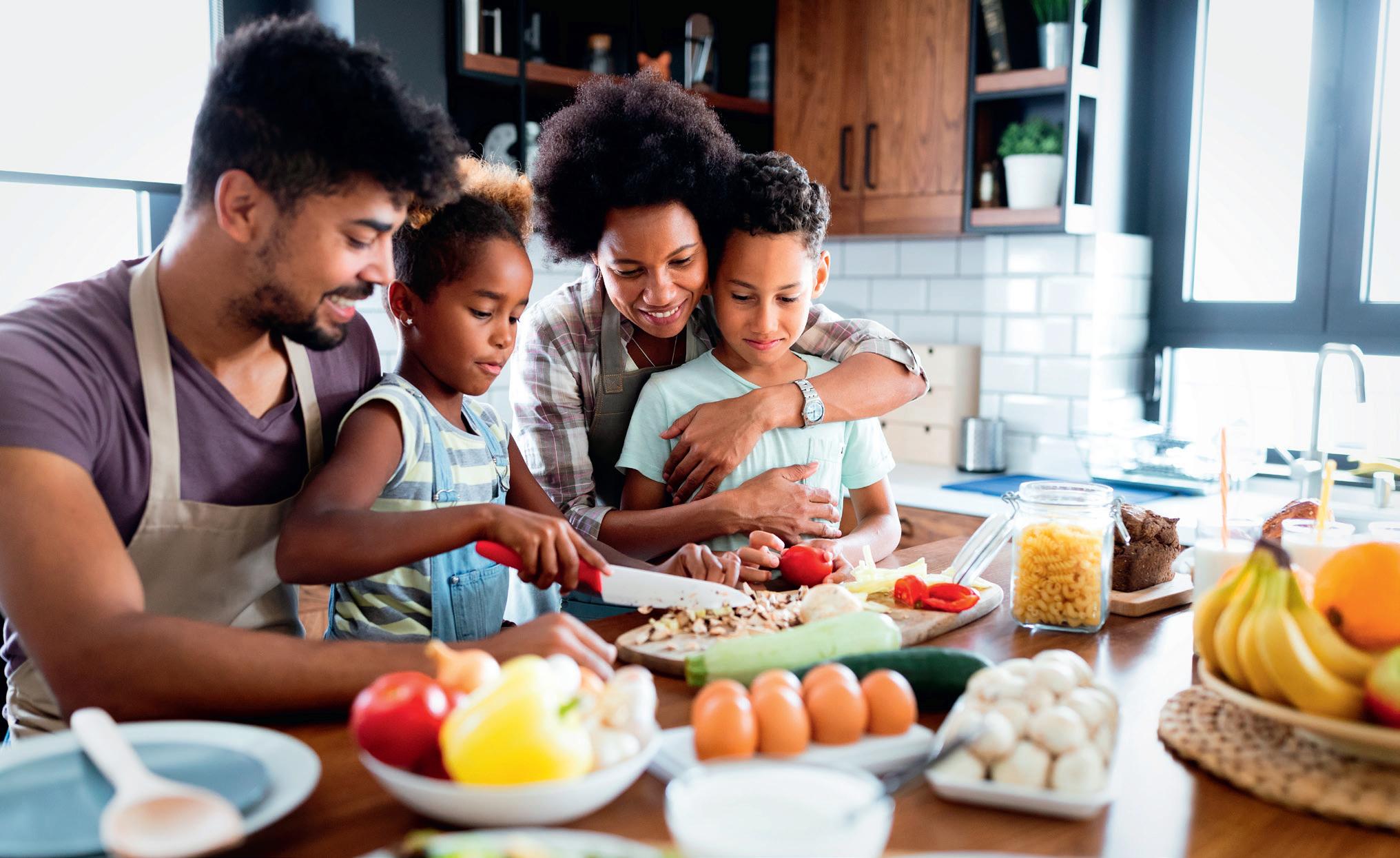
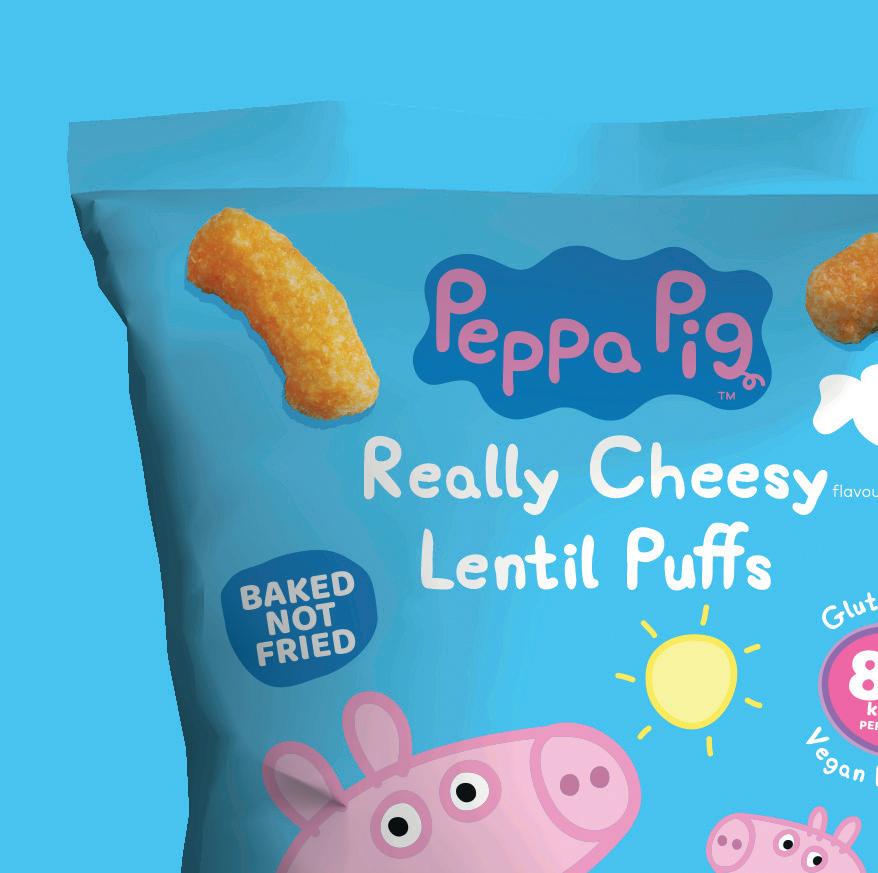
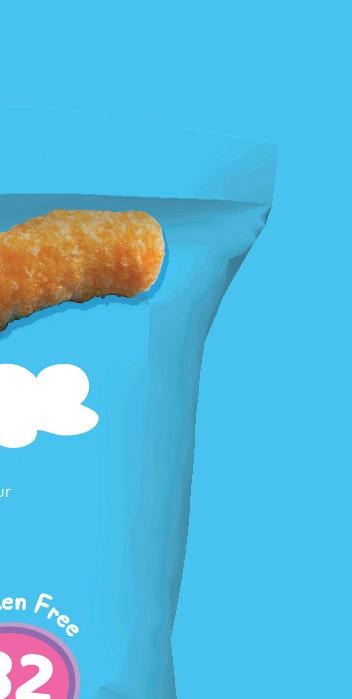
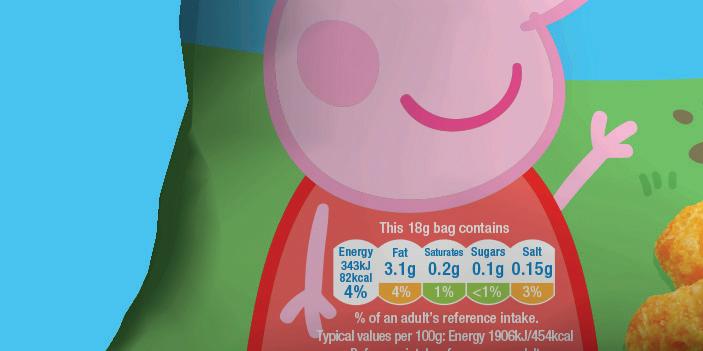
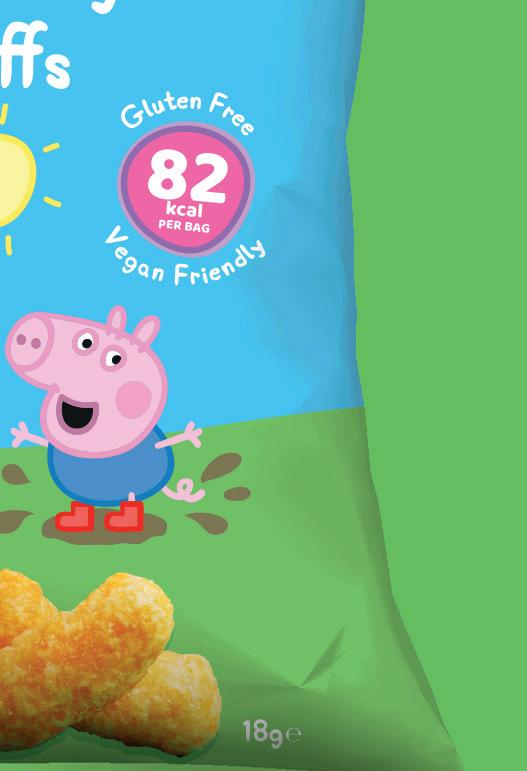
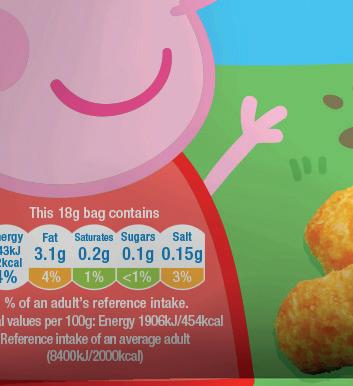














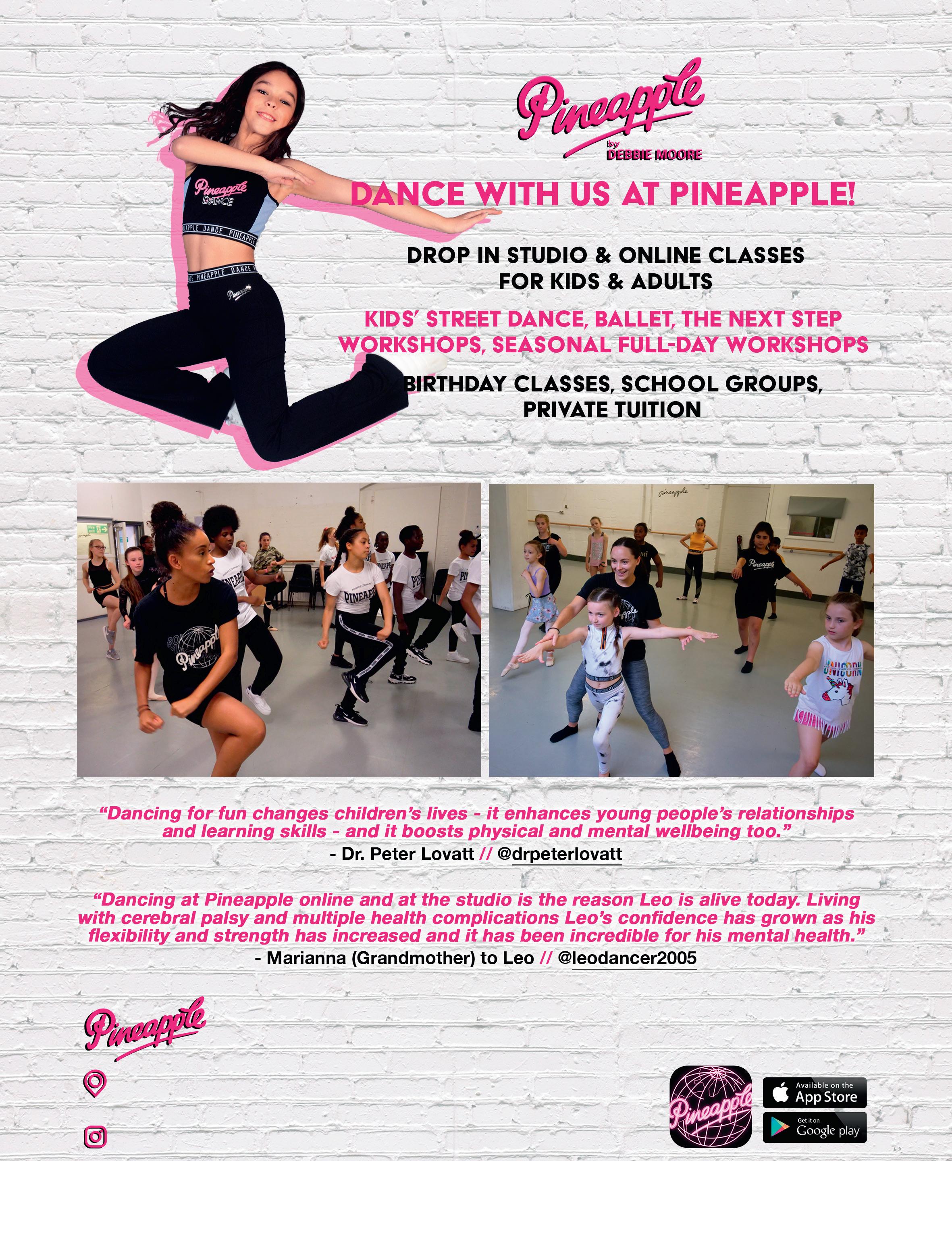


Outdoor play is essential for healthy child development, but is there more to it than fresh air, sunshine and exercise?
The NCT, the national charity for pregnancy, birth and early parenthood, explains that outdoor play is fun and exciting, but also important for children’s learning and development.

Of course, you can start them off in the great outdoors at any age, from enjoying a walk with a newborn in their pram, to pushing your toddler on the swings. As they get older, they’ll benefit more and more from the mental and physical stimulation.
The importance of being outdoors is as much as anything because it stimulates all the senses. The exciting novelty of the objects they’ll see outdoors stimulates the sight and hearing, and the smells and textures of natural objects add to the experience.
Moreover, it’s been shown that physical exercise taken during the day helps children sleep better at night, which is essential for growth and development.
Outdoor play is also better than indoors for developing motor skills. Being able to run, jump and handle objects will teach them coordination and stimulate a life-long love of movement and exercise. Being outdoors also encourages an appreciation of natural things which will enrich their experience in later life.
In lockdown, it was noted that the mental health of children kept away from their schoolfriends suffered. Outdoor play is a great anti-depressant, and playing with other children is a good way to develop socialisation skills which will be essential
when they go to school or college. It’s also a good opportunity for parents to get out of the house, and a walk to the local playground and a chat with other parents might do you a world of good too!
As for encouraging kids to play outside when they would rather stay in playing video games, there are a few top tips to get them off their behinds. Start them off in a small space such as your garden or a local park, before exposing them to the wilds. Make outdoor trips a special event and organise fun activities like treasure hunts to go with them. If they have a favourite toy, bring it with you and encourage outdoor play with it. Bring family and friends with you, and make a trip to the park a group event - and teach your kids to make use of the facilities in your local playground. Use it, or lose it! »
The Council for Learning Outside the Classroom argues that being outdoors is also an educational opportunity.
But, says the CLOtC, opportunities for children to access the natural environment are diminishing. Children are spending less time outside due to concerns over safety, tra ic, crime, and parental worries. Modern environments have reduced amounts of open green spaces too, while technology has increased children’s sedentary time.
It is for these reasons and more that many think schools have arguably the greatest potential – and responsibility – to give children access to natural environments.
This is not just about improving break times and PE lessons, however. Across the UK, teachers are getting children outdoors by delivering curriculum-based lessons in school grounds or local areas. A variety of

subjects, such as maths, art and science, are all being taken outside.
There are no o icial statistics on how much outdoor learning is used, but researchers have noted increasing use. While it’s not part of the country’s curricula for year three onwards in primary schools (age seven up), these outdoor initiatives are supported for all ages by the UK government, which has invested for example in the Natural Connections project run by Plymouth University and Nature Friendly Schools run by The WildLife Trusts.
But outdoor learning is still underused in primary schools, particularly when children are aged between seven and 11. So if there are such big benefits to outdoor learning, why isn’t it happening more o en? A CLOtC study in 2019 spoke to teachers and pupils to find out.
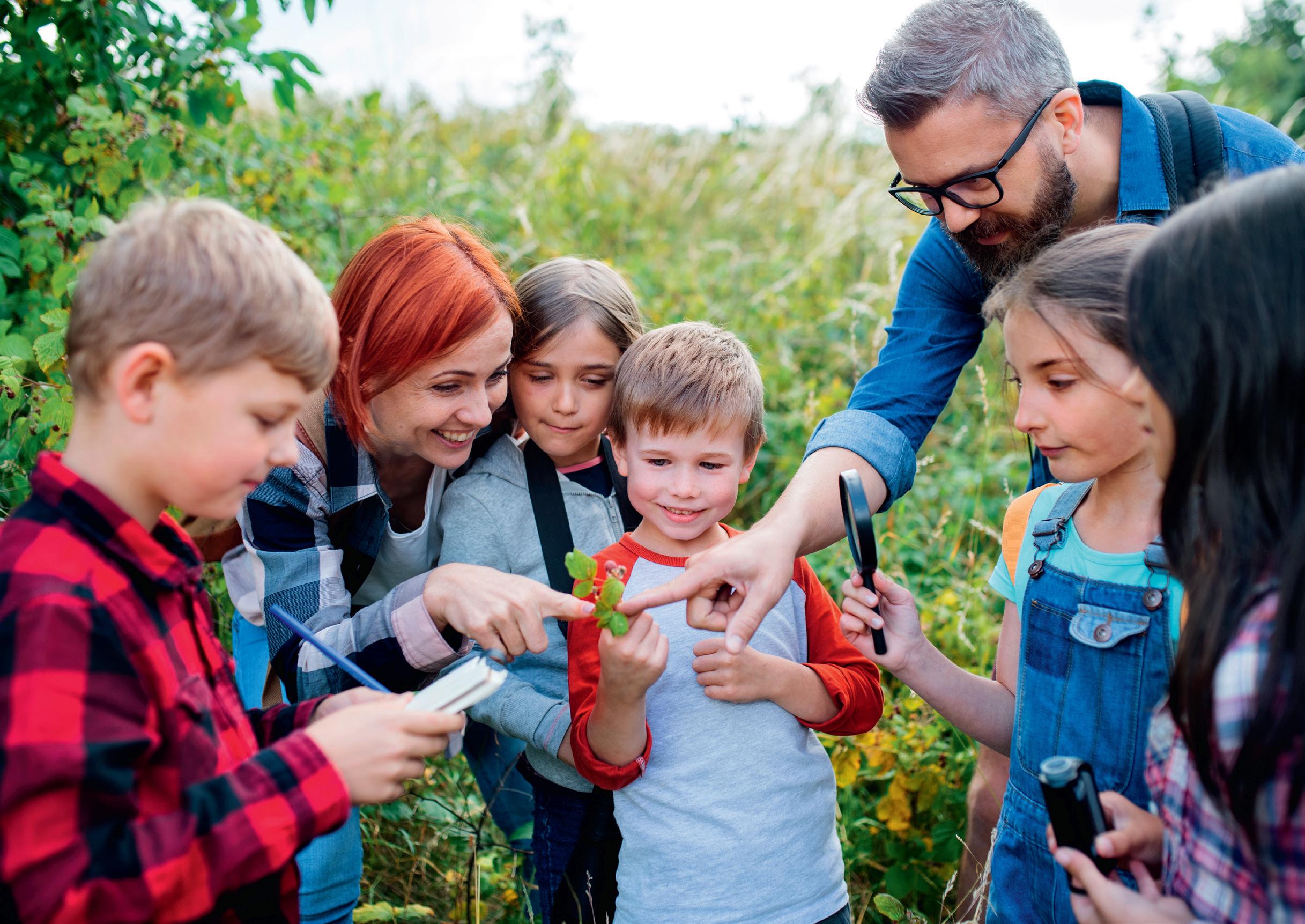
The participants all took part in the HAPPEN project, the CLOtC’s primary school health and education network. These educators and students (aged between nine and 11) engaged in outdoor learning, classed as teaching the curriculum in the natural environment, for at least an hour a week.
The pupils said they felt a sense of freedom when outside the restricting walls of the classroom. They felt more able to express themselves, and enjoyed being able to move about more too. They also said they felt more engaged and were more positive about the learning experience. In addition, many said that their well-being and memory were better.
One student commented: “When we go out to the woods we don’t really know we’re doing it, but we’re actually doing maths and we’re doing English, so it’s just making it educational and fun at the same time.” ■
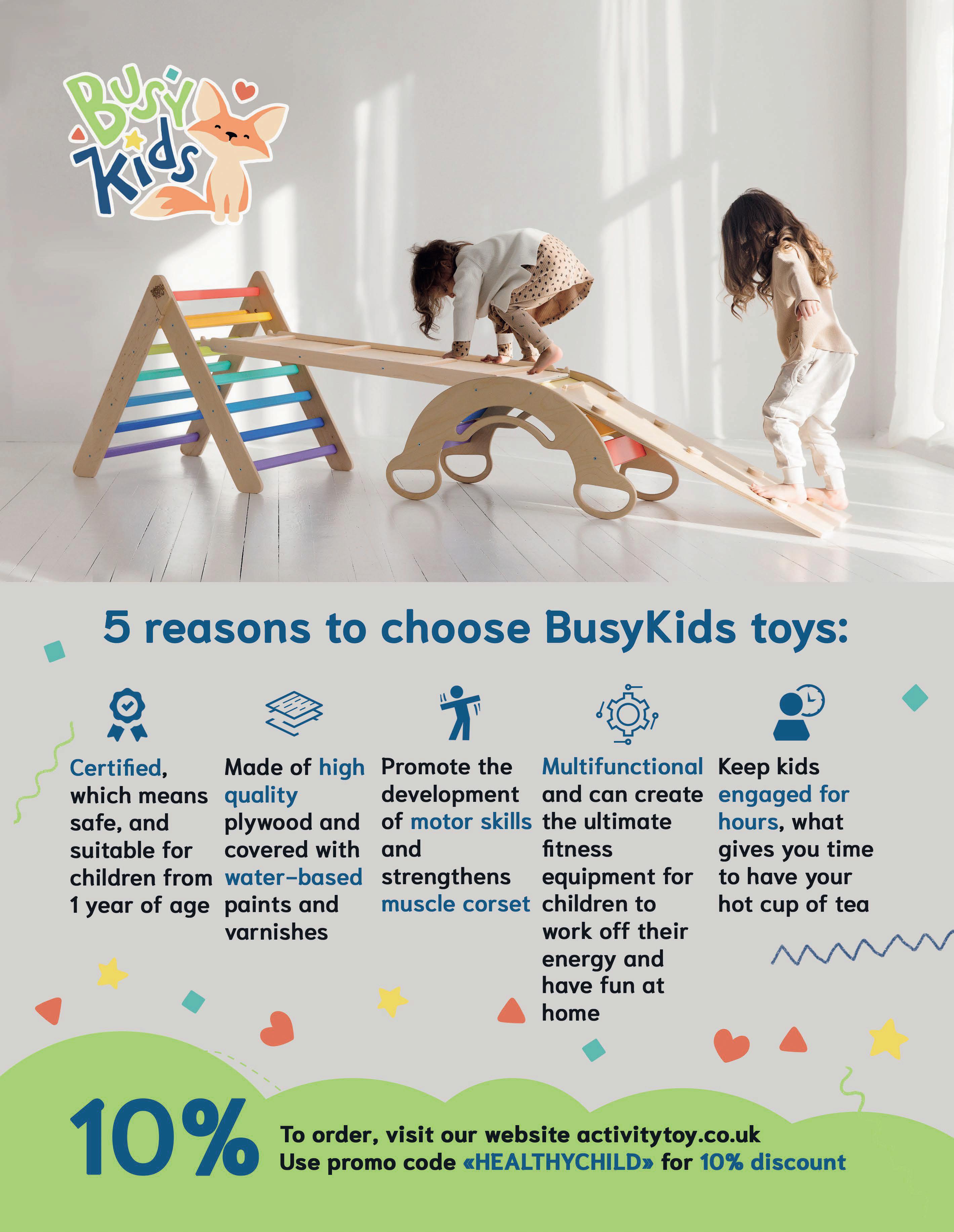
Getting the kids to sleep well is a dream for many parents, but it’s an essential for health and development and can be encouraged with the right environment
Healthy sleep is an essential in child health and development, and of course their bedroom environment is a large factor in the equation. You can help to promote healthy sleep in babies and children, and that will help you to get a better night’s sleep too!
Babies’ sleep patterns are notoriously variable – some will sleep for long periods, others in short bursts. Their sleep pattern is unlikely to fit in with your need for sleep, so try to sleep when your baby sleeps.
If you’re breastfeeding, in the early weeks your baby is likely to doze off for short periods during a feed. Carry on feeding until you think your baby has finished or until they’re fully asleep, then you have an opportunity to try to get a bit of rest yourself – but don’t sleep on the sofa with your baby.
If you’re not sleeping at the same time as your baby, don’t worry about keeping the house silent while they sleep. It’s good to get your baby used to sleeping through a certain amount of noise.
Just as with adults, babies’ and children’s sleep patterns vary. From birth, some babies need more or less sleep than others. But what is the average amount of sleep babies and children need during a 24-hour period, including daytime naps?
Most newborn babies are asleep more than they are awake. Their total daily sleep varies, but can be from 8 hours up to 16 or 18 hours. Babies will wake during the night because they need to be fed. Being too hot or too cold can also disturb their sleep.
As your baby grows, they’ll need fewer night feeds and will be able to sleep for
longer. By the age of three to six months, some babies will sleep for eight hours or longer at night, but not all. By four months, they may be spending around twice as long sleeping at night as they do during the day.
For babies aged six months to a year, night feeds may no longer be necessary and some babies will sleep for up to 12 hours at night. Teething discomfort or hunger may wake some babies during the night.
Babies will sleep for around 12 to 15 hours in total after their first birthday.
By the age of two, most children will sleep for 11 to 12 hours at night, with one or two naps in the daytime. By the age of three or four, most children will need about 12 hours sleep, but this can range from eight hours up to 14. Some young children will still need a nap during the day.
There are some simple tips to promote better sleep, such as de-cluttering the room, developing only positive associations with the bedroom – don’t use bedtime as a punishment for misbehaviour - and maintaining darkness. Too much light prevents the pineal gland from releasing the sleep hormone melatonin. If they insist, a small nightlight should be all you need to help them to nod off.
Understanding how to choose the best mattress for your child is crucial. There are many options for support technology, such as open coil, pocket sprung or memory foam - the question is which will provide maximum support for your child at night, leading to a good, comfortable night’s sleep.
Where possible, look for a mattress that
is made in the UK as it will comply with UK health and safety regulations, giving you added peace of mind.
The spokesperson for the National Bed Federation, Simon Williams, advises that “When it comes to a mattress for your child, do not buy on price alone.
“Your child does most of their growing whilst asleep, so it is important that the mattress is of sufficient quality to support them properly.”
“Ensure it is made by a reputable manufacturer and you purchase it from a trusted retailer or website, and check the mattress displays the BS 7177 label for flammability standards.”
If you’re buying for a cabin or bunk bed, stick to under a legally approved weight and thickness.
“The key point here is that the top of the mattress should be at least 16cm below the top of the side/end rails to prevent the child rolling out of bed.”
Most types of sprung or foam mattresses are suitable for children, although foam ones with removable, washable, or dry cleanable covers are a good practical choice. ■
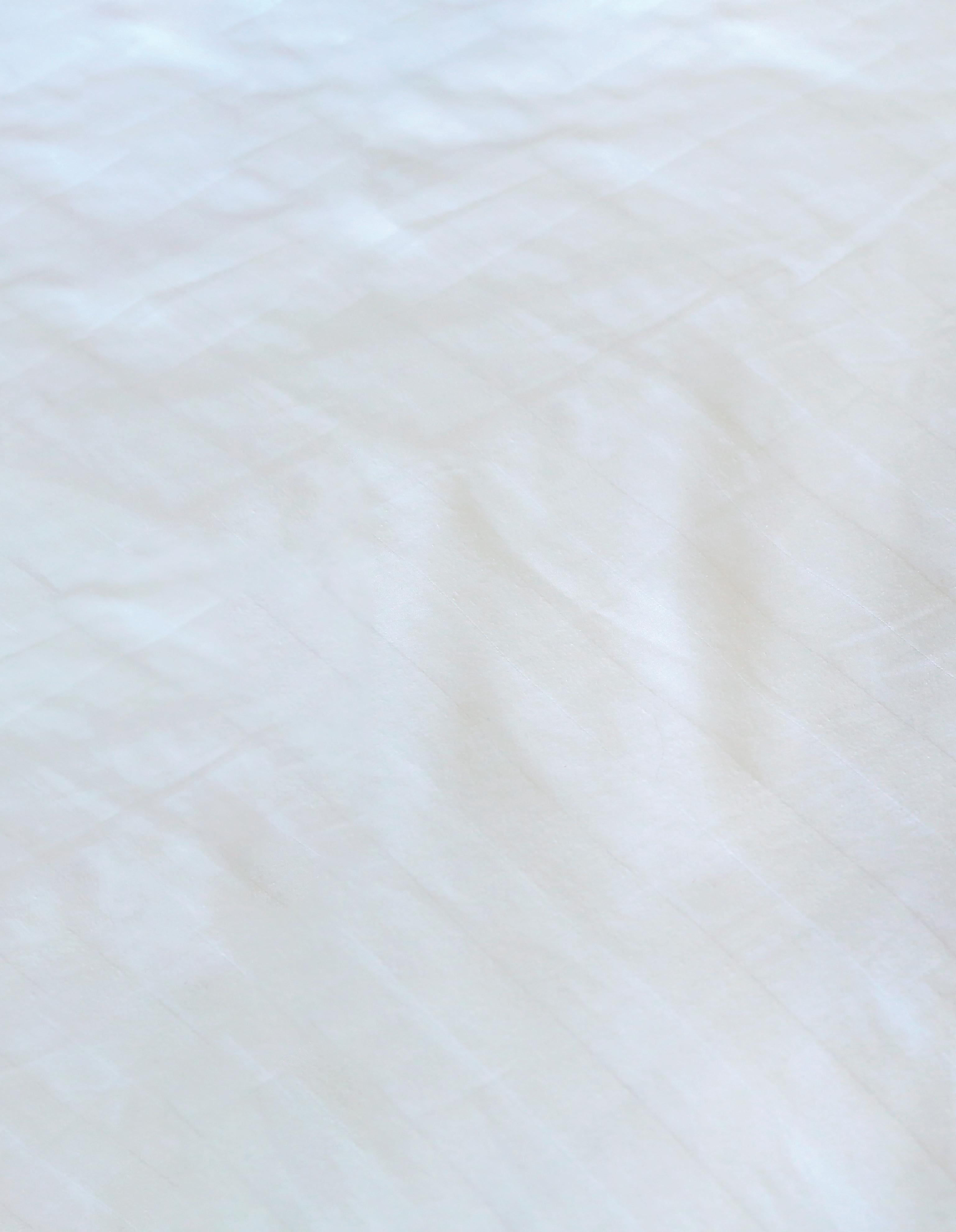
Sleep plays a crucial role in the development of young minds. In addition to having a direct effect on happiness, research shows that sleep impacts alertness and attention, cognitive performance, mood, resiliency, vocabulary acquisition, and learning and memory.
(Source: Sleep Foundation).
Poor sleep in early childhood has been linked to problems with the immune system, anxiety and depression, obesity, diabetes, and high blood pressure.
(Source: Sleep Foundation)
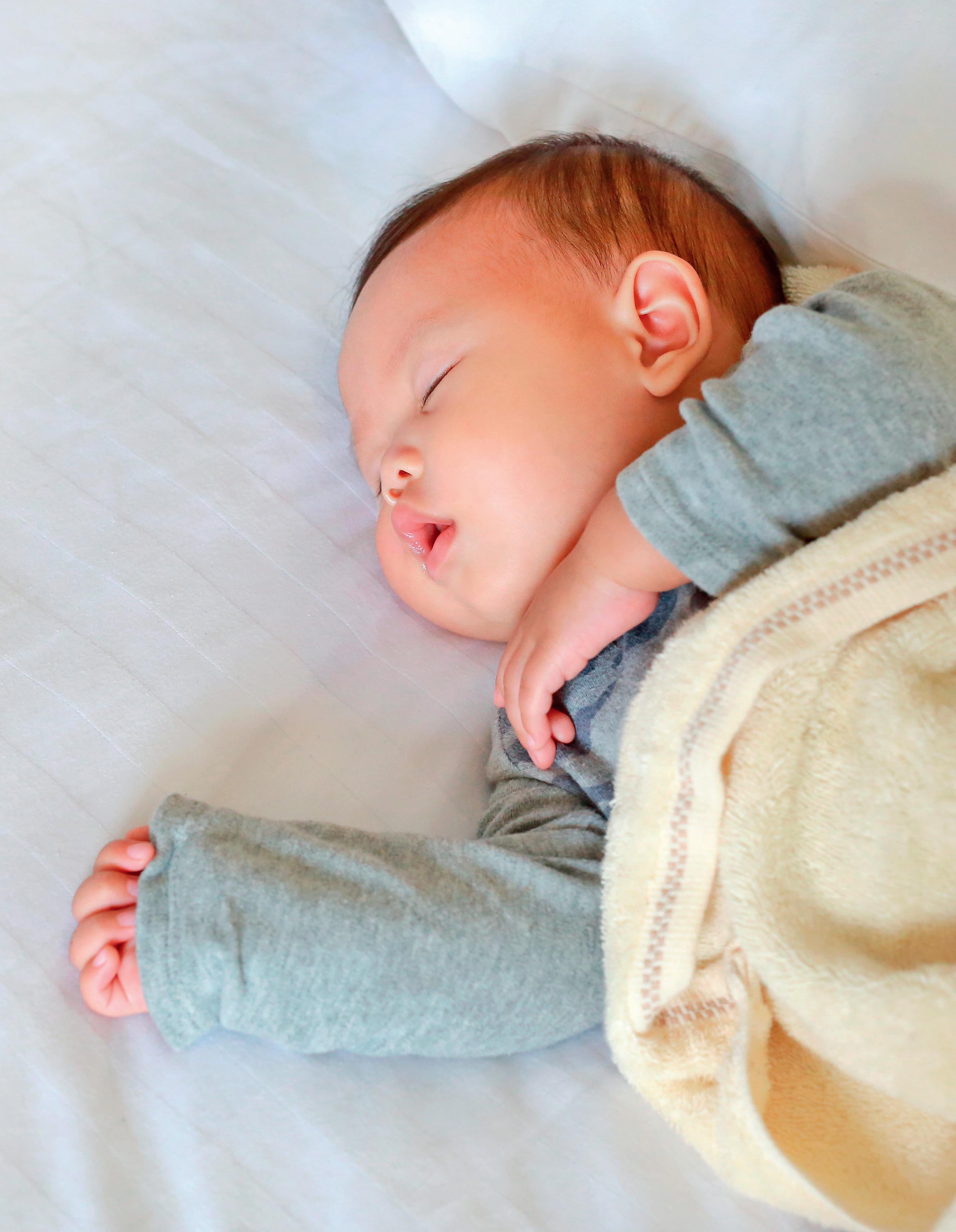
ComfiKIDS garments have been developed to be used in conjunction with oils and emollients prescribed by healthcare professionals. By incorporating MultiStretch TechnologyTM, the garments are constructed to stretch in multiple directions, meaning they are easy to apply by the professional or parent. The garments o er additional comfort and are discreet to wear under clothing.
With superior SteamSo TechnologyTM, our garments are not only ready to wear but also suitable for machine washing, allowing them to be re-used again and again whilst still retaining their so ness.
ComfiKIDS garments are also an ideal solution for securing dressings in di cult areas of the body, such as the chest and groin.
The garments are designed to fit each area of the body, ranging from a clava for the head through to socks for the feet, allowing the patient to live an active day and a restful night.
ComfiKIDS garments are available at local pharmacies with a free prescription from your doctor, if you think that your child could benefit from using ComfiKIDS then please speak to your GP.
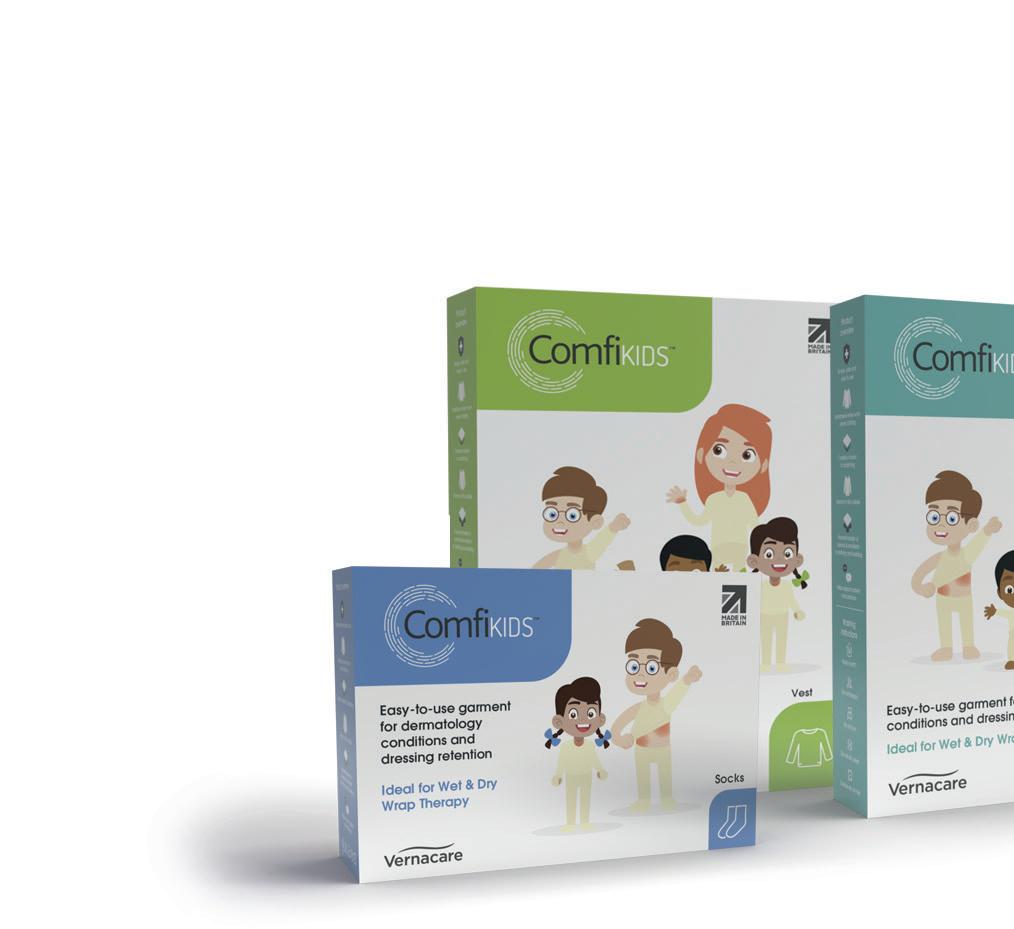

Simple, safe and easy to use
Unobtrusive when worn under clothing
Seams on the outside
Prevents transfer of creams & emollients to clothing and bedding
Creates a barrier to scratching
Helps support patient concordance
Material: Viscose, Elastane, Polyamide



ComfiKIDS ready to wear garments provide the ideal solution for covering the skin when using steriods, heavy emolients or ointments for the treatment of common conditions such as eczema, dermatitis and psoriasis.
for wet and dry wrAp therapy















The Comfi range o ers a selection of high-quality tubular bandages and garments, developed by a team of woundcare experts.


ComfiFast Tubular Bandages and Garments have now been made in the UK for 20 years using high quality materials and SteamSo Fabric, resulting in highly robust but so and comfortable fabric that is ready to wear with no pins or tapes required.
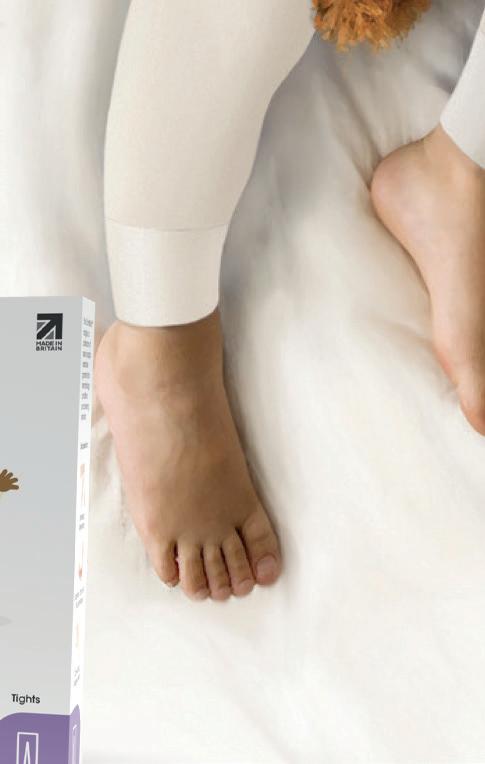
As the leading brand within the NHS and wider care sector, the Comfi range supports individuals and healthcare workers in delivering excellent standards of care, o ering an extensive range for all your needs.














Many of us would give anything to have skin like a child’s, but that doesn’t mean that young skin doesn’t need care and attention
You’ll notice that many skin care products aimed at adults are designed to address the common signs of ageingwrinkles, sags, dryness and so on. But don’t automatically assume that young skin doesn’t require care. In fact, how we treat our skin when we’re young has a lot to do with how it ages, so it’s never too early to think about things like
moisturisation, and preventing sunburn.
The key to a successful skincare routine for children is to clean, moisturise and apply sunscreen daily. You don’t need fancy products - in fact you should steer clear of some which have harmful ingredients or can cause allergic reactions - so it’s not expensive to keep up a skincare routine for kids. The essential thing is to watch out for
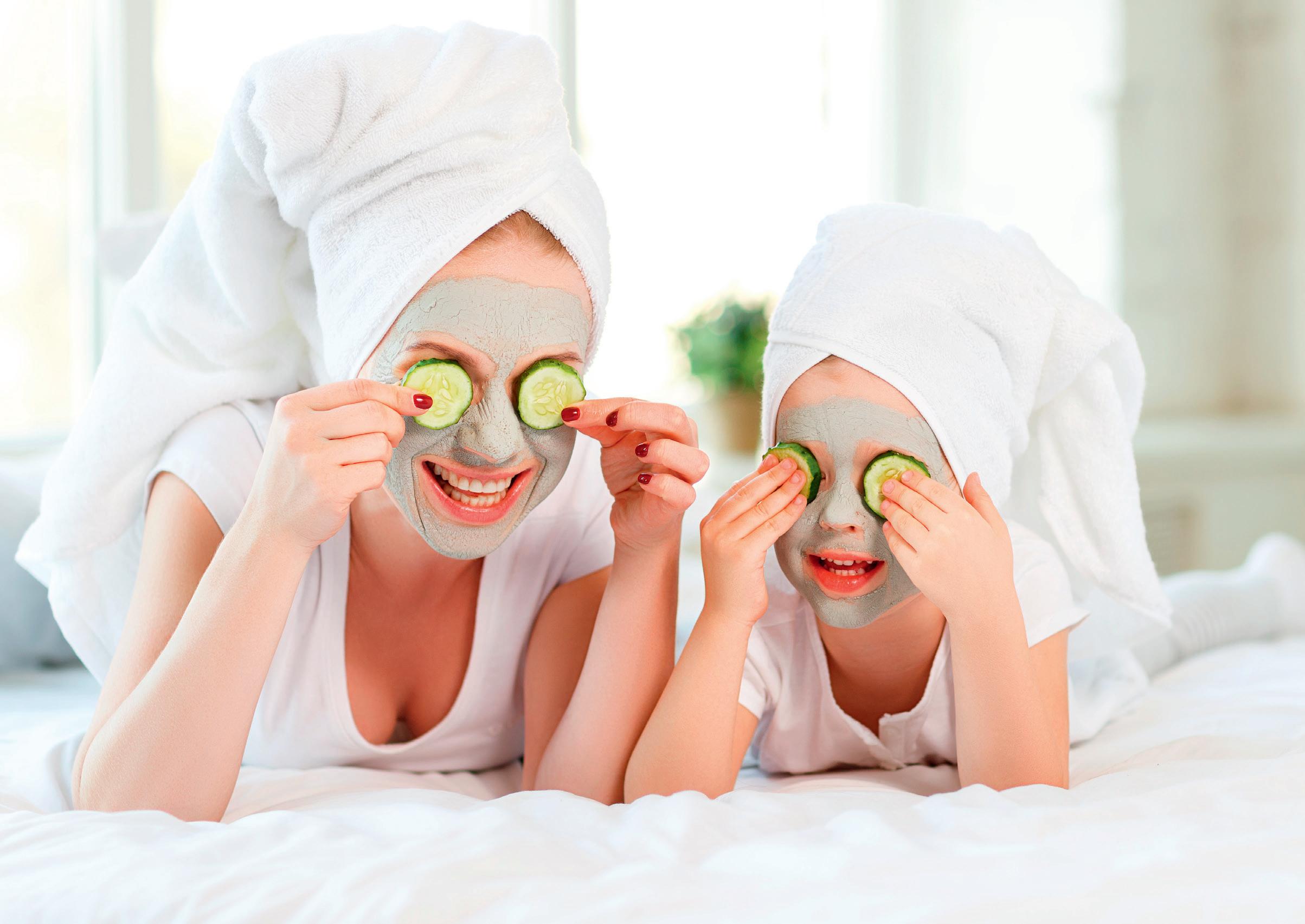
symptoms of skin irritation such as eczema, or for allergic reactions.
Skin is the largest organ of the human body, and acts as the barrier between our bodies and the environment. When we are children, our skin is more resilient, and it’s the perfect time to start forming good skincare habits. So what child skin care products should you be looking for, and when should you use them?
AGE 2-5
Once a child is walking on their own, developing language skills, and learning how to dress and clean their teeth, it’s a good age to start teaching them to wash and take care of their skin. If they don’t like having water on their face, start them o with a so washcloth. If you can make a game of washing, this could make it easier for them to get into the habit. Use a gentle baby hair and body wash, and follow with a gentle lightweight baby lotion.
By this age, children are at school and should be showing some independence. This is a good time to teach them skincare habits which will stay with them through life. At this age they should be introduced to using a gentle facial cleanser, followed by a gentle toner to balance skin pH. Finish with a lightweight baby lotion.
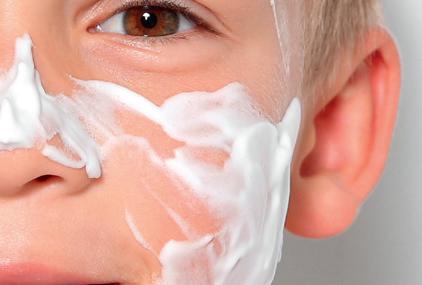

The ‘tweens’ are a di icult age, when the onset of puberty may result in all sorts of skin problems. Peer pressure may make them much more aware of their appearance, but this might make it easier to get them to pay attention to their

skincare. Good diet and healthy exercise are as a good a skincare regimen now as any cosmetic, but tweens are normally pretty receptive to products that they realise are aimed at their age group.
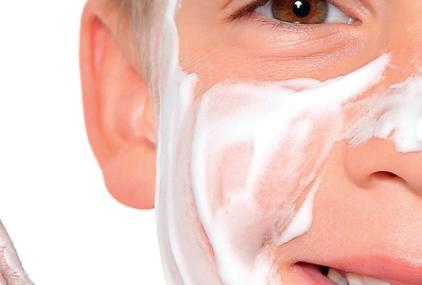
This is the age when skincare is supremely important, as it can set the pattern for later life. In adolescence, skin can become what is politely known as ‘chaotic’, so good diet and exercise as well as a regular skincare routine become essential.
It’s best to develop a morning and night-time routine, using a gentle facial cleanser followed by a moisturising toner and soothing lotion in the morning, then a clarifying facial cleanser to gently remove dirt and make-up at night. At this age, they can also use exfoliants on both face and skin, being sure to use only facial exfoliants on the face, and not every night, perhaps 1-3 times per week. An exfoliant helps to remove dead skin cells, so using one at night is most beneficial.
Using an exfoliant should be followed by a moisturising toner to return skin to its normal pH, then finished with a soothing lotion to make sure skin is hydrated and nourished. »
Many ingredients in adult cosmetics are best avoided, so it’s even more important to be aware of them when looking for child skincare products. The major groups to avoid are:
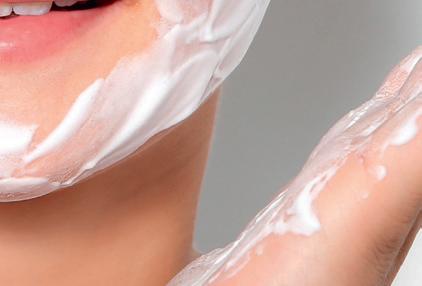
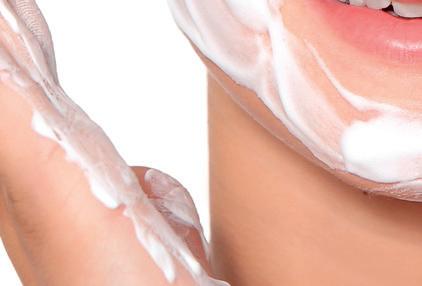
❖ Fragrances. They smell good, but can cause allergies, dermatitis, and respiratory problems, so they’re best avoided.
❖ Parabens. Widely used as preservatives in body washes, shampoos, facial cleansers, and deodorants, they can cause irritations and allergies in young children.






❖ Formaldehyde. Formaldehyde-releasing preservatives (FRPs) are sometimes used to help prevent bacterial growth in shampoos and body washes, but can cause irritation and may even be harmful to the immune system.

❖ Sodium lauryl sulphate is found in a high percentage of shampoos and body washes, but can be an irritant to the eyes, skin, and lungs.


❖ Synthetic colourings , derived from petroleum or coal tar sources are potential irritants which are banned in the EU, but can be found in some American products.
❖ Propylene glycol , a conditioning ingredient in moisturisers and sunscreen, can cause dermatitis and hives.

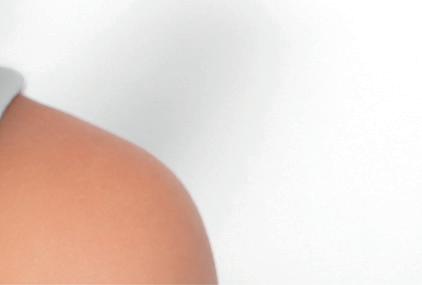






❖ Sunscreen chemicals such as benzophenone should be avoided, instead look for zinc or titanium-based sunscreens.

It’s essential to prevent dry skin by moisturising, and the earlier you get your kids into this habit, the more they will benefit in later life. Dryness is a common issue with young skin, but a basic product such as Vaseline is often all that’s needed to ward it off, and won’t cause irritation.
When children are young it’s not necessary to bathe them every day, as this can lead to dry skin. A shower or bath three times a week is enough and will keep them clean without harming the skin.
Water should not be too hot, and children should be encouraged to wash themselves gently with a soft cloth or sponge, not to scrub too hard.
In the summer, swimming in pools or the sea may leave chlorine or salt on the skin. These can both cause dryness, so make sure the kids wash them off and apply a gentle moisturizer after swimming.
Each part of the year has its own challenges for protecting children’s skin.
In the winter, outdoor play can be fun, but wind and frost can damage skin. Make sure their hands and faces are protected, and even if it is overcast, use sunscreen, as invisible ultra-violet light combined with dry air can cause skin damage even when it doesn’t appear to be sunny. Indoors, if you have the heating on in winter, it can cause dry air, so again, a moisturiser can be useful in protecting the skin. You might also like to install a humidifier.
In spring and summer, when bright sunlight is a more obvious problem, it’s vital to use sunscreen on your children any time they are outdoors. Look for sunscreen with an SPF rating of 30 or more, which is formulated to protect against both UVA and UVB rays. If your child will be swimming, look for a water-resistant product.

There’s a right and wrong way to apply sunscreen; it should go on 30 minutes before exposure, and should be applied all over the body, taking care particularly to cover the hands, neck, ears, and shoulders. It should be reapplied every two hours or so. Protecting from sunburn will help to avoid signs of ageing in the future, and is vital to guard against the development of skin cancers. ■
Not everyone realises the importance of keeping hydrated for good skin, and as some children do not like drinking water, you sometimes have to be sneaky to keep them hydrated, particularly during the hot summer months when they may lose water through sweating. You should offer them milk or water instead of other drinks, and if they insist on something with more flavour, add a little fruit.


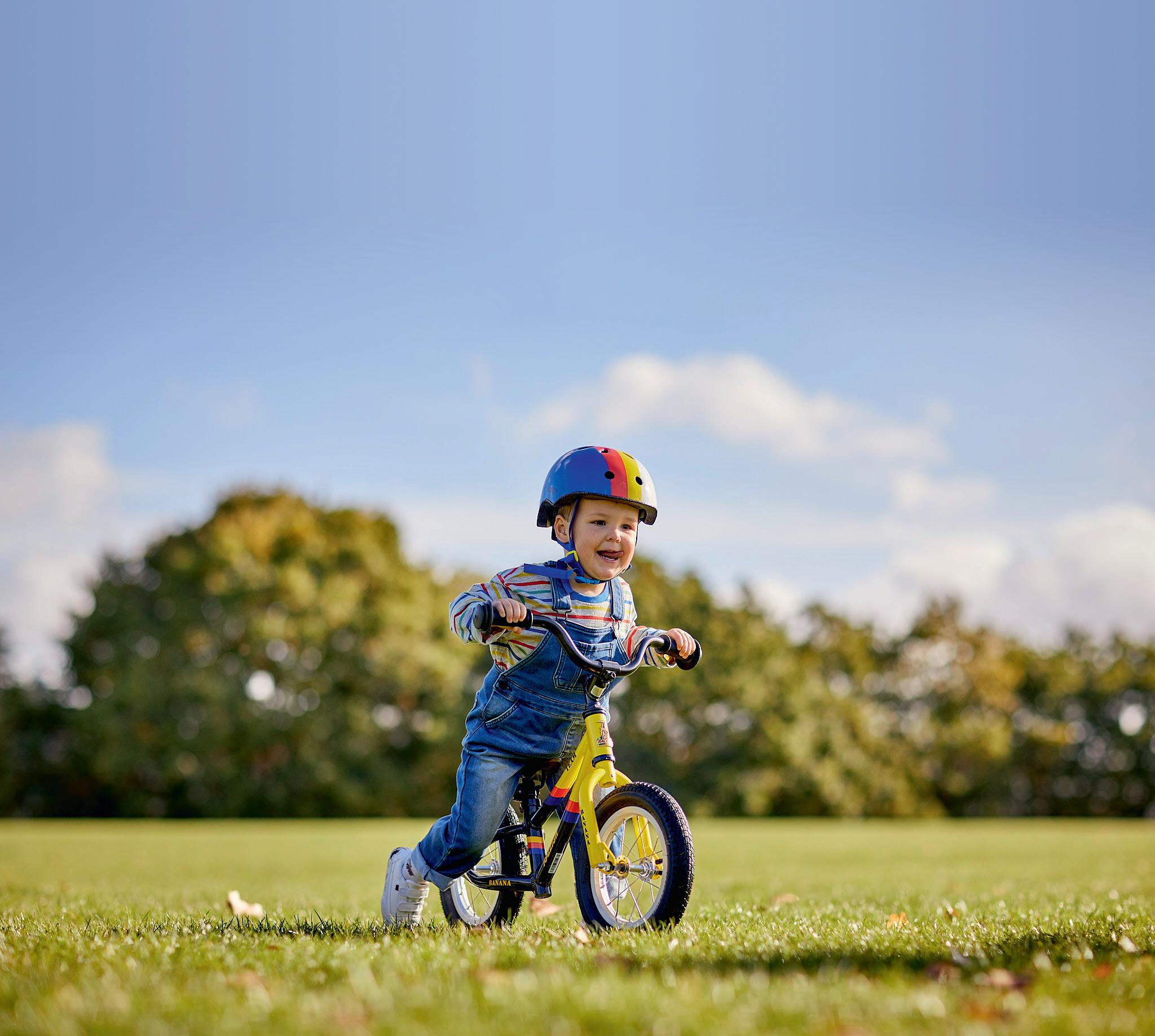
Raleigh have spent 130 years dreaming, designing, building, and riding bikes for the whole family to enjoy. Get the next generation on two wheels and enter now for your chance to win a Raleigh POP or Balance Bike and helmet, worth up to £350!
For your chance to win this amazing prize, all you need to do is answer this simple question:
In what year was Raleigh founded?
A: 1688 B: 1888 C: 1988
To enter, go to the website at: www.celebrityangels.co.uk/raleigh
Find out more about Raleigh bikes at www.raleigh.co.uk

Competition ends: 31st March 2023

celebrityangels.co.uk



It’s great exercise and gives them a sense of independence, so riding a bike is an important developmental step. How do you choose the right machine?

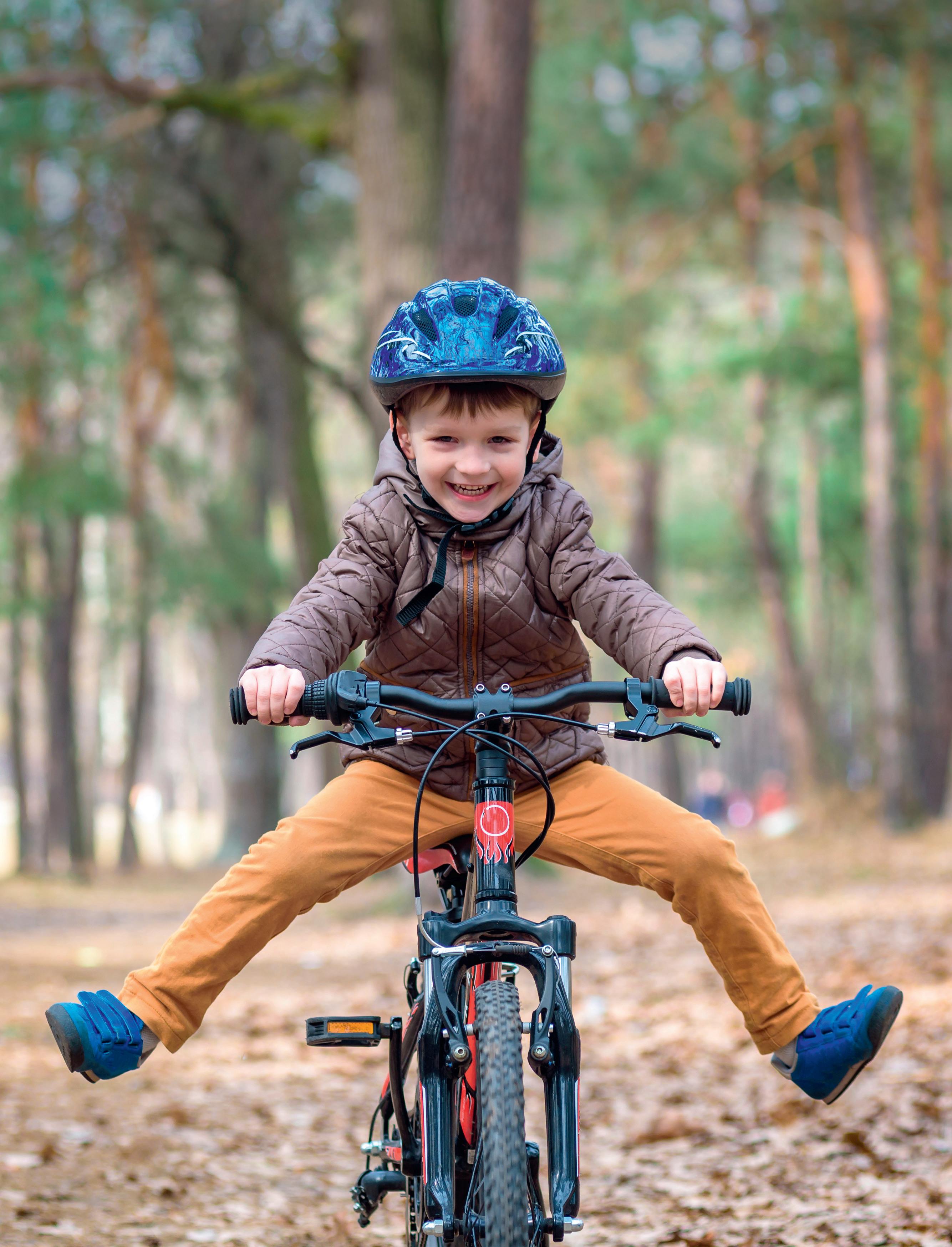
Cycling is an affordable, environmentally-friendly way to get about – and it keeps you fit. It’s a great way to encourage children to develop independence and physical ability, and it’s something the whole family can do together. Like any outdoor activity, it requires some thought about safety, but there’s plenty of advice available on how to choose, ride and maintain a bike, starting from the earliest balance bike.
Cycling is a fun and great way for kids to get fit. But, given the increase in traffic on our roads, it’s understandable that parents can worry about letting their children get about on two wheels.
The first essential is to make sure that your child’s bike is the right size for them. Avoid the temptation to buy one with the idea that they will grow into it - once they’ve outgrown it, pass it on.
According to the Royal Society for the Prevention of Accidents, a common factor in cycling accidents involving children is loss of control. This is why bike size is important. If a bike is too big and a child can’t touch the ground with the ball of their foot, then the bike is too large for them to control safely. Equally, don’t get a bike that’s too small – it will make pedalling very tiring and steering clumsy.
A bike is the right size if a child can: h Reach the handle-bars without stretching h Sit in a position where they are not leaning too far forward h Reach and easily use the brakes h Touch the ground with the toes of both feet while seated on the saddle
Unless you are lucky enough to live somewhere where there are plenty of cycle paths, good places for children to learn to ride a bike are gardens, parks and playgrounds. Avoid steep hills and areas close to busy roads.
With a balance bike or one with stabilisers, steady your child as they start to pedal and run with them, holding the saddle. Gradually let go, but stay alongside them so they think you are still supporting them. Make sure they use brakes to stop
and encourage them to look around before they set off, while riding, and before they stop.
Games, such as following a course or weaving in and out of objects, can also be a good way to help children gain the skills to control and ride a bike safely.
A common first buy is a ‘balance bike’, a small starter bicycle for pre-school children which, like the original bicycle, has no pedals: the rider ‘scoots’ along the ground, pushing off with alternate feet, and can lift both to coast. If you start off with a bike with stabilisers, the skill of balancing has to be learned later, and the point at which the stabilisers are taken away can be a problem. A balance bike teaches a child the basic skills of balancing and steering, and some also come with a brake. When choosing a balance bike, look for low weight, secure handgrips, pneumatic tyres and a comfortable adjustable saddle. »

For older children, cycle training helps them gain confidence and to know how to safely control their bikes. Many schools offer Bikeability training in years 5 and 6 - if not, the website at www.bikeability.org.uk can direct you to training in your area. Most Bikeability training is free, thanks to funding from the Department for Transport. Your child can start Bikeability Level 1 as soon as they can ride without stabilisers. Most children take part in Level 1 when they are between 7 and 10 years old, progressing to Level 2 between 9 and 11 years old.
A first pedal bike should be bought at the age of around three to five. Cycling UK suggests avoiding gimmicky designs or those with TV characters on them - these are just distractions which have less spent on the basic engineering.
A first pedal bike should have an upright riding position, smooth pneumatic tyres, ball bearing for smooth turning of wheels and handlebars, and brakes which are easy to operate. A back-pedal brake using the legs is o en easier for a child than a handoperated brake.
At the age of four to six, you can introduce a bike with larger wheels, maybe 14- or 16inch, and from the ages of six to nine, you’ll be looking at bikes with 20-inch wheels, and perhaps three gears. From the ages of eight to 12, you’re looking at paying more like adult prices, maybe £300 for a decent model, and for features like 24-inch wheels, aluminium frames, V-brakes, and o -road tyre treads.
Every year over 3,000 cyclists are killed or seriously injured in the UK, so every cyclist, but kids particularly, needs to take sensible precautions. Here’s some advice from ROSPA, the Royal Society for the Prevention of Accidents.
When buying a bike, go to a reputable bike shop, where they can advise on the best type of bike and make sure it’s the right size for you or your child. If buying a second-hand bike, check its condition and features carefully.
Get kids some cycle training. To find out what’s available in your area contact your local council’s Road Safety Team.
ROSPA recommends that children wear cycling helmets. This is a sensible way of protecting the head, especially with ‘loss of control’ accidents. The advice is not to buy a second-hand one; you can’t be certain it is undamaged, and even minor cracks that come from dropping helmets can a ect their integral strength.
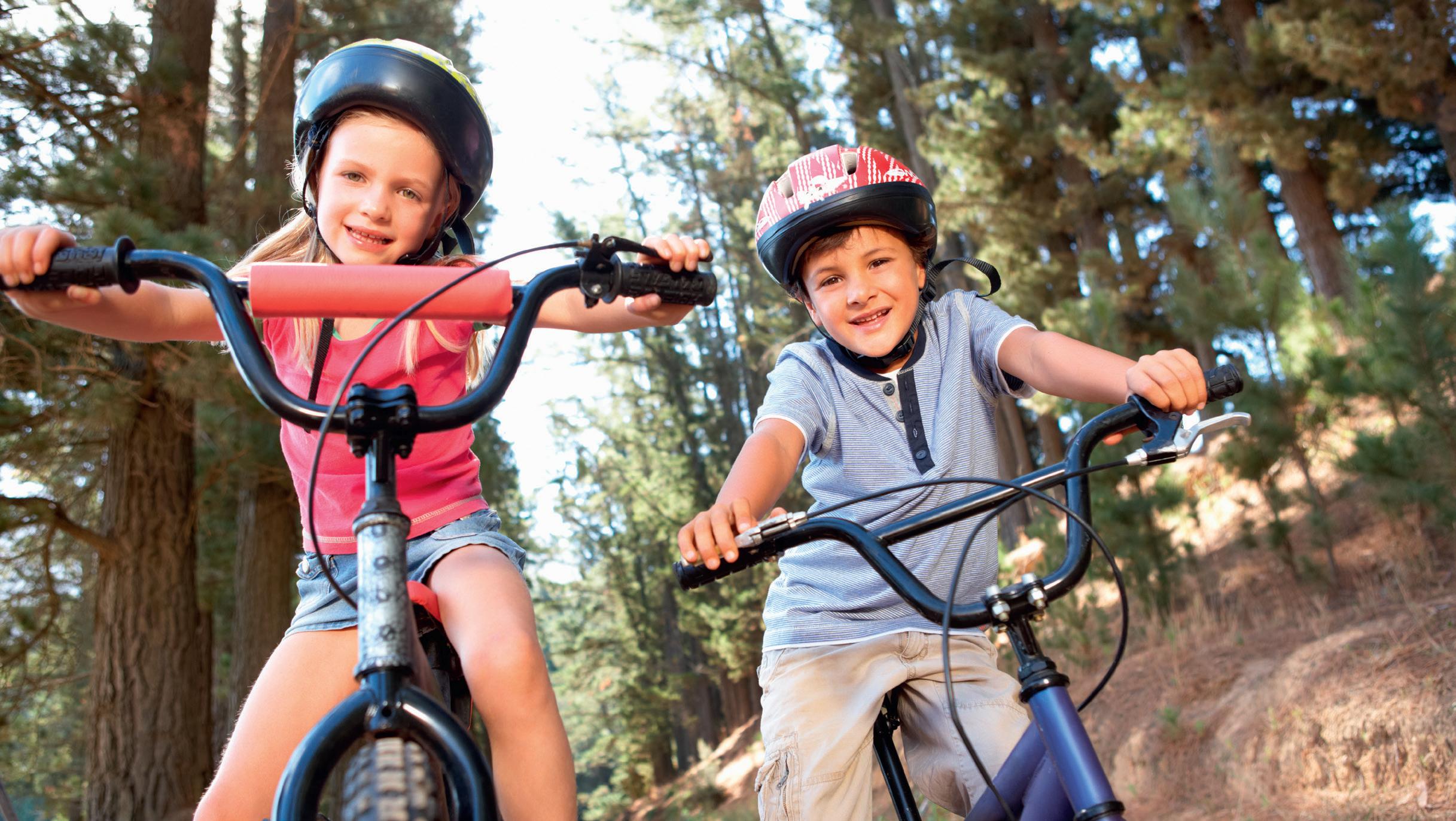
Check your bike regularly to make sure it is in a safe condition. Check brakes and brake blocks or discs to ensure safe stopping in wet and dry weather. Clean and oil moving parts to keep the bike working smoothly. Tighten nuts and bolts to prevent any parts working loose. Make sure lights are working properly and that reflectors are clean. Replace any batteries that don’t give a bright light.
When cycling, wear bright clothing, preferably something fluorescent and reflective, to help other road users to see you more easily. Always use lights and reflectors in the dark and in poor visibility.
Plan routes carefully. Use cycle paths and quiet roads as much as possible; this will make your ride more enjoyable as well as safer. Your council may have a map of local cycle routes.
Take extra care at junctions and give timely, clear signals. Roundabouts are particularly dangerous for cyclists. Always obey tra ic lights and signals.

Give lorries and larger vehicles plenty of space and avoid riding along the inside of them, especially near junctions –the driver may not be able to see you. Lorries turning le at a junction present a particular problem to cyclists, as they have a di icult job manoeuvring and have blind spots in their mirrors.
Give yourself plenty of time to get to your destination. If you’re running late, don’t be tempted to rush. Take time – it’s better to arrive late than not at all!
■










































































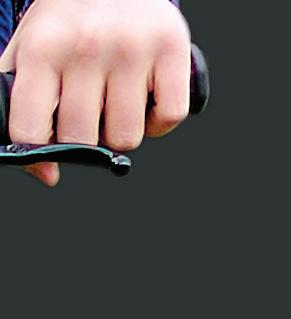














































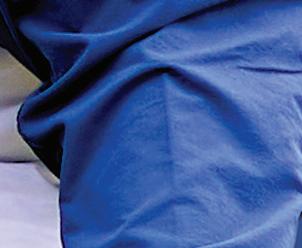
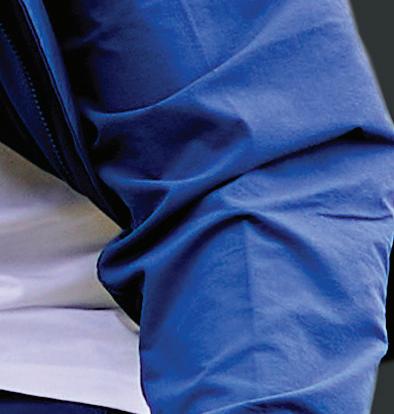


























































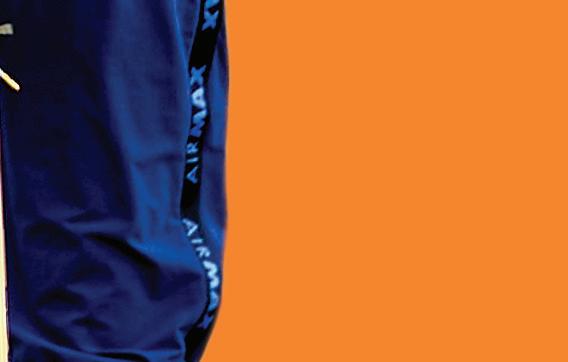
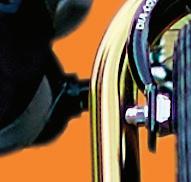





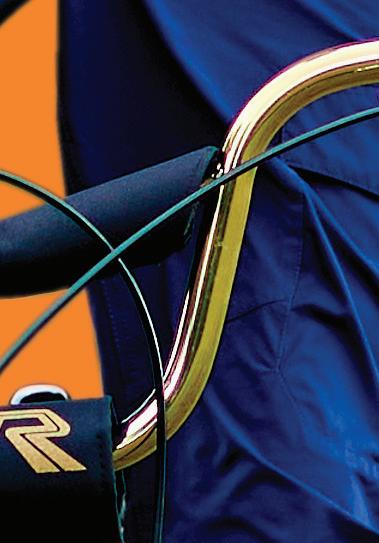








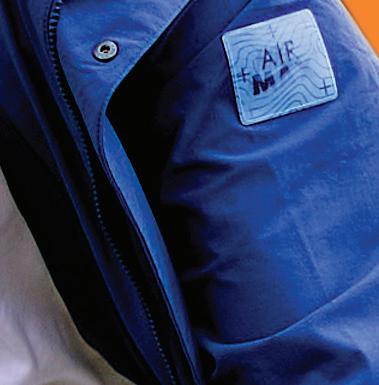















Sam is studying for his GCSEs, his bike gives him his own independence. He can meet his friends whenever he wants. He’s a cyclist






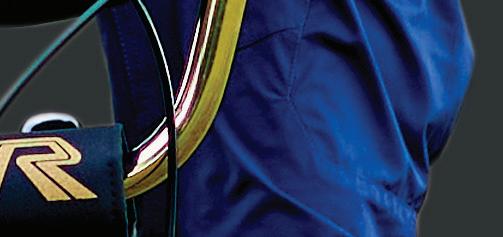
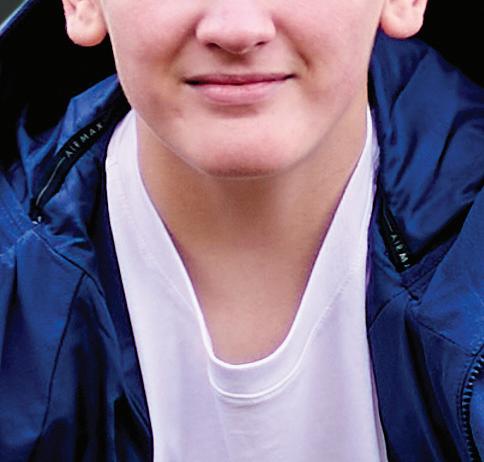
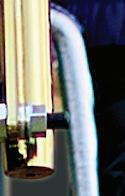


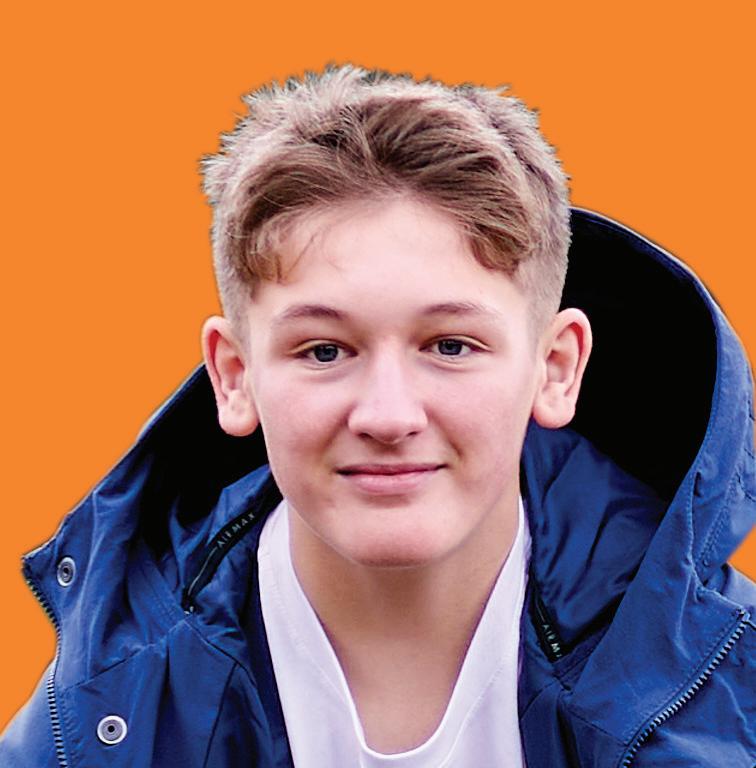





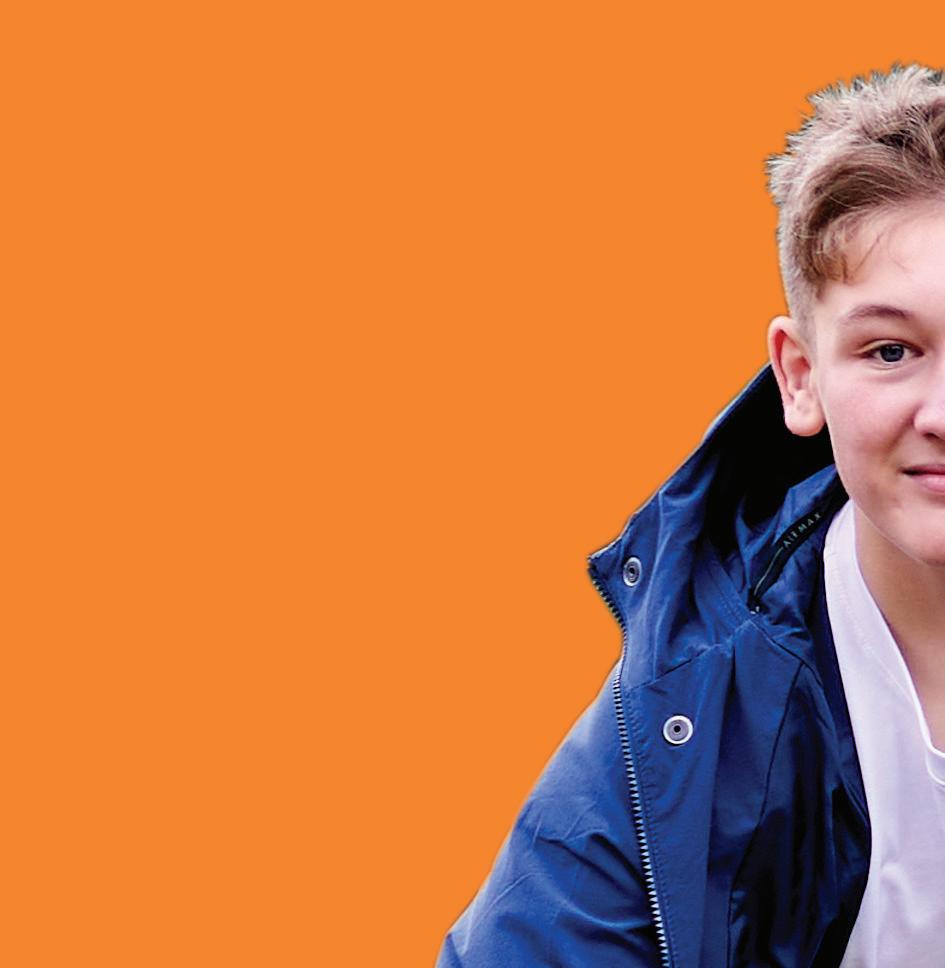
You can be a cyclist too. raleigh.co.uk

There’s plenty of scientific evidence that eating fish is good for you, so if you’re looking for a healthier alternative to red meat, perhaps it’s time to take to the seas. Let’s look at the fintastic facts.
Fish is full of important nutrients, such as protein, vitamin D, and omega-3 fatty acids, which are essential to the development of body and brain. Fish also contain iodine, and other essential vitamins and minerals.
Eating fish contributes to heart health and reduces the risk of heart attacks and stroke, two of the most common causes of premature death. One study concluded that those who regularly ate one or more servings of fish per week had a 15 percent lower risk of heart disease.
The omega-3 fat docosahexaenoic acid (DHA) is especially important for brain and eye development, so it’s often recommended that pregnant and
breastfeeding women eat enough omega-3 fatty acids. Pregnant women should only eat low-mercury fish, such as salmon, sardines, and trout, and no more than 12 ounces (340 grams) per week, and should avoid raw and uncooked fish which may contain harmful microorganisms.
Some studies suggest that people who eat more fish have slower rates of mental decline with age - it’s even suggested that people who eat fish have more grey matter in the memory managing part of their brains.
Studies show that people who eat fish regularly are much less likely to become depressed or to suffer bipolar disorders. This may be an effect of omega-3 fatty acids.
Fish are an excellent source of vitamin D, in which some studies suggest 40 percent of people are deficient. Fatty fish like salmon and herring contain the highest amounts.
Some studies link omega-3 or fish oil intake to a reduced risk of type 1 diabetes in children, as well as a form of autoimmune diabetes in adults. Again, this may be down to the omega-3 fatty acids and vitamin D in fish and fish oils.

Regular fish consumption can reduce rates of asthma among children, but oddly enough it doesn’t seem to have the same effect in adults.
Some evidence suggests that fish and omega-3 fatty acids may protect against Age-related Macular Degeneration (AMD), a leading cause of vision impairment in older adults.
Some researchers believe that vitamin D deficiency leads to sleeplessness. In a 6-month study in 95 middle-aged men, a meal with salmon three times per week led to improvements in both sleep and daily functioning. ■
Ever wondered why fish is so good for you? Read on for the finny facts


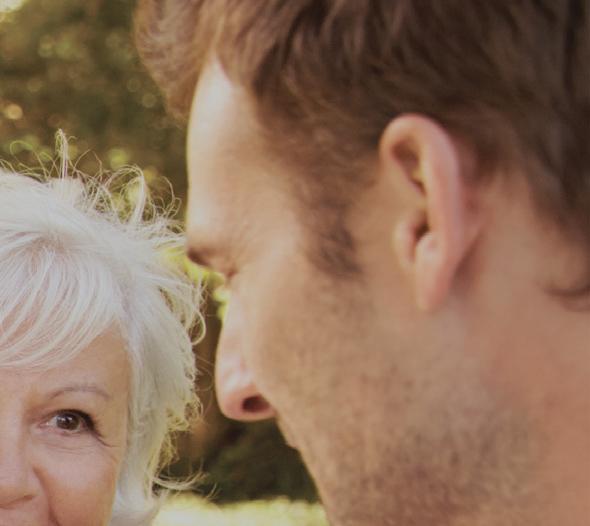

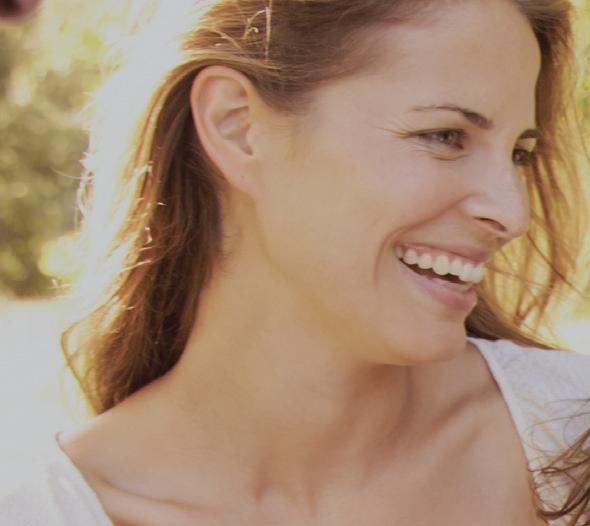
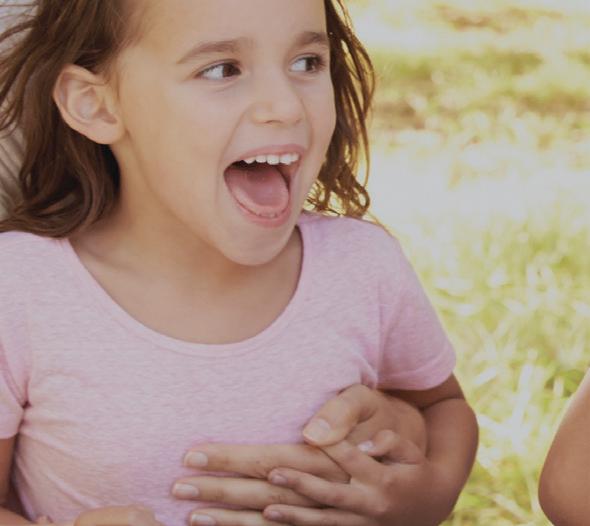
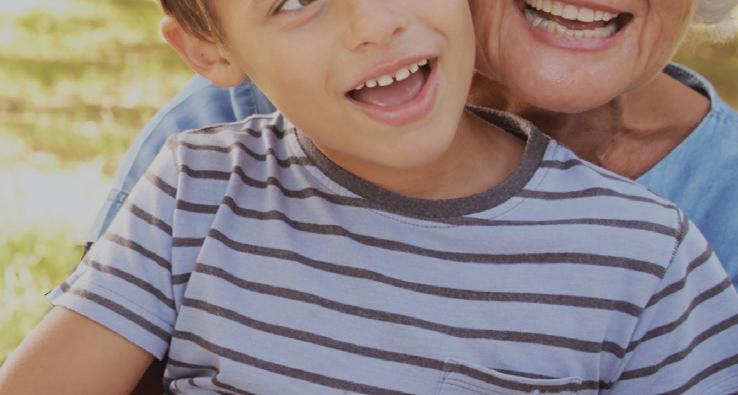
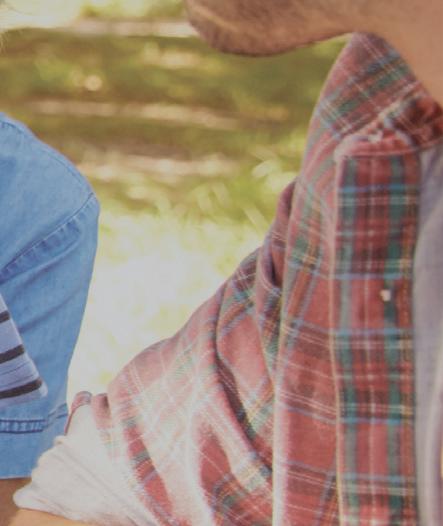







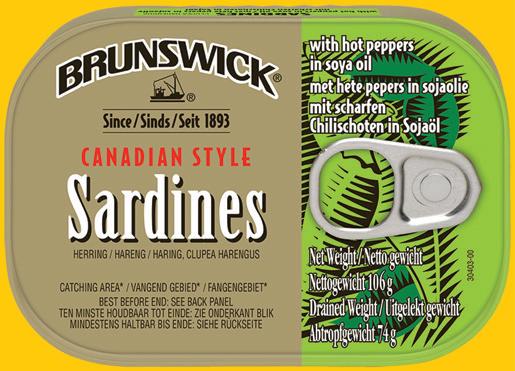
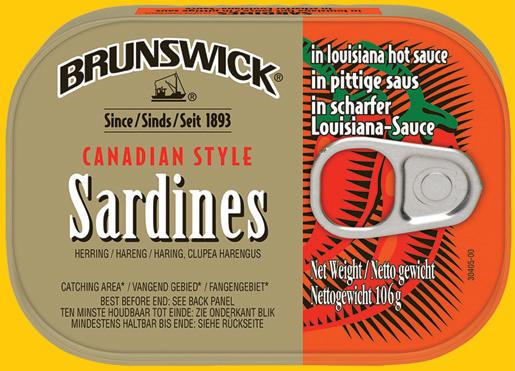
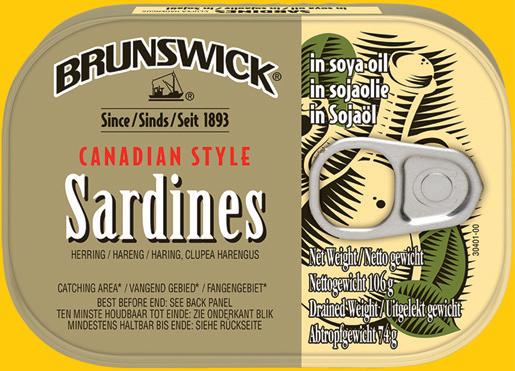
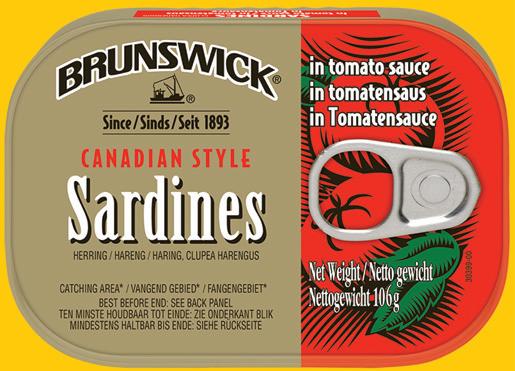












Your local community pharmacy is perfectly placed to offer advice on a range of health conditions.
You don’t always need to book an appointment with your GP. Pharmacists are qualified healthcare professionals who can support you with advice and treatment options across a range of different childhood illnesses.
Whether a stuffy nose, sore throat, cough, fever or just general health and wellbeing advice, your local community pharmacy team will be able to answer your questions and provide a safe space, in confidence, should you wish to discuss any health concerns in private.
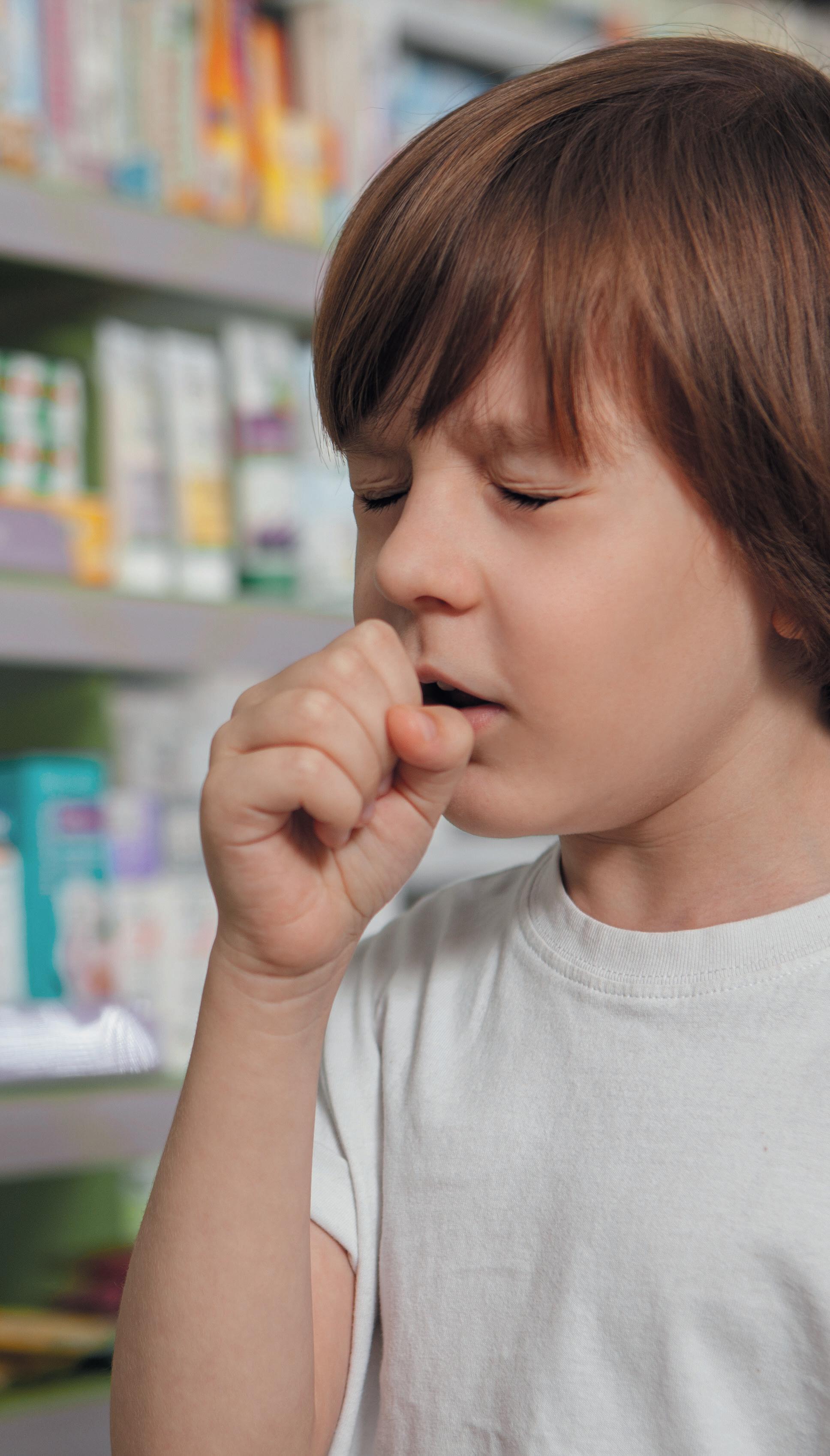
Numark is one of the largest and longest established pharmacy groups in the UK with over 4,700 community pharmacies ranging from single store independent pharmacies to large chains including Rowlands Pharmacy.
Rowlands have over 400 pharmacies, are the fourth largest pharmacy chain in the UK and the UK’s longest established chain of community pharmacies established in 1810.
The Numark group of pharmacies aim to deliver exceptional customer service and support the health and wellbeing of patients. We dispense NHS and private prescriptions as well as offering a range of medicines and general healthcare lines including our own range of Numark children’s medicines and toiletries.
Both Numark and Rowlands pharmacies deliver high quality patient-centred services in line with the NHS and based on local needs. Their in-store services provide the opportunity to speak faceto-face with our fully qualified pharmacists who also specialise in children’s health.

The fantastic Numark range features over 230 Call into your local Numark Pharmacy or find your local Rowlands Pharmacy at rowlandspharmacy.co.uk

quality products at great prices, covering a range of needs, including an extensive children’s medicine range. Here’s some highlights...

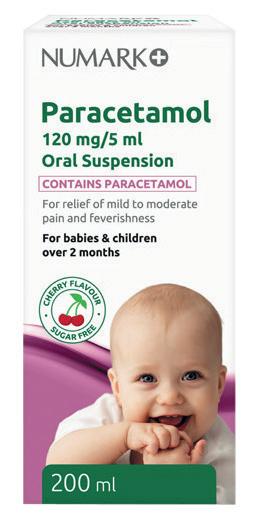



to

We’ve all heard a lot about how di icult it has become to get an appointment with a GP - surgeries and health centres are overwhelmed with demand, and since lockdown, there’s been some pressure to go for telephone or video call appointments rather than a face-to-face one. This can be worrying, particularly if you have a first child and are facing new health issues you haven’t encountered before.
Community pharmacy is the third pillar of healthcare and plays an incredibly important role in supporting patient health. Your local pharmacy can provide you with advice, guidance and treatment for a range of children’s common ailments. Community pharmacists are clinically trained professionals and as such are perfectly placed to o er healthcare support to you and your family.
Numark is one of the largest and longest established pharmacy
organisations in the U.K. with over 4,770 members ranging from single store pharmacies to large chains including Rowlands Pharmacy, all spread across the four nations, and they champion a pharmacy-first approach.
One of the great advantages of pharmacists over GPs is that they don’t require an appointment, and that they are o en open late and at weekends.
Pharmacists are trained for five years in medicines and the treatment of minor illnesses, and are able to provide health and wellbeing advice. They can o er help and advice on both prescription and over-the-counter medicines, and can help with dispensing NHS prescription medicine, organising repeat prescriptions, emergency prescriptions of medicines, and supply of non-prescription medicines such as the painkiller paracetamol
Another useful service of pharmacists
is in the disposal of unwanted or out-ofdate medicines, which you don’t want hanging around the home, particularly if you have very young children.
Importantly, if you discuss your child’s symptoms with your pharmacist and they suggest it’s something more serious, a pharmacist will have the right training to direct you to see a GP, nurse or other healthcare professional - they won’t just try to fob you o with some over-thecounter solution. Most larger pharmacies will have a private consultation room, so you can discuss health issues with your pharmacist in private.
If you want advice on treating minor health concerns and on healthy living, a pharmacist can help; and if you or your child are regular users of treatments such as asthma inhalers, a pharmacy technician can advise on technique.


Of course, the pharmacy service that we all rely on is the dispensing of NHS prescriptions, and here pharmacies can

Are you overlooking a convenient and free source of child health advice in your local High Street? Your pharmacist can help you with more than you imagined
Another service you can expect from your pharmacist is the New Medicine Service, designed to give extra help and advice if you’re just starting on a new medicine for one of the following conditions:
❖ Asthma
❖ Chronic obstructive pulmonary disease (COPD)
❖ Type 2 diabetes
❖ High blood pressure
❖ Blood-thinning medicines
offer a choice of services, either setting up repeat prescriptions with your GP for collection from a nominated pharmacy, or giving you a paper repeat form with a barcode, which you can fill at any pharmacy. Your pharmacist will regularly ask you if you are suffering any side-effects
from a prescription, or whether you are having any problems taking it; and don’t forget that pharmacies will often deliver your prescription medicines to your home, though this service may be charged for.
Remember that there are certain treatments such as antibiotics which will not be available over the counter to treat minor conditions.
There are lots of other pharmacy services which you may be referred to by your GP, or after contacting the NHS 111 number for advice. For instance, a pharmacist can help you with emergency contraception, and can arrange a number of tests such as chlamydia, high blood pressure, cholesterol and blood sugar levels.
Pharmacists can also direct you towards health care pathways such as weight management advice, stopping smoking programmes, substance misuse advice including needle exchanges, and vaccinations such as influenza.

In these days when people are tempted to get all their goods and services online, it’s important to understand the position of online suppliers of prescription and nonprescription medicines. Many websites selling medicines are not registered as pharmacies, so buying medicines such as Viagra or the cholesterol-lowering medicine Atorvastatin from them is potentially unsafe.
For prescription-only medicines, an online pharmacy must receive a legally valid prescription before dispensing the medicine. This means you’ll either need a paper prescription or an electronic prescription via the Electronic Prescription Service (EPS) from a GP or another healthcare professional. The voluntary General Pharmaceutical Council (GPhC) internet pharmacy logo scheme identifies legitimate online pharmacies that have joined the scheme, so you can be sure you’re buying safe and genuine medicines online. ■



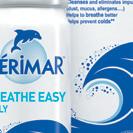
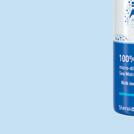




















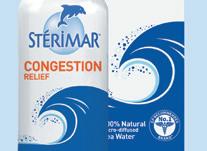

In the winter, we all seem to suffer from clogged noses, usually caused by upper respiratory tract viral infections - but kids seem particularly prone. Maybe it’s that their immune systems haven’t had the development of an adult’s, or just that their nasal passages are smaller, but they do seem particularly prone to being bunged up and miserable.
Children’s cold medications containing low doses of decongestants and antihistamines may not be effective, and in some cases could be harmful; certainly decongestants should not be used on children younger than four years old, and some paediatricians believe they should not be used until the age of six. In any case, while we still can’t cure the common cold, there are things you can do to manage the symptoms.
h Hypertonic nasal solutions. Basically made from sea water, hypertonic solutions have a natural osmotic effect, drawing excess mucus from the nasal lining to relieve bunged-up noses and reduce the risk of secondary infection. These solutions are safe for babies and children and are often applied using a misting dispenser.
h Hydration. It’s important to give your children lots of fluids to drink when they are ill, but it’s also a good idea to moisten the air they breathe using a mist vapouriser.
h Tissues. Once a saline spray or humidifier has been used to soften dried mucus membranes and nasal passages, babies’ noses can usually be cleared with a suction bulb. Toddlers and older children can usually be encouraged to blow their nose. Use soft facial tissues to avoid chapping of the delicate skin around nostrils, then dab petroleum jelly around the area for protection.
h Stop smoking. Don’t smoke or allow anyone else to smoke around children with respiratory infections. Tobacco smoke can inflame the nasal lining and make the condition worse.
h Chicken soup. It’s not just folklore, chicken soup contains the compound carnosine, which stops the migration of white blood cells, reducing inflammation in the upper respiratory tract.
Not all childhood sniffles and congestion are caused by respiratory infections - for instance allergies to dust, mould, or pet dander (shed skin and fur cells) can have the same effects. Less commonly, conditions such as nasal polyps (inflamed tissue) or malformed structures inside the nose can block airflow. If congestion and sniffles go on for more than 10-14 days, your child may need to see an Ear, Nose and Throat (ENT) specialist. ■
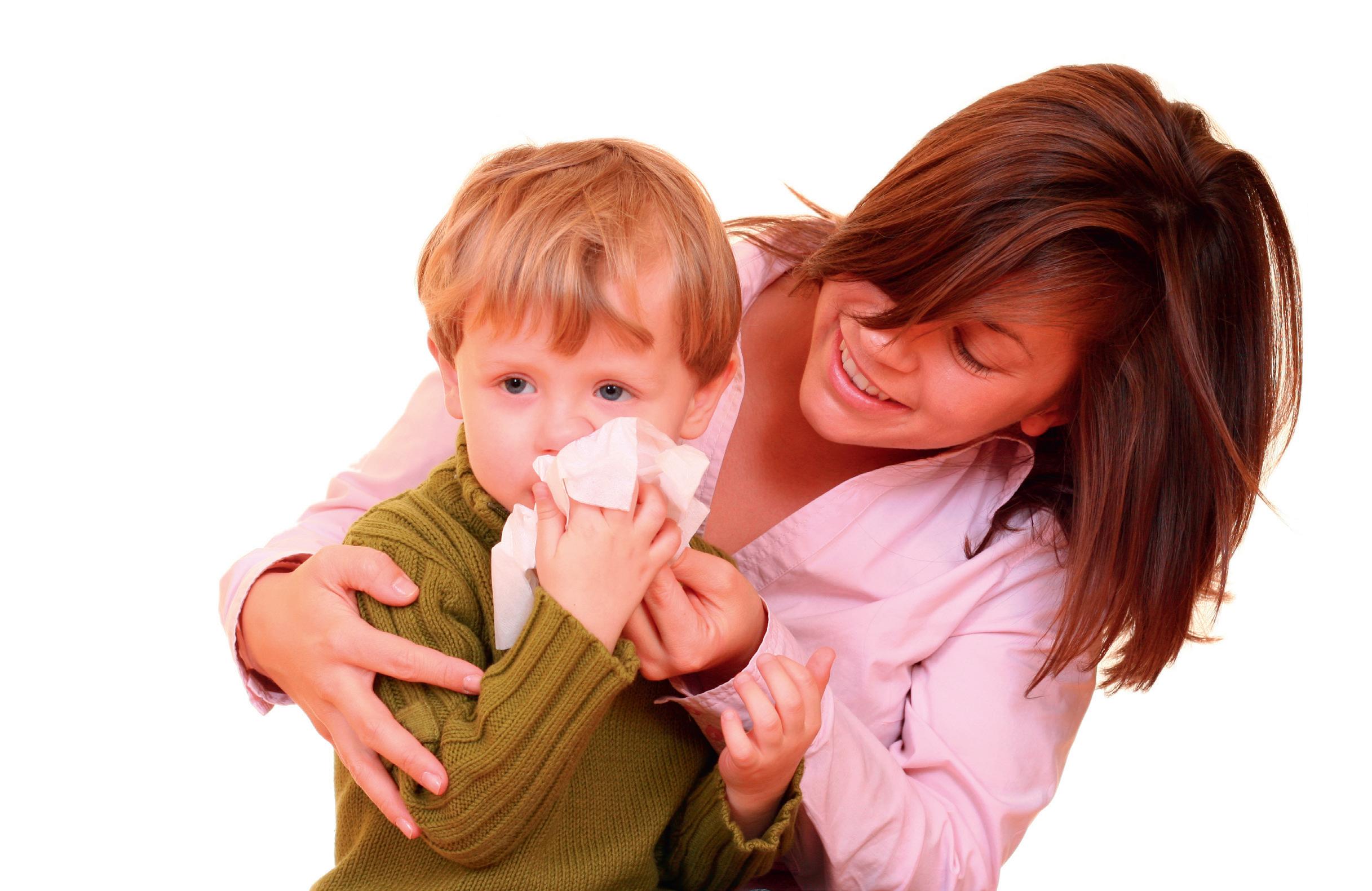
Why do children seem prone to ‘the sniffles’ in winter? There’s more to nasal congestion than you might have thought
Researchers have conducted the largest longterm study of brain development and child health in the United States, where they found that higher weight and body mass index (BMI) are associated with negative brain changes.
As part of this research, the study team evaluated data from the Adolescent Brain Cognitive Development (ABCD) study, which includes 11,878 children ages 9-10 years from 21 centres across the U.S.
They reviewed the children’s BMI z-scores, measures of the child’s relative weight adjusted for their age, sex, and height, to ensure a standardized approach, and used magnetic resonance images (MRI) to identify microstructural or morphological changes in the brains of the children.
The researchers concluded that higher weight in childhood is associated with poor brain health, namely changes in white matter, reduced cortical grey matter thickness, and decreased functional connectivity.
A study in Japan investigated how restrictions on children’s activities during the COVID-19 pandemic affected their life habits and their abilities to perform physical activities. By comparing medical examination data before and after the onset of the pandemic, they found that physical functions among adolescents deteriorated, including their dynamic balance. They also found that the children had higher body fat levels and worse life habits. Rather than a lack of exercise time, this may have been because of a lack of quality exercise due to activity restrictions.
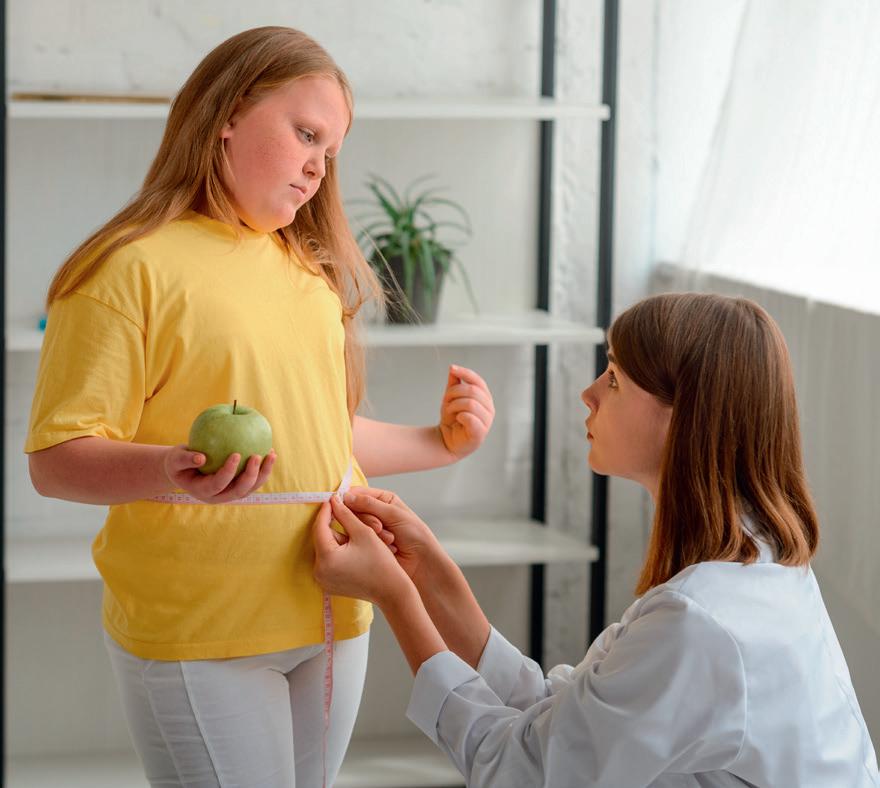
During the COVID-19 pandemic, in Japan, as in other countries, schools and sports clubs tried to prevent the spread of infection by reducing physical education and restricting outdoor physical activities, club activities, and sports. However, researchers noted that children who are denied opportunities for physical activity with social elements may develop bad habits. During the pandemic, children, like adults, increased the time they spent looking at television, smartphone, and computer screens, exercised less, and slept less. Such changes in lifestyle can harm adolescent bodies, leading to weight gain and health problems.
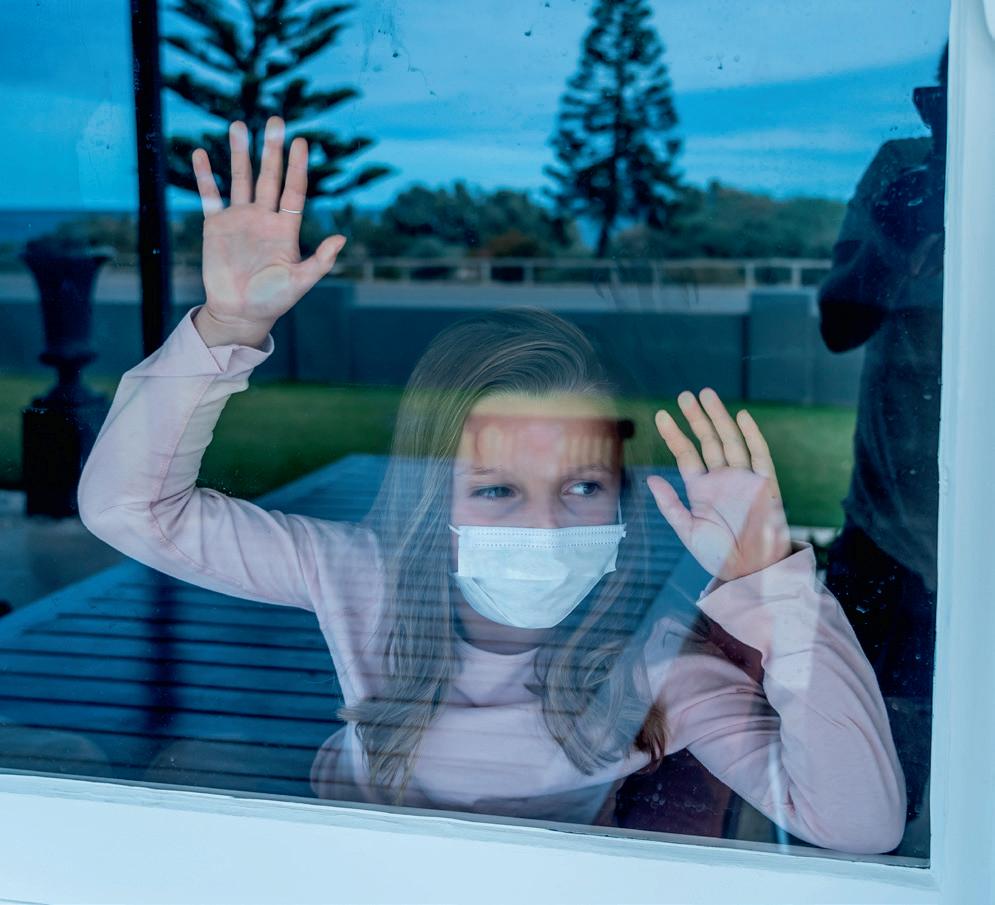
All you need to know about the issues affecting children’s health as they grow up and develop
The British Nutrition Foundation has called on supermarkets to take responsibility for the role they can play in helping to reduce food inequality among children, by making more affordable ready meals healthier amid the cost-of-living crisis.
The BNF said families in low-income households were buying more ready meals, which took less time and energy to prepare, in a bid to save on household bills.
Its members have called for major supermarkets to “take responsibility for the role they can play” in helping reduce food inequality, after research showed parents in struggling households bought or prepared meals that were filling rather than nutritious.
Government data shows more than four million children living in food poverty across the UK.
Raleigh makes bikes for the whole family; meaning that all ages can get out and experience the joy of cycling. From little learners to experienced adventurers, it’s time to become a ‘joyrider’ today. www.raleigh.co.uk

A study recently published in the journal Vaccine describes the risk of menstrual disturbances in adolescent girls aged 12-15 years after receiving the Pfizer-BioNTech messenger ribonucleic acid (mRNA)-based COVID-19 vaccine. Of a group of 7,565 girls studied in Norway, among vaccinated participants, about 22% reported one or more disturbances in their last period before vaccination, while in contrast, about 25% of vaccinated participants reported at least one disturbance in their first period after vaccination. The study findings indicate that the PfizerBioNTech mRNA-based COVID-19 vaccine may increase the risk of menstrual disturbances in adolescent girls in their first cycle after vaccination. The most commonly reported disturbances were heavy or prolonged bleeding.
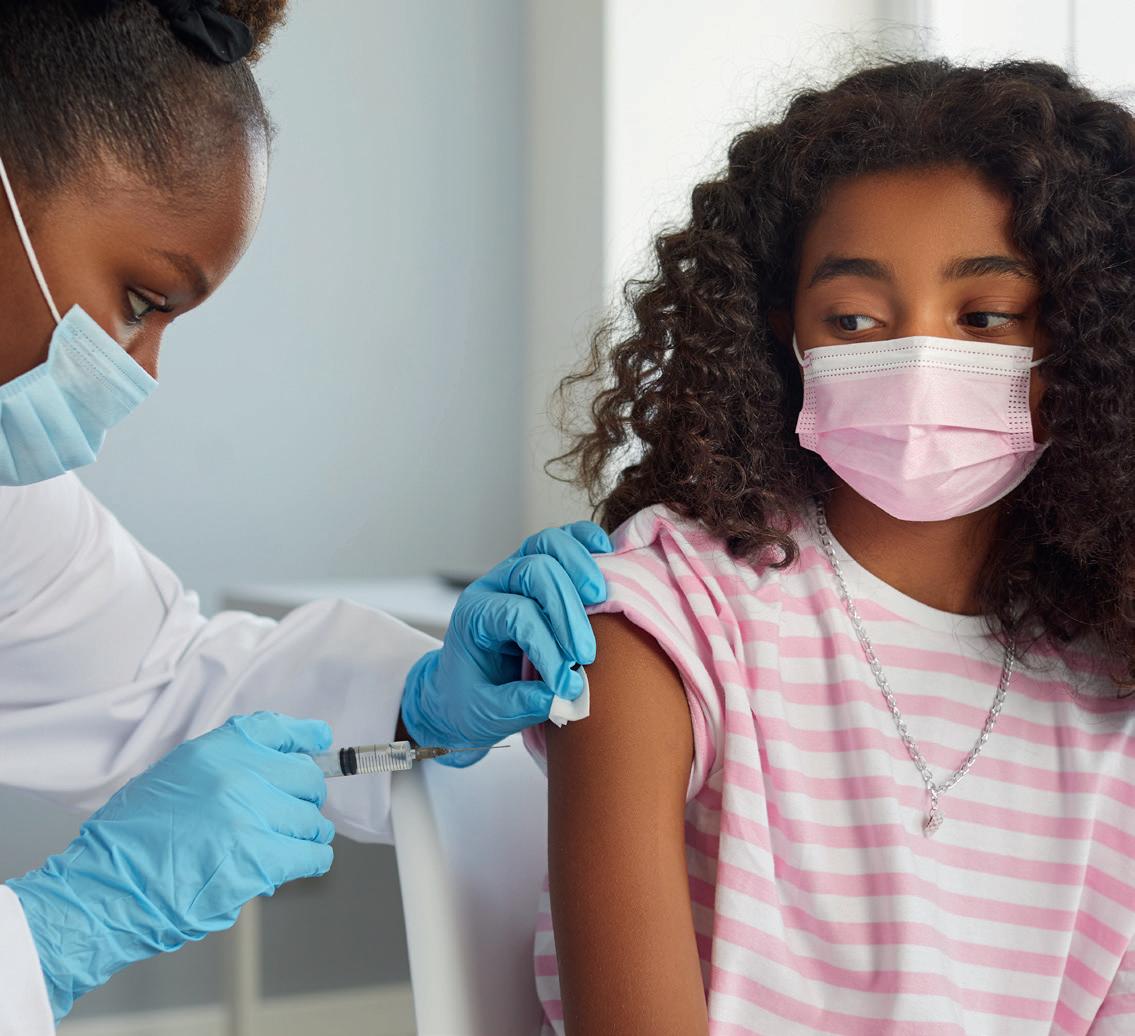
Designed for daily use, Frog Bikes’ new City bikes are perfect for kids commuting to school or exploring the city in style. Featuring full-length mudguards, a kickstand, and a pannier rack, and are available in sizes 20”, 24”, and 26”. www.frogbikes.co.uk

®



Super Stars are an exciting new range of vitamins and supplements designed to help children aged 4-12 feel ready to take on the world. Developed by natural health experts Natures Aid, Super Stars have been carefully designed based on extensive consumer insight, guided by feedback from real kids and parents.



















































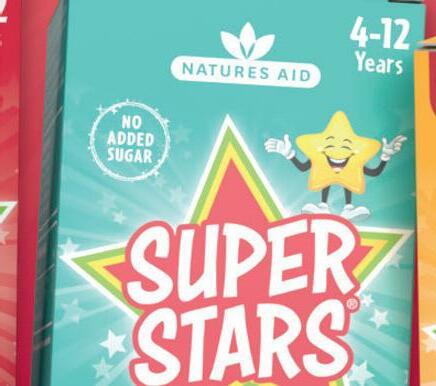


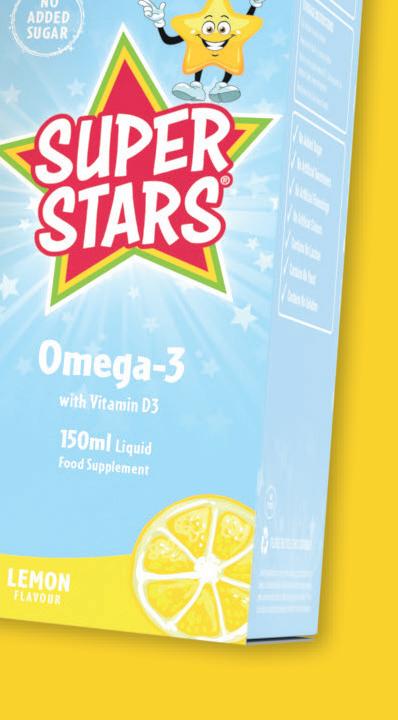
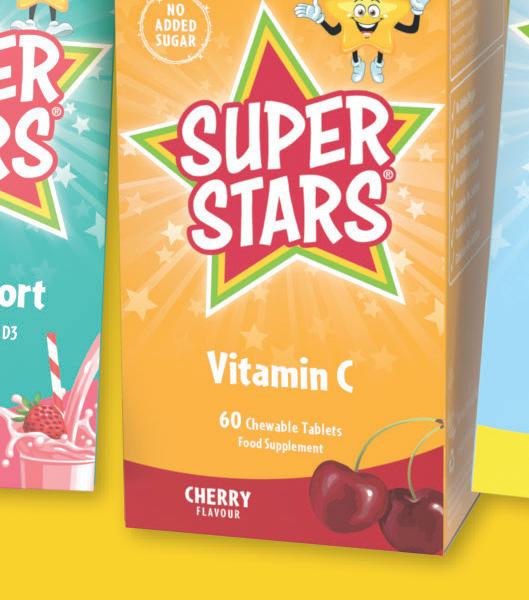
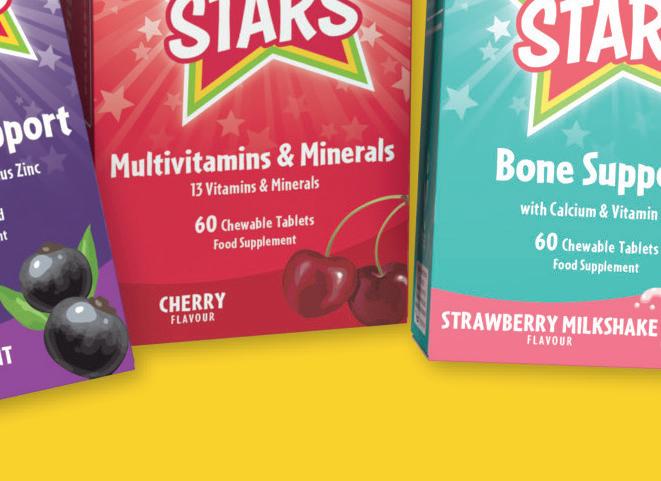
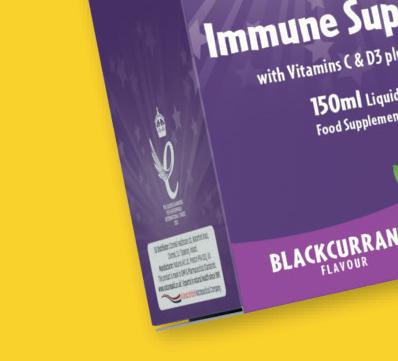






The right balance of nutrients is essential for child health and development. But what if they need something more, in the way of dietary supplements?
We all know the importance of a healthy balanced diet to child development and wellbeing, but there are times when they can’t get what they need from their food intake. That’s where nutritional supplements can be helpful.
There are all sorts of reasons why some children can miss out on some dietary essentials. Particularly at an early age, some will refuse to eat certain types of food, and there can be other causes of nutritional deficiencies, such as disease or being on certain types of medication.
To ensure your children develop properly both physically and mentally, you must make sure that their diet contains sufficient amounts of nutritional elements
such as vitamins, minerals and omega-3 fatty acids. In many cases, if they don’t get enough of the right vitamins and minerals in their food, dietary supplements are the ideal way to top them up.
But which are the vital vitamins and minerals, what role do they play and how can you make sure your children get enough of them?
Vitamin D is found naturally in only a few foods, such as oily fish and eggs, though it’s often added to foods such as fat spreads and breakfast cereals. The best source of vitamin D is sunlight. This reacts with a vitamin in the skin called 7-DHC, converting it into vitamin D.
Vitamin D promotes healthy teeth and bone development in children, so it’s vital they get enough at an early age. The problem is that it’s not always possible to get enough sunlight, particularly in the winter months, so it’s advisable to supply young children with Vitamin D supplements.
The Department of Health recommends that babies from birth to 1 year of age who are being breastfed should be given a daily supplement containing 8.5 to 10 micrograms (µg) of vitamin D to make sure they get enough. This is whether or not you’re taking a supplement containing vitamin D yourself. Children aged 1 to 4 years old should be given a daily supplement containing 10µg of vitamin D.

The main minerals required for child development are calcium, found in dairy foods, iron, from red meat and beans, and iodine, from fish, as well as trace elements such as potassium, magnesium, copper and zinc. These can often be found as multi-mineral supplements, or in combination with multi-vitamin supplements.
Vitamin A is vital for babies and young children, to strengthen the immune system, maintain healthy vision, and keep skin and membranes healthy.
Serious vitamin A deficiency is common in developing countries, but rare in the UK.
Good sources of vitamin A include dairy products, fortified fat spreads, carrots,
sweet potatoes, swede, mangoes, and dark green vegetables, such as spinach, cabbage and broccoli.
Vitamin supplements containing vitamins A and C are recommended for babies and children aged 6 months to 5 years old, unless they’re getting more than 500ml (about a pint) of infant formula a day.
Vitamin C is very important for the general health of a child and their immune system. Additionally, it can help their body absorb iron. Good sources of vitamin C include but are not limited to oranges, strawberries, broccoli, tomatoes, peppers, and kiwi fruit.
If you are serving a healthy diet, it can still be difficult to make sure that your children are getting all they need. Dietary supplements can be a remedy for this problem, as they can provide missing vitamins and minerals in an easy-to-manage bundle. To make them
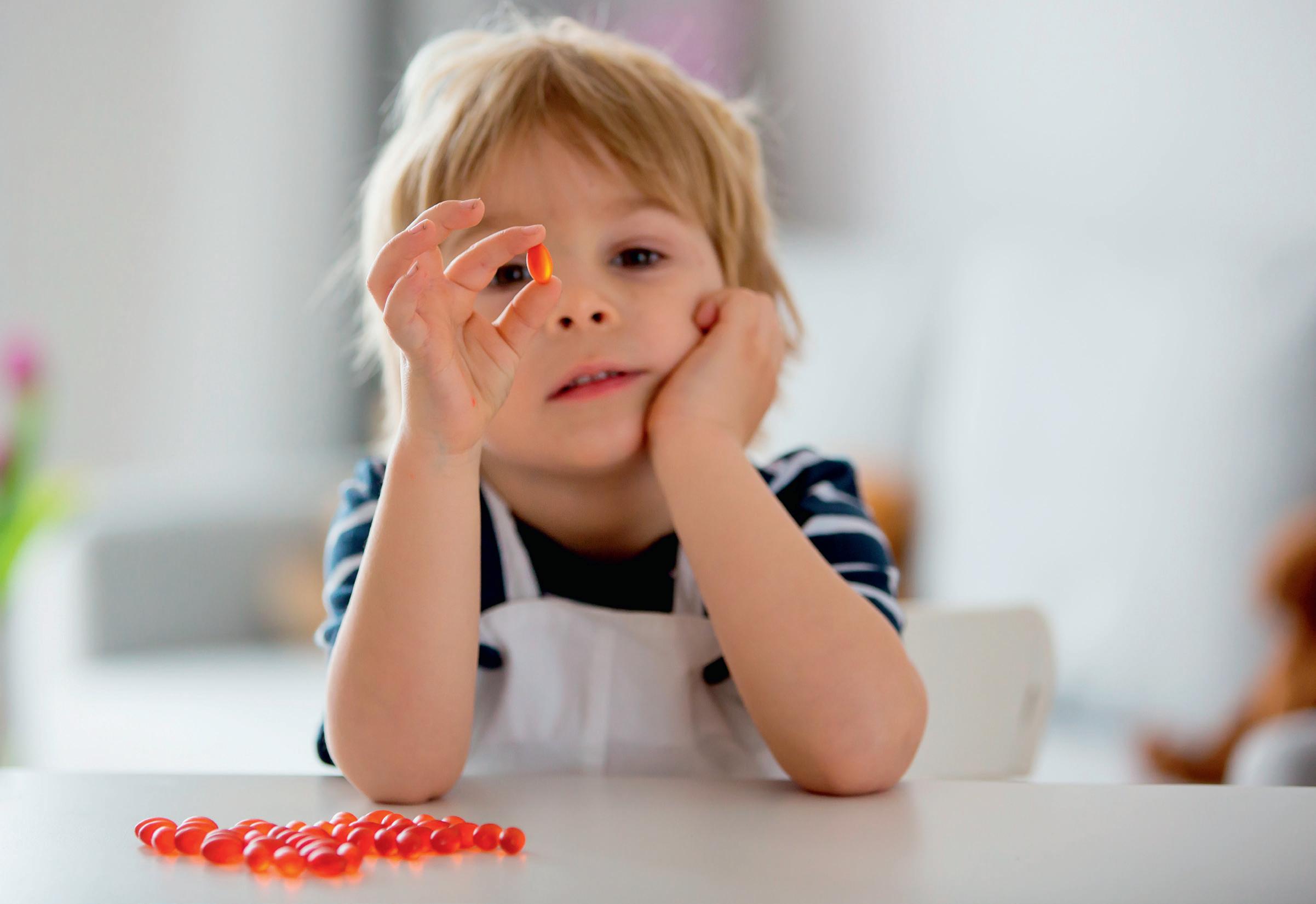
more palatable, diet supplements are often supplied in fun forms such as gummy bears.
Supplements can be aimed at particular areas of health; for instance an immune system booster containing vitamin C, iron, zinc and selenium, or an omega-3 fatty acid supplement aimed at supporting brain development and memory. One advantage of getting your omega-3 this way is that it does not contain any of the ocean pollutants usually found in fish.
And if you feel that the kids are getting all the benefits, remember that diet supplements are available for all the family. Vitamin D supplements are vital at times of year when we aren’t getting enough sunlight, and if you are pregnant or breastfeeding, you may also want to top up on folic acid, Vitamin D, choline or omega-3. ■
Low levels of vitamin D are common in children in the UK, particularly during the winter. Vitamin D deficiency can lead to the bone deficiency disease rickets, and abnormally low levels of calcium in the blood (hypocalcaemia) - conditions that can be prevented by taking vitamin D supplements.

Legal issues concerning children can often be distressing, as the ‘legal’ thing to do may not always seem to be same as the ‘right’ thing to do. The private nature of most hearings in family courts adds to the air of mystery surrounding these legal processes.

This may start to change with the recent announcement of a pilot scheme under which journalists will for the first time be able to report what happens in family courts. Until now, reporters have been able to observe hearings, but could only report what was allowed by a judge. The year-long pilot, which will not allow journalists to identify families, takes place in Leeds, Cardiff and Carlisle, chosen as a representative mix of rural and urban communities.
Under the pilot scheme, accredited journalists will be able to report what they see and hear so long as they protect the anonymity of families. The changes being trialled are potentially very significant, affecting a court system which involves at least half a million people every year.
»
As a parent or guardian, you may find yourself needing legal advice regarding your children or wards. What are the likely issues, and where do you turn for help?
Leading Fertility and Surrogacy Lawyer, Sarah Williams, from Payne Hicks Beach sets out surrogacy essentials.
Surrogacy is when a woman carries and gives birth to a child with the intention of not being the child’s mother. There are two types of surrogacy: straight surrogacy, when the surrogate is both the genetic mother as well as the woman who carries the child during pregnancy, and gestational surrogacy, when the surrogate conceives following the implantation into her womb an embryo created via IVF, using an egg from another woman (either the intended mother or a donor) and sperm from a donor or the intended father). There must be a genetic link between one of the intended parents and the child.

It is legal to enter into a surrogacy agreement but the current law is complex. A wholesale reform of the surrogacy laws is in the pipeline, but until new law comes into force, the existing law applies.
Both altruistic and compensated surrogacy arrangements are legal in the UK but the arrangements are not enforceable by the Courts, so the parties have to rely on goodwill alone for their successful execution. Payments to the surrogate need to be retrospectively authorised by the Court.
Single individuals, same-sex and heterosexual couples who are married or in an enduring relationship are all eligible to enter into a surrogacy arrangement so long as they are over 18 and one of the intended parents is domiciled in the UK.
The surrogate (and her spouse if she is married) will be the child’s legal parents at birth. The intended parent(s) will need to make an application for a Parental Order within six months of the birth in order to extinguish the parental rights of the surrogate (and her spouse) and for legal parenthood to be conferred upon them.
As there is a shortage of surrogates in the UK, matching with a surrogate can be a lengthy process. Intended parents are often impatient to start their surrogacy journey, particularly if they have endured years of fertility difficulties, illness and bereavement. However, you have to choose your jurisdiction very carefully. Entering into a commercial surrogacy agreement in some states in the USA, such as California or Florida, is expensive but allows intended parents to start their journey promptly, enter into a legally binding agreement and have parenthood transferred from the surrogate to them either before or shortly after the child is born. Intended parents, however, still need to apply for a parental order in this jurisdiction in order to be recognised legally as the child’s legal parents, extinguish the rights of the surrogate and obtain an UK birth certificate for their child.
It is a great privilege to advise intended parents on their family building plans.
The laws surrounding the care and welfare of children are complicated, so it’s no wonder that child legal specialists often have to be called in to negotiate the minefield of child welfare matters.
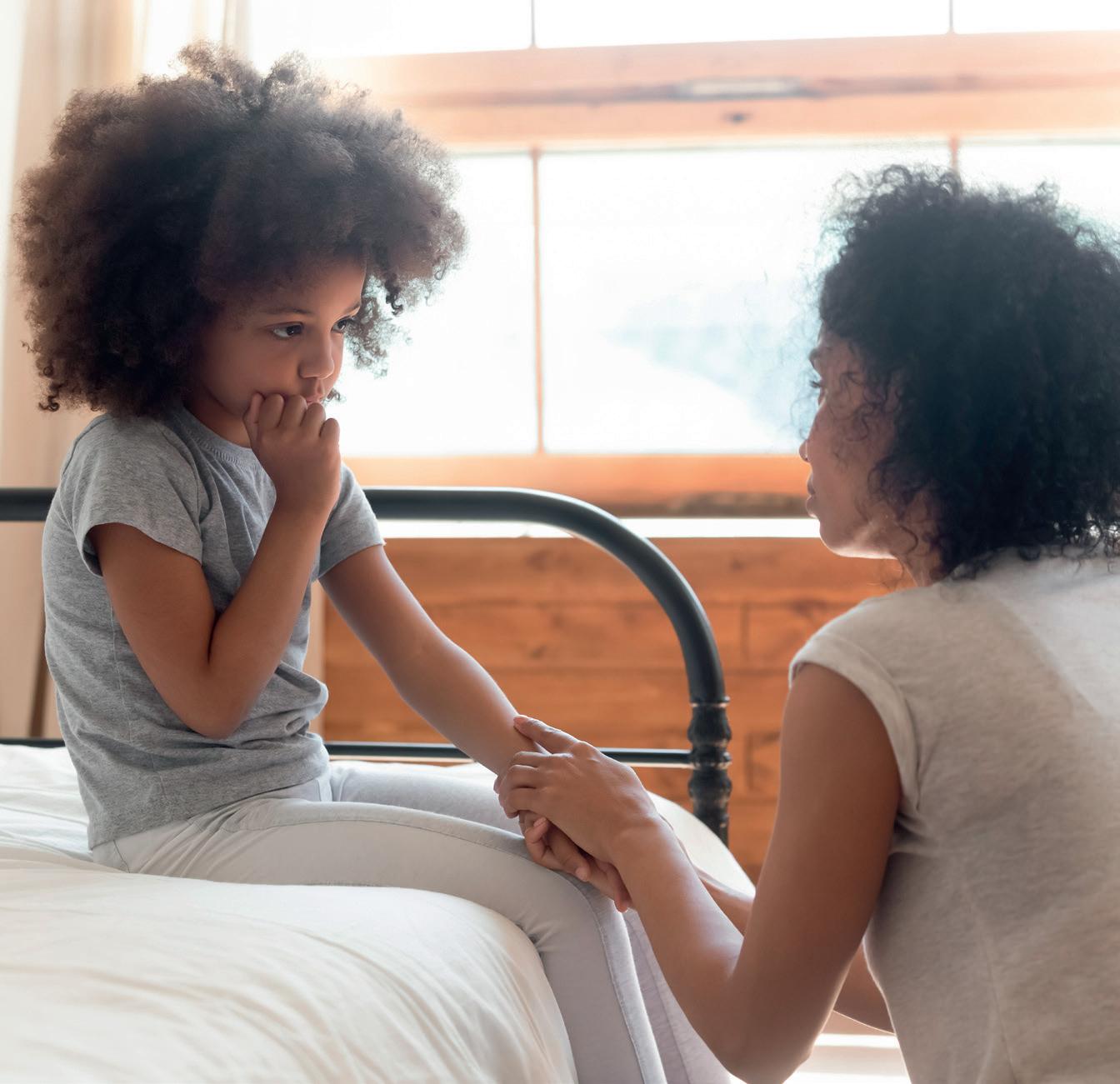
A child legal specialist can advise on, for instance, care proceedings, adoption and secure accommodation cases. If you are applying to adopt a child, or are objecting to someone trying to adopt your child. this would come under the heading of a private law proceeding.
Of course a most common event is the end of a relationship, where whether through separation or divorce, questions of residence of the child and contact with the parents will arise. Thinking on these matters is evolving, with the arrangement called “Shared Residence” becoming increasingly popular. This can spell out how time spent with each parent is to be divided, replacing the older concepts of Custody and Access with those of Residence and Contact. As before, questions should be decided by the
welfare of the children, with the rights and wishes of the parents being secondary.
With the advance of technology, the shape of contact orders may change; for instance, while it’s common for children to stay with the parent they do not normally live with on alternate weekends and for half of holiday periods, if there are geographical problems with that, telephone or Skype calls may become part of the arrangement.
While many cases of family separation can be settled amicably, a care order issued by a court to put a child under the care of a local Health and Social Care (HSC) Trust is often more contentious. These orders happen only when the court is sure that the child is likely to suffer harm, either because of neglect or the acts of the parents.
In these cases, parents are advised to have a care order solicitor advised at an early stage, as once an order is made, the Trust becomes responsible for the
child’s welfare until the child becomes 18, the child is adopted, a residence order is made, or the court discharges the order. These decisions should be made by a social worker, foster carer or residential care worker with the involvement of the parents.
Adoption is another field in which the help of an expert solicitor is recommended. For instance a stepparent can now be awarded parental responsibility for their partner’s child if both birth parents agree, or by order of the court, as an alternative to adoption. As with separation issues, the courts will view adoption from the point of view of the child’s welfare rather than the adult’s.
Of course, one of the principles of law affecting children is parental responsibility, and here a child law expert can advise on the basics of what is defined as “The rights, duties, powers, responsibilities and authority which by law a parent of a child has in relation to the child and his property”. For instance, parental responsibility includes providing a home, protection, maintenance, discipline, education, medical treatment and financial support. Even if you don’t live with a child you have parental responsibility for, the other parent must keep you updated about their wellbeing and progress. ■
Advice delivers free legal advice to people with a court case in the civil and family courts in England and Wales. All its services are available by email, phone and over Zoom. Its legal services are open each weekday and you are able to request an appointment to see one of its lawyers.
www.rcjadvice.org.uk
It is difficult to imagine what it must be like to have your life thrown into utter chaos, but that is what happens when your child sustains a devastating, life-changing injury.


Parents immediately find themselves in an unfamiliar hospital environment with confusing medical terminology to try to understand as their child receives the vital care needed. I have met many parents in this situation and all they want is time to be able to focus on their child, hoping and praying for the best possible recovery.

During this hugely emotional time, engaging a specialist solicitor can provide much-needed support and reassurance for the whole family. It can offer valuable time for parents to focus on their child, whilst an expert legal team investigates whether access to early interim payments and rehabilitation funding can be obtained for the child’s needs as part of a potential compensation claim.
The mother of one of my young clients has spoken about her own experience, after a car collided with her daughter on the pavement:
“At the time of my daughter’s serious injury it was the last thing on my mind to think about instructing a solicitor to help start an insurance claim to cover the costs of intensive rehabilitation and care, I didn’t even know it was an option. Thanks to the investigating police officer, we looked into it early on and I am so glad we did! Having access to funds to help with an intensive rehabilitation program at home has made all the difference to my daughter’s recovery.”
Parents often have immediate and pressing financial concerns if they are unable to return to work. They may be living in or near the hospital, and still need to make sure bills are paid. Interim payments can help to alleviate these financial worries and provide some breathing space. These payments, often running to several thousands of pounds or even sometimes into the millions for rehabilitation costs, can be crucial to give the child the best opportunity to maximise their rehabilitation potential.
If there is a potential compensation insurance claim, it is very common for the insurers to agree to interim payments to help support the family whilst the injured child is in hospital. They can also help cover additional private rehabilitation costs including for therapies, care, equipment and potentially adaptations to the family home or alternative rental properties if the family’s previous home is now unsuitable for the child.
The family would get access to a privately appointed specialist Case Manager who prepares an Immediate Needs Assessment, considering everything the injured person and their family needs for their rehab. The Case Manager can also help the family understand the medical and legal process with all its unusual terminology, and advocate for the family with the medical team and statutory services or private rehab team going forwards.
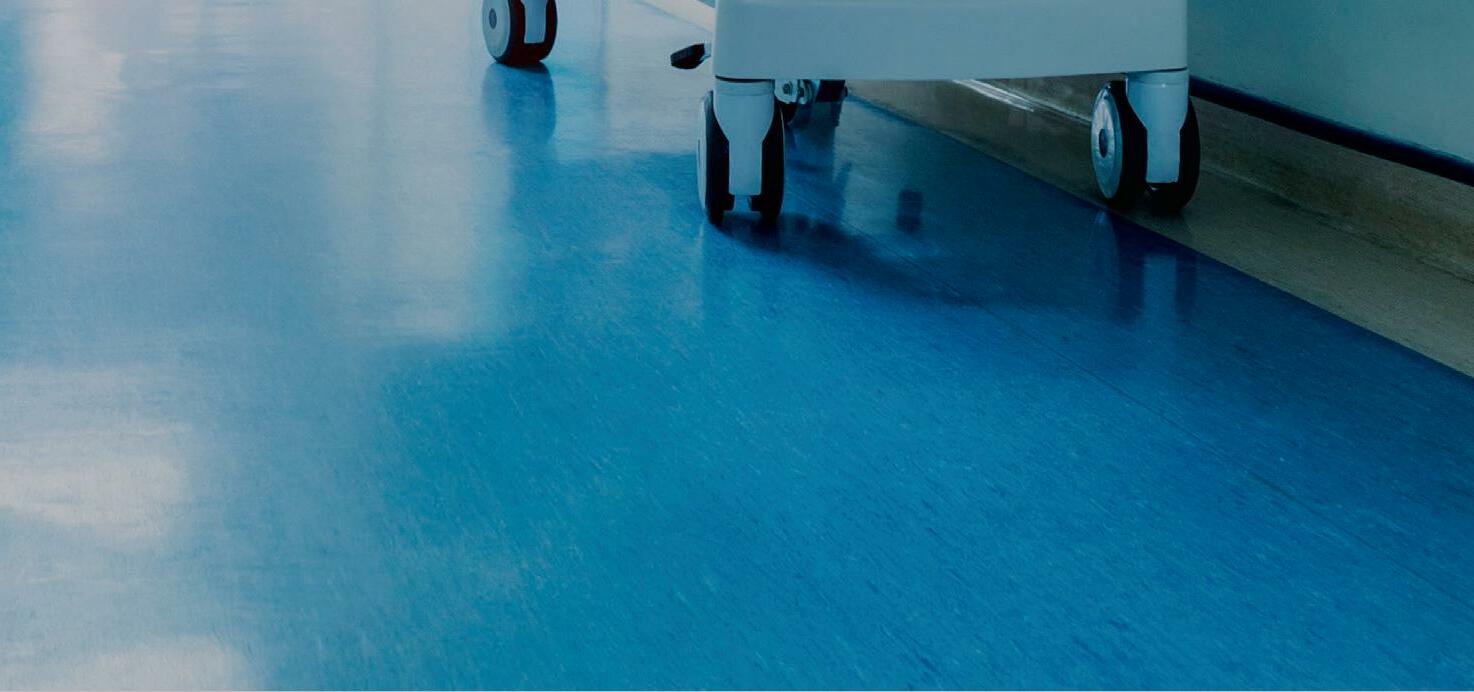
Financial compensation can never change what has happened, but it can help to maximise the injured child’s potential. In most cases, the earlier the correct intensive rehabilitation is received, the better the outcome.
The NHS is rightly praised for their skill and compassion, particularly for acute medical treatment, but it is well documented that the resources for rehabilitation services in the community after hospital discharge are stretched. If additional private funding can be accessed through a compensation claim, it can only be of benefit to the rehabilitation potential of the child.
The mother of my young client adds:
“With the help of Stewarts, my daughter has a full rehab team including a brain injury case manager and a number of independent therapists that she sees on a weekly basis. Her recovery thus far has been astonishing. It is not just the individual therapists that make a difference, but the expertise we have access to through the team that supports her. They have been able to suggest ideas to enhance her rehabilitation that I would never have known about.
“In addition to the therapy she receives, the legal team were also able to look at our home environment. We were able to secure alternative accommodation more suited to supporting her than our previous home. This has all been life changing and a huge support and relief for us.”
When instructing a specialist solicitor, it is important to understand their expertise in dealing with catastrophic injury claims, specifically the type of injury sustained by your child. Make sure you find out how many cases they deal with on a day-today basis, as well as their specialist qualifications, memberships and links to organisations such as Association of Personal Injury Lawyers (APIL). There are also specialist legal directories that provide law firm rankings for this work in different parts of the country. Try to find out level of compensation settlements the firm achieves and the size of interim payments they have obtained for clients.
You should be aware of what funding options a solicitor has available, including conditional fee agreements (CFA) commonly known as ‘no win, no fee’ agreements.
Most of all, you need to feel confident and reassured that you could develop a rapport with the person you wish to instruct, as these claims can often take a number of years to resolve.
My client’s mother says:
“Three years on from my daughter’s injury there is still a long way to go as she thankfully has not plateaued yet. We will continue to strive for her to enjoy the best quality of life possible, which would not have been possible without our legal claim securing access to private funding of several millions of pounds.”
Seeking legal advice is understandably the last thing on any parents’ mind when their child suffers a devastating, life-changing injury – but it is undoubtedly something to consider.
Stewarts is a law firm like no other. Our track record of success for our clients has helped us become the UK’s leading litigation-only law firm.
Life changing injury is one of the most difficult moments you and your family can face. Knowing how much uncertainty this can bring, our role is to help you secure the best possible future for you and your family. Our goal is to help our clients lead full and active lives.
Due to the complexity of these cases, we limit the number of cases our lawyers take on so we can ensure that yours can receive the full attention it deserves. We only act for clients who have sustained serious life-changing injury, in particular spinal cord injury and brain injury.
If you or a family member have been injured or you would like a second opinion on an ongoing case, please contact us.
Clare specialises in catastrophic personal injury claims for claimants involving injuries to the brain, spinal cord and brachial plexus, as well as dealing with fatal accident claims. These injuries have often arisen from road traffic collisions, accidents at work or in public spaces. Clare was involved in previously settling what was believed to be the highest personal injury settlement at that time for a 20 year old girl who suffered a serious brain injury in a road traffic collision at the age of 16, a case which received nationwide press coverage. Clare has secured over £130 million in compensation for her clients since joining Stewarts. Clare is a mother to two small children.
 About Clare Salmon
About Clare Salmon
Myopia, or short-sightedness, is becoming more common among children. What are the causes and how can we help them to adjust?
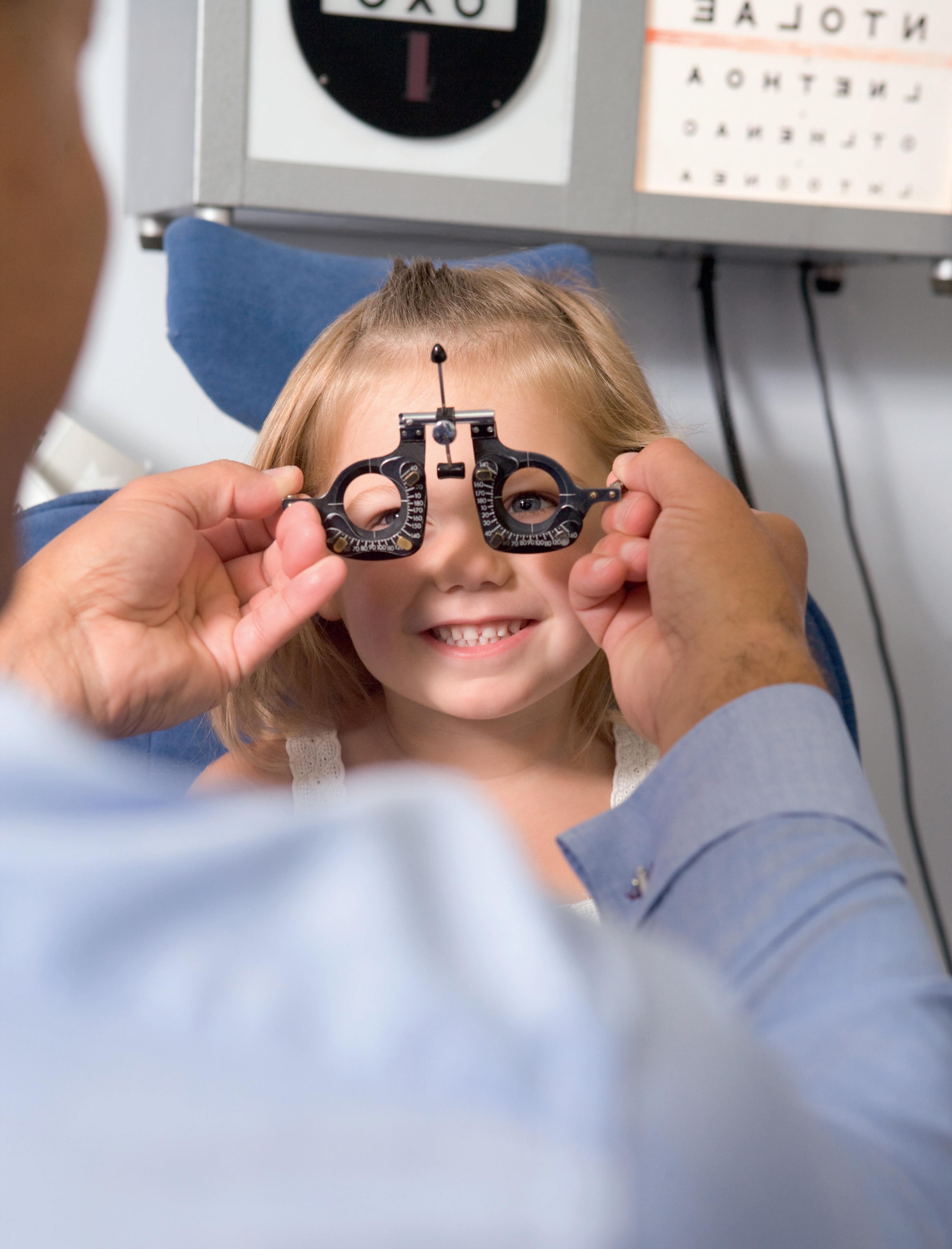
In 2018 a study by ophthalmologists in King’s College London concluded that myopia – short-sightedness –was becoming more common among children. The causes were surprisingly diverse, as were the reasons why some children are less likely to be short-sighted.
It will be no surprise to many of us to hear that use of smartphones and other digital devices contributes to shortsightedness. But would you also have thought that being born in the Summer made it more likely your kids will suffer from myopia?
Short-sightedness, or myopia, is caused by the lens in the eye being unable to focus on the distance. People with myopia have relatively long eyes, so light is focused in front of the retina (the lightsensitive layer on the back of the eye) instead of directly onto it.
A child diagnosed with myopia will continue to get more short-sighted as the eye continues to grow throughout childhood.
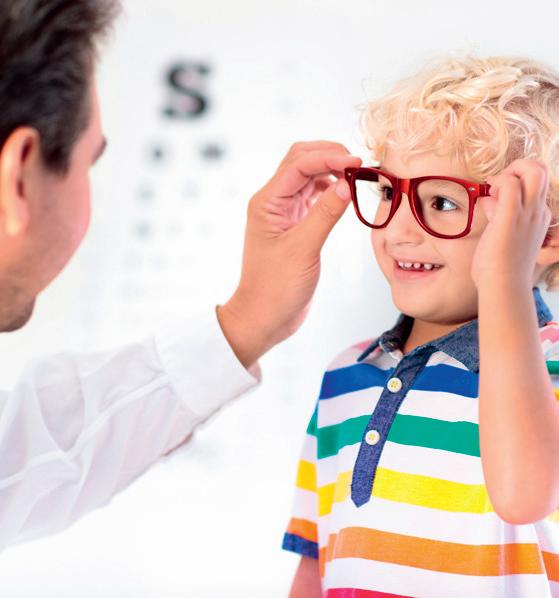
The exact causes of myopia are unclear – genetic and environmental factors are both likely to be involved - but one factor appears to be ‘insulin signalling’, a function of the digestive metabolism which also appears to influence the normal growth of the eye.
Myopia is more prevalent in countries with a Western diet and lifestyle, and many genes that increase the risk of myopia are also involved in fat metabolism. One theory is that the Western diet of energy-dense foods causes increases in blood glucose and insulin levels, sending increased growth signals to the eyes, which causes the distortion typical of myopia.
The King’s College study also found a link between the amount of time spent in school and shortsightedness – in fact the number of diagnoses of myopia rises with every year spent in school. This, the researchers concluded, is to do with the increasing use of digital devices. The more time spend focusing on nearby objects without giving the eyes a rest,
the more difficult it becomes to focus on distant objects.
The study followed almost 2,000 twins with an average age of 17, who were born between 1994 and 1996, and also referenced a project by scientists from Australia and Singapore which warns that ‘the burden of digital myopia’ is going to soar among the current generation of schoolchildren raised on smartphones and tablets.
“Increased digital screen time resulting from gaming, social media, and digital entertainment has led to a rise in sedentary behaviour, poor diet and a lack of outdoor activity,” said Dr Mohamed Dirani and colleagues at the Singapore National Eye Centre.
“The use and misuse of smart devices, particularly in our paediatric populations, must be closely monitored to address the emerging phenomenon of digital myopia.”
In the King’s study, overall 26 percent of the participants were myopic, with the average age at which children started to wear glasses being 11.
The findings came as experts predicted that short-sightedness cold affect 4.8 billion people by 2050, up from 2 billion in 2010.
Ironically, this is mainly down to the worldwide improvements in education; myopia is seen to increase with every year in education, and as many more children are spending their childhoods in classrooms rather than playing outside, they tend to suffer more.
The problem is at its worst in East Asian countries which have particularly demanding academic cultures. In some Chinese provinces, 67 per cent of children are short-sighted by age 13.
Professor Chris Hammond, Frost Chair of Ophthalmology and Head of Academic Ophthalmology at King’s, said: “This is an observational study, so although we can say with confidence that there are correlations between the likelihood of developing myopia and several
environmental factors, we cannot say yet that one causes the other. In truth, it is likely that both genetic and nongenetic factors play a role. Bigger studies are needed to better explain how the two interact.”
There is some hope for improvement - a three-year study of 256 children in the US called CYPRESS (Control of Myopia Using Peripheral Diffusion Lenses: Efficacy and Safety Study) aims to develop glasses with special lenses to reduce myopia. A year in, the trial shows a reduction in myopia progression of up to 74 percent.
But until more is known, the best policy regarding myopia seems to be less screen time, more outdoor time, and a better diet. ■
Astonishingly, being born in the summer nearly doubled the risk of being short-sighted. Researchers suggest that children born in the summer in the UK start school earlier, so start close working at a younger age. This could speed up eye growth which is thought to be responsible for short-sightedness. Spending longer playing computer games is thought to contribute to an increase of about three percent in shortsightedness.
New internet safety laws will go further than before to shield children and protect free speech online, says the government - but campaigners are already arguing that the recommendations have been watered down.

The much-debated and delayed Online Safety Bill tries to address the problem of responsibility for potentially harmful material hosted by online platforms such as Facebook, WhatsApp and Instagram.
Five bereaved families urged ministers to introduce new laws to give parents of children whose deaths are linked to social media use access to their accounts. The group is backing an amendment to the Online Safety Bill that would force tech giants to unlock data or face multi-million pound fines. Ian Russell, whose daughter Molly, 14, took her own life after being bombarded with self-harm and suicide content, fought for five years to uncover the 16,000 “destructive” posts of self-harm, anxiety and suicide that Molly received in the six months before her death. He said: “We can no longer leave bereaved families and coroners at the mercy of social media companies.”
But the government, eager not to ‘over-remove’ online content described as ‘harmful but legal’ is limiting the Online Safety Bill to dealing with content which is illegal or prohibited from being seen by children. “This removes any influence future governments could have on what private companies do about legal speech on their sites, or any risk that companies are motivated to take down legitimate posts to avoid sanctions” say a government statement.
New measures will also be added to make social media platforms more transparent and accountable to their users, as a result of amendments the Government will propose.
Digital Secretary Michelle Donelan said: “Unregulated social media has damaged our children for too long and it must end. I will bring a strengthened Online Safety Bill back to Parliament which will allow parents to see and act on the dangers sites pose to young people. It is also freed from any threat that tech firms or future governments could use the laws as a licence to censor legitimate views.”
The Bill will include new measures to make significant changes to the UK’s criminal law to increase protections for vulnerable people online by criminalising the encouragement of self-harm and the sharing of people’s intimate images without their consent.
The Bill will give adults greater control over online posts they may not wish to see on platforms. If users are likely to encounter certain types of content - such as the glorification of eating disorders, racism, anti-semitism or misogyny, not meeting the criminal threshold - internet companies will have to offer adults tools to help them avoid it. These could include human moderation, blocking content flagged by other users, or sensitivity and warning screens.
Dame Rachel De Souza, Children’s Commissioner for England, said: “We cannot allow any more children to suffer. The loss of children by suicide, after exposure to hideous self-harm and suicide content, are tragic reminders of the powerful consequences of online material.”
WILL INTERNET SAFETY LAWS PROTECT KIDS?
All you need to know about helping your children through adolescence and early adulthood
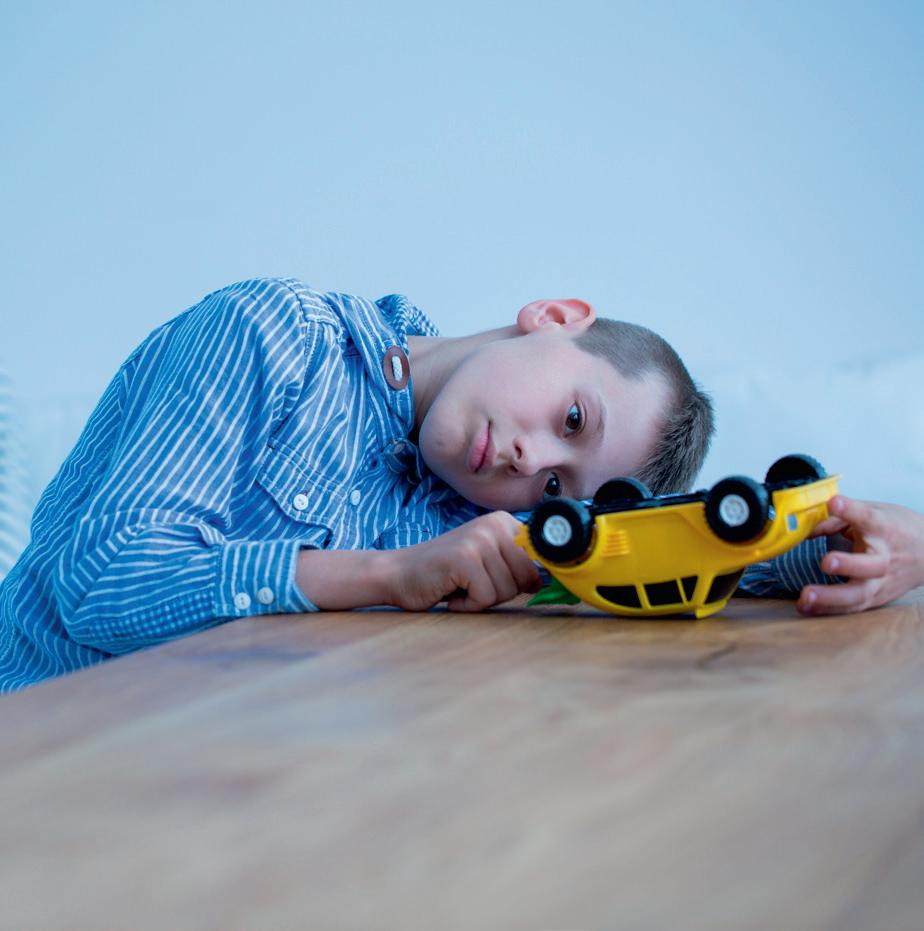
A new trial will test whether a medication that targets gut bacteria can also improve irritability in teenagers with autism spectrum disorder.
The Tapestry study is recruiting adolescents, aged 13-17, in Australia, the US and New Zealand with moderate to severe autism and who experience irritability such as aggression, self-harm and severe tantrums.

The trial medication, AB-2004, is designed to soak up certain toxins produced by bacteria in the gut to prevent them from entering the bloodstream and reaching the brain. Studies have shown there may be a link between changes and irregularities in gut bacteria and the brain, which could contribute to certain neurological conditions, including irritability in children with autism. Gut bacteria are influenced by anxiety, poor diet and unsettled sleep and stomach.
Makewell is a private clinic based in a beautiful and calm corner of Milton Keynes which specialises in assessments and treatment for ADHD and Autism to anyone over the age of five years. Online appointments are also available to adults. www.wemakewell.co.uk

New research shows promising results using neurotechnological approaches to treat depression in youth. Canadian researchers investigated the clinical and neurophysiological effects of using electrical brain stimulation followed by cognitive exercise for treating Major Depressive Disorder (MDD) in youths aged 16 - 24.
Theta-burst stimulation (TBS), has already been shown to be a fast and effective method for treating depression in adults. It involves administering magnetic pulses to stimulate the brain’s prefrontal cortex, the area involved in various aspects of cognition, including reasoning, problem-solving, comprehension, and impulse control. Impairments to the prefrontal cortex have been linked to symptoms such as suicidal tendencies. At the end of the four-week trial, researchers noted significant changes in brain activity associated with a reduction in depressive thinking.
If you think school education isn’t doing its best for your child, should you think about extra tuition, or even home tutoring? It’s a learning process...
With academic success being regarded as an increasingly important factor in life, and examination pressure becoming a worry even for the most able children, many parents are starting to think about alternatives to conventional school education - perhaps extra tuition outside school, perhaps even educating at home.
Educationalists say that if a student misses some building-blocks in their education - and that has happened more than ever in lockdown - it can be difficult for them to build the solid foundations they need at higher levels. Early intervention is key, whether the solution is found at home, online, or in an outside facility.
So what are the crucial factors that could persuade you to try extra tuition or even home education for your kids?
One of the problems with the conventional school environment is that teacher-topupil ratios can be disadvantageous. With private tuition, operating on a one-to-one basis or in small groups, you’re guaranteed that your child will get individual attention and close review of their work.
We’ve all heard stories of children who wouldn’t learn because they didn’t get on with their teacher. With private tuition you get to choose a teacher matched to your children’s learning style.
Sometimes kids need help with homework that their parents can’t provide. With private tuition, homework can be individually tailored to be manageable and enjoyable.

Taking exams is a skill in itself, and private tuition gives pupils the chance to learn exam skills as well as being prepared for specific tests.
Part of the task of a private tutor is to promote a pupil’s potential and boost confidence in their own abilities, opportunities often missed in a large class. Pupils are more likely to come forward and
ask questions in a smaller group rather than in a large class.
Because private tuition is successfocussed, pupils’ drive to perform is enhanced, and they are encouraged to perform to the peak of their potential.
Conventional teaching can become formulaic and hide-bound, while experimental methods in private teaching may suit your child better.
You can look into the possibilities of extra education at independent sites such as www.goodschoolsguide.co.uk .
An alternative, home schooling, obviously demands a great deal more commitment on the part of the parents, as they will essentially be responsible for delivering a full school curriculum to their childrenand for one or both parents, this may have to be arranged around work.
Many parents had to do a crash-course in home tutoring during lockdown when schools were closed, and God forbid that we should go back to that situation again, but it’s always possible that you may need some of those teaching skills.
So how can you approach the idea of home tutoring? Here are some top tips.
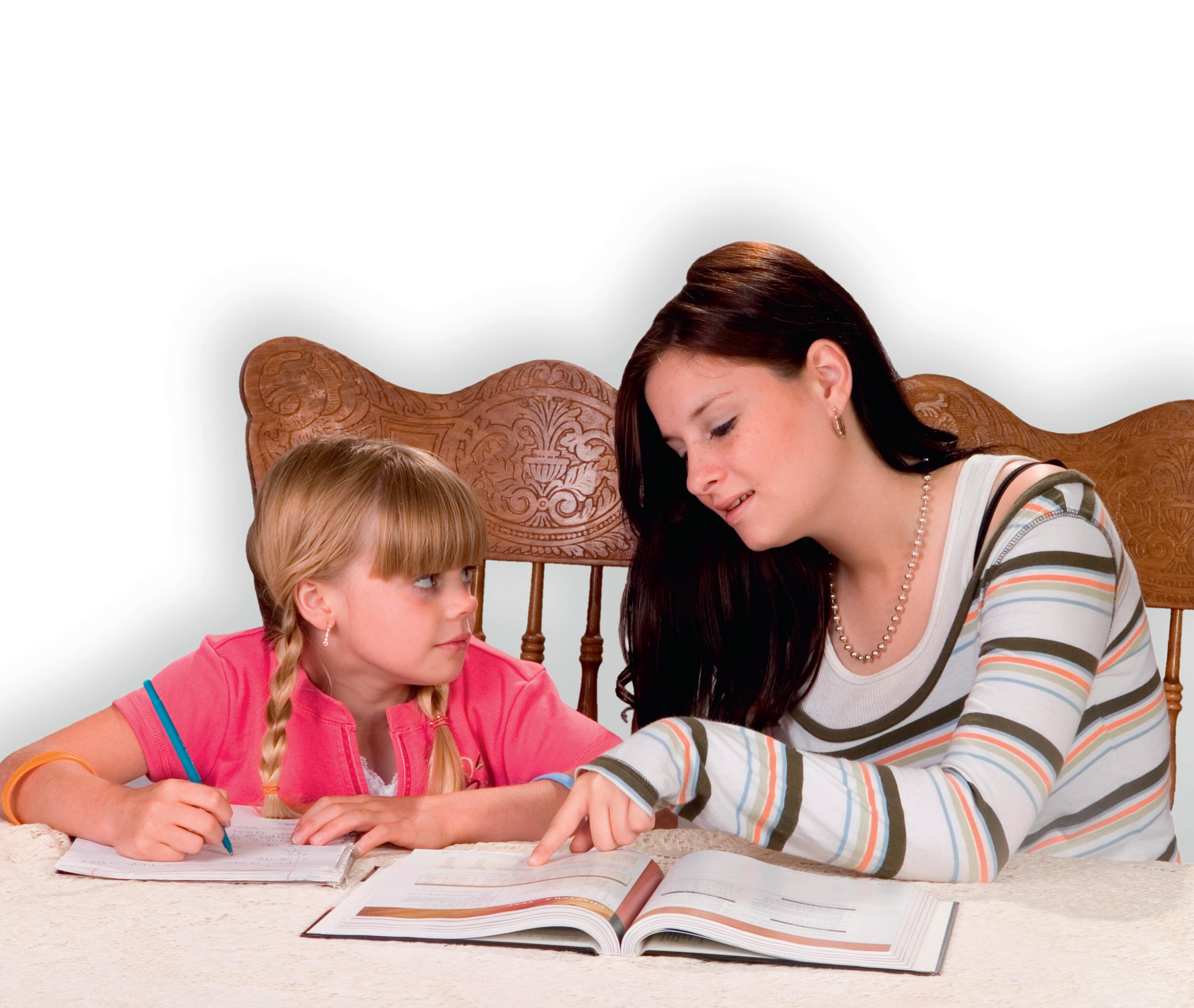
Living room, or kitchen table? Will you be needing a whiteboard to explain your teachings? Or can you make do with using the refrigerator? Determine where you want to set up the learning space and stick to it. Make sure you choose a space that is separate from your child’s bedroom to differentiate an environment for learning and an environment for fun and relaxation.
If you don’t already have the bare necessities like pencils, paper, and journals, stock up on them. Acting as the teacher, it may be helpful to get supplementary items like storage bins for your child’s textbooks and work. Having a computer or tablet
nearby may also be useful if you ever need Internet access.
Set the tone
According to government legislation, “You must make sure your child receives a full-time education from the age of five, but you do not have to follow the national curriculum.”
When learning from home, keep a routine but allow some flexibility. A strict schedule may create a negative learning environment during an already difficult time. Be forgiving of yourself and your children. This is new territory for most people.
Understand that everyone learns differently. Adapt your lessons to cater to your child’s learning style. If lecturing about maths isn’t working, try a handson approach using objects. Does your child work better with other people?
Set up a Zoom call with some of his or her classmates to see if they would be available to take part in some online group activities. »
Gamifying Learning doesn’t have to be boring. Make the best of the situation by using it to create good memories together. Gamify your lessons. Host a trivia gameshow when studying up on geography. Create a scavenger hunt using riddles based on history. Create word scramble worksheets for languages.
These are merely some home school suggestions. Do what works best for you and your child, remembering the educational requirements you have to reach.
If your child is currently at school, you must tell the school if you plan to educate them at home. The school must accept if you’re taking your child out completely, but can refuse if you want to send your child to school some of the time. You must make sure your child receives a full-time education from the age of five, but you do not have to follow the national curriculum. The council can make an ‘informal enquiry’
to check your child is getting a suitable education at home. They can serve a school attendance order if they think your child needs to be taught at school.
If your child has special educational needs and attends a special school, you’ll need to get the council’s permission to educate them at home. You do not need the council’s permission if your child attends a mainstream school, even if they have an education, health and care (EHC) plan.
If you plan to go for Elective Home Education (EHE), it’s a big commitment, and it’s important to consider how you’ll develop your child’s knowledge, understanding and skills appropriate to their age and abilities. It’s also important to consider any costs involved, and whether you’ll be able to provide enough social opportunities for your child to mix with others.
As a parent or carer, you don’t need to have any formal teaching qualifications to

home educate, but what you teach must be suitable to your child’s age, ability and aptitude and needs they may have. You may wish to teach your child yourself, employ a tutor, or teach in groups with other home educated children. If you decide to employ a tutor, it is advisable to check their qualifications and ask to see their Disclosure and Barring Service (DBS) certificate.
You won’t have to follow the National Curriculum or stick to school hours. Your child’s education should be challenging enough that they are able to make progress, and should ultimately prepare them for the opportunities, responsibilities and experiences of adult life.
Although it’s not compulsory to follow the National Curriculum, some parents find it useful to use as a framework for their own teaching. If you intend for your child to go back to school at some point, it’s also a good idea to cover similar work to make the transition smoother. ■ www.gov.uk/home-education

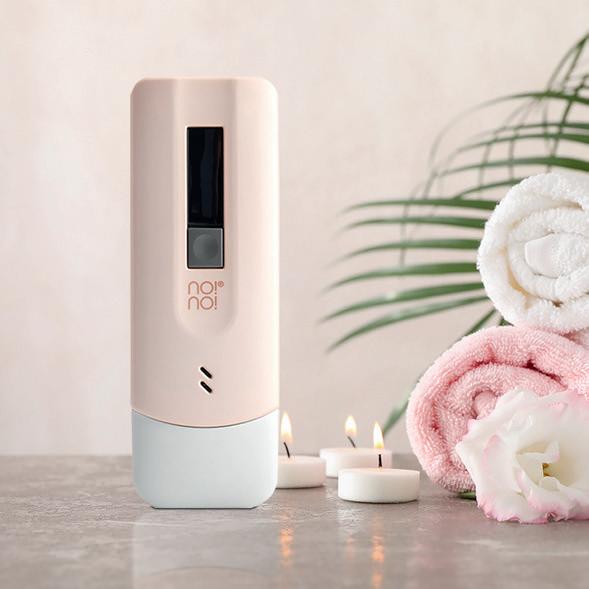


Patented Thermicon® Technology is only found in no!no!® products. This technology uses the scientific principles of thermal transference. Gentle heat glides over the skin removing stubble from the surface while simultaneously treating the hair for long-lasting results†. Patented Thermicon® Technology has built in safety mechanisms that enables no!no!® to adapt professional hair removal technology for safe and e ective home use.
Since this technology is colour-blind, no!no!® is safe to use on all skin tones and e ectively treats and removes all hair colours on the face or body.
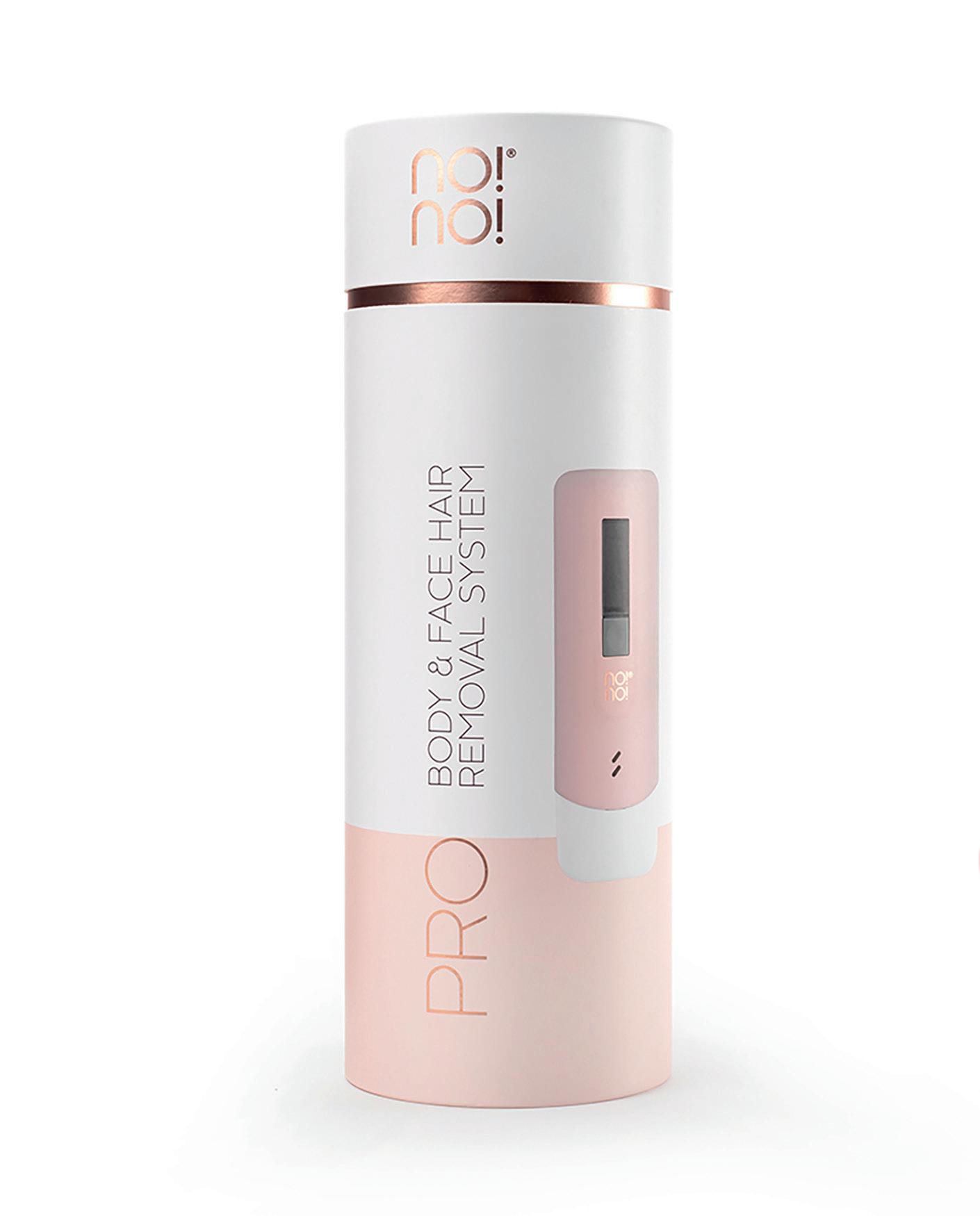
Parental peer support has become a vital source of help, particularly to first-time parents. But how does it work and how could you benefit from it?
It’s often said that society has changed radically over the last few decades, particularly in the way the family has become more fragmented. In previous years it had been common for people to live in close-knit family communities, with relatives and neighbours always ready to help with family matters such as childcare. Increasingly, though, with changes such
as people moving away from home to find work, fewer communities supporting multigenerational living, and young parents often not knowing who their neighbours are, let alone being able to rely on them for help, being a young parent can be an isolating experience.
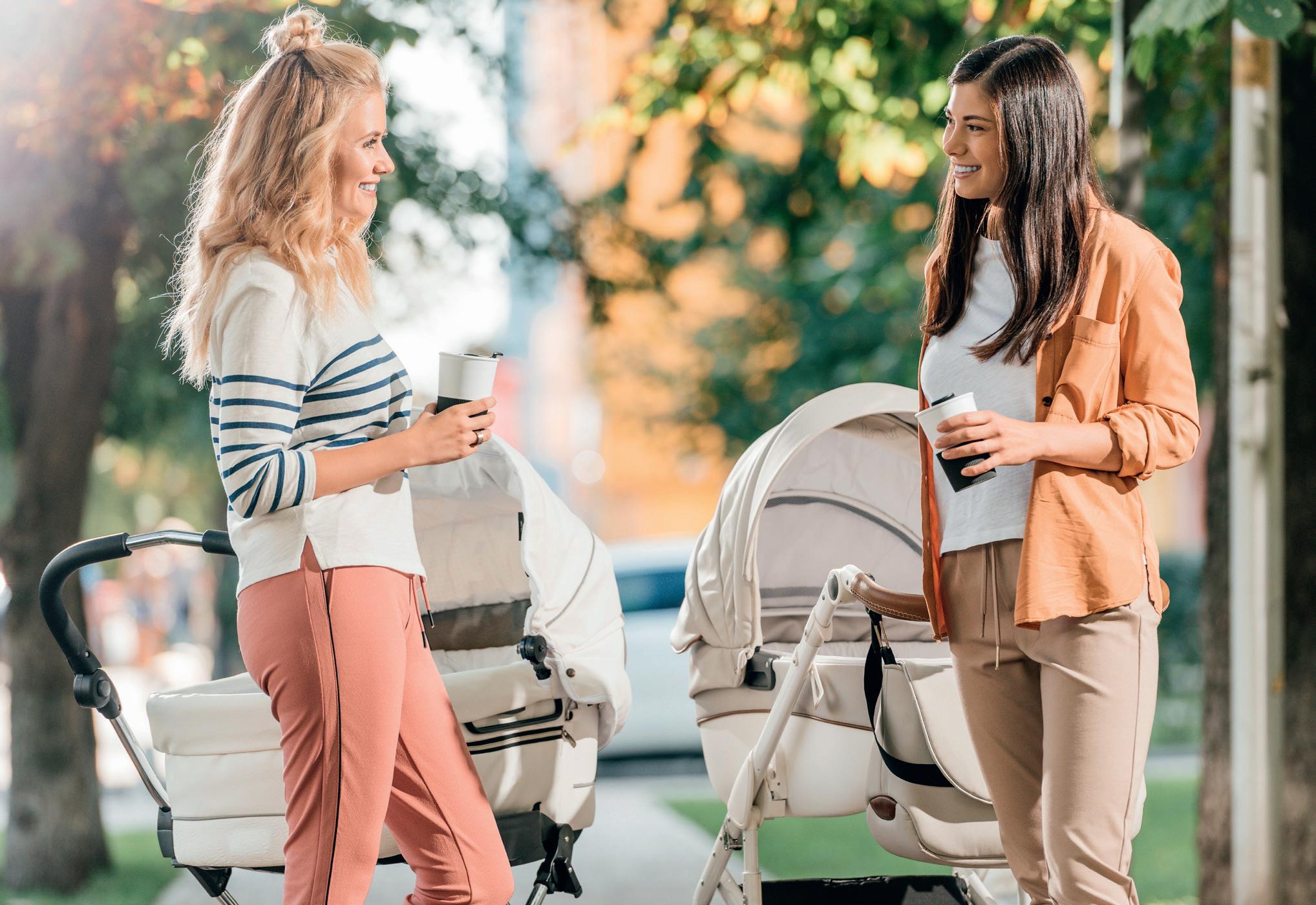
Apart from registering your new baby with a GP, new parents should see a health
visitor about 10 days after birth. Health visitors can give medical advice and can also give help with mental health issues.
Child health clinics run by health visitors and GPs offer regular baby health and development reviews and vaccinations, and some child health clinics also run parent and baby, breastfeeding, and peer support groups.
Sure Start children’s centres provide family health and support services, early learning, and full-day or temporary care for children from birth to five years. But children’s centres have had their funding cut by two-thirds since 2010, and many have been closed.
You may also be able to get help with parenting issues from organisations such as Family Lives (www.familylives.org.uk), Family Rights Group (www.frg.org.uk) or Gingerbread (www.gingerbread.org.uk).
Increasingly, though, parents are also finding help and support from other parents. Organisations such as Parents1st are about “unleashing the potential of parents to help other parents” in the words of Carrie Deacon, Head of Social Action at charity foundation NESTA.
Parents 1st was born out of a national research study (2005-2007) by its founder, Celia Suppiah. funded by the Health Foundation. Ten community parent programmes across England, Wales and Scotland participated in a study which identified a need for a national umbrella organisation to further develop and support ‘Community Parent’ volunteering initiatives of the highest quality.
Since 2008, Parents1st has:
h Developed an innovative ‘Pregnancy Pal and Birth Buddy’ programme
h Supported over 1000 expectant and new parents each year
h Established a replicable affiliate peersupport programme
h Won the UnLtd Big Venture Challenge (2013)
h Provided workshops, resources and evaluation services to organisations across England
h Delivered City & Guilds qualifications to volunteers
h Carried out research and continuous evaluation
h Authored the Volunteering Evidence Review in partnership with IVAR
h Published an Implementation Framework to guide the five ‘A Better Start’ sites across England
Peer support offers a unique and valuable contribution to parents’ and babies’ wellbeing, says Carrie Deacon. “Not everything needs to be professionalised… there is a way of working with professionals to enhance even further the value they bring. They complement one another. Parents 1st is all about unleashing the potential of parents to help other parents.”
Perinatal peer support, where mums and dads volunteer to help other new parents, offers a unique and invaluable contribution to healthier pregnancies, positive births and the best start for babies.
It offers something different to public services. Informal support and reassurance from another (trained and supervised) parent who listens and builds trust, can make all the difference. It builds confidence, reduces social isolation, helps nip early difficulties in the bud and reduces pressure on maternity and early years services.
It enhances even further the value that professionals bring. Parents1st argues that when these initiatives are managed, resourced and delivered well, there are huge benefits not only to mothers, fathers, partners, and babies but also to professionals involved in their care.
Through the reassurance of lived experience, peer supporters can reach and be accepted by parents, some of whom may be reluctant to engage with professionals.
Support from carefully recruited volunteers through pregnancy, birth and beyond has been proven to have clear benefits to the wellbeing of mothers, fathers, partners and babies.
Some of the benefits for parents of peer support include:
h Mothers, fathers and partners build their confidence, feel supported, prepare for changes ahead, and feel less stressed
h Improved wellbeing of parents means healthier pregnancies, less complicated births and happier babies
h Parents get to know what services are available to them and volunteers help them to benefit from them
Alexandra was diagnosed with Post Traumatic Stress Disorder after suffering a medical trauma and almost lost her life. She subsequently developed a fear of hospitals.
Alexandra underwent therapy, eventually recovered and was living a very happy life. However, when she fell pregnant, many memories and fears slowly resurfaced.
Since her trauma, Alexandra found planned hospital visits difficult, so she started to become anxious around giving birth and the thought of returning to a hospital environment. Her anxiety slowly built up and Alexandra became concerned about postnatal depression and the affects her anxiety would have after her baby was born.
Neither Alexandra or her husband had family in the UK so feeling anxious and isolated, she eventually turned to her midwife for help. She was subsequently placed under her local hospital’s perinatal mental health team and from there was referred for both peer support and more therapy.
Alexandra said: “It was so amazing to have that person of contact, to be able to ask any question and to have somebody to be able to talk with... It felt like she was my mum at some points, that’s how close we got just by talking on the phone.”
In Essex, Parents1st says that 78% of supported parents show a positive change when comparing answers during pregnancy with those at three months after the birth, 70 percent reported improved access to local services, and 67 percent said they had improved communication with professionals involved in their care. »
But parents are not the only ones to benefit; volunteers with Parents1st frequently described their volunteering experience as ‘life changing’, reporting:
h Satisfaction from contributing to the wellbeing of others
h Increased awareness of local community issues and available services
h Increased self-confidence, self-esteem and a sense of achievement
h Personal development opportunities
h Improved knowledge of health and parenting that benefits their own families
h Work experience
h A mutually supportive group learning experience
h Gateways into new training opportunities, qualifications and employment
A key feature of
is employment of experienced volunteers as peer support workers, development workers and assistant coordinators.
Parents1st can also offer help and advice on setting up parental peer support groups in your area, such as:
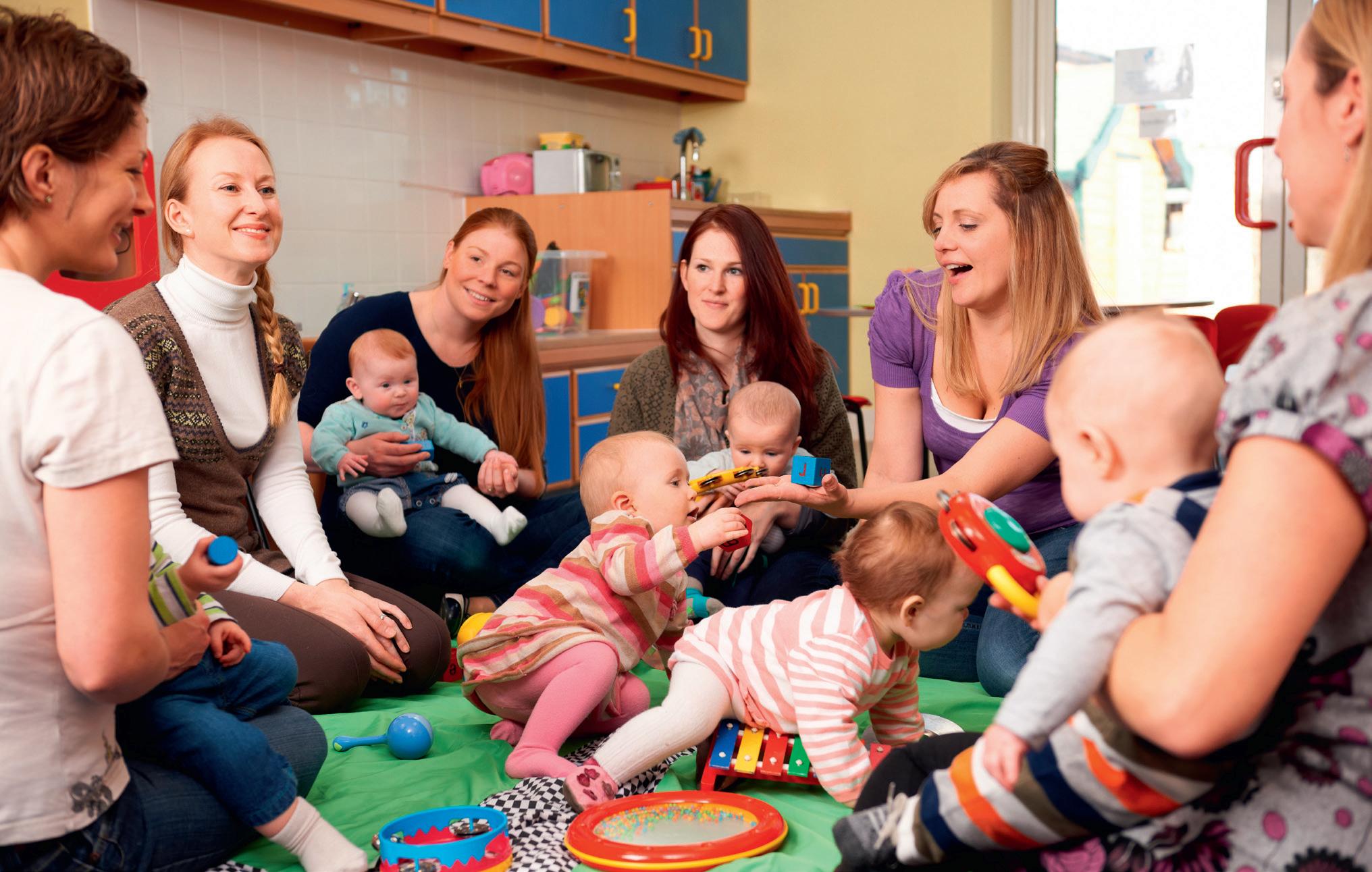
h Bringing together local partners to decide if peer support can help –including understanding your local area and how it might fit
h Designing a programme that is bespoke, with distinct outcomes that fit with your local community
h Planning for success – getting a financial sustainability plan in place, to avoid instability in the long-term h Making it happen in reality – the practicalities of running a programme including recruiting and training volunteers, supervision skills etc.
h Making a difference – is it? How do we know? Evaluating the impact
The parental peer movement is one that could make up for many of the support mechanisms society seems to be losing; find out more about Parents1st at https://parents1st.org.uk ■
The Family Information Service (FIS) aims to help you support your children by providing information for parents. Each FIS has close links with children’s centres, Jobcentre Plus, schools, careers advisers, youth clubs and libraries, offers information about local childcare services and availability, and can help if you need childcare for a child with a disability or special needs. Find your local FIS though your local council website.
https://www.gov.uk/ find-local-council
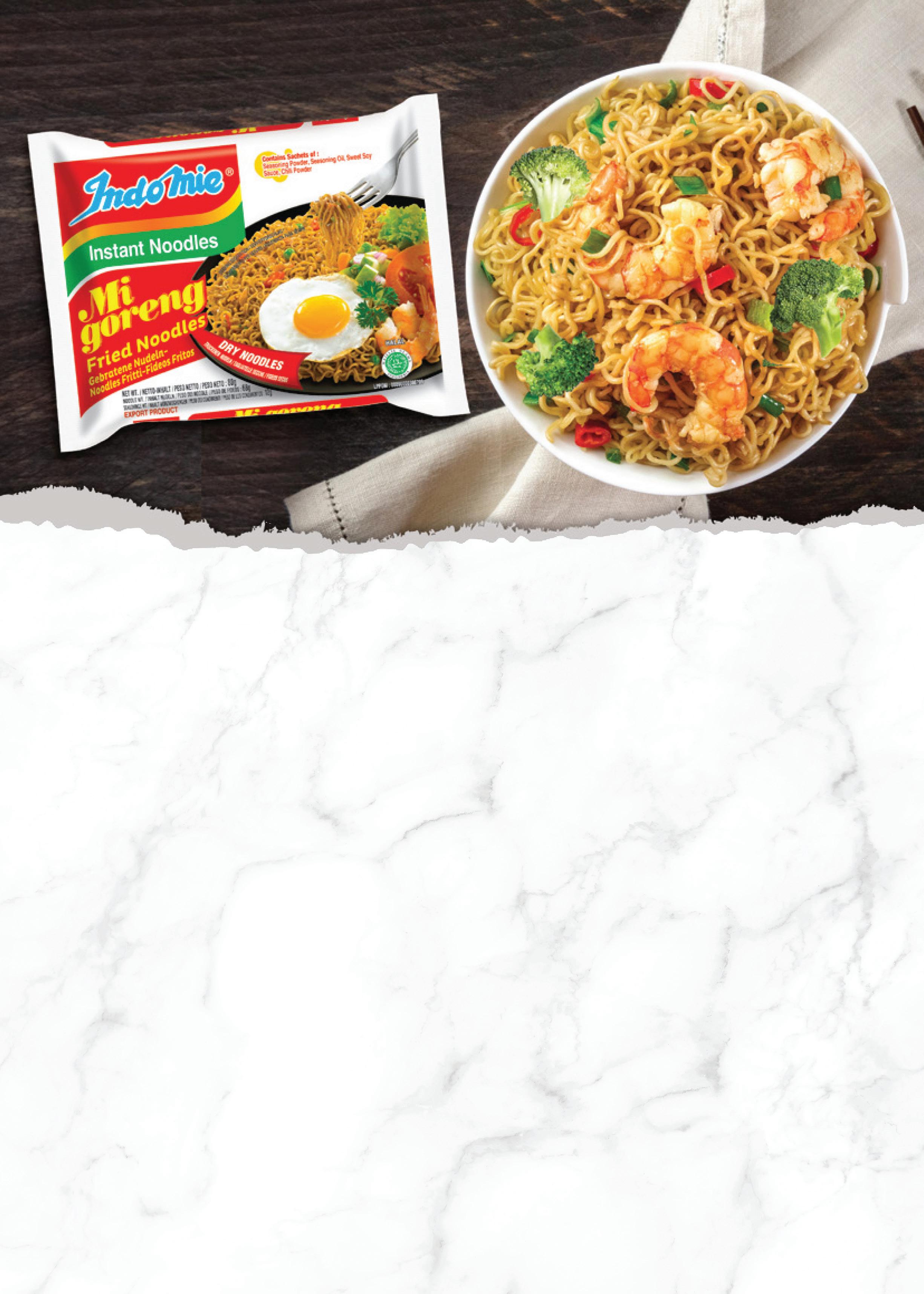


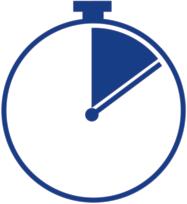
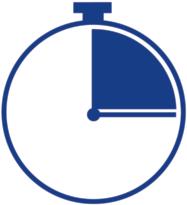

Teenagers
It’s widely said that teenagers are under stress as never before - the pressure of sometimes toxic social media, the strain of school exams and the hardships of the recent lockdown have all added to what is already a traumatic time of transition for them.
It’s perhaps a truism that we talk to our children but don’t always listen to them. UNICEF’s child care programme has some great advice for parents and teachers about how to really communicate with teens.
Establishing a connection with your teen is the basis for e ectively supporting their mental well-being and social and emotional learning. When we love someone, we are interested in them and in their thoughts and feelings. As your child grows, communication is one way of

showing your love and respect for them.
Active listening is important when interacting with your child. An active listener is engaged, caring, non-judgmental and empathetic, even when (and especially when) they don’t agree with others’ views.

While some of your teen’s beliefs or opinions may di er from your own, you need to respect and value their views. This will also help them to respect your views and opinions. Listening actively helps children to feel heard, understood, less alone and calmer.
By contrast, if we don’t listen properly, we risk making them feel as though we are brushing o their concerns and invalidating their feelings. This can leave them feeling defensive, frustrated, alone or hurt.
Here are some of UNICEF’s top tips for communication with your teenagers.
1. Show an interest in what is important to your child to show you care.
2. Share things about yourself and find ways to make connections and identify shared interests.
3. Ask your child about their opinions, views and perspectives so that you can understand their feelings.
4. Build on the communication you had with your teen when they were younger – communication is important from babyhood to adulthood, and if you and your child communicated well, shared your feelings and thoughts, it is more likely that this will continue as they progress through adolescence.

are under stress and need someone to talk to. Are you listening to them as well as talking to them?
5. Be an active listener. If we don’t listen properly, we risk making them feel as though we are brushing off their concerns and invalidating their feelings.
6. Show attentive body language. Maintaining eye contact, giving affirming nods, a look of concern or encouraging smiles are all small gestures that let them know you are paying attention. Use natural body language and cues that make your child feel that you are present, interested and really care. Even without using words, you can communicate you are listening and that what your adolescent is saying is important to you.
7. Ask open-ended, clarifying questions to gain a deeper understanding of how your child feels. These questions have no right or wrong answer; they simply help you gain insights into what your teen thinks. For example, you could try any of the following questions: “Could you explain what you mean by…”, “Why do you feel you got upset when…”, or “How do you think you would have
felt if…” Use whatever phrases come naturally to you and your teen to show empathy.
8. Mirror what your child is saying by restating and paraphrasing what they conveyed. For example, you could say, “What I hear you saying is that…” or “Am I correct in understanding that you feel…”
9. Give positive feedback and affirmation. Giving specific immediate praise can help build adolescents’ confidence and self-esteem and encourage them to continue those same behaviours. For example, if your child shares that they have been feeling very stressed, you could respond by saying, “Thank you for being brave and sharing how you’re feeling right now” or “It can be hard to tell someone when we are feeling stressed. I’m so glad you shared that with me.”
10. Validate what your teen is expressing. This can help teenagers accept their emotions and feel safe to express
themselves. For example, you could say, “It’s understandable that you’re feeling angry right now, I would feel the same if it were me,” “Thanks for sharing that with me. It can be hard to share with others when we are feeling sad” or “Sorry to hear you’re feeling stressed. I would feel that way too if I were in your shoes. Let’s see together if there is anything we can do to help.”
Sometimes it may not be easy for your teen to talk about what is worrying them, and you may not know what to say. It is fine to explain to your child that you are there for them, that you are ready to talk and listen any time. Do not force the conversation if your teen is not able to describe what is going on for them.
And remember, communication is not only about sharing difficulties or tough feelings. It is important to share funny things, what went well during the day and find opportunities to laugh together and be affectionate in whatever way is comfortable for your teen. Having fun together and laughing hard is a wonderful way to feel good and strengthen your relationship! ■
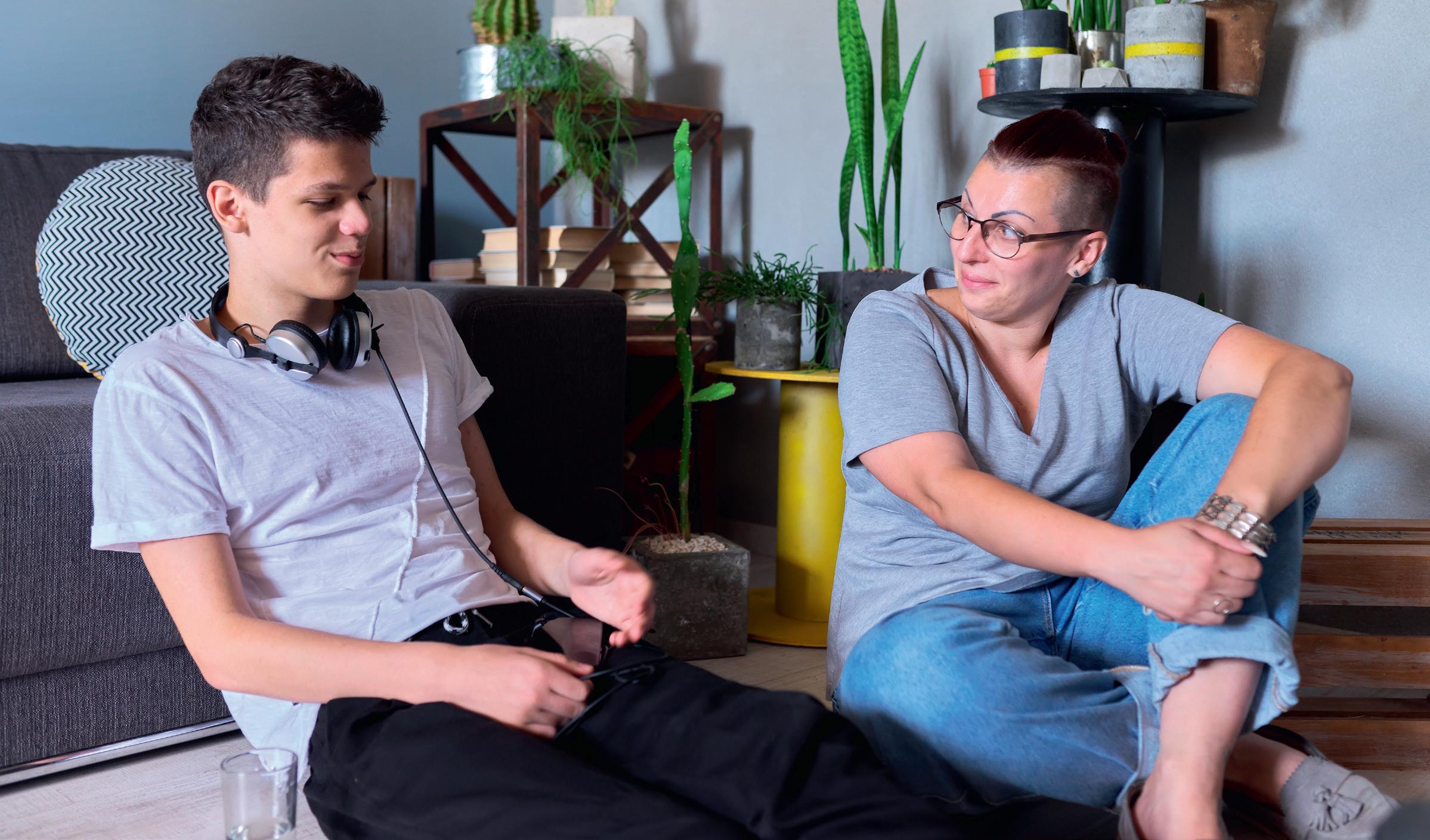
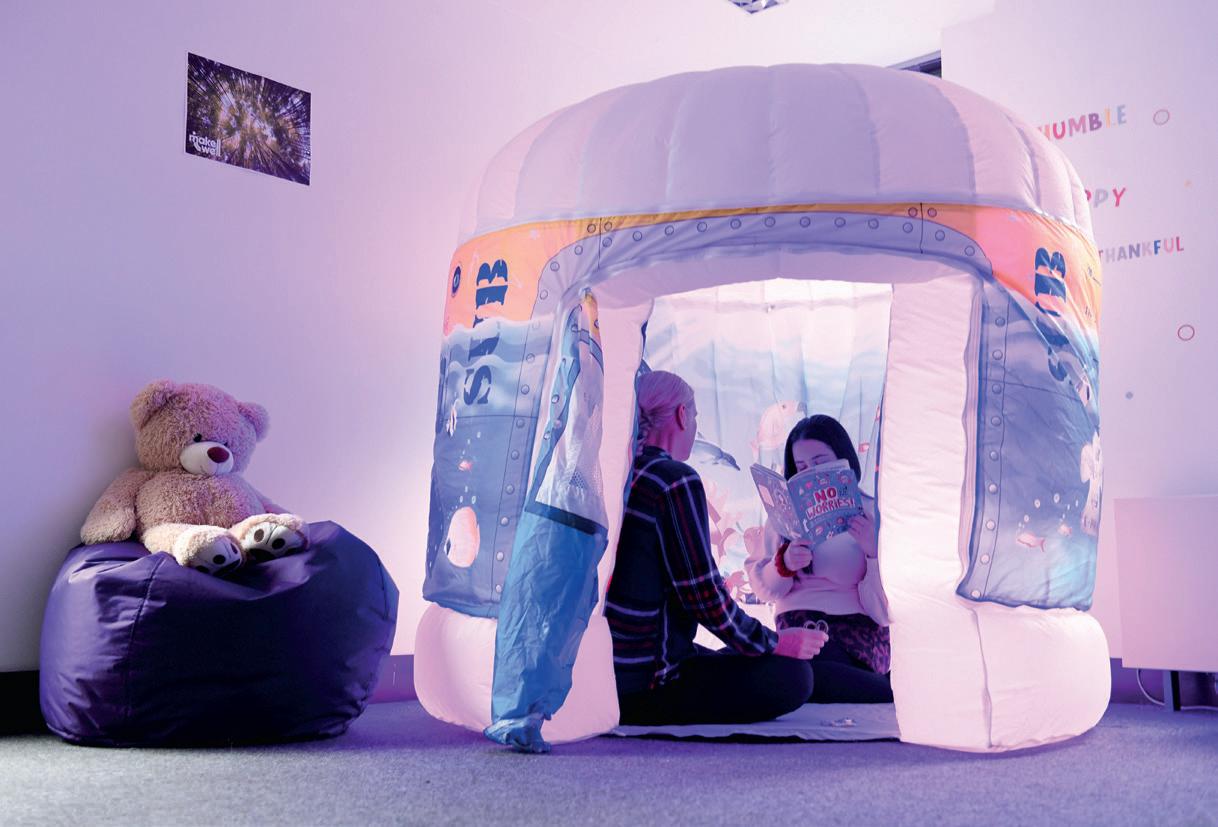

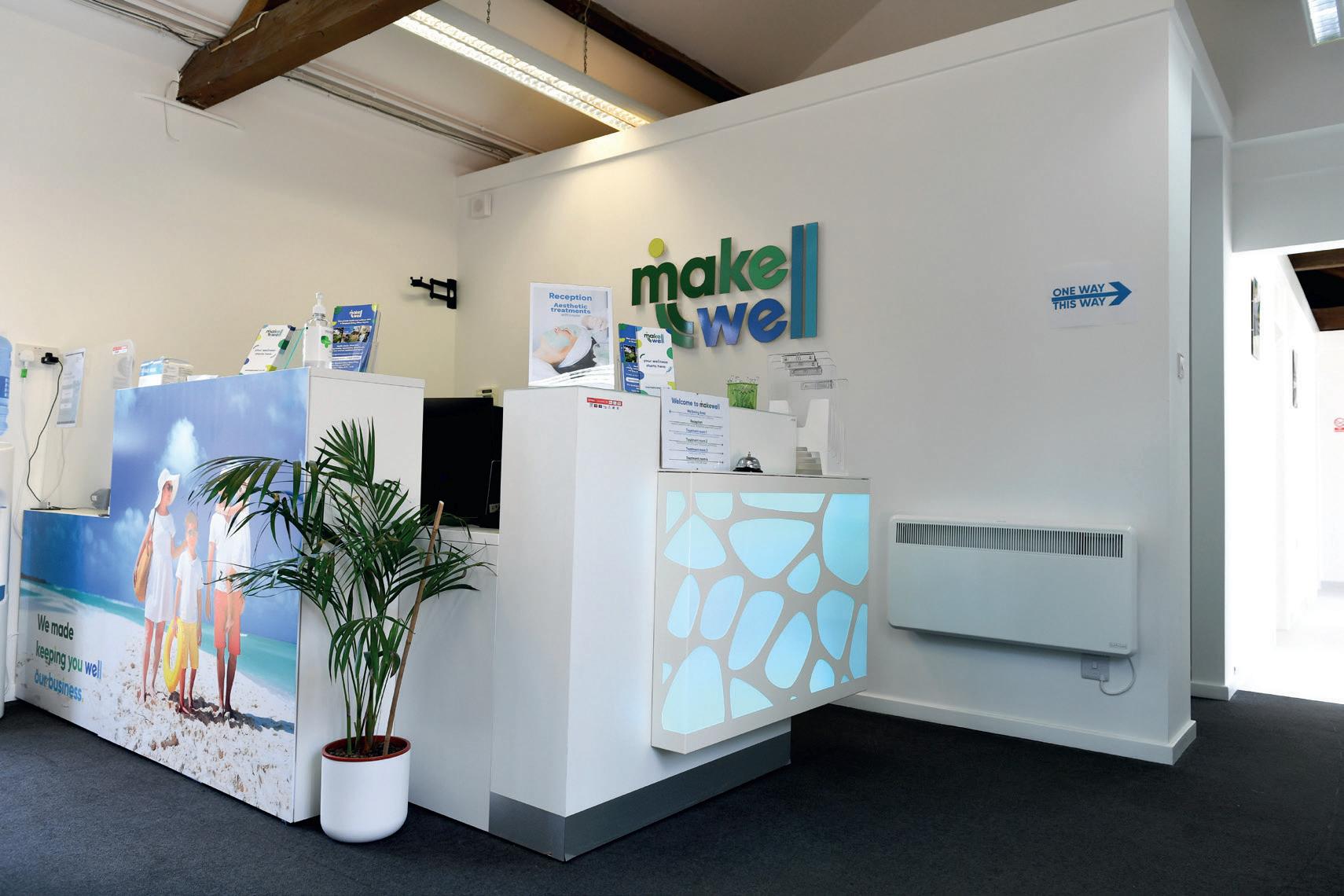
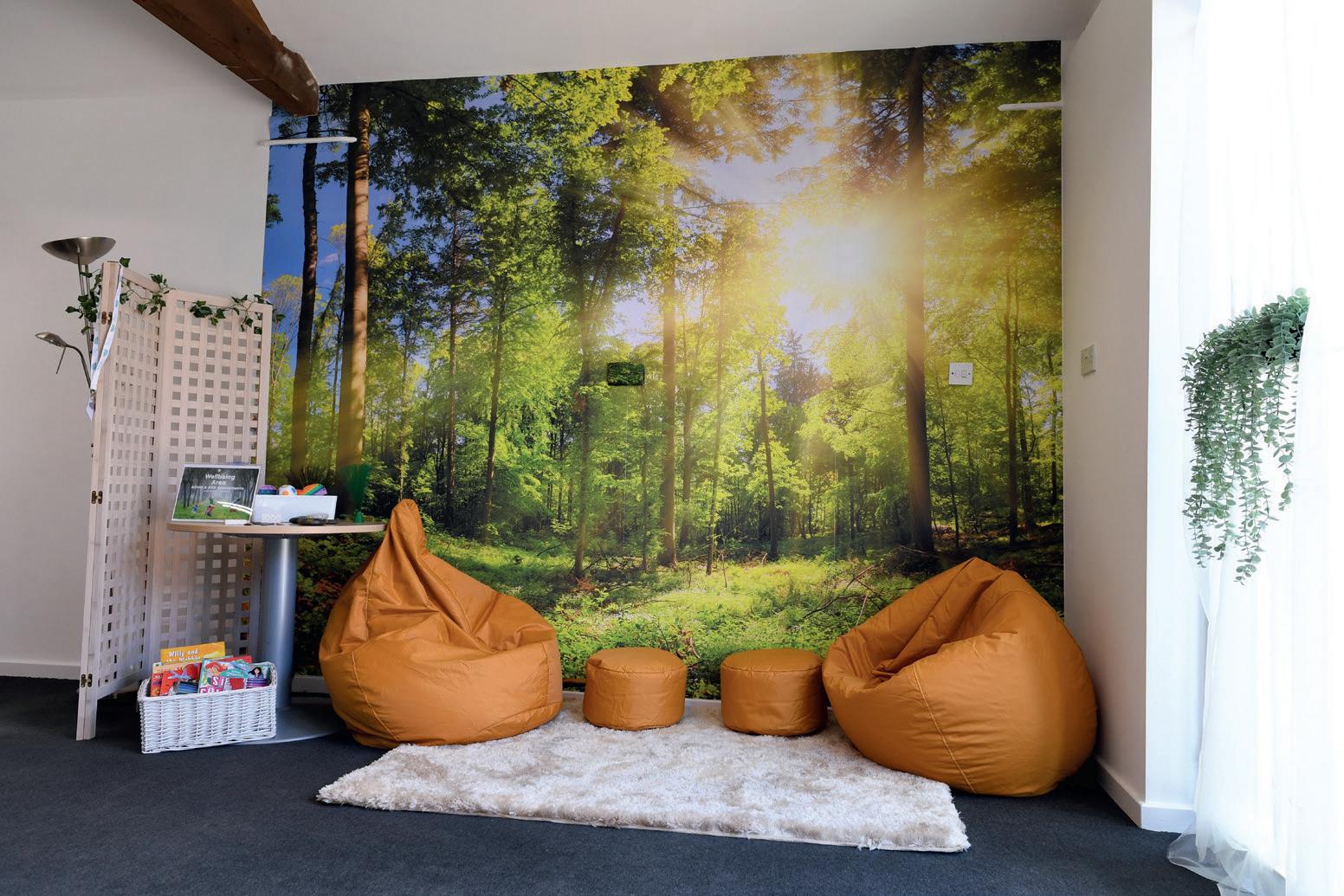


Attention Deficit Hyperactivity Disorder was often dismissed in the past as just ‘bad behaviour’. But a better understanding of the condition suggests new approaches
Attention Deficit Hyperactivity Disorder (ADHD) is a medical condition which a ects behaviour, making it di icult for the subject to concentrate and prompting impulsiveness and restlessness.
Makewell says: “Attention Deficit Hyperactivity Disorder is a condition that includes symptoms such as being restless and having trouble concentrating. It a ects children and adults, and can a ect all aspects of life, including home, school (or workplace) and relationships. Getting diagnosed and treated can help the individual with these di iculties. The cause is unknown but we do know that it o en runs in families. At Makewell our experienced clinicians can assess you (from the age of 5 – 60!) for ADHD (and even o er a joint assessment for autism) and provide you with supportive medication and / or therapies that can help you.”
Symptoms of ADHD can disappear in later years, but by that time the damage is o en done. Symptoms can also persist into later years, and can be accompanied by sleep and anxiety disorders.

Of course, some restlessness and inattentiveness in children is typical and not evidence of ADHD, but if you have concerns about your child’s behaviour, you should discuss them with your child’s teacher, their school’s Special Educational Needs CoOrdinator (SENCO) or a GP.

Apart from genetic element, potential factors in causing ADHD are:
Premature birth (before the 37th week of pregnancy)
Low birthweight
Parental alcohol, tobacco or drug use during pregnancy

Learning dificulties
There’s no cure for ADHD, but it can be managed with educational support, advice and support for parents and a ected children, alongside medicine, if necessary. For adults, medicine is o en the first treatment o ered, and cognitive behavioural therapy (CBT) may also help.
For parents of children with ADHD, the first important factor is to recognise that their behaviour is not ‘naughtiness’, it’s something they cannot help. They may need more help that other children with activities such as getting ready for school, listening to and following instructions, organising activities, and getting to sleep at night. They may also have di iculty in social situations or in activities such as shopping. .
An ADHD assessment either through the NHS or privately is the first step to getting help and treatment, and will help set up an EHCP (Education, Health and Social Care) or SEN (Special Educational Needs) plan. ■

It’s often the kids who are the first to pipe up with a demand to have a cat or a dog, and of course both can be an amazing addition to a family. But before you give in to their demands (the kids, not the pets), it’s worth bearing in mind a few points of general wellbeing.

The RSPCA says that dogs and children can be great friends and having a dog can help children develop kindness, understanding and respect for living things. Dog companionship can improve a child’s social skills with people, while caring for a pet can encourage responsibility. The first
thing to point out to a child about having any pet, even a hamster or gerbil, is that it will need feeding, cleaning and care - it’s a living being, not a toy to be thrown aside when your child is bored with it.
The RSPCA’s advice on children and dog is that it’s important to understand that their behaviour is sometimes at odds. From a dog’s point of view, children communicate differently to adults; they cry, yell, shriek, crawl and run about flailing their arms. Dogs find it hard to understand children, and even harder to tell them when they want to be left alone.
Children often treat dogs as their peers; they hug, cuddle, hold and scold them. Children express affection for their doggy through close facial contact and kissing. While this may seem sweet, a dog may find this threatening and it can be quite dangerous.
For these reasons, young children are more likely to be bitten than any other group and research shows that children are far more likely to be bitten by their family dog than any others. However, there are lots of things you can do to make sure your child is safe and your dog is happy.
Having a pet in the house can add a lot to the family - but what do need to know to make it safe and comfortable for your kids?
1. Stay with your children around dogs
You should never leave your child alone in the same room as a dog, even a familiar family pet.
2. Interact with dogs at the right times Teach your child not to approach dogs when they’re: h Eating or having a treat h Have a toy or something else they really like h Sleeping h Unwell, injured or tired h Blind or deaf
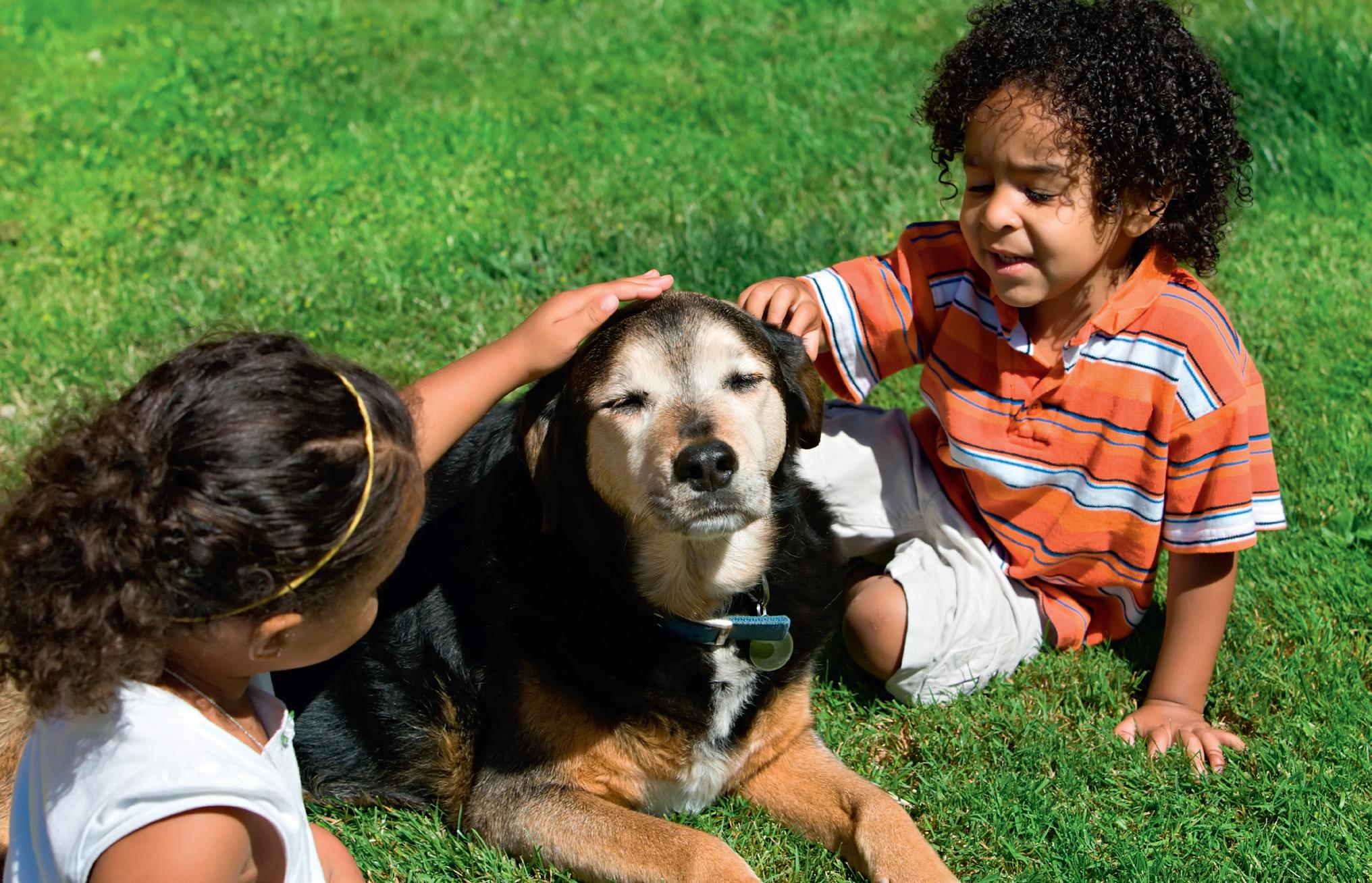
3. Be gentle
Teach your child to be kind and polite to dogs. Don’t let your child climb on dogs, pull their ears or do anything you wouldn’t allow them to do to another child
4. Play nicely and teach tricks
Teach your child how to play nicely with your dog. For example, your child can teach your dog some really fun tricks like shake-apaw, play dead or roll over
5. Give your dog space if they need it Supervise your child when they’re with your dog - if your dog looks unhappy, let them go somewhere they feel safe and happy
6. Don’t let your children approach dogs they don’t know Don’t allow your child to approach a dog they don’t know, such as when you’re out in the park
Of course dogs also need to be walked twice a day, and it’s probably not the kids who are going to do it, so as a parent, make sure you know what you’re getting into.
Cats can also be wonderful companions for children young and old. Not only are they a great influence, teaching empathy, compassion and responsibility, but also some cats will strike a particular bond with a child.
Cats Protection says that there are benefits of adopting a cat when you have children, as growing up with a pet is a
hugely rewarding experience for many children. Quite often, children prefer to talk to their pets rather than other humans and kids, and cats can quickly become best friends. If you’re considering adopting a cat, you need to think about choosing the right kind of cat for the child’s age, your lifestyle, and the cat’s own needs.
You should bear in mind that every cat is unique and has their own likes, dislikes and personality. For example, a timid cat might not be happy in a loud, busy environment. It could make them feel stressed, upset and appear aggressive if they feel threatened, or even start to hide more.
When choosing the best cats for kids, look for the following qualities:
h Confident and friendly
h Not too stressed by loud noises or changes
h Happy to be stroked and handled
h Calm and curious when meeting new people, especially children
h A positive history with children or a personality that would suit a busy home environment »
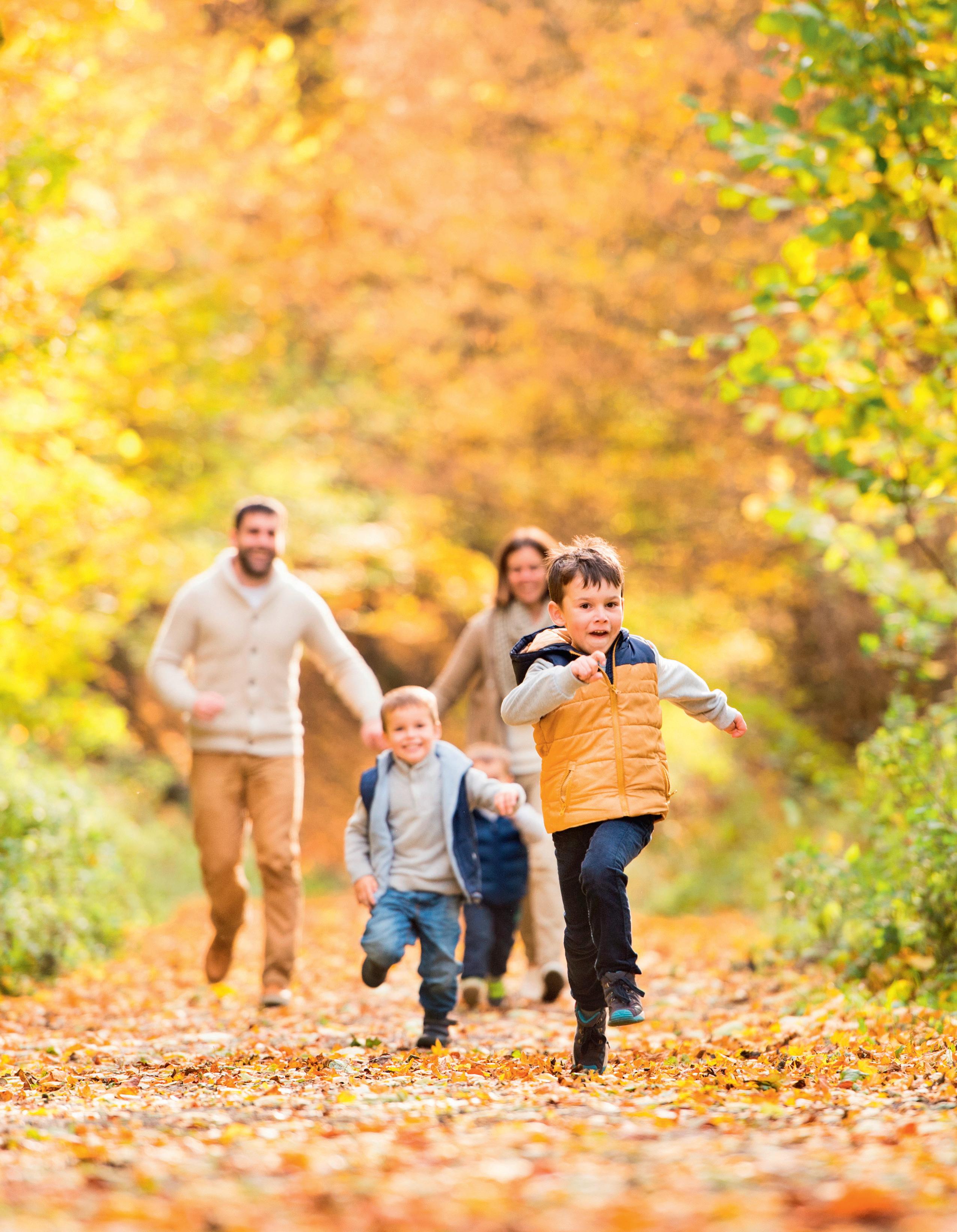
If you’re not sure which cat would be best for you and your family, speak to your local Cats Protection branch or centre and they’ll be able to match you to your purrfect feline friend.
It’s definitely possible to adopt a cat with young children at home, although it will require extra consideration as balancing the needs of a new pet and small children can be a challenge. As well as selecting the right cat for your home and lifestyle, you should also consider the age of the cat you’re interested in adopting.
It can be tempting to pick a kitten, but kittens and children aren’t always the best mix. Kittens need training, lots of care, and are still learning how to use their claws which makes them more likely to play rough.
They’re also not the best cats for toddlers. Young children can be loud and unpredictable, and they don’t yet understand that fluffy little kittens are not soft toys. Instead, you might prefer to choose a slightly older, calmer cat who can better tolerate young children at home.
Cats and children can live together peacefully with some help. If you are adopting a cat and have young children, there are things you can do to ensure both are safe and comfortable with one another.
It’s really important to teach your children how to safely and respectfully treat your cat from day one. Children need to understand that cats like to be left in peace when eating, drinking, toileting or sleeping, they are frightened by loud noises, and they don’t like to be grabbed or handled without warning.
To keep everyone safe and happy, you should always supervise interactions between kids and cats, and give your cat the option to run and hide.
When introducing your cat to your child for the first time, follow these six simple steps.
h Go slow! Once your cat is settled in, and is comfortable with the adults in the household, encourage your children to sit quietly in a neutral space, ready to meet your cat. Keep young children behind
a baby gate to make sure they don’t suddenly lunge at your new cat
h Encourage your child to let your cat sniff them (at their own pace) by holding out their hand. You might also wish to give your cat some clothing or a blanket belonging to your child ahead of this first meeting, so they can get used to the smell beforehand

h Allow your cat to approach first. Don’t force your cat to come closer or keep them in the room if they’re scared, they should always be free to return to a safe space
It might take a few interactions like this before your cat is happy to go further. Build up time spent together slowly and allow children to play with the cat if they’re willing.
If your cat is happy to be touched, emphasise how important it is to treat your cat kindly and gently. You can also show your child where cats do and don’t like to be touched.
Encourage different activities! Teach your child that they can do more than just pet. They could play with a fishing rod toy, throw bouncy balls for your cat to chase, and even give them treats in moderation. Children make great playmates for energetic cats - and vice versa! ■
Well-loved British bike brand Raleigh share their tips on getting your kids into cycling and the benefits of being a family on two-wheels.
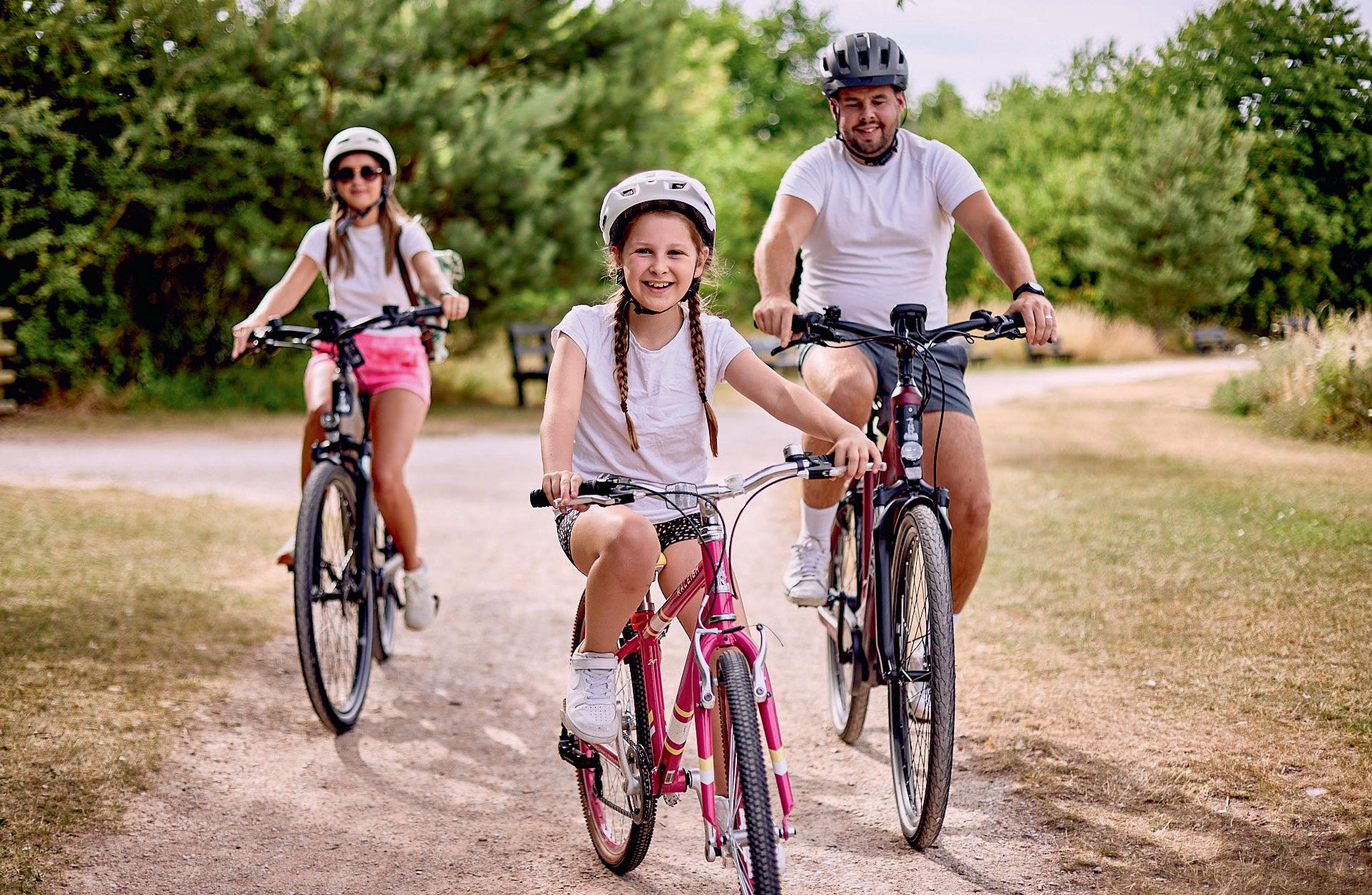
Many of us will remember the excitement of seeing our first proper bike under the Christmas tree, the thrill of wobbling down the driveway and the taste of freedom it gave. Nearly every family album has a blurred photo of a proud parent running behind a grinning child, seeing your own child take their first independent pedal strokes is one of the special moments of parenting. Cycling is a gift that is passed down generation to generation.
Learning to ride a bike is fun for most children, which is exactly the way it should be. For toddlers, balance bikes are the first introduction to life on two-wheels. These little bikes have no pedals but kids can scoot along with their feet, gradually learning to lift their feet up to cruise. This teaches balance and the ability to shift their body weight to control their direction. Once this skill has been mastered adding in pedalling is the easy part!
Before you go out onto a road your child needs to have mastered the physical skills of balance, pedalling and braking to enable them to ride safely. It’s easy to set up little challenges in a safe space such as a field or playpark so they can practice weaving in and out of obstacles, tackling small hills and stopping when you shout or give them a signal. Make learning new skills into games and join in yourself but let your child dictate the pace they learn at and always stop before the fun goes out of an activity.
As well as the physical techniques of cycling there is also the need to teach road-sense. You can teach observation skills when in a car together as well as on the bike. Watching the lights and shouting out when they change starts to build awareness of traffic signs and behaviour. When riding on the road together, put your child in front of you so you can call out instructions and see what they are doing whilst also protecting them from behind.
If you aren’t confident teaching your child to cycle or teaching them leads to conflict, get in touch with Bikeability. Since 2007, Bikeability has trained more than four million children to cycle, and by 2025 it is their ambition to offer every child cycle training. They give children the confidence to cycle on today’s roads, unlocking the freedom and independence that comes with travelling by cycle.
Bikeability cycle training starts with the basics – teaching children to stop, start and signal on their cycles. Then they progress to the roads, learning how to confidently share the space with other road users. If you’d like to find out more about Bikeability head to bikeability.org.uk.
Bikeability believes in cycling for all the familybecause parents hold the key to the bike shed - and without their support, children are unlikely to become regular cyclists. That’s why, as well as running regular sessions in schools, Bikeability trains families together to help them make the swap from driving to pedal power for short, everyday journeys.
Going on bike rides as a family is a great way for everyone to get some fresh air as well as exploring somewhere new and sharing an adventure together. You might even find it conjures up some of your own childhood memories – very few people can resist a smile as they freewheel downhill. By making physical activity an enjoyable thing you do together your child is much more likely to develop healthy exercise habits as they get older.

Over half the children in England are not getting enough daily exercise. According to England’s Chief Medical Officers’ ( CMOs ) Children and young people aged 5 to 16 should aim for an average of at least 60 minutes a day of moderate or vigorous intensity physical activity but in 2020 to 2021 only 44.6% of children aged 5-16 achieved this target. Just a few short bike journeys a day make it very easy to hit the 60-minutes of exercise goal.
Public Health England has reported that being active makes most 5- to 11-year-olds feel happier, more confident, and more sociable. Whilst The World Health Organisation has found that children who develop sustained, habitual physical activity – such as regularly cycling to school – in their youth significantly contributes to better health in adulthood.

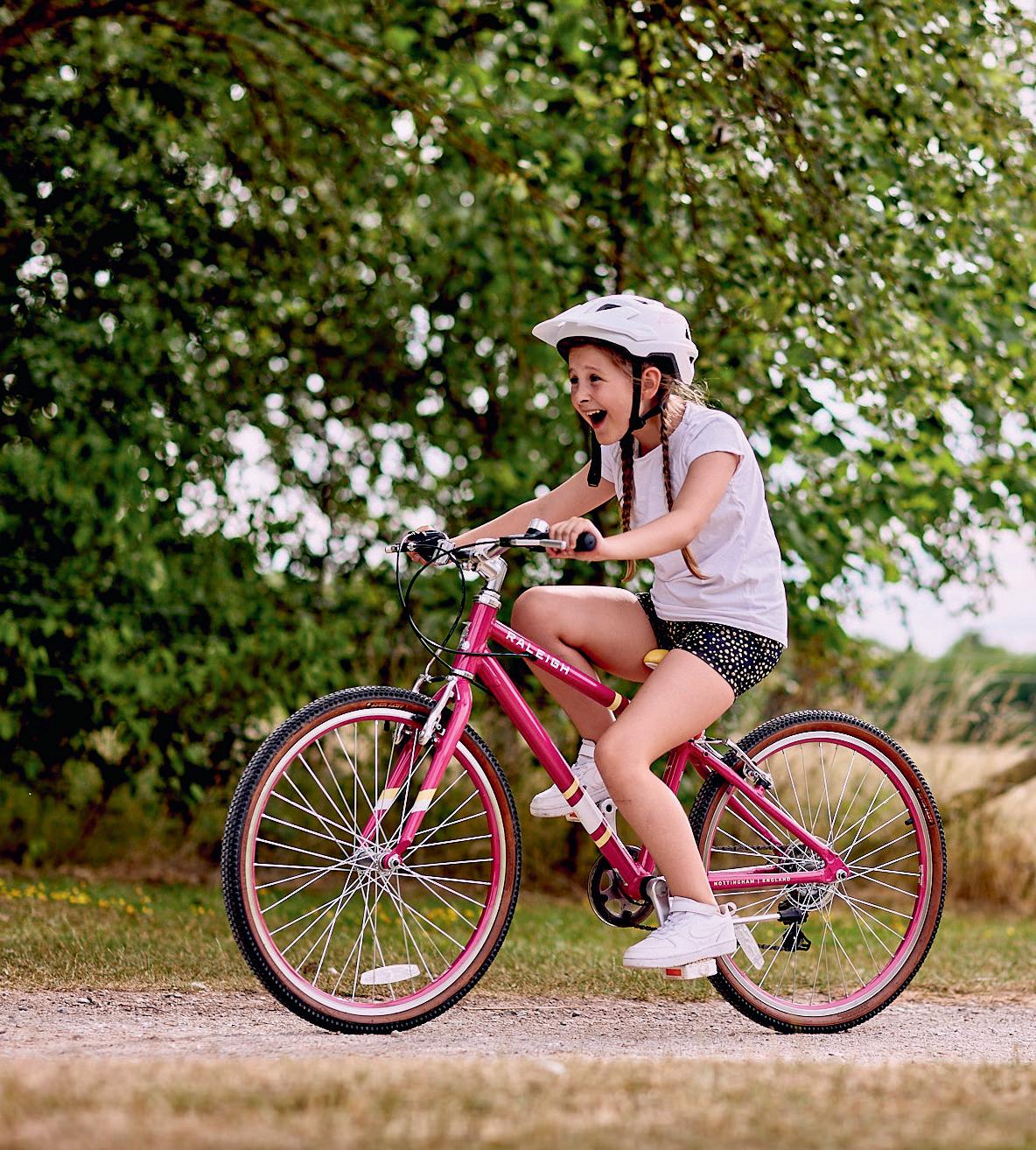

The benefits of pedal power are huge. It’s good for family budgets, helps reduce carbon emissions, reduces car congestion on our roads and improves mental and physical health. Learning to ride a bike benefits not just your child but the whole family. When they are little children can often scoot or pedal further than they would be able to walk, which gives you at least a slim chance of getting somewhere at a decent speed. With older children bikes can be used as transport, replacing short car journeys and eventually allowing them some independent travel without relying on the ‘taxi of mum and dad’.
Cycling is a hugely versatile skill to have and your child will use their bike differently throughout their life. For young children it’s about fun and learning new skills. As a teenager it may be their transport and exercise. Cycling could become a competitive sport or hobby or a cheap, environmental alternative to driving a car. They might only use a bike occasionally on holiday or commute to work on one every day. As a parent you can be assured that by teaching them to cycle you have given them a skill for life, wherever their wheels may take them.




Patented Thermicon® Technology is only found in no!no!® products. This technology uses the scientific principles of thermal transference. Gentle heat glides over the skin removing stubble from the surface while simultaneously treating the hair for long-lasting results†. Patented Thermicon® Technology has built in safety mechanisms that enables no!no!® to adapt professional hair removal technology for safe and e ective home use.
Since this technology is colour-blind, no!no!® is safe to use on all skin tones and e ectively treats and removes all hair colours on the face or body.
